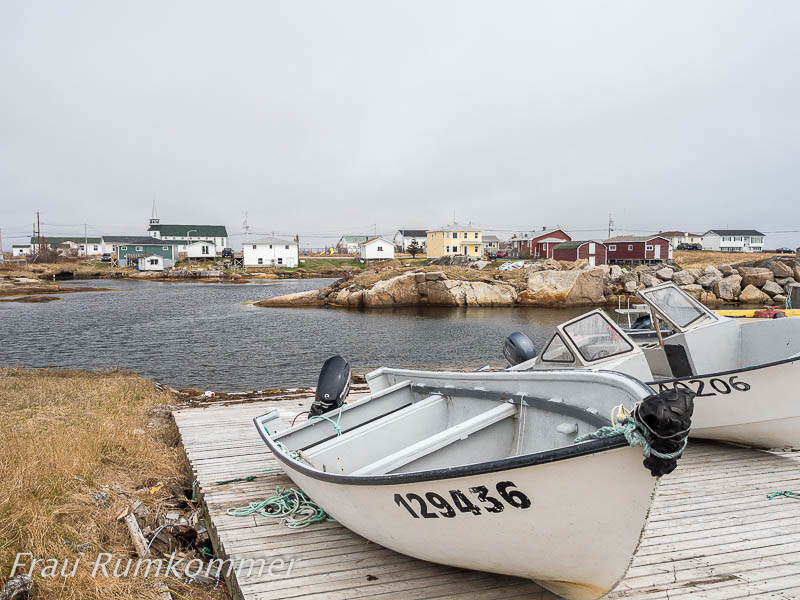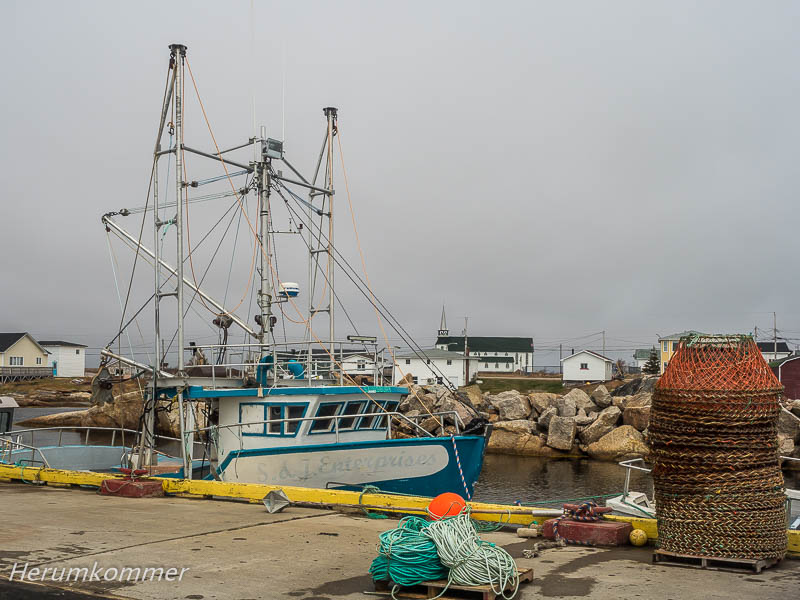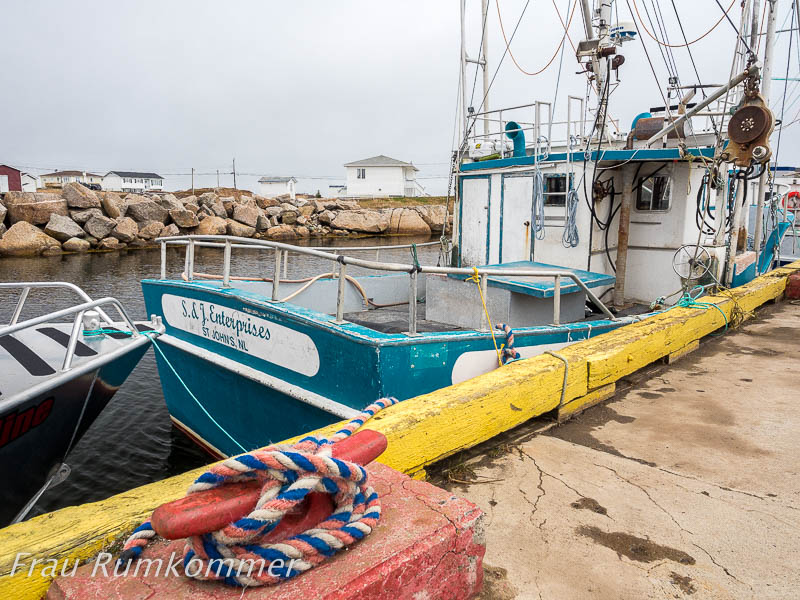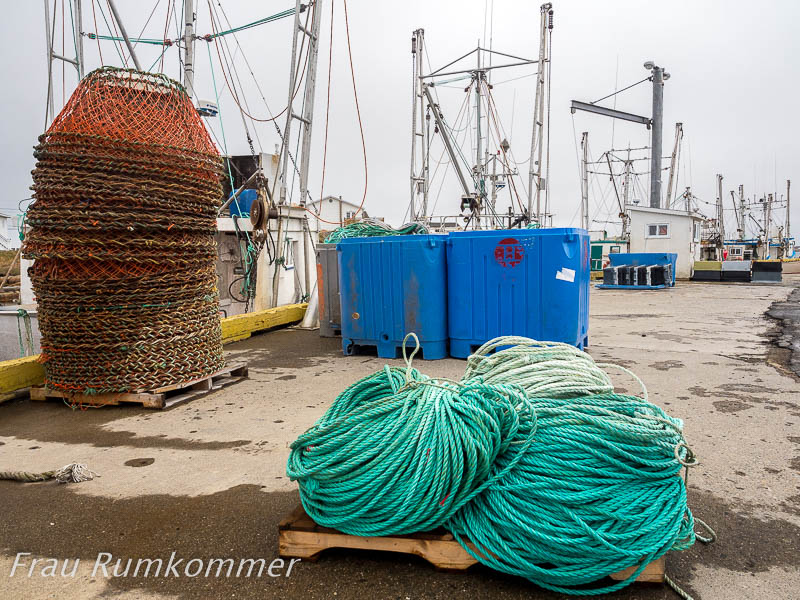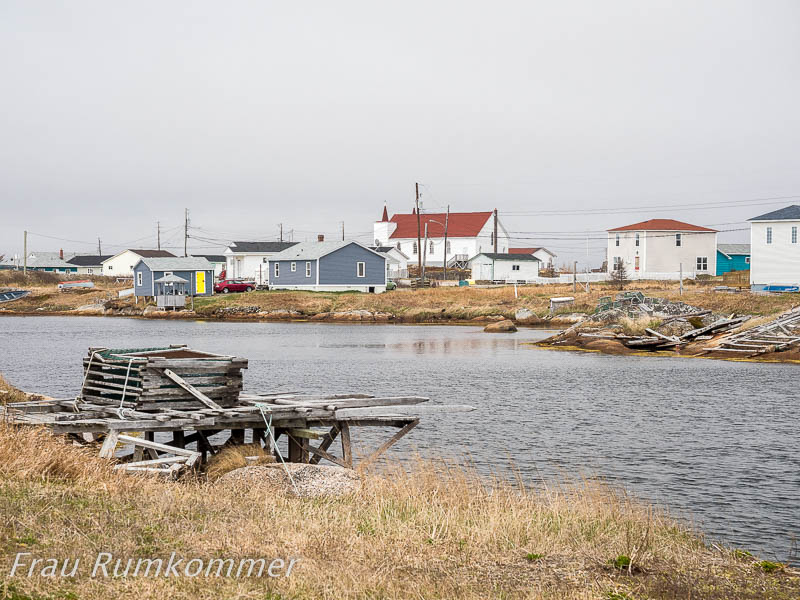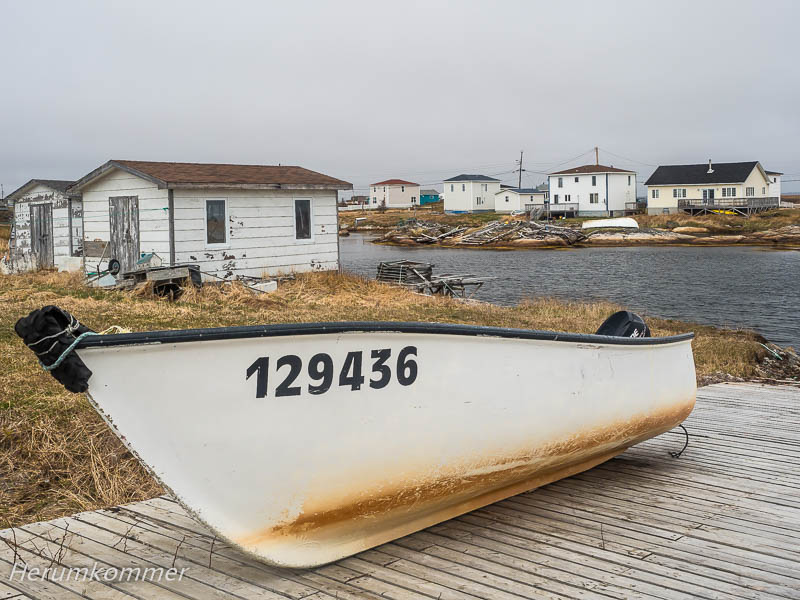Dies ist der gesamte Blog der ersten Reise-Abschnitte unserer Kanada-Reise durch mehrere der östlichen Provinzen im Frühling.
Er enthält die Reise durch Nova Scotia, Newfoundland, Labrador, Québec und Ontario von Mitte Mai bis Anfang Juli (auf 3 sehr langen Seiten):
This is the entire blog of the first sections of our Canada trip through several of the eastern provinces in the spring. Die Anreise mit Air Canada über London nach Halifax in Nova Scotia an der Ostküste Kanadas verläuft gut und problemlos. Wir fliegen quer über Neufundland, aber Wolken verdecken es. Dann liegt wie ein großer zerfetzter Lappen Cape Breton Island unter uns, bei bester Sicht. Mitte Mai ist die Vegetation noch spätwinterlich graubraun. Ende April hat der Herumkommer das geputzte und gewaschene Wohnmobil samt gut verstauter Ausrüstung und Kleidung im Hamburger Hafen zur Verschiffung abgegeben. Im Internet verfolgen wir ungeduldig die Route des Schiffs, das zwei bis drei Tage verspätet ist. Mit dem Mietwagen erreichen wir gegen 16 Uhr Ortszeit (21 Uhr MESZ) unsere Unterkunft für die ersten beiden Tage, das sehr angenehme Still Waters Bed & Breakfast in Dartmouth, nordwestlich Halifax. To Canada The flight with Air Canada via London to Halifax in Nova Scotia on the east coast of Canada runs well and without problems. We fly across Newfoundland, but clouds cover it up. Then lies like a big ragged cloth Cape Breton Island below us, with best visibility. Mid May the vegetation is still late winterly gray brown. At the end of April, the Aroundgetter handed over the cleaned and washed motorhome including well-stowed equipment and clothing in the Port of Hamburg for shipment. On the Internet we impatiently follow the route of the ship, which is two to three days late. By rental car, at about 4pm local time (9pm CEST), we reach our accommodation for the first two days, the very pleasant Still Waters Bed & Breakfast in Dartmouth, northwest of Halifax. Mit nur einem Tag Verspätung können wir unser Wohnmobil aus dem Hafenterminal in Halifax abholen und gegen 14 Uhr ist es wieder auf der Straße. Seit unserer Ankunft hier vor drei Tagen hat sich das Wetter wechselhaft gezeigt, jedoch überwiegend freundlich. Dabei weht häufig ein kalter Wind und nachts ist mit Frost zu rechnen. Entsprechend ist die Vegetation hier überwiegend noch kaum aus der Winterruhe erwacht. In Vorgärten blühen Mitte Mai Tulpen und Narzissen. Inzwischen stehen Wiesen im Gelb des Löwenzahn. Im Point Pleasant Park an der Hafeneinfahrt von Halifax ist ein herrlicher Vorfrühlingstag mit strahlend blauem Himmel zu genießen. Und ein paar Straßen weiter blühen in den Vorgärten eines Nobelviertels die Magnolien. Early spring in Halifax With only one day delay, we can pick up our camper from the port terminal in Halifax and at 2 p.m. it is back on the road. Since our arrival here three days ago, the weather has been changeable, but mostly friendly. Often a cold wind blows and frost is expected at night. Accordingly, the vegetation here is still hardly awakened from hibernation. Tulips and daffodils bloom in the front gardens in mid-May. Meanwhile meadows are in the yellow of the dandelion. In Point Pleasant Park at the harbour entrance of Halifax a beautiful early spring day with a bright blue sky can be enjoyed. And a few streets away, the magnolias bloom in the front yards of a posh district. Östlich Halifax ersteckt sich der südliche Bereich der Hauptinsel von Nova Scotia als “Eastern Shore” (Östliche Küste). Dieser Küstenabschnitt gilt als touristisch weniger attraktiv, das macht uns neugierig. Über zweit- und drittrangige Straßen schlängelt sich der “Marine Drive” dem Küstenverlauf entlang. Wir umrunden Fjorde, fahren durch undurchdringlichen, zerzausten oder lichten Wald, der häufig von Feuchtgebieten unterbrochen ist. Dieser meist karge Wald ist vom rauen Klima geprägt. Alle paar hundert Meter schimmert links oder rechts der Straße ein Gewässer. Nicht immer ist sofort erkennbar, ob es ein Tümpel, ein See, ein Fluss, Bach oder eine Meeresbucht ist.
East of Halifax, the southern area of Nova Scotia’s main island extends as the „Eastern Shore“. This stretch of coast is considered less touristy, which makes us curious. The „Marine Drive“ meanders along the coast on second and third-tier roads. We circle fjords, driving through impenetrable, disheveled or sparse forests, often interrupted by wetlands. This mostly barren forest is characterized by the harsh climate. Every few hundred meters a water shimmers left or right of the road. It is not always immediately apparent whether it is a pond, a lake, a river, a stream or a bay. In dem kleinen Fischerort Marie Joseph am Marine Drive ist offenkundig die Fischerei in eine Krise geraten. Alte Fischerboote stehen an Land und verrotten, eins ist schon zusammen gefallen. Selbst größere Trawler rosten im Hafenbecken vor sich hin, teilweise verschrottet.
What remains? In the small fishing village Marie Joseph on the Marine Drive, the fishery obviously got in a crisis. Old fishing boats are on land and rot, one has already fallen apart. Even larger trawlers rust in the harbour basin, partially scrapped. Kaum haben wir im Fischerort Marie Joseph die verrottende alte Fischereiflotte bestaunt, fährt mit großem Schwung ein Boot in den Fischereihafen ein. Es wird schon erwartet und ein LKW steht bereit den Fang abzutransportieren. Zwei kräftige Kerle haben Mühe, die sechs großen Kisten voller Hummer auf die Pier zu hieven und im LKW zu verstauen.
Boxes of delicacies As soon as we marveled at the rotting old fishing fleet in the fishing village Marie Joseph, a boat sails into the fishing port with great momentum. It is already expected and a truck is ready to transport the catch. Two strong guys struggle to lift the six big boxes full of lobster onto the pier and stow them in the truck. Nach strahlendem Sonnenschein am Vortag präsentiert sich die Eastern Shore verregnet. Eine ähnliche Stimmung wie hier in Neu-Schottland haben wir tatsächlich nur im schottischen Hochland und auf der Isle of Lewis and Harris in den äußeren Hebriden erlebt. Dazu passen auch einzelne verlassene Holzhäuser, die dem Verfall preisgegeben sind.
Scottish weather After bright sunshine the day before, the Eastern Shore presents itself rainy. In fact, we have only experienced a similar mood in the Scottish Highlands and on the Isle of Lewis and Harris in the Outer Hebrides like here in „New Scotland“. This also fits with individual abandoned wooden houses, which are exposed to decay. Auf Cape Breton Island, östlich der Halbinsel von Nova Scotia, leuchtet uns wieder die Sonne, als sei der Vortag nicht grau in grau verregnet gwesen. Mal wieder suchen wir einen Übernachtungsplatz mit Aussicht. Bei Margaree Harbour an der Westküste werden wir fündig: Neben einer ausgedehnten Wiese auf einer Klippe am Atlantik.
On a cliff On Cape Breton Island, east of the peninsular of Nova Scotia, the sun shines again, as if the previous day was not gray in gray rainy. Again we are looking for a place to stay with a view. At Margaree Harbor on the west coast, we find it: Next to a vast meadow on a cliff at the Atlantic Ocean. Beim Informationszentrum an der westlichen Einfahrt zum Cape Breton Highlands National Park steht ein Behälter zum Recycling von Zeitungspapier. Man kann sich hier auch bedienen für Lagerfeuer. Einem Eichhörnchen gefällt diese “Höhle” ganz offensichtlich. Immer wieder verschwindet es darin und taucht wenig später an der Öffnung wieder auf.
Cushioned den At the information center at the western entrance to the Cape Breton Highlands National Park, there is a container for recycling newsprint. You may use it to start campfires. A squirrel obviously likes this „den„. Again and again it disappears and reappears at the opening a little later. Der Cabot Trail im Norden von Cape Breton Island, teilweise durch den Cape Breton Highlands National Park, gilt als eine der schönsten Panoramastraßen Nordamerikas. Weil er in vielen Kurven bergauf und bergab sowie streckenweise unmittelbar am Meer entlang verläuft, wird er auch “Achterbahn mit Brandung” genannt.
The Cabot Trail in the north of Cape Breton Island, partly through the Cape Breton Highlands National Park, is considered one of the most beautiful scenic roads in North America. Because it runs in many curves uphill and downhill as well as in parts directly along the sea, it is also called „roller coaster with surf“. Der Cape Breton Highlands National Park ist eine sehr vielfältige Gebirgslandschaft. In die dichten Wälder sind viele Seen eingebettet. Ein Hochmoor ist auf einem Holzbohlen-Rundweg begehbar gemacht. Besonders fasziniert uns eine fleischfressende Pflanze mit großen Köchern, die hier überall prächtig gedeiht.
The Cape Breton Highlands National Park is a very diverse mountain landscape. In the dense forests many lakes are embedded. A bog is made accessible on a wooden boardwalk. We are particularly fascinated by a carnivorous plant with large quivers, which thrives everywhere here magnificently. “Da steht ein Elch an der Straße!” ruft Frau Rumkommer. Gas weg, bremsen, Warnblinker eingeschaltet, stop. Nur ein paar Meter vor dem Elch kommt das Wohnmobil zum Stehen. Der frisst ungerührt weiter, das frische Gras an der Böschung des Cabot Trail ist offenbar besser, als die Überreste vom Winter. Nur ein zügig vorbei fahrendes Fahrzeug lässt ihn kurz im Wald Schutz suchen, dann erscheint er wieder.
Moose alarm „There’s a moose at the street!“ cries Mrs. Roundgetter. Gas off, brake, hazard lights on, stop. Only a few meters in front of the moose, the camper comes to a halt. That continues eating unaffected, the fresh grass on the slope of the Cabot Trail is apparently better than the remains of winter. Only a speedy passing vehicle makes it briefly seek shelter in the forest, then it appears again. Ende Mai erwacht der Cape Breton Highlands National Park aus seinem Wintergrau. In Höhenlagen sehen wir noch einzelne kleine Flächen mit Schnee. Ansonsten sprießt überall das junge Grün.
Late spring awakening At the end of May the Cape Breton Highlands National Park awakens from its winter gray. At high altitudes we still see individual small areas with snow. Otherwise, the young green sprouts everywhere. Auch bei Regenwetter beeindrucken Cabot Trail und Cape Breton Highlands National Park. An der Ostküste der Halbinsel liegen rosa Felsen, häufig mit “eingebackenen” Streifen.
East Coast of Trail and National Park Even in rainy weather, Cabot Trail and Cape Breton Highlands National Park impress. On the east coast of the peninsula are pink rocks, often with „baked in“ stripes. Die Überfahrt nach Neufundland haben wir um zwei Tage verschoben, denn bei Starkwind ist uns die sechsstündige Fährpassage auf offener See nicht geheuer. Stattdessen fahren wir nach Louisbourg und suchen den dortigen Leuchtturm. Wie schon oft, wenn ein Leuchtturm unser Ziel war, finden wir eine aufregende Landschaft. Bei herrlichem Wetter tobt sich unterhalb des Turms die Brandung an den zerklüfteten Felsen aus. Ein gut ausgebauter Wanderweg führt oberhalb der Felsküste durch Wald und Fenn.
At the Louisbourg lighthouse We have postponed the crossing to Newfoundland by two days, because in strong winds we are not fond of the six-hour ferry crossing on the open sea. Instead we drive to Louisbourg and look for the lighthouse there. As often happens when a lighthouse was our destination, we find an exciting landscape. In beautiful weather the surf rages on the rugged rocks below the tower. A well-developed hiking trail leads above the rocky coast through forest and fen. In St. Peter’s, wo der Binnensee Bras d’Or Lake über einen Kanal mit dem Meer verbunden ist, haben wir in einiger Entfernung einen Leuchtturm entdeckt. Bei dem Versuch, näher heran zu kommen, entdecken wir eine Gruppe Hirsche. Solange wir im Fahrzeug bleiben, beobachten sie skeptisch das große brummende Etwas, fliehen aber nicht. Erst als wir ausgestiegen sind und sie uns als Menschen wahrnehmen, sprinten sie weg.
Deer crossing In St. Peter’s, where the Bras d’Or Lake is connected to the sea by a canal, we have discovered a lighthouse in some distance. In an attempt to get closer, we discover a group of deer. As long as we stay in the vehicle, they watch the big buzzing something sceptic, but do not flee. Only when we got out and they recognize us as humans, they sprint away. Die Fährüberfahrt von North Sydney auf Cape Breton Island nach Channel-Port aux Basques im Südwesten von Neufundland war außerordentlich ruhig. Die See war glatt, die Fähre überpünktlich. Keine zwei Stunden später sind wir in Rose Blanche an der westlichen Südküste. Hier endet nach rund 40 km die Straße nach Osten. Jetzt ist unterhalb des Leuchtturms das Meer alles andere als ruhig. Ein Sturm peitscht es gegen die ausgewaschenen Felsen.
The ferry crossing from North Sydney on Cape Breton Island to Channel Port aux Basques in southwestern Newfoundland was exceptionally quiet. The sea was smooth, the ferry over punctual. Less than two hours later, we are in Rose Blanche on the west coast. Here, after 40 km, the road to the east ends. Now, below the lighthouse, the sea is anything but quiet. A storm whips it against the washed rocks. Einige Orte in Neufundland haben bedeutungsschwere Namen: ‘Isle aux Morts’ (Insel der Toten) und ‘Burnt Islands’ (verbrannte Inseln) liegen an der Straße nach ‘Rose Blanche’ (weiße Rose). Die Landschaft hier im äußersten Südwesten der Insel ist sehr karg und ähnelt Grönland. Typisch sind auf Stelzen auf den Felsen errichtete Holzhäuser, viele farbig gestrichen.
White Rose Some places in Newfoundland have meaningful names: ‚Isle aux Morts‘ (Island of the Dead) and ‚Burnt Islands‘ are on the road to ‚Rose Blanche‚ (White Rose). The landscape here in the very southwest of the island is very barren and resembles Greenland. Typical are wooden houses built on stilts on the rocks, many painted in color. Im Süden Neufundlands, zwischen Channel-Port aux Basques und Rose Blanche gibt es praktisch nur Landschaft. Pur, rau und karg. Felsen gedeihen hier prächtig. Darauf hält sich kaum Vegetation. Offenbar sorgt reichlich Niederschlag dafür, dass der Boden nass ist, vorwiegend sumpfig. Jede Mulde in den Felsen ist ein Tümpel oder See. Ein paar Kilometer westlich von Rose Blanche stürzt unweit der Straße der Wasserfall Barachois Falls von der Felskante. Obwohl in Sichtweite, wäre er nicht erreichbar, ohne den vorbildlich angelegten Holzbohlensteg über das Moor. Wir sind sehr dankbar für diese Möglichkeit zu einem kleinen Ausflug in die Wildnis.
In the south of Newfoundland, between Channel Port aux Basques and Rose Blanche, there is practically only landscape. Pure, rough and barren. Rocks thrive here magnificently. There is hardly any vegetation on it. Apparently abundant rainfall ensures that the soil is wet, mostly swampy. Every hollow in the rocks is a pond or lake. A few kilometers west of Rose Blanche, not far from the road, the Barachois Falls falls from the edge of the cliff. Although within sight, it would be unreachable, without the exemplary wooden boardwalk over the bog. We are very grateful for this opportunity to take a little trip into the wilderness. Der Herumkommer hat ein Langzeit-Fotoprojekt: Leuchttürme. Frau Rumkommer liebt das Meer. Das passt zusammen, denn Leuchttürme stehen üblicherweise am Meer. Also „sammelt“ er auf dem Weg von Channel-Port aux Basques nach Norden an der Westküste Neufundlands noch ein paar Leuchttürme ein. Am Cape Ray „kümmert“ sie sich um ihr geliebtes Meer.
Lighthouses by the sea The Aroundgetter has a long-term photo project: Lighthouses. Mrs. Roundgetter loves the sea. This fits together, because lighthouses are usually located by the sea. So on the way from Channel-Port aux Basques to the north on the west coast of Newfoundland, he “gathers” a few more lighthouses. At Cape Ray, she „cares“ for her beloved sea. Die Halbinsel Port au Port gilt als eine der schönsten Landschaften im Südwesten Neufundlands. Tatsächlich ist sie nicht so karg und lebensfeindlich, wie die Südküste. Das äußerste westliche Ende bildet das Cape St. George mit einem Park, in dem zum Wandern und Campen eingeladen wird. Offenkundig haben die Menschen hier Humor, wie das Hinweisschild zu den Plumpsklos zeigt. In der Steilküste tobt die Brandung. Der niedrige Nadelwald ist vom Wetter gezeichnet. Aber neben dem Wanderweg auf den Klippen leuchten kleine Primeln.
The Port au Port peninsula is considered one of the most beautiful landscapes in the southwest of Newfoundland. In fact, it is not as barren and hostile to life as the south coast. The extreme western end is Cape St. George with a park with an invitation to hiking and camping. Obviously, the people here have humor, as the sign for the outhouses shows. In the cliffs the surf rages. The low coniferous forest is marked by the weather. But next to the trail on the cliffs glow small primroses. Einen ganzen Tag hat es nur geregnet. Nein, es hat geschüttet. Sämtlicher Dreck aus Schlammpfützen, der am Fahrzeug haftete, ist abgewaschen. Die Straßen, von denen viele in schlechtem Zustand sind, mit Frostaufbrüchen, oft nur schlecht geflickt, mit Schlaglöchern, lassen das viele Wasser nur schlecht ablaufen. Andere Wohnmobilfahrer haben damit Probleme, wie wir hören. Dank Allradantrieb und mit neuen All-Terrain-Reifen kommen wir gut zurecht. In einem Vorort von Deer Lake haben wir einen kleinen Wanderparkplatz gefunden und dort eine ruhige Nacht verbracht. Was wir angesichts der Sintflut am Vortag kaum für möglich gehalten haben: Der Regen hat aufgehört. Mit nur 3°C ist es zwar weiterhin kalt, aber die Sonne zeigt sich zaghaft. Also machen wir uns auf den Spaziergang durch den Wald zu einem See und zurück. Der Wald steht praktisch unter Wasser, der gut angelegte Weg ist begehbar. Ohnehin ist hier offenbar viel Nässe. Moose, kleine Trompeten-Flechten und große Sumpfdotterblumen sind hier heimisch.
“Rainforest“ For a whole day it only rained. No, it was pouring. All the dirt from mud puddles sticking to the vehicle is washed off. The roads, many of which are in poor condition, with frost heaves, often poorly patched, with potholes, make much water run off badly. Other motorhome drivers have problems with that, as we hear. Thanks to all-wheel drive and with new all-terrain tires we get along well. In a suburb of Deer Lake, we found a small trail parking lot and spent a quiet night there. What we hardly thought possible in the face of the flood on the previous day: The rain has stopped. At only 3 °C, it is still cold, but the sun is shyly showing. So we take a walk through the forest to a lake and back. The forest is practically under water, the well-laid path is accessible. Here is obviously a lot of moisture, always. Moss, small trumpet lichen and large marsh marigolds are native to this area. Der Trans Canada Highway zwischen Deer Lake und Grand Falls – Windsor ist streckenweise in einem erbärmlichen Zustand, Frostaufbrüche haben die Fahrbahn ruiniert. An vielen Stellen weisen Straßenschilder auf Schlaglöcher hin, einige davon sind sehr übel. Bis Botwood haben wir außerdem mit stürmischem, böigem Wind zu kämpfen, der das hoche Wohnmobil von der Fahrbahn zu zerren versucht. Weiter nordöstlich, auf dem Weg zur New World Island Area mit Twillingate als Hauptort, passieren wir bei Boyd‘s Cove eine Landenge. Bei Niedrigwasser / Ebbe sind Bereiche der Flachwasserzonen beiderseits der Straße trocken gefallen. Inselchen und Felsbrocken ragen pitoresk aus dem Meer. Trotz strahlendem Sonnenschein halten wir es nicht lange draußen aus, denn der stetige Wind ist sehr kalt.
The Trans Canada Highway between Deer Lake and Grand Falls – Windsor is partially in miserable condition, frost heaves have ruined the road. In many places, road signs point to potholes, some of them are very bad. In addition, until Botwood we also have to deal with a stormy, gusty wind that tries to drag the towering camper van off the lane. Further northeast, on the way to the New World Island Area with Twillingate as the main town, we pass a narrow isthmus at Boyd’s Cove. At low tide areas of the shallow water zones fell dry on both sides of the road. Islets and boulders protrude pitoresk out of the sea. Despite the bright sunshine, we do not keep it out for long, because the steady wind is very cold. Twillingate am nordwestlichen Ende der New World Island Area ist berühmt für seinen Long Point Leuchtturm. Noch spektakulärer ist die Steilküste unter dem Turm und die Aussicht von dort, sowohl in die Ferne als auch direkt nach unter in die Brandung. Von hier sind im Sommer oft Eisberge zu sehen, die von West-Grönland nach Süden schwimmen. In diesem Jahr ist es offenbar in Neufundland ein Thema, dass bisher an der gesamten Küste nur einzelne Eisberge gesichtet wurden und nur weit draußen.
Twillingate on the northwestern end of the New World Island Area is famous for its Long Point Lighthouse. Even more spectacular is the cliff below the tower and the view from there, both into the distance and directly below into the surf. From here in the summer often icebergs can be seen, which swim from West Greenland to the south. In Newfoundland this year, it is apparently an issue that so far only a few icebergs have been spotted along the coast and only far out. Als wir nach dem Mittagessen einen zweiten Ausflug um den Leuchtturm machen, sind in der Ferne am Himmel bizarre Streifenwolken aufgezogen.
As we make a second excursion around the lighthouse after lunch, bizarre stripe clouds have sprung up in the distance in the sky. Mal wieder konnten wir das WLAN einer öffentlichen Bibliothek nutzen. In Musgrave Harbour, nordöstlich von Gander, ist sie in einem Schulgebäude untergebracht. Lange nach Schulschluss können wir vom Fahrzeug aus den öffentlichen Internetzugang nutzen. Ziemlich plötzlich ist Nebel über den Küstenort gezogen. Wir machen uns auf die Suche nach einem Übernachtungsplatz und fahren dafür weiter südostwärts an der so genannten “Kittiwake Coast“ entlang (der englische Begriff Kittiwake steht für Dreizehenmöwen und Klippenmöwen). Zunächst ist die Küste von der Straße aus gar nicht zu sehen. Doch unvermittelt tut sich offenes Gelände auf, etwa 50 m bis zum Meer. Hier stehen in großem Abstand einige verschlossene, verlassene Wohnwagen. Der richtige Platz für uns.
At the Kittiwake Coast Once again we could make use of the WiFi of a public library. In Musgrave Harbour, northeast of Gander, it is housed in a school building. Long after school, we can use the public Internet access from the vehicle. Das Fischerdorf Newtown an der Kittiwake Coast wird von der Tourismuswerbung als das „Venedig Neufundlands“ angekündigt. Wir sehen ein paar kanalähnliche Gewässer und zwei oder drei Brücken. Glücklicherweise haben wir diese Reise gründlich vorbereitet und können so vergleichen: Vor sieben Monaten waren wir in Italien und haben im echten Venedig recherchiert. Nun, immerhin, in Newtown ist nicht alles voller Touristen und es ist nicht so eng bebaut.
Newfoundland’s Venice The fishing village of Newtown on the Kittiwake Coast is heralded by tourism advertising as the „Venice of Newfoundland“. We see a couple of canal-like waters and two or three bridges. Fortunately, we have prepared this trip thoroughly and can thus compare: Seven months ago we were in Italy and researched in real Venice. Well, after all, Newtown is not full of tourists and it’s not that crowded. Canada’s east in spring
Nach Kanada
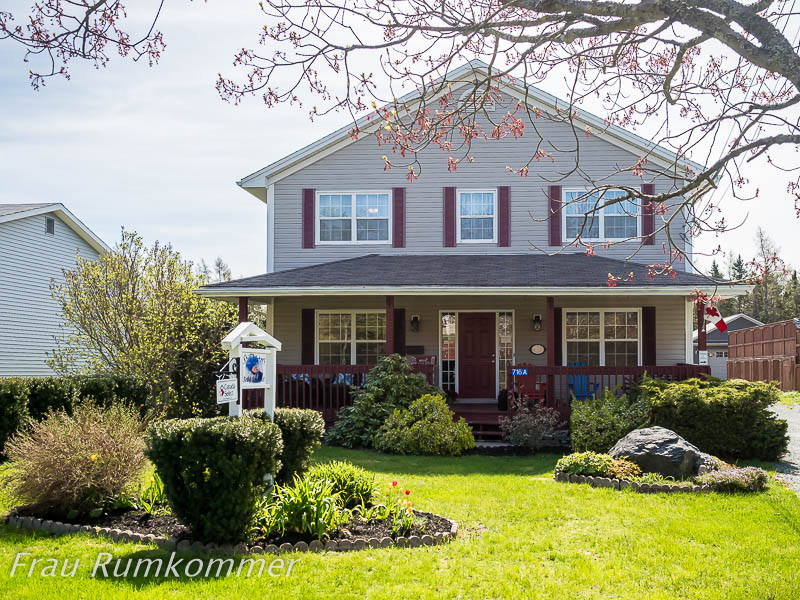
Vorfrühling in Halifax
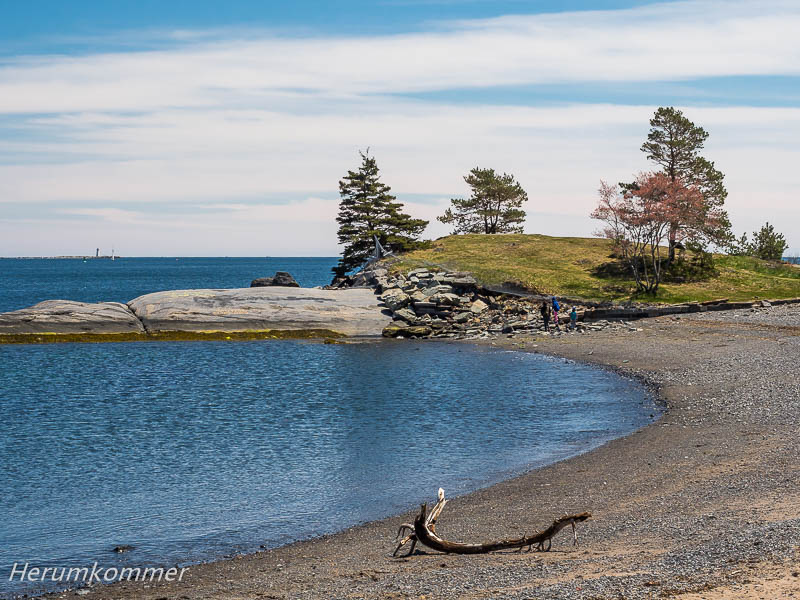
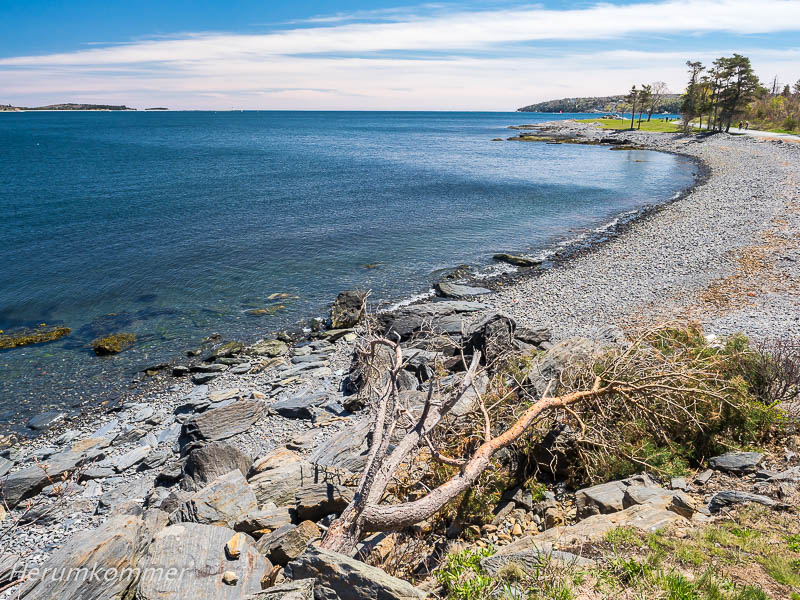
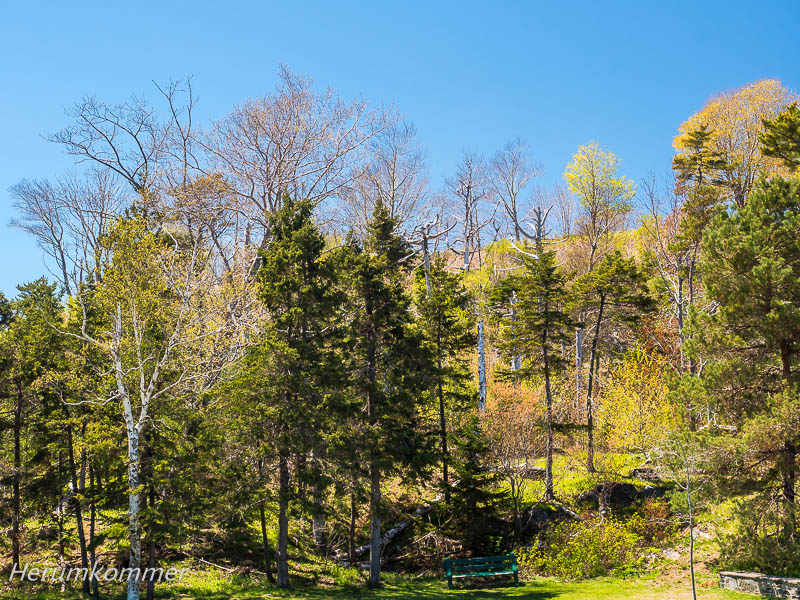
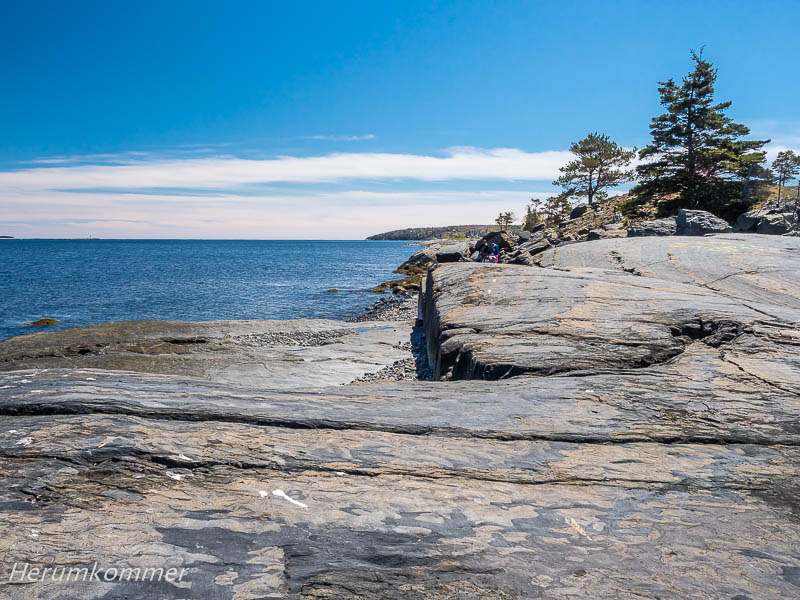
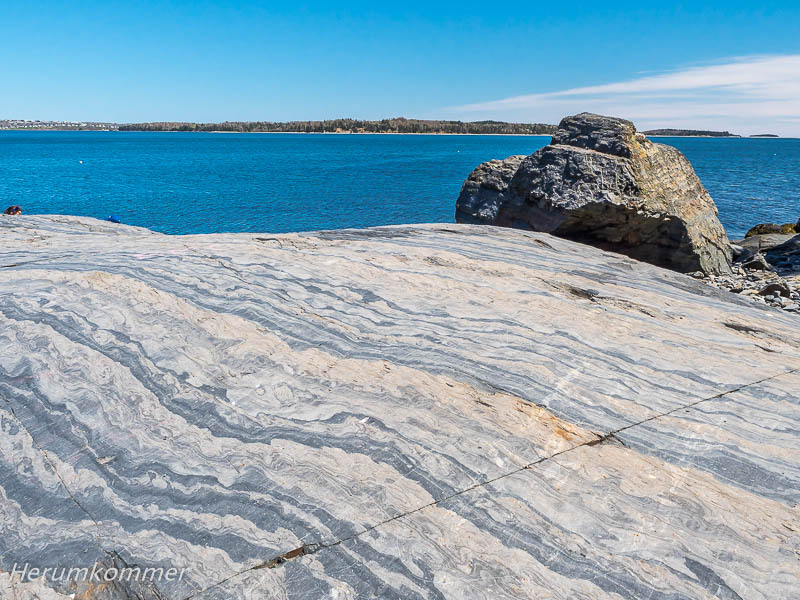
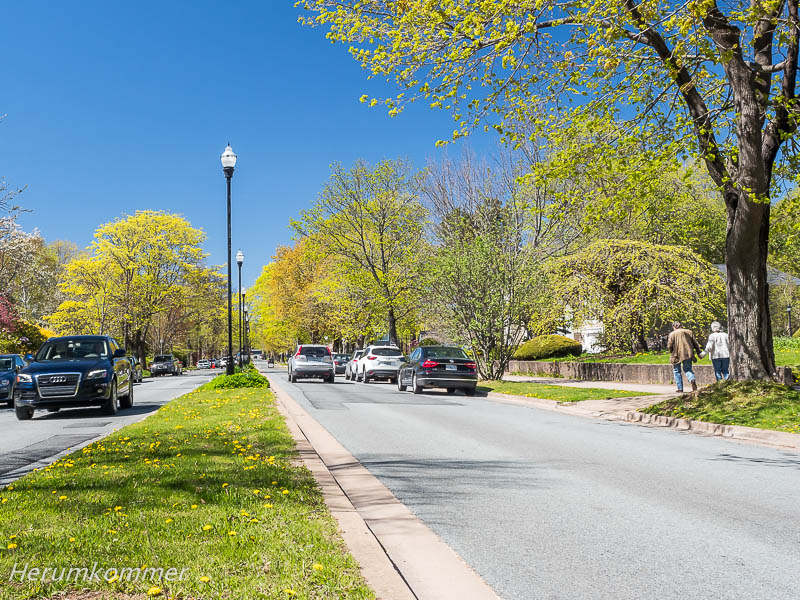
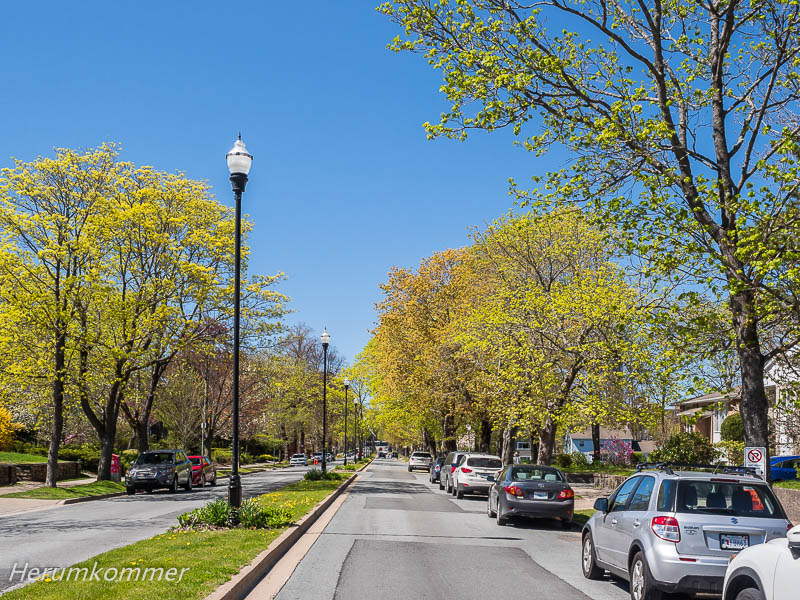
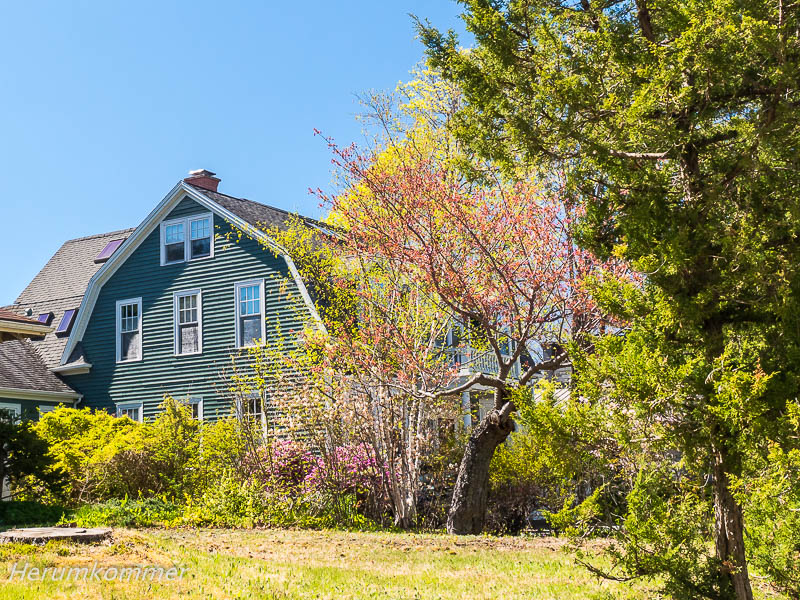
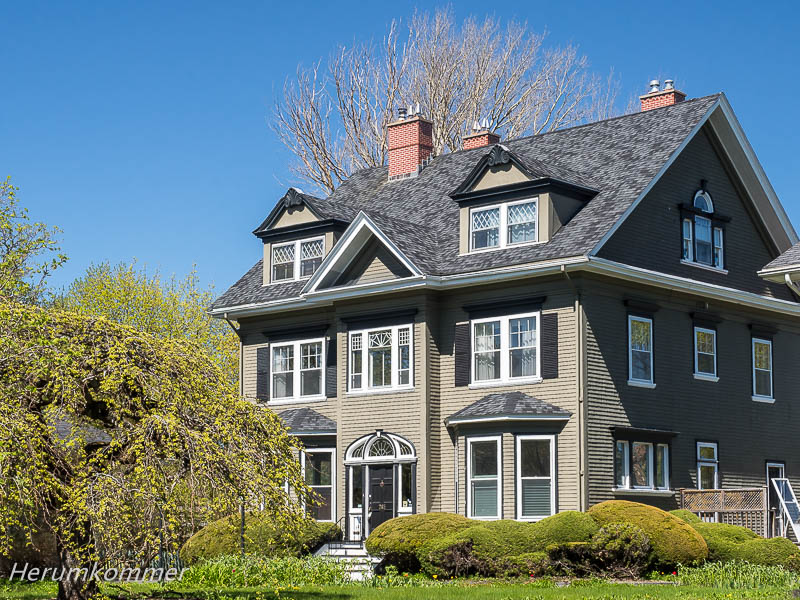
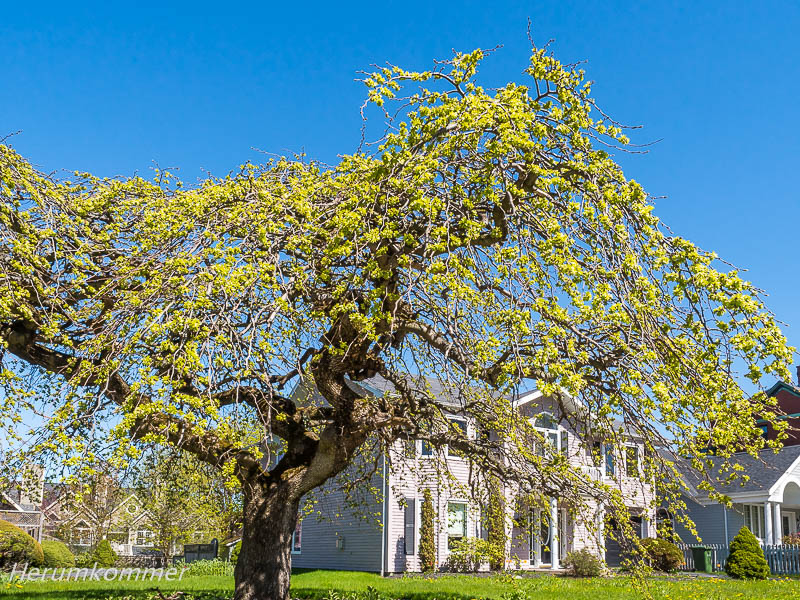
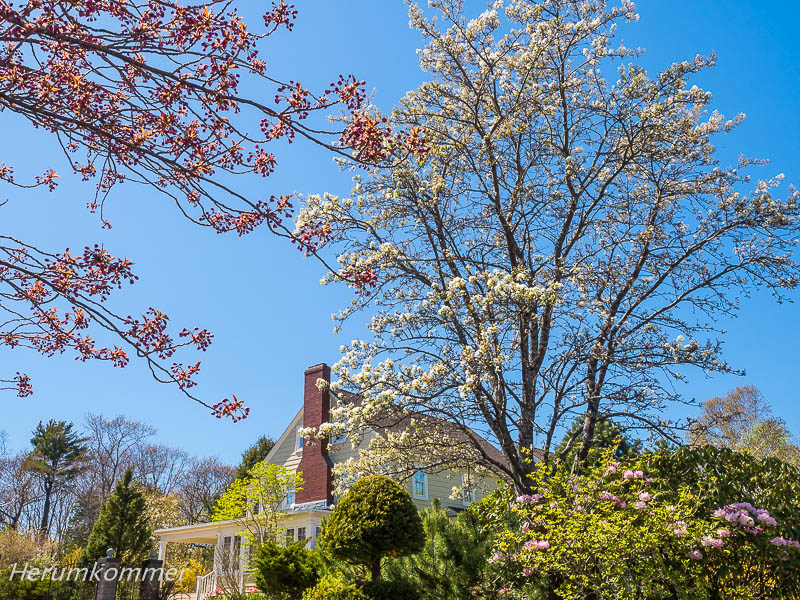
Nova Scotia’s Eastern Shore
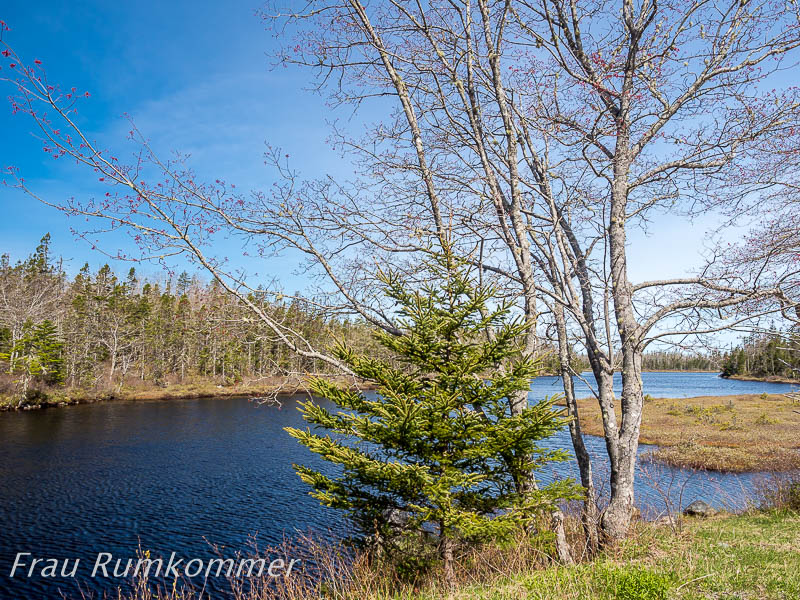
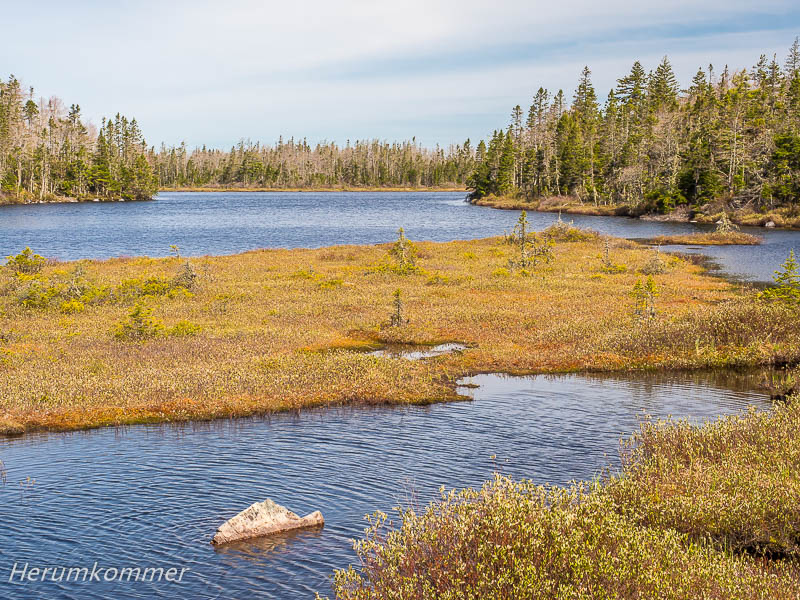
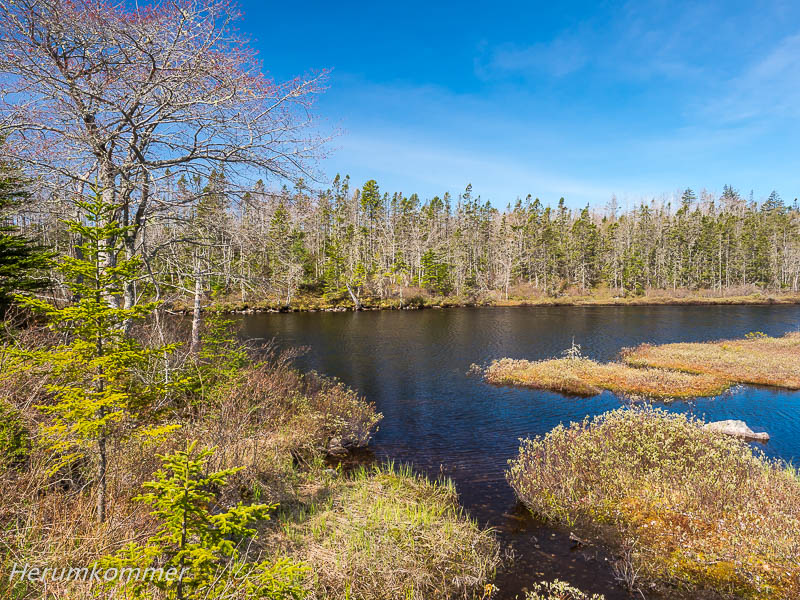
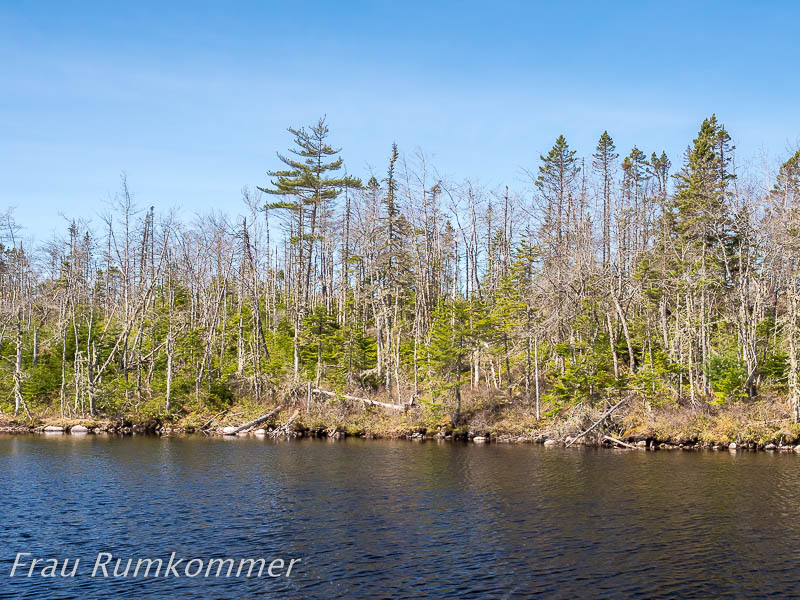
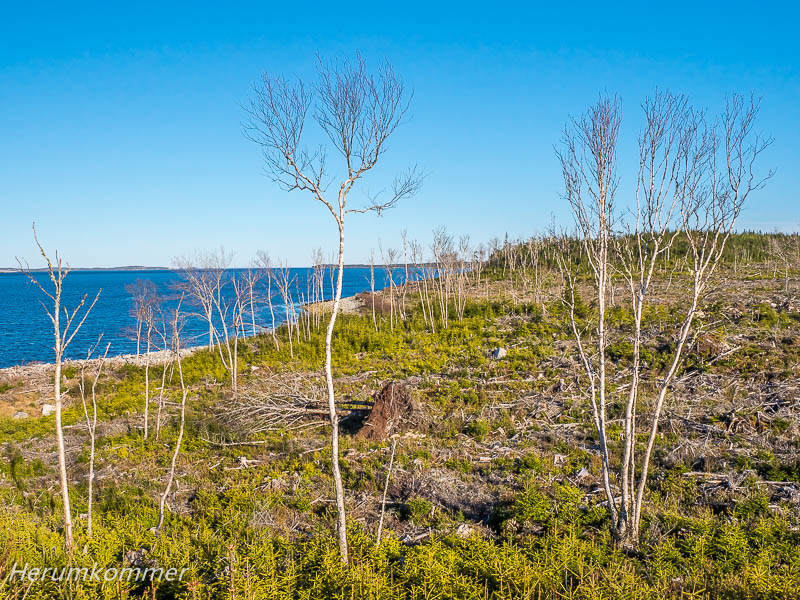
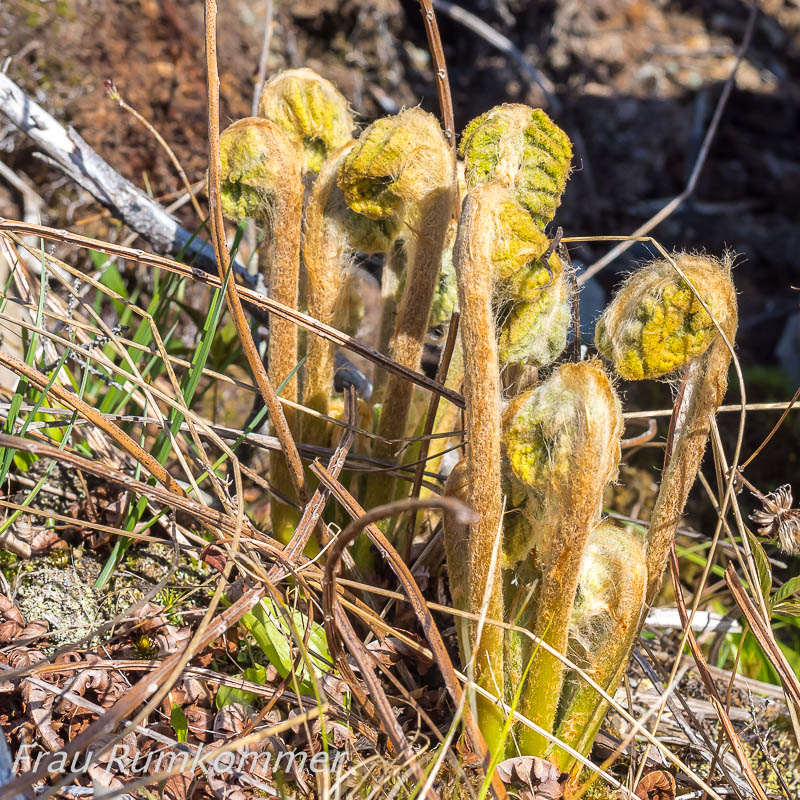
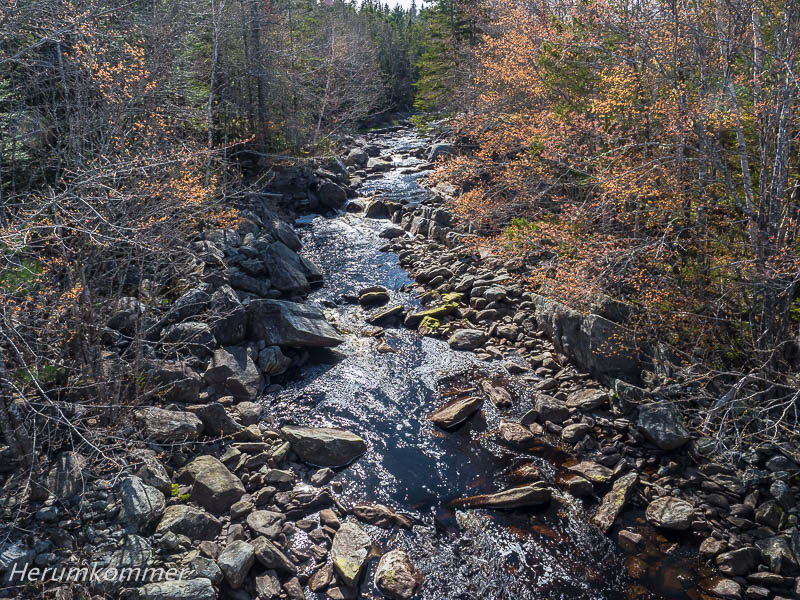
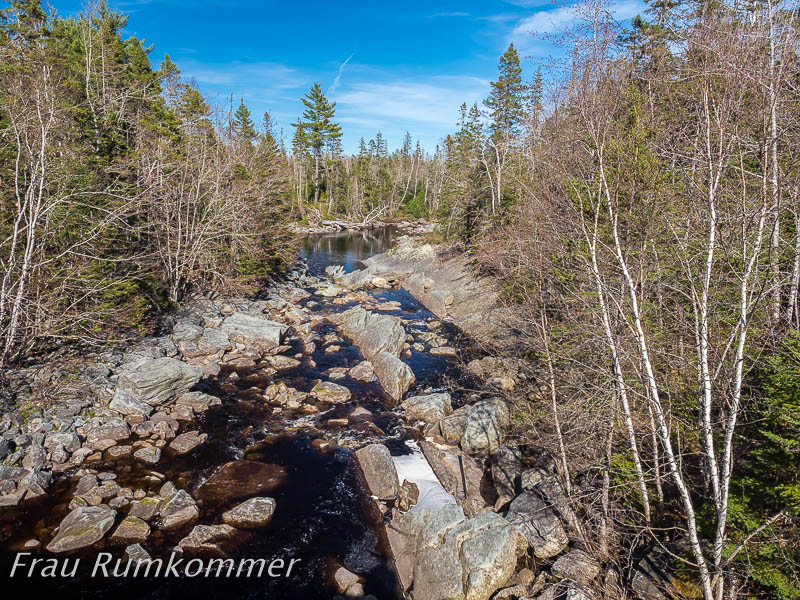
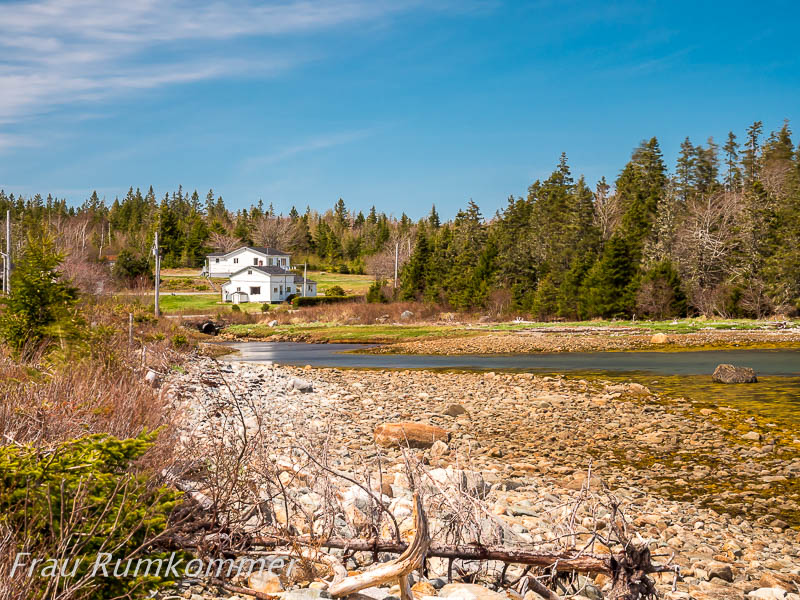
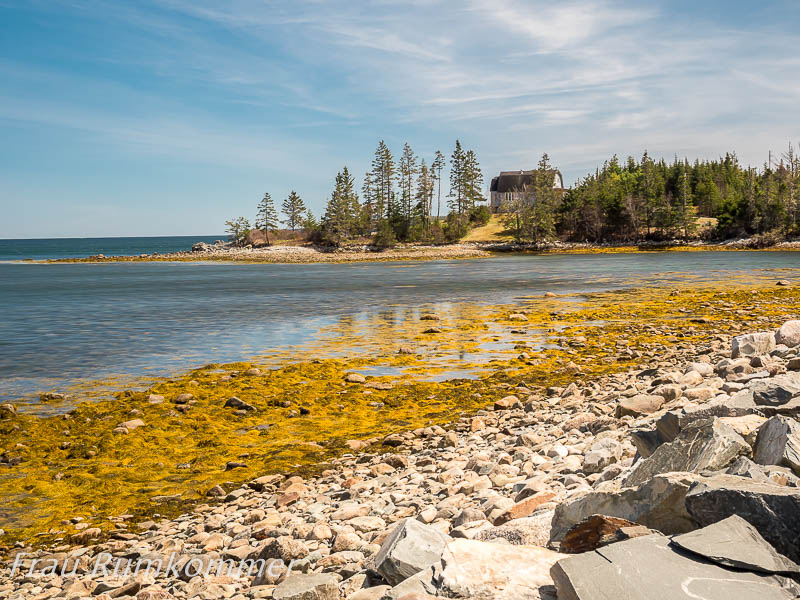
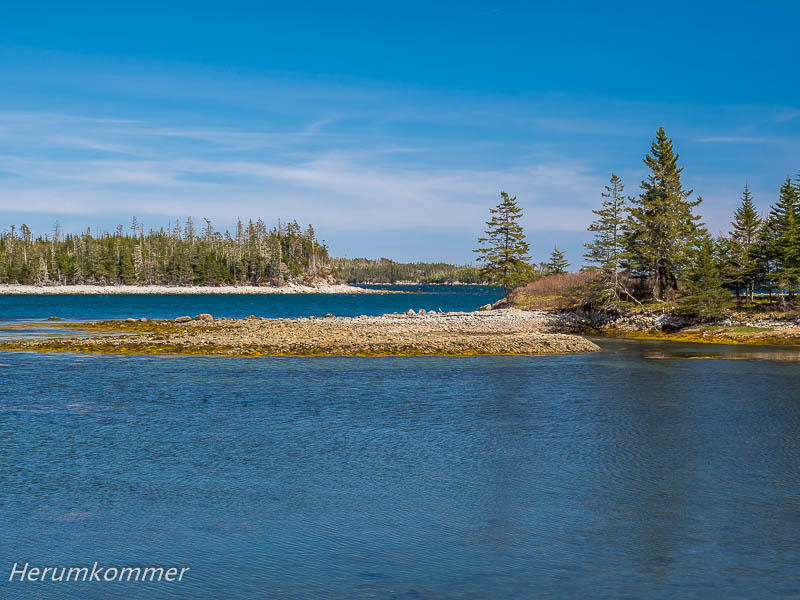
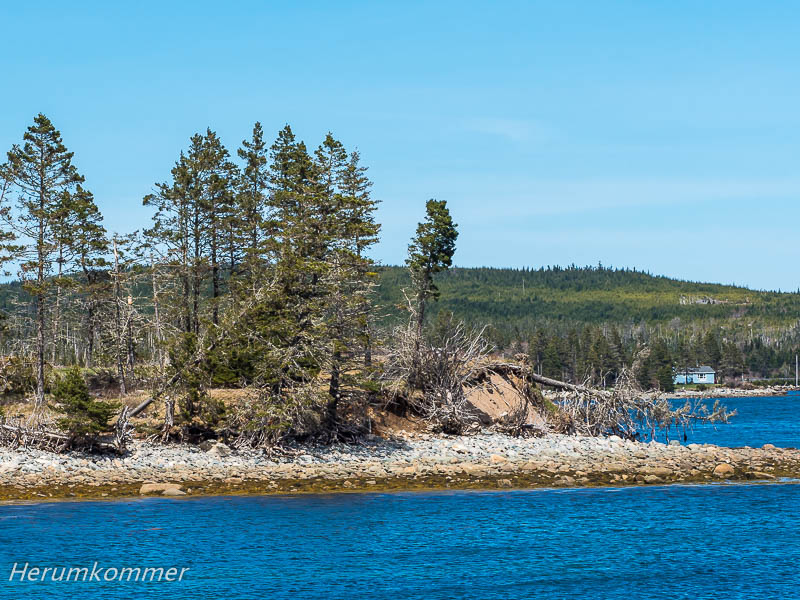
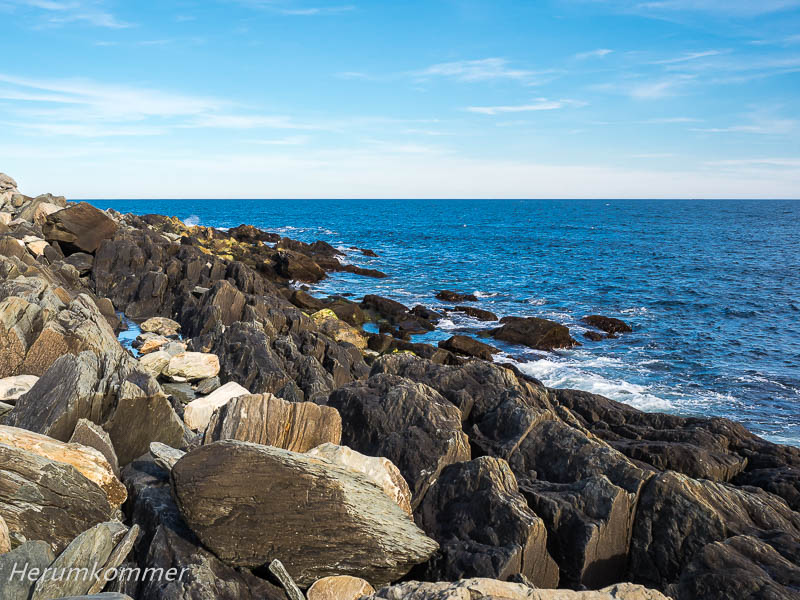
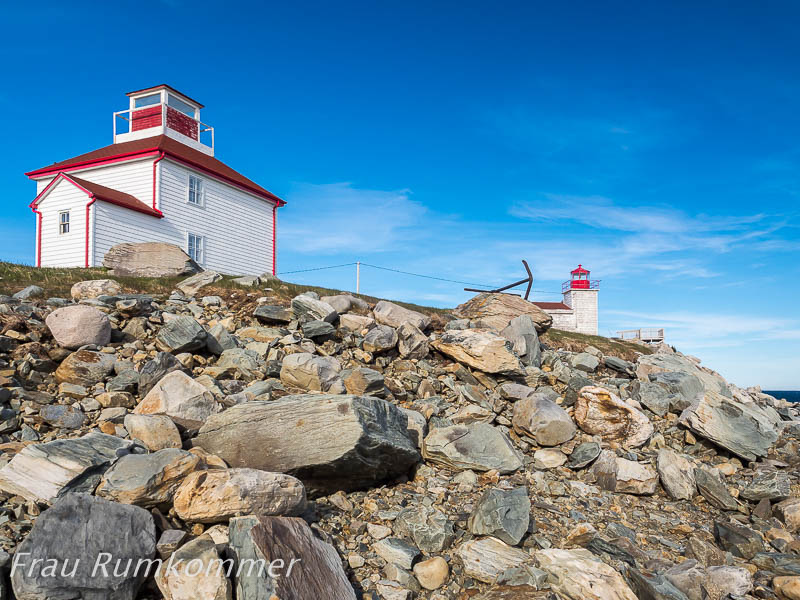
Was bleibt?
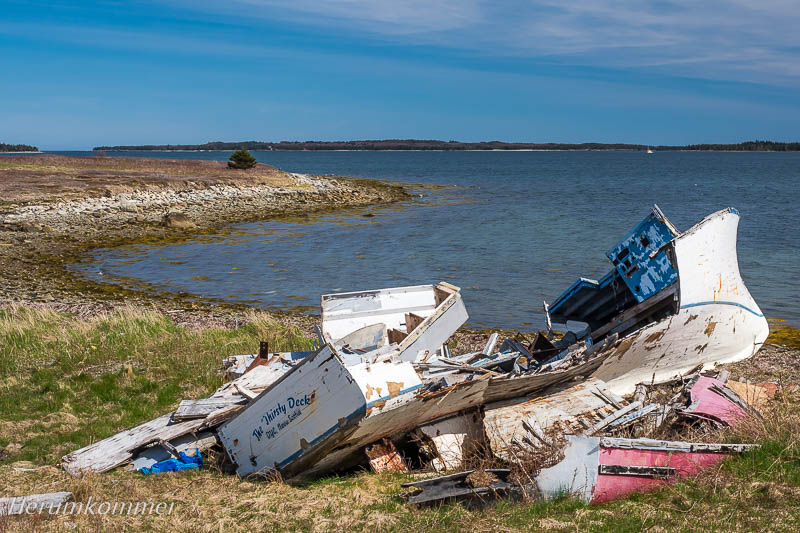
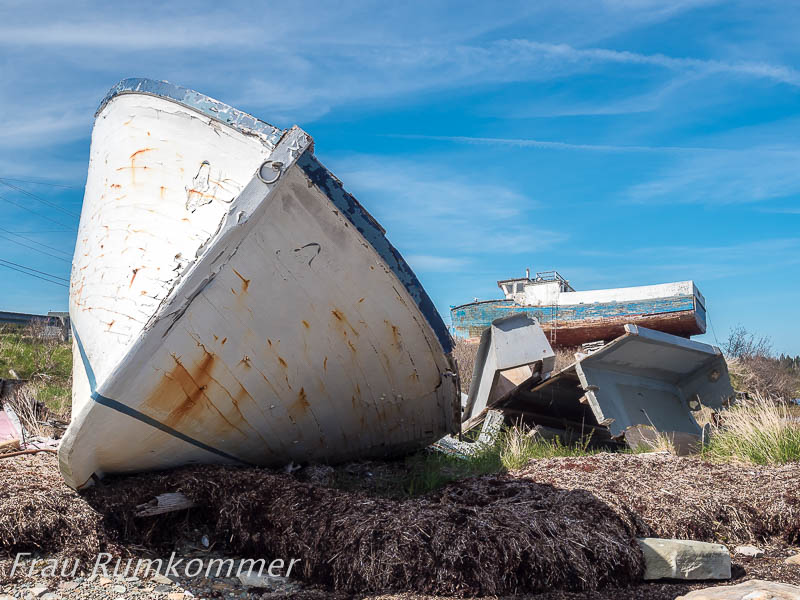
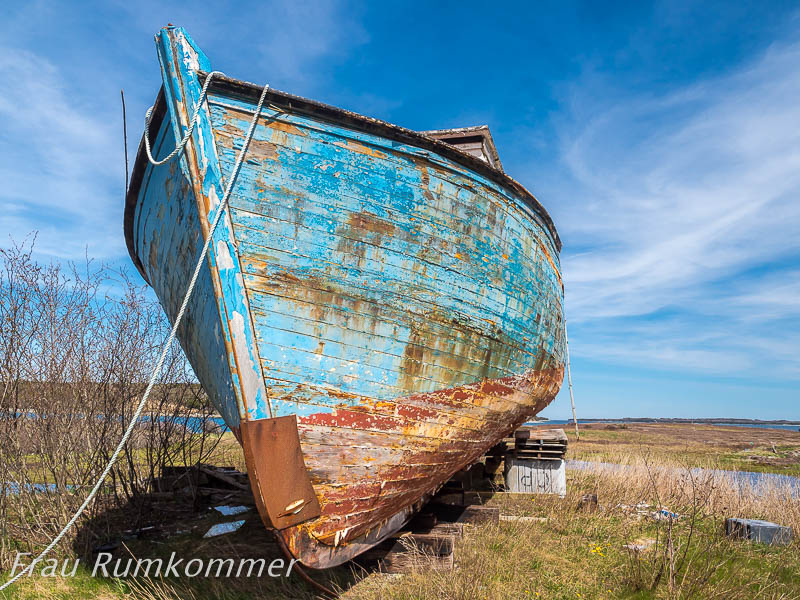
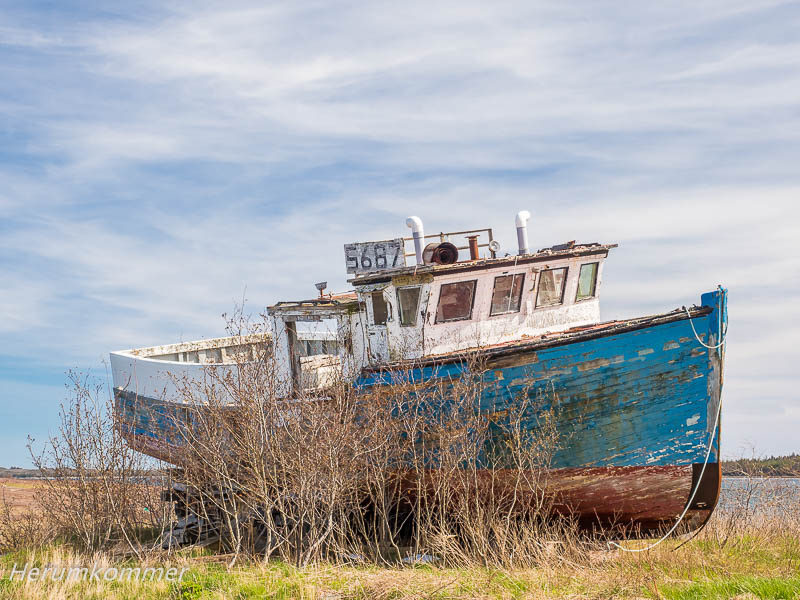
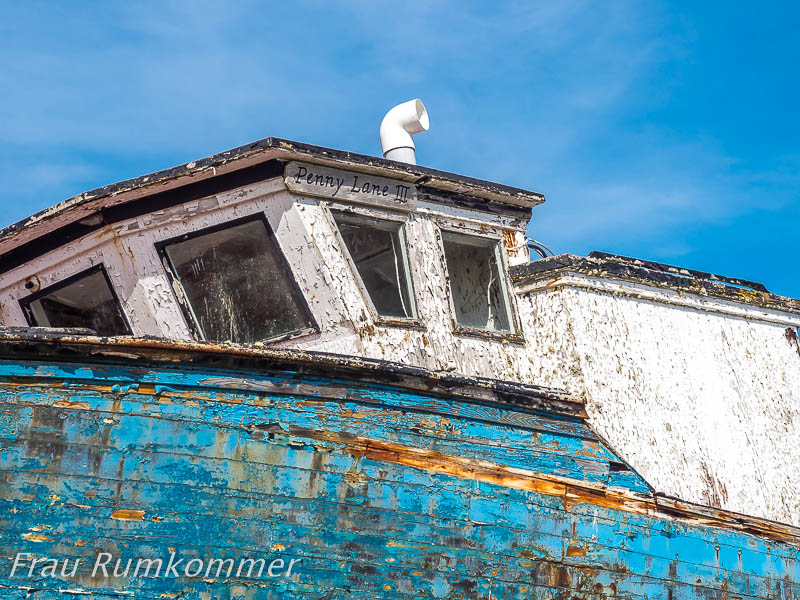
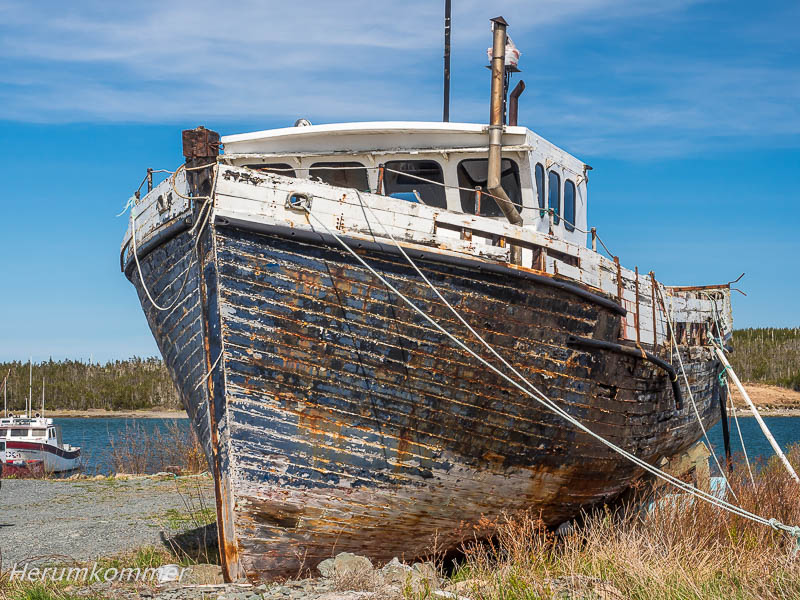
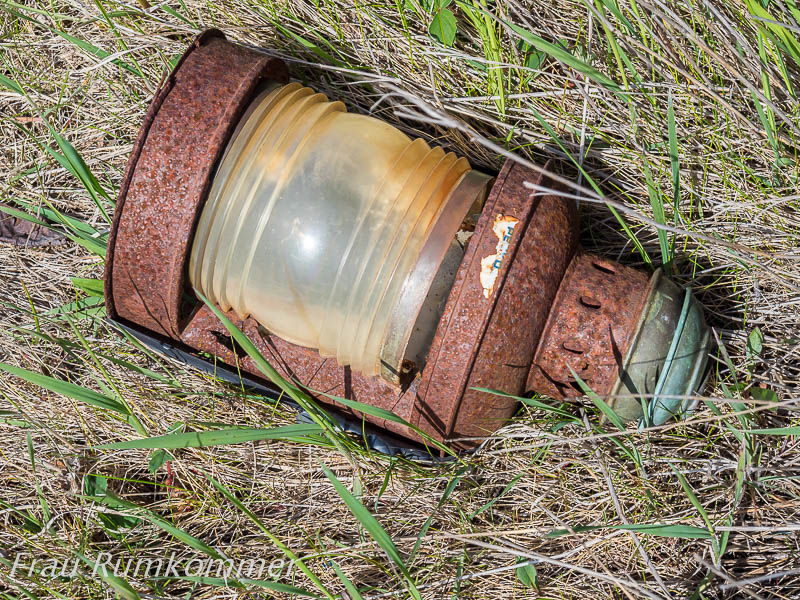
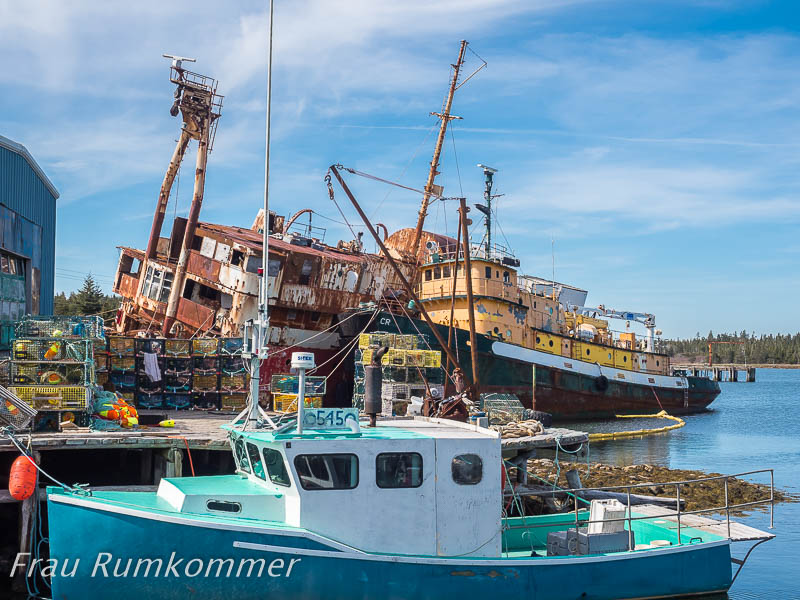
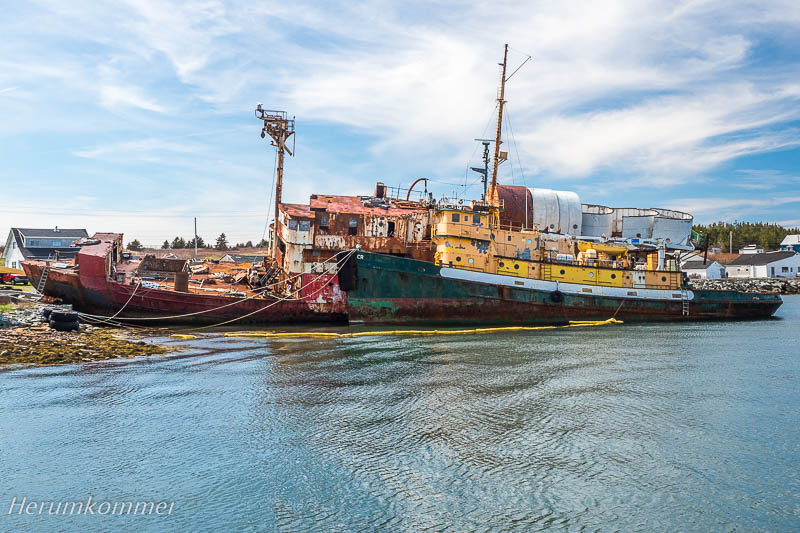
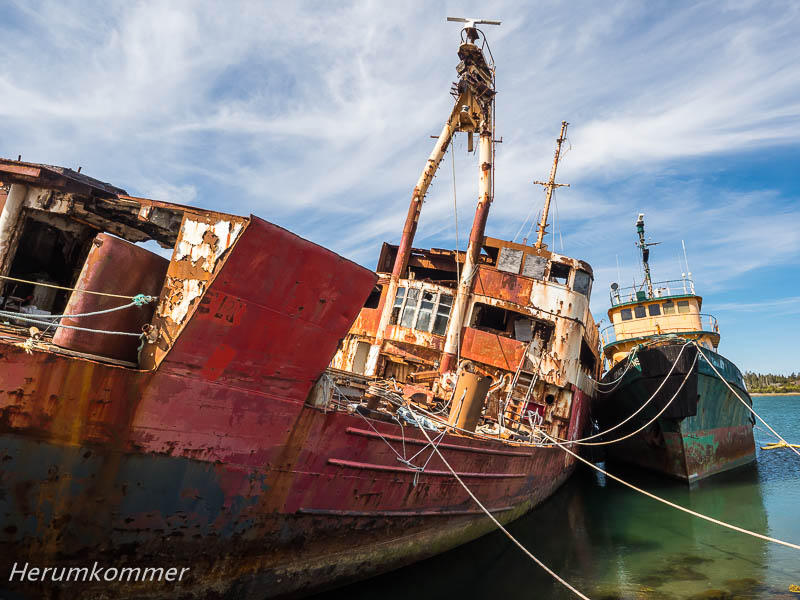
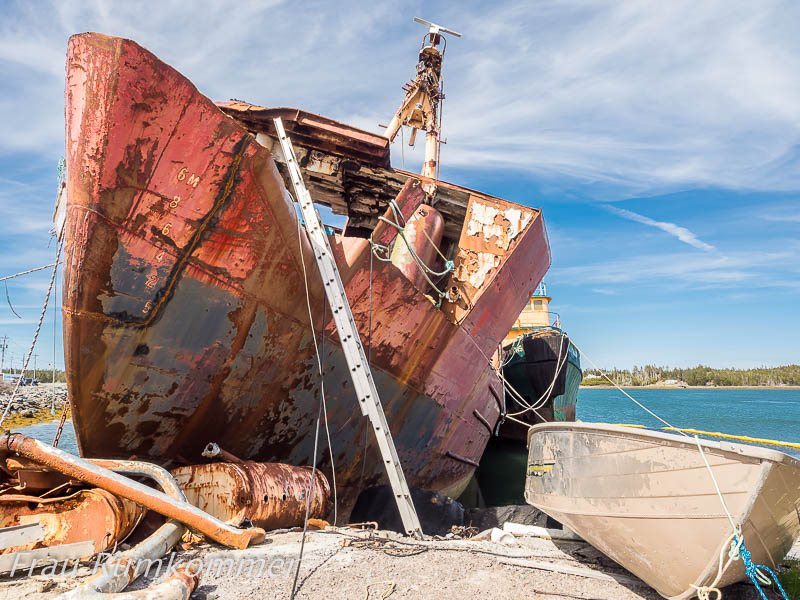
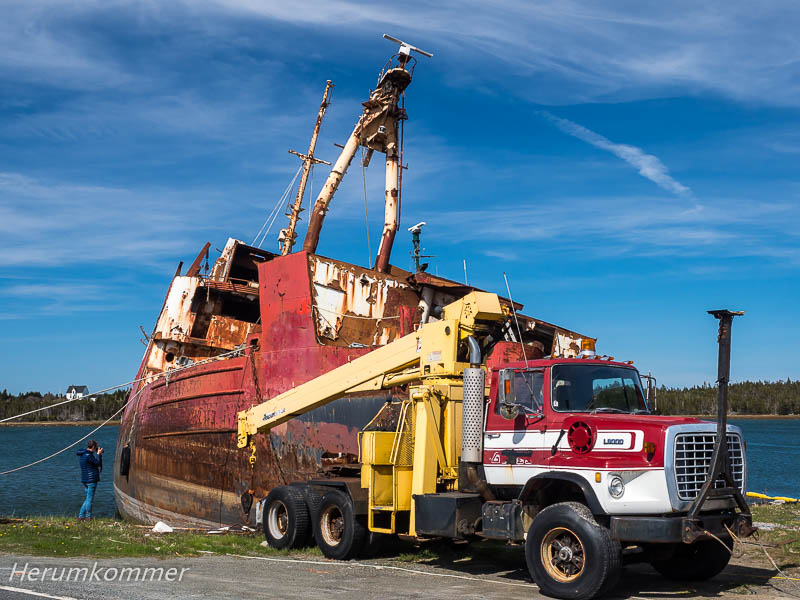
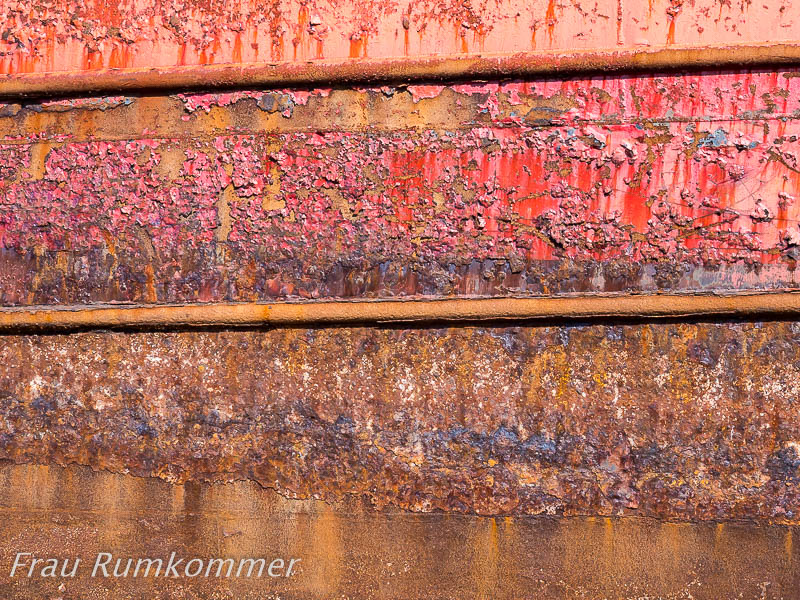
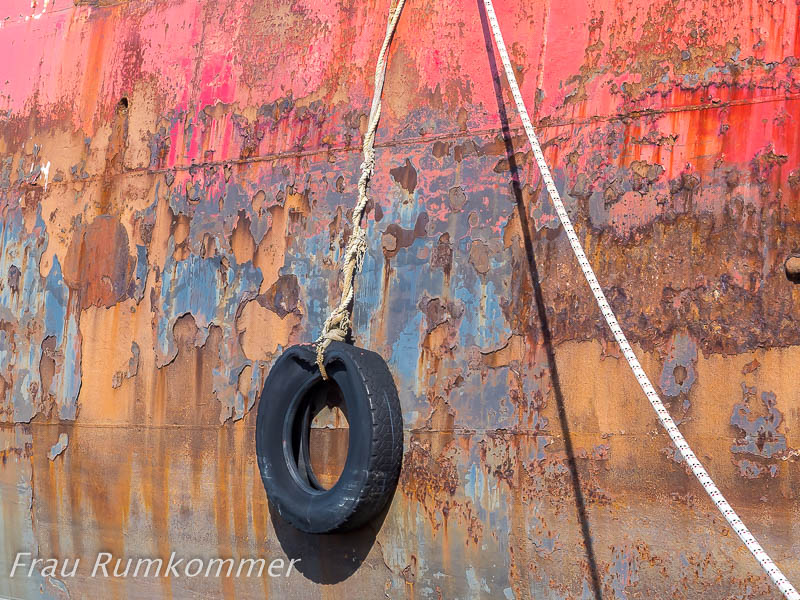
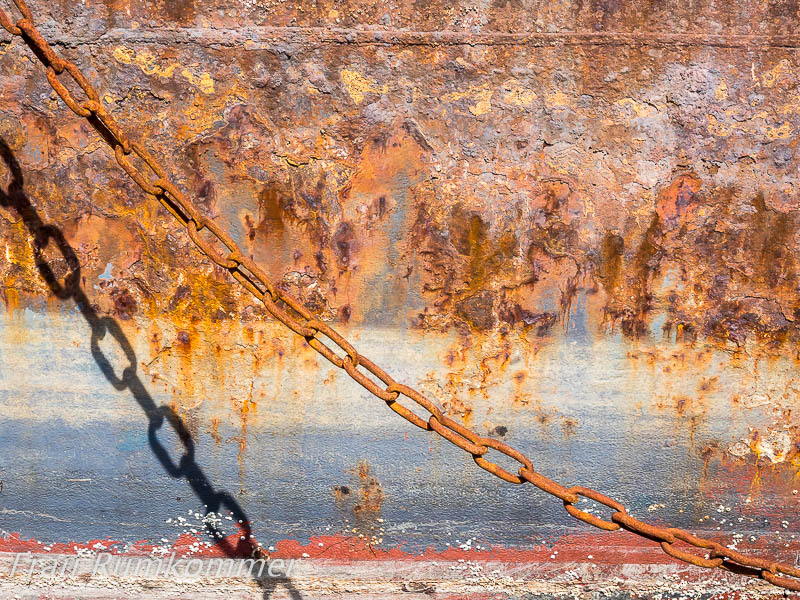
Kistenweise Delikatessen
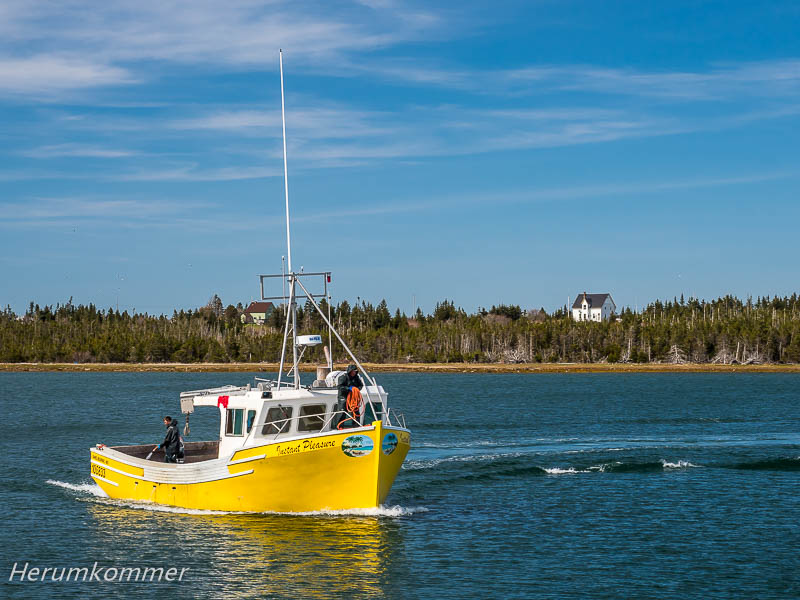
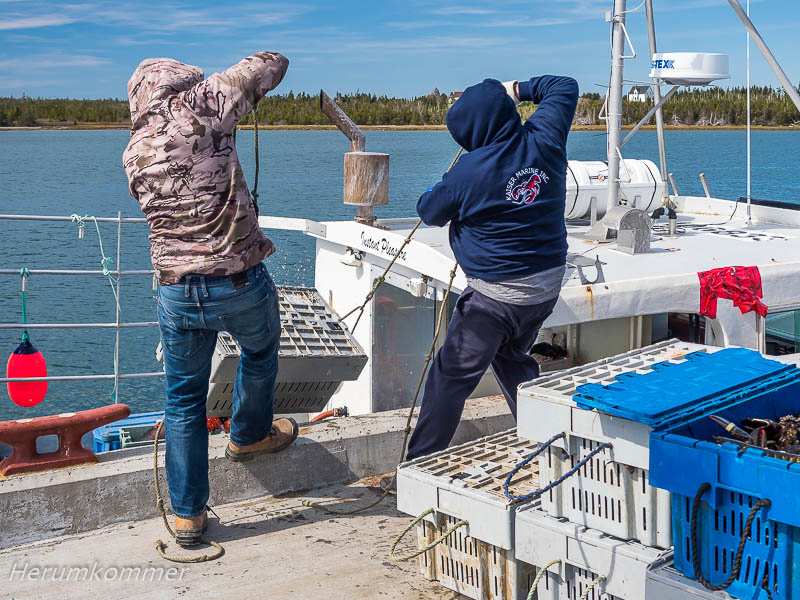
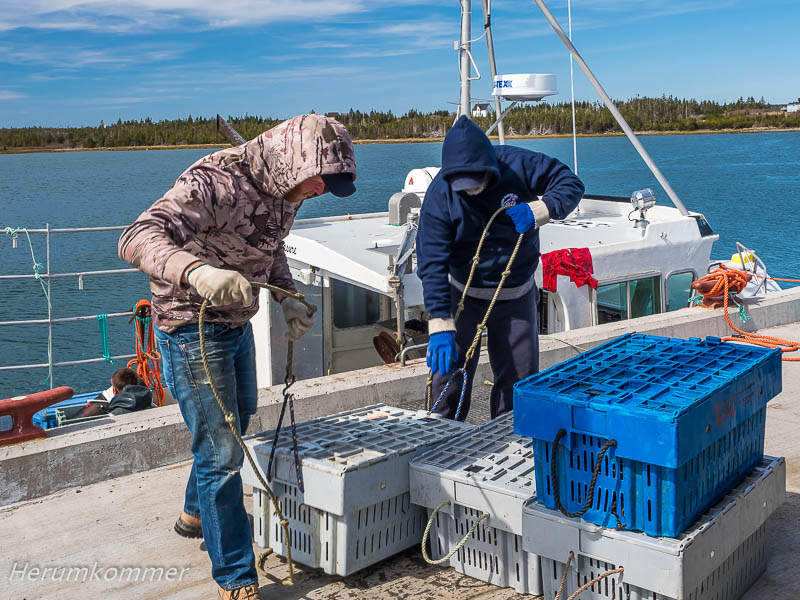
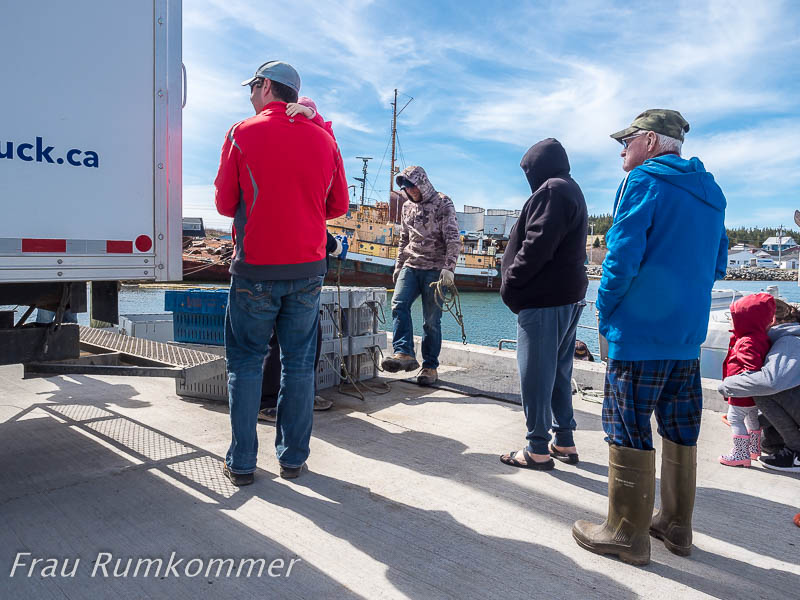
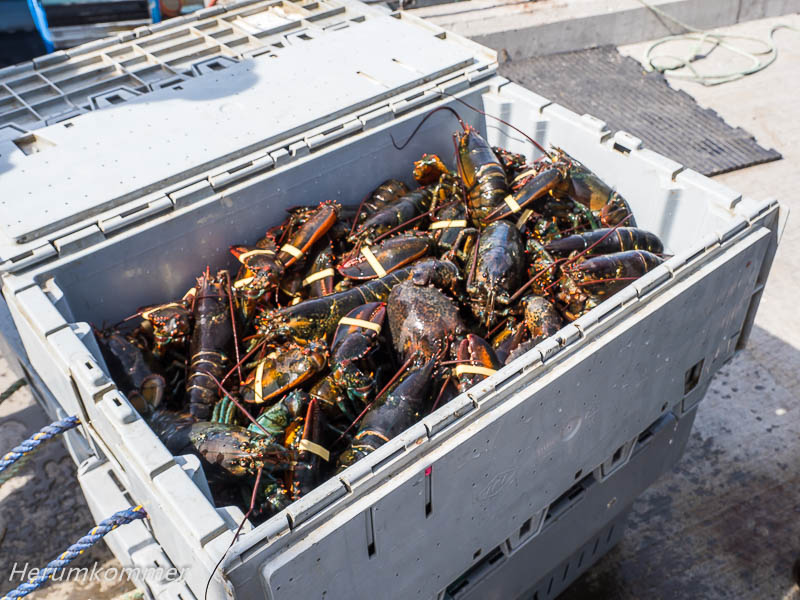
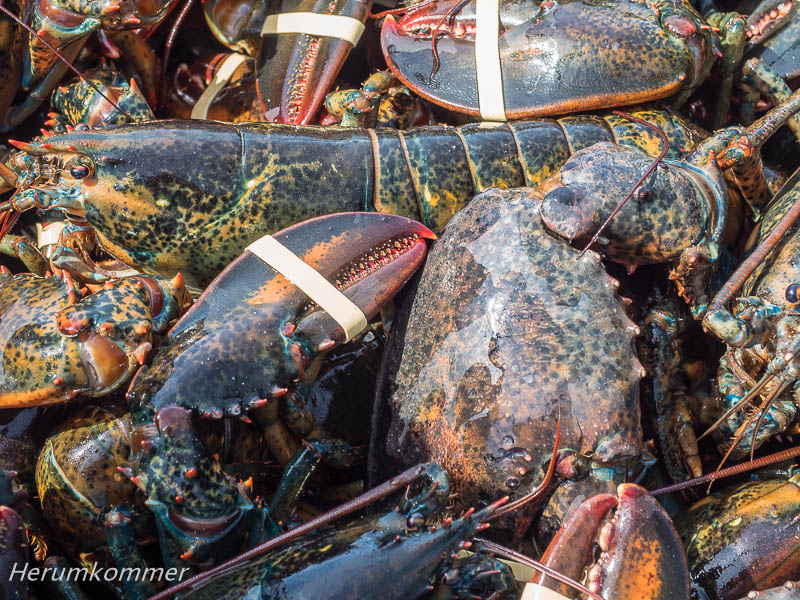
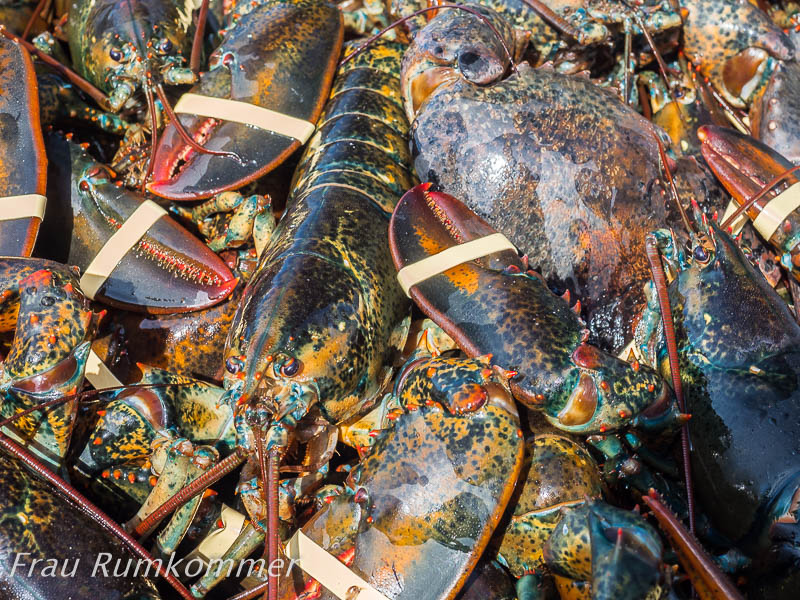
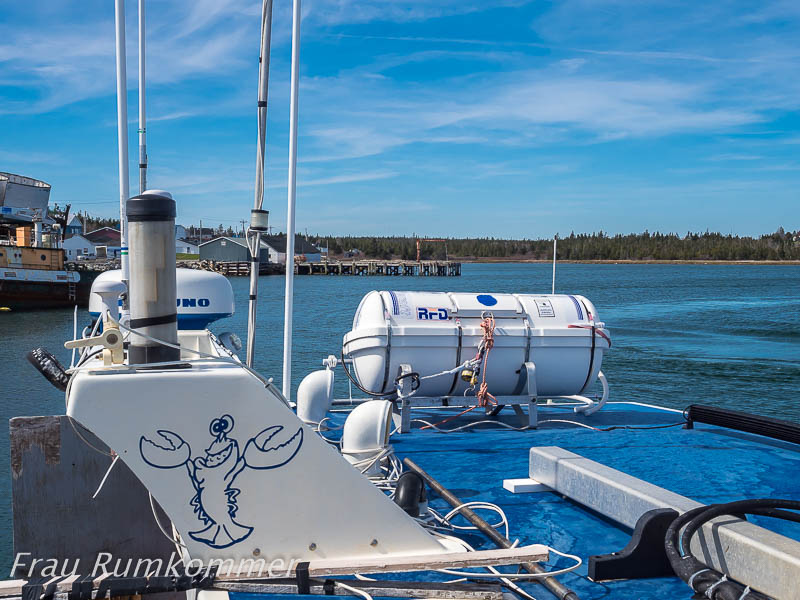
Schottisches Wetter
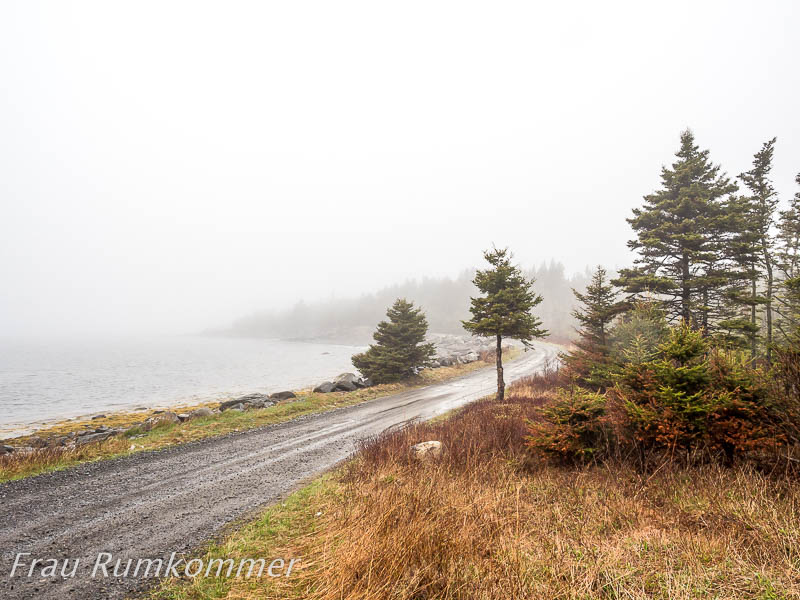
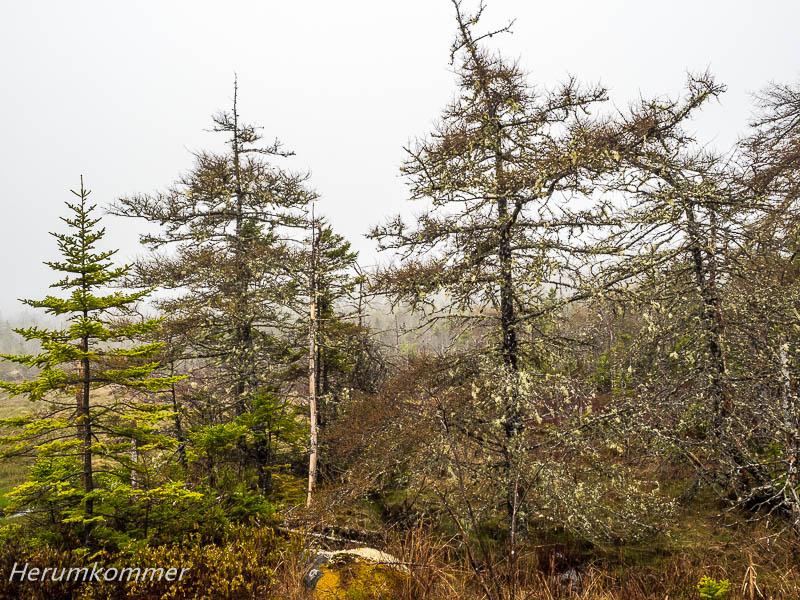
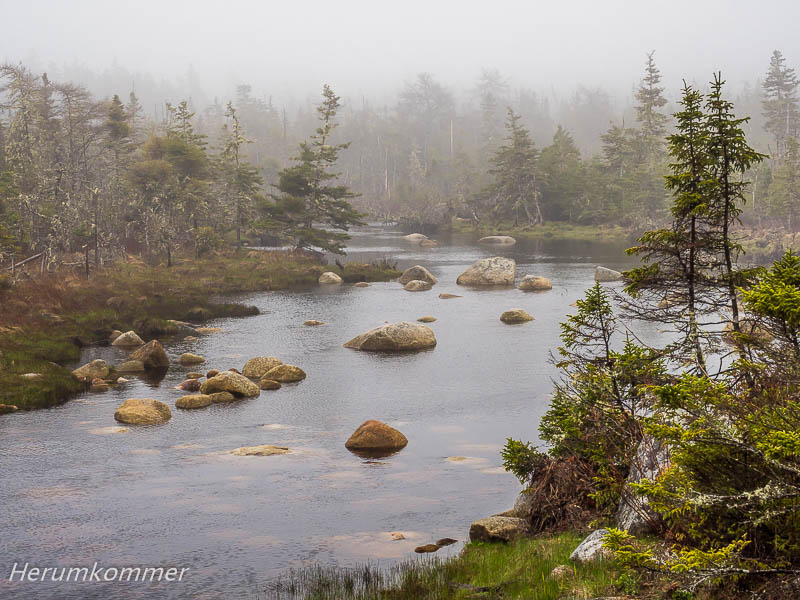
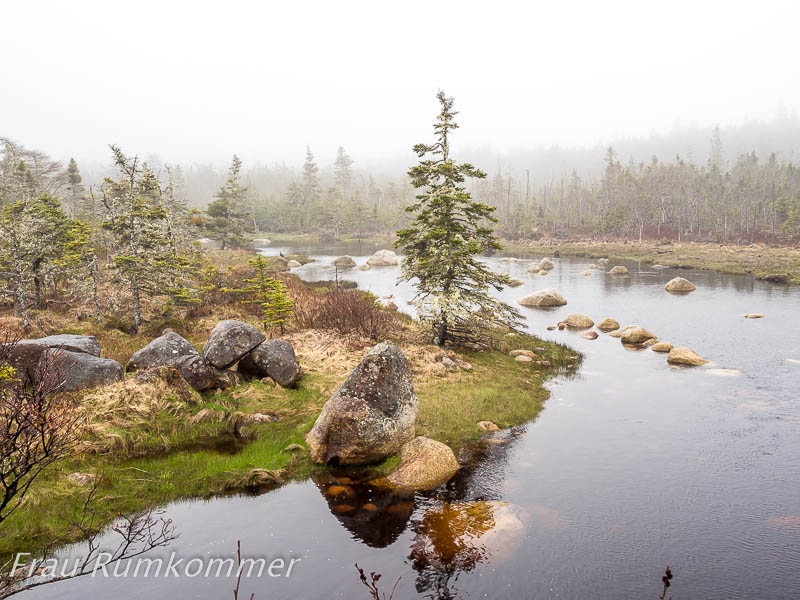
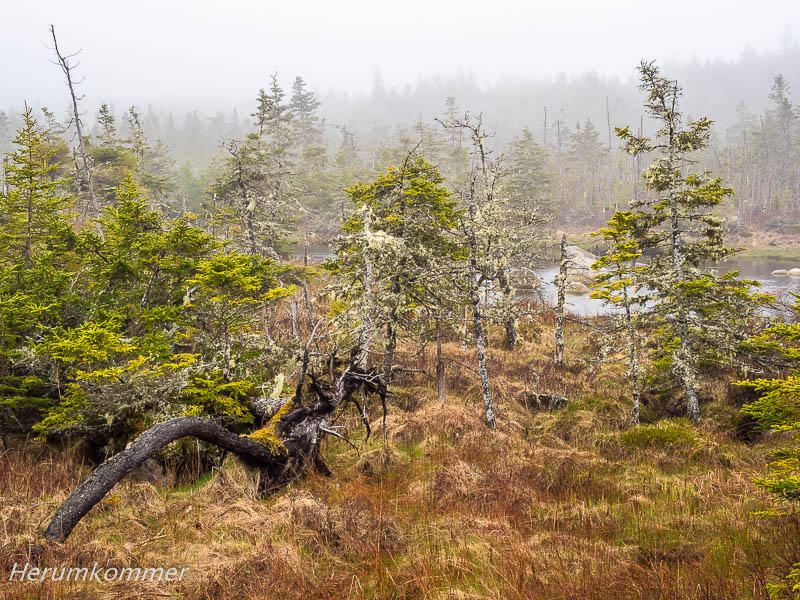
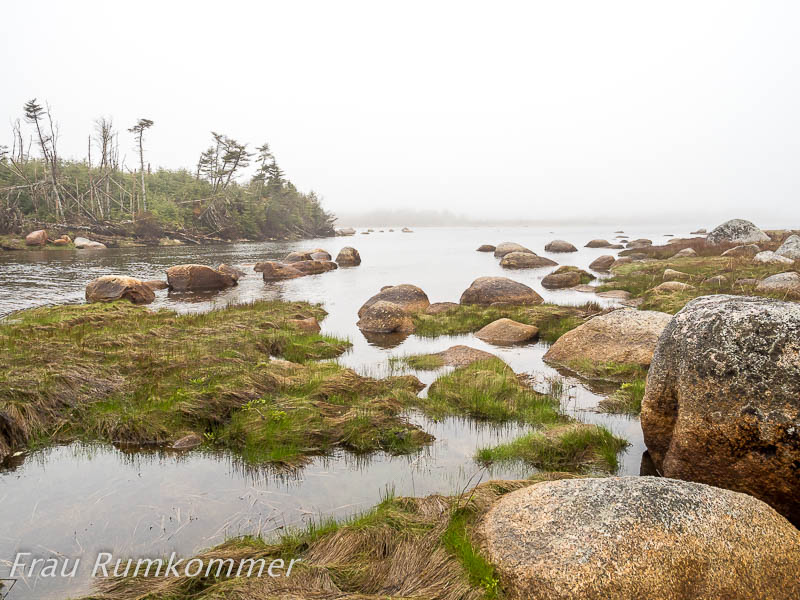
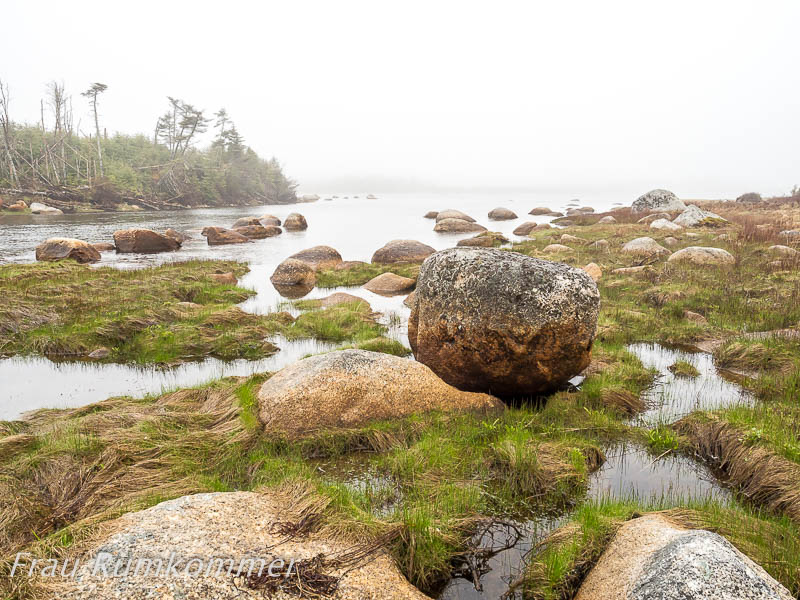
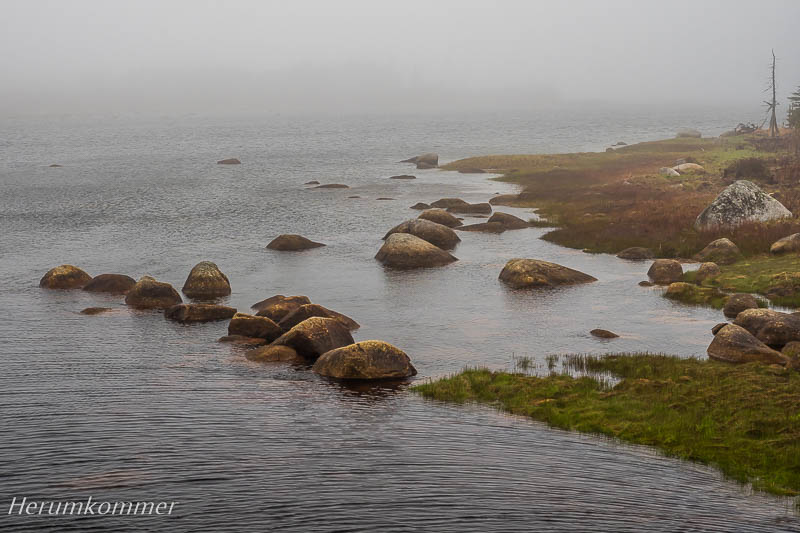
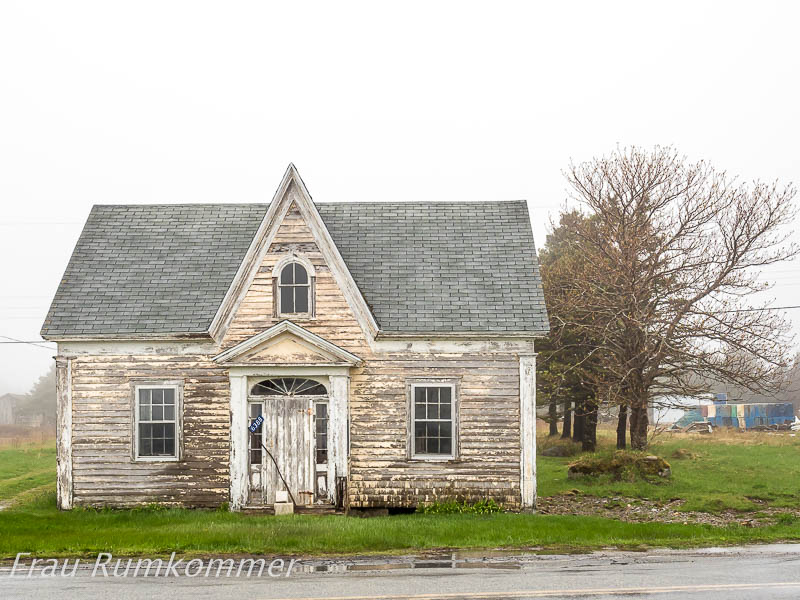
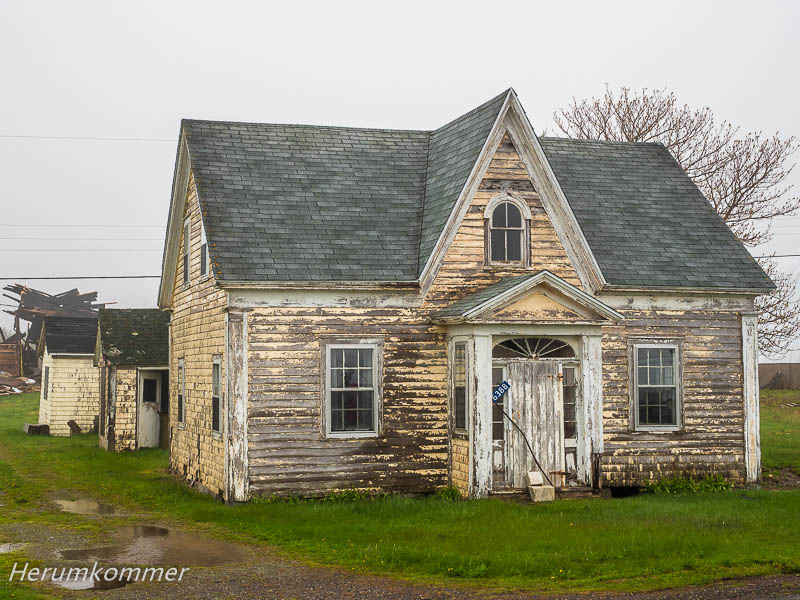
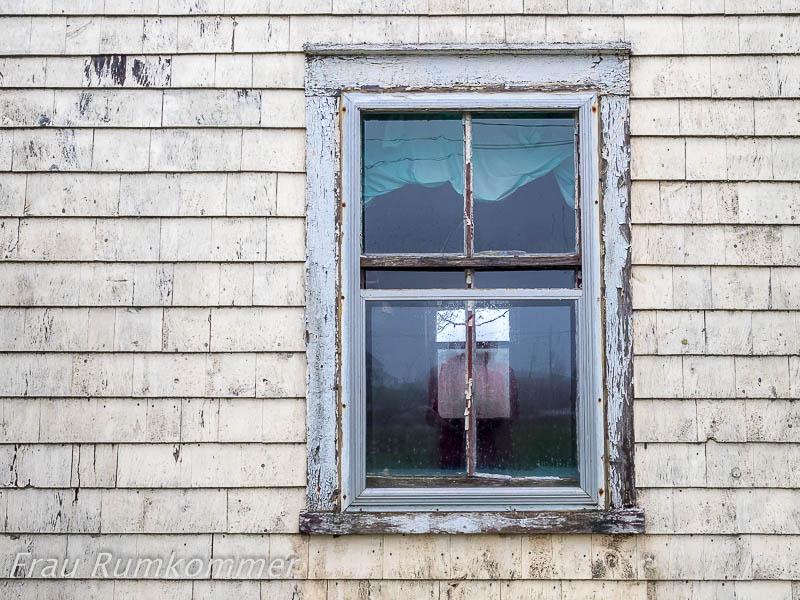
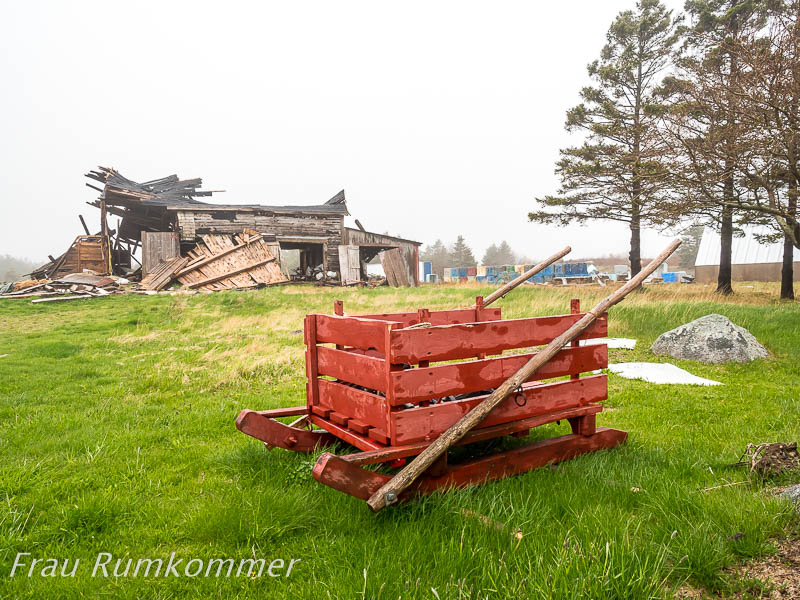
Auf einer Klippe
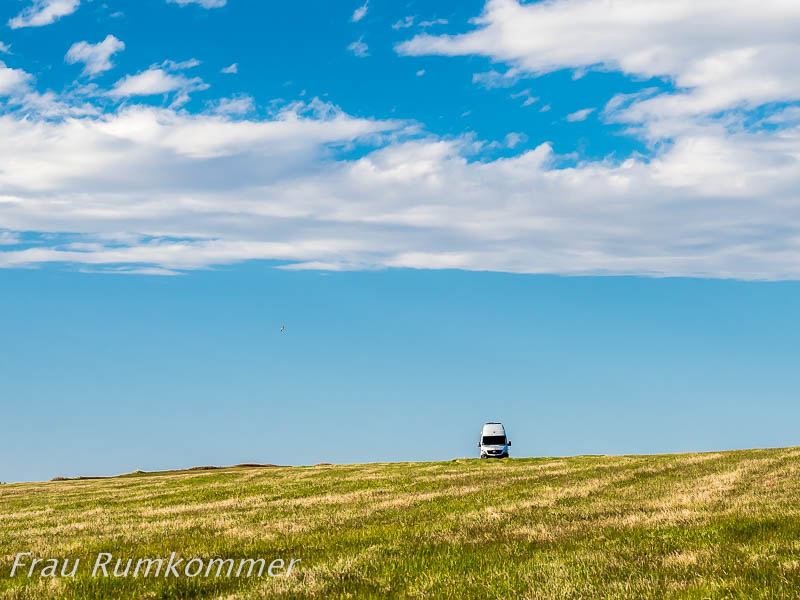
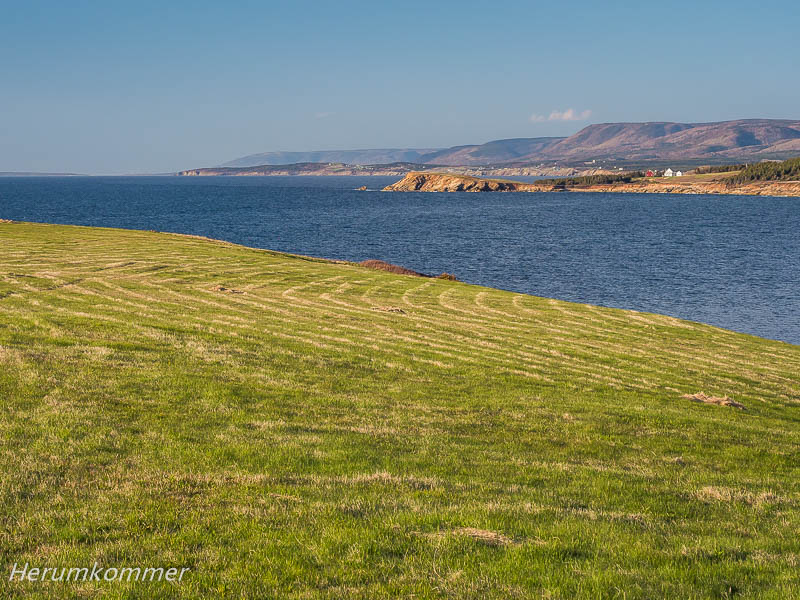
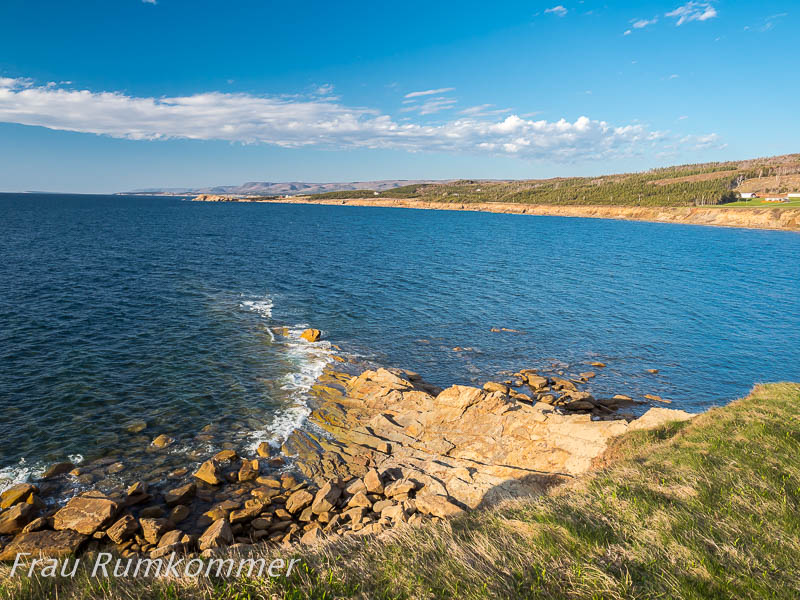
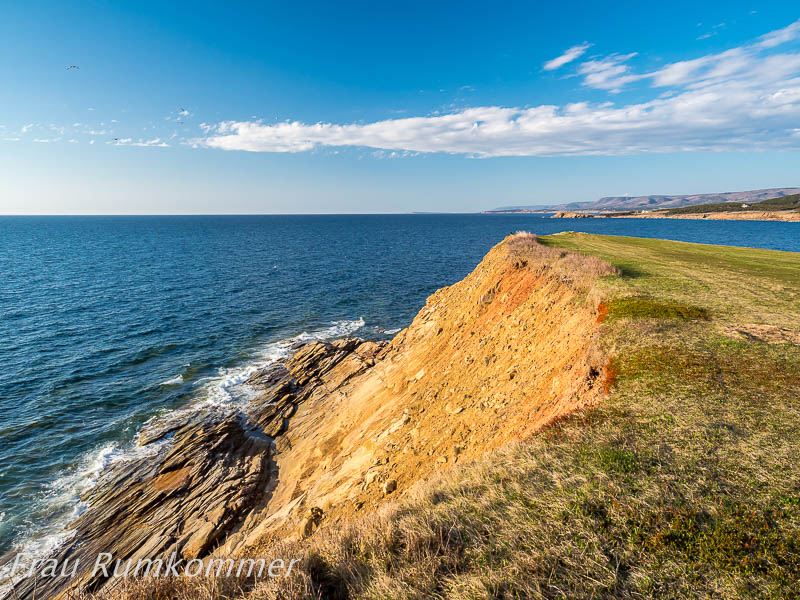
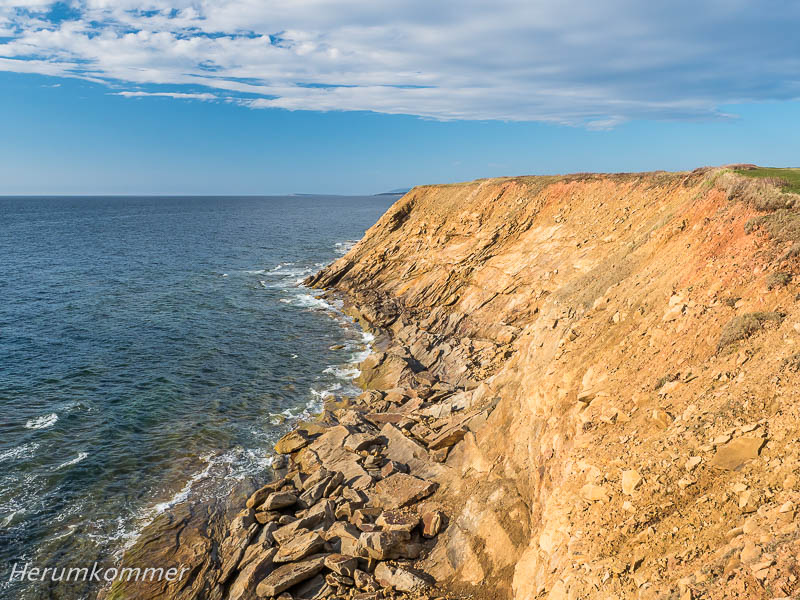
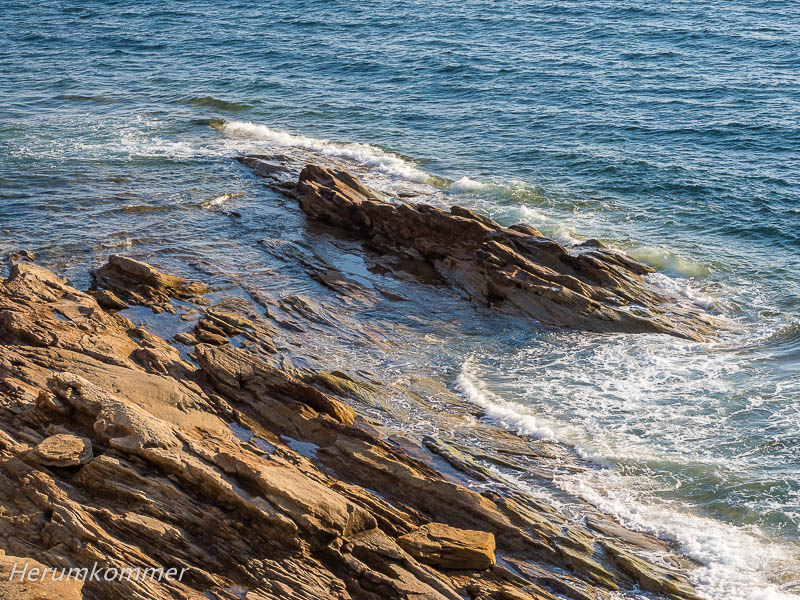
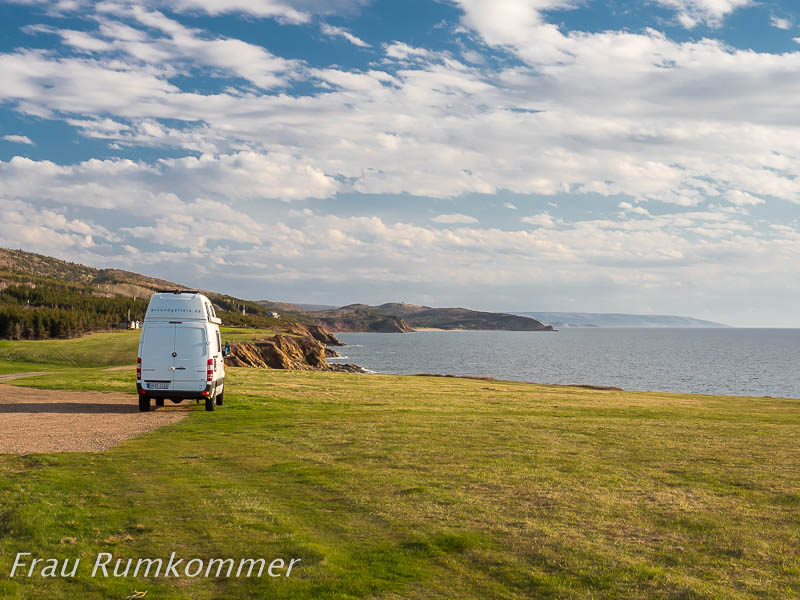
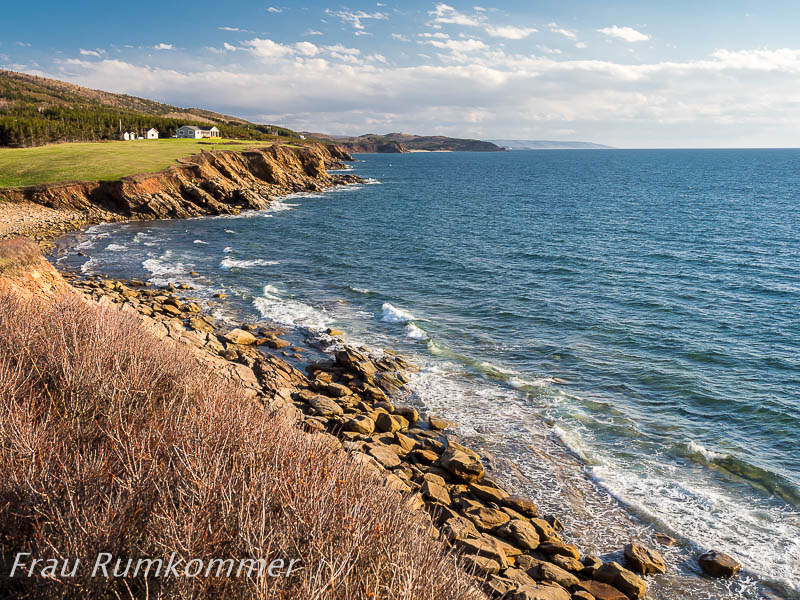
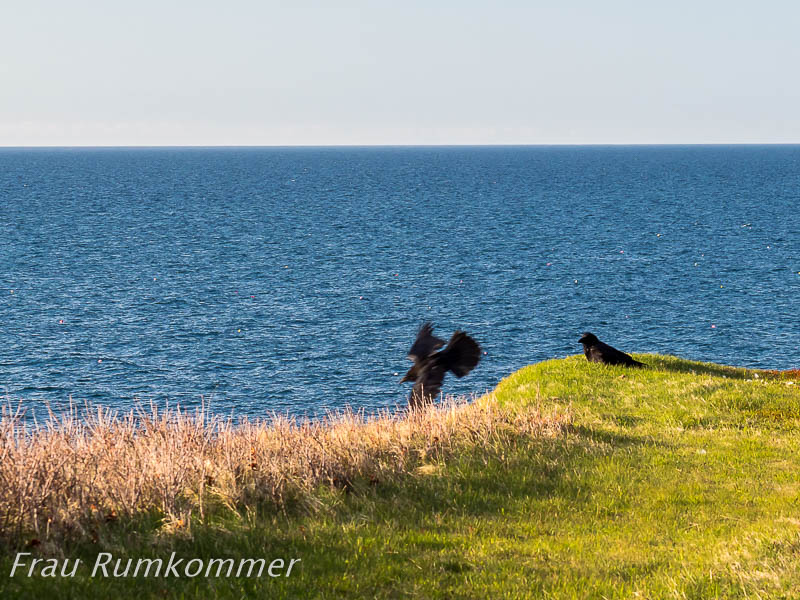
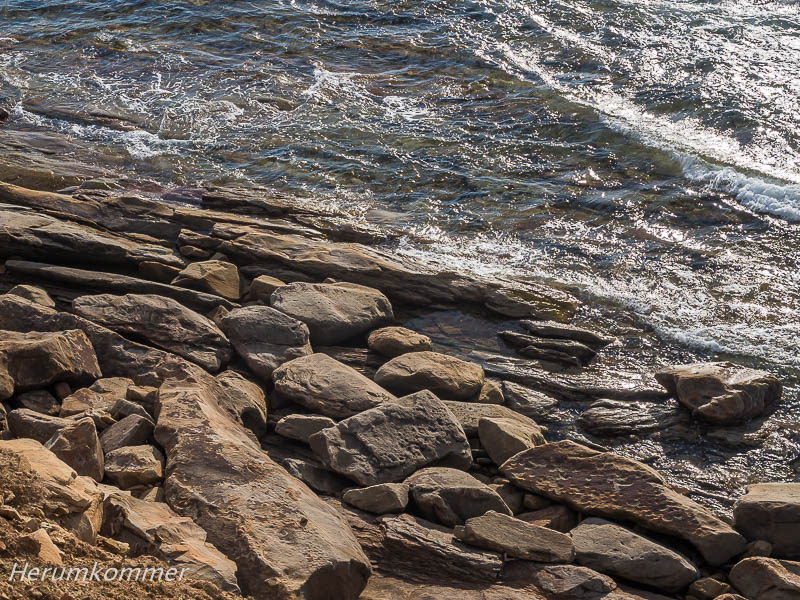
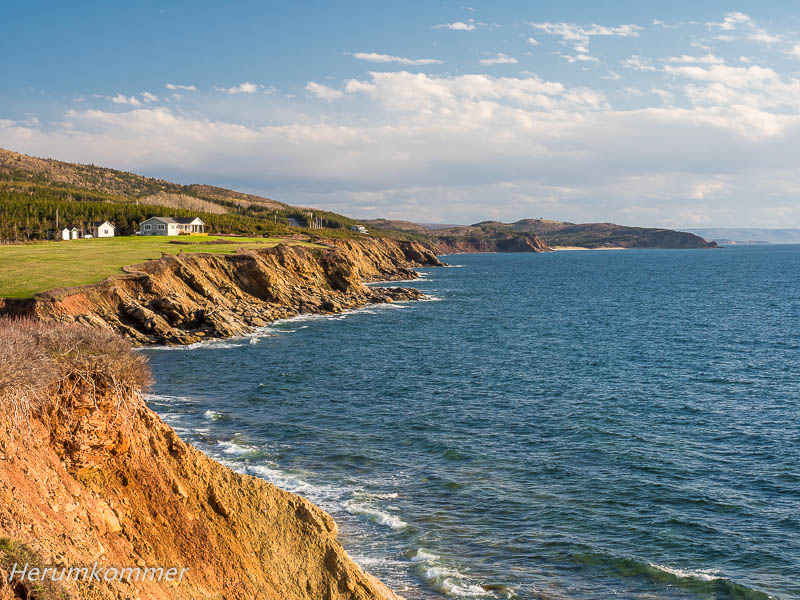
Ausgepolsterte Höhle
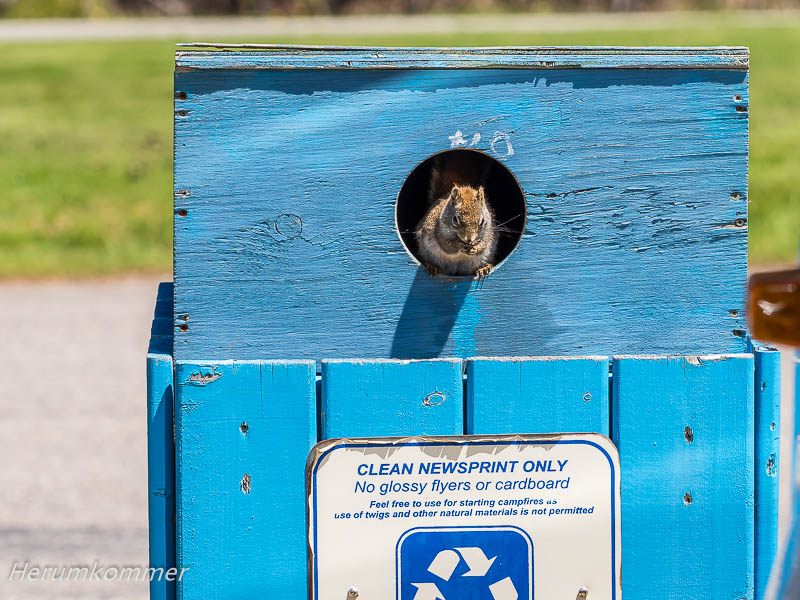
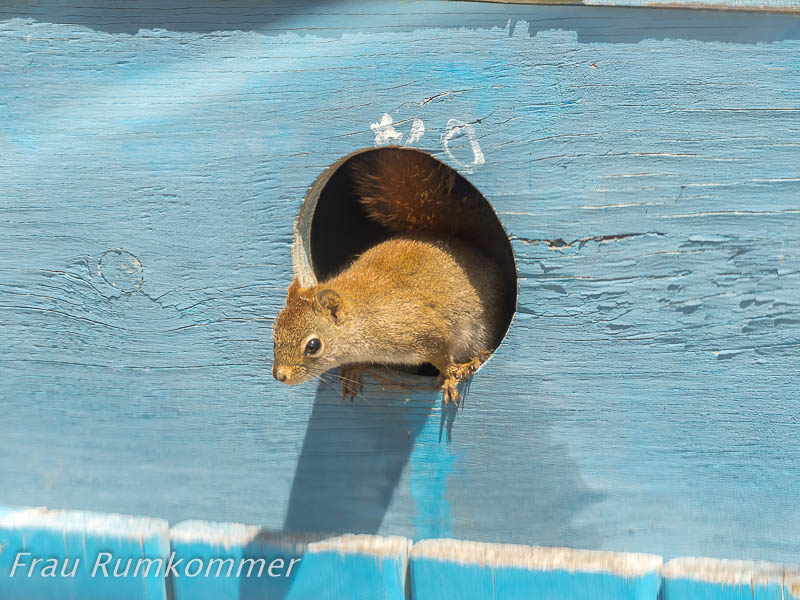
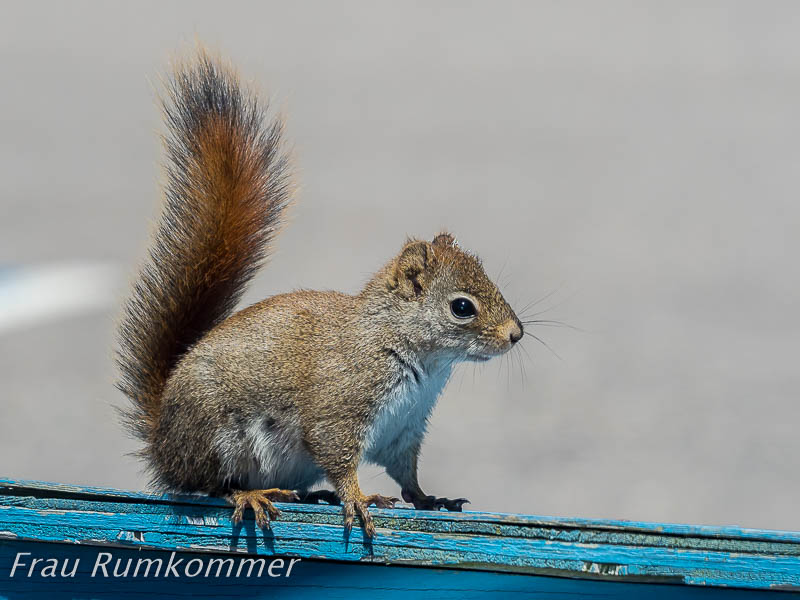
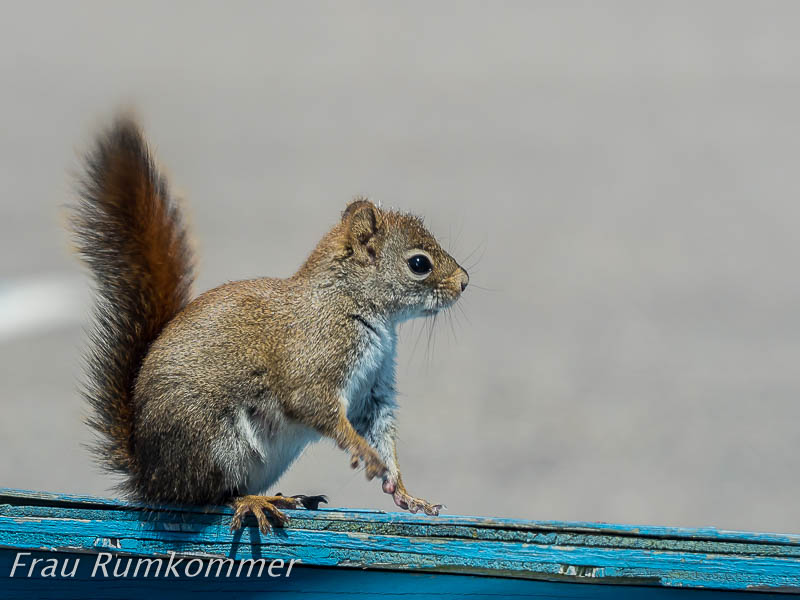
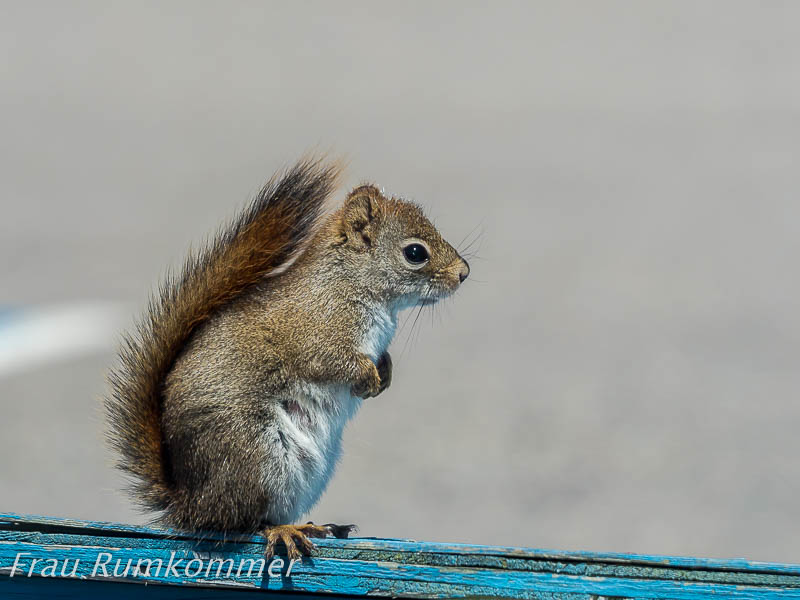
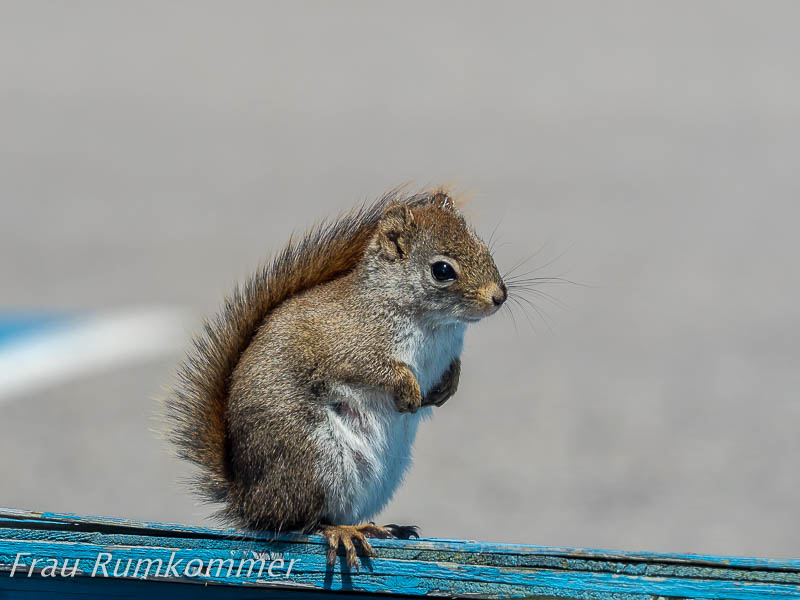
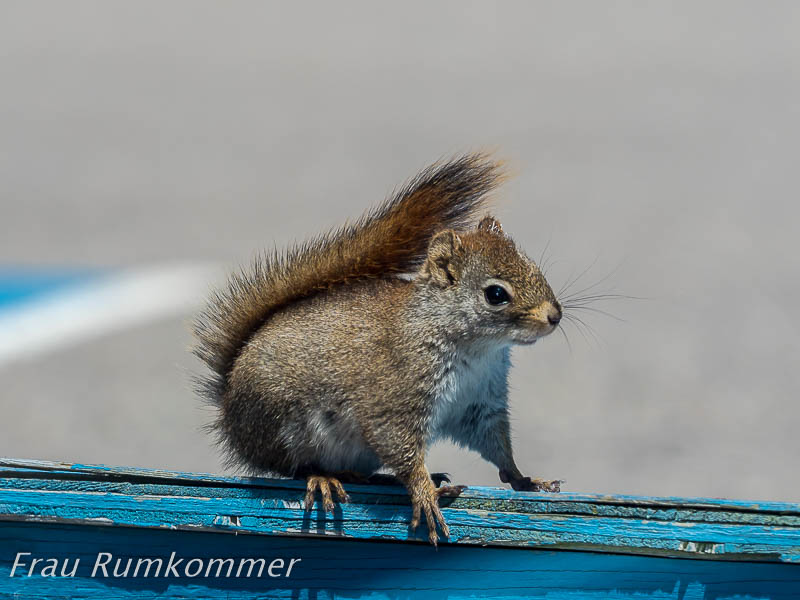
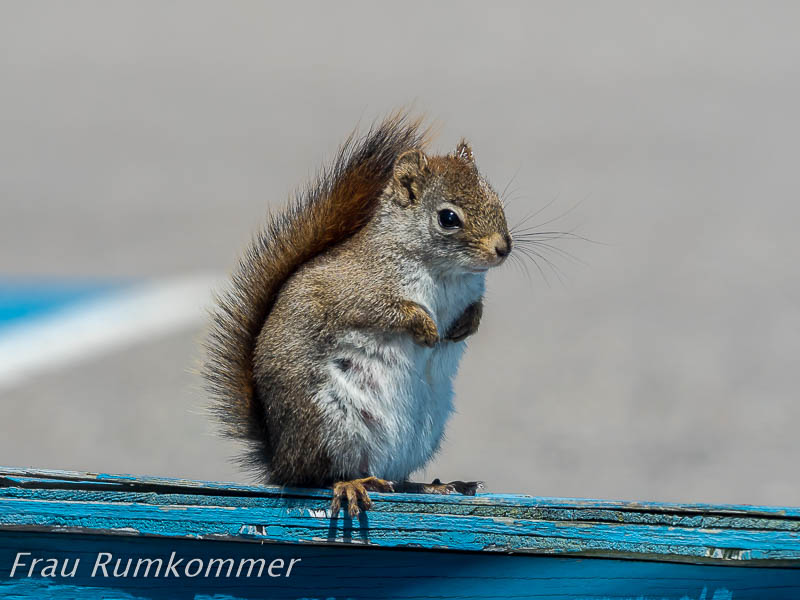
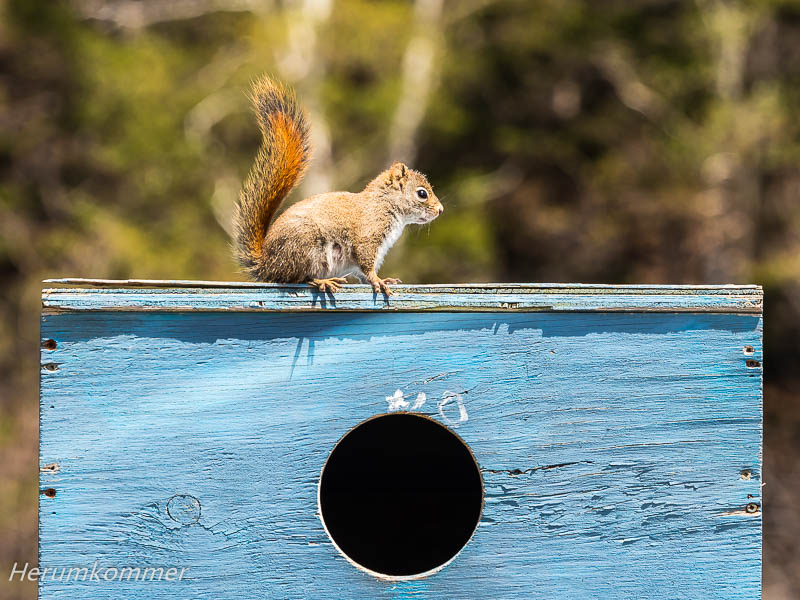
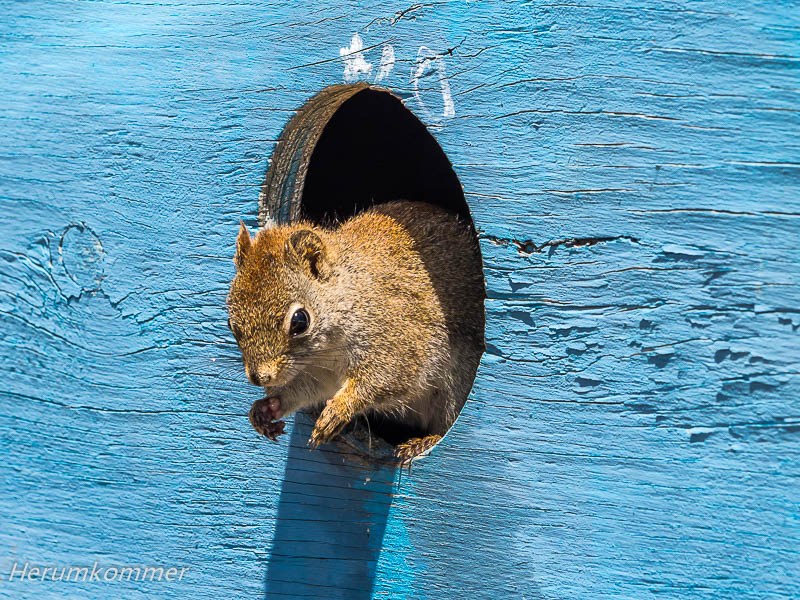
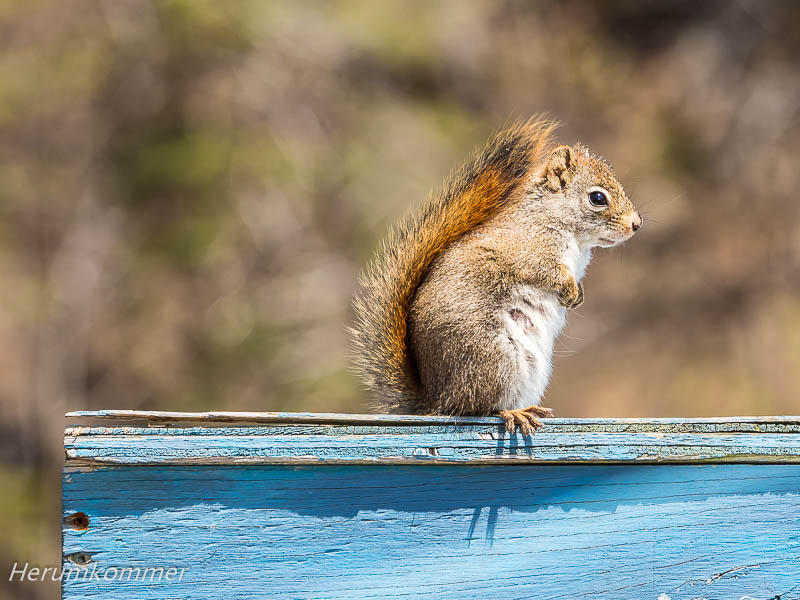
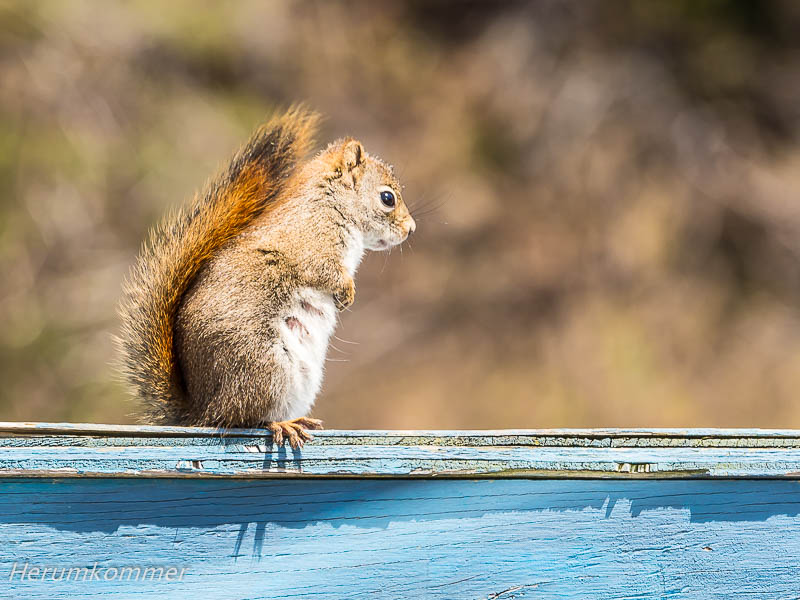
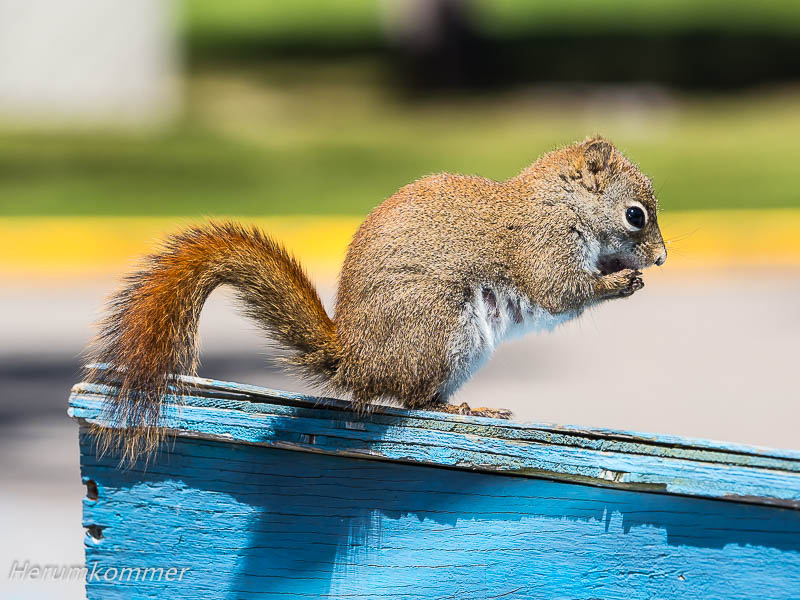
Cabot Trail
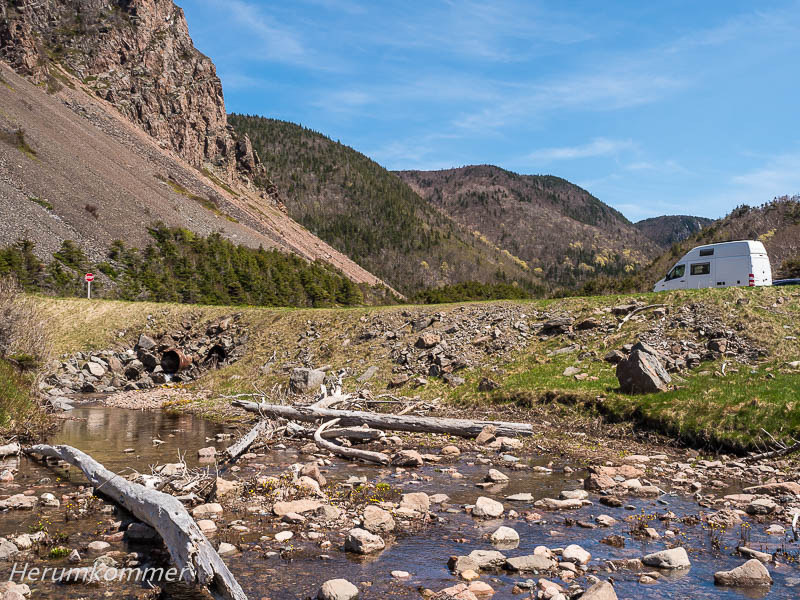
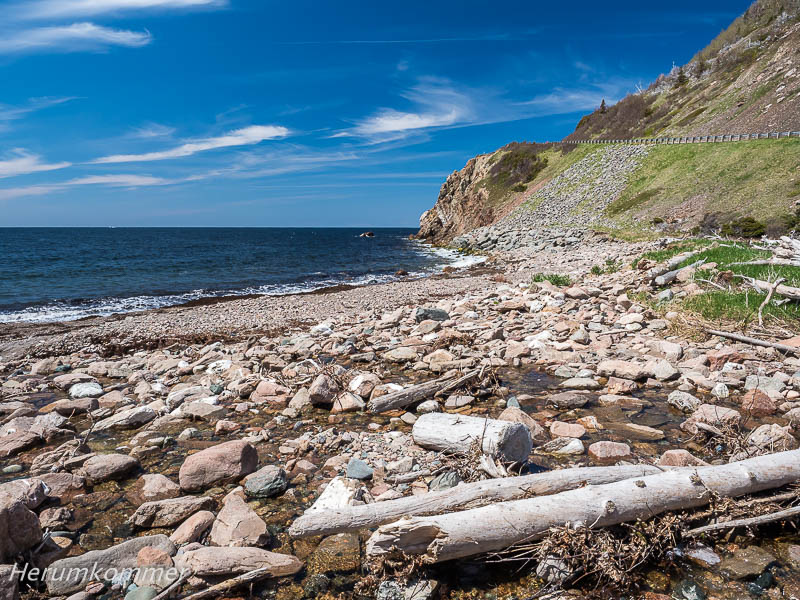
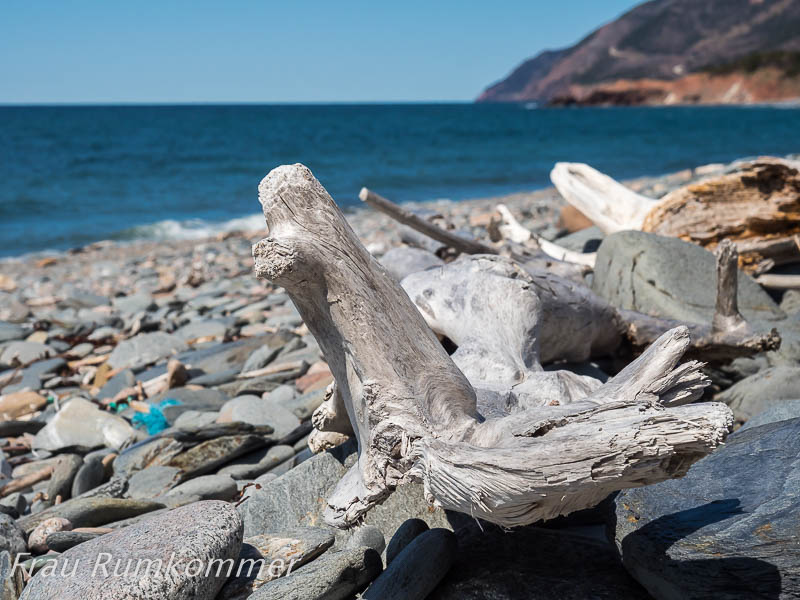
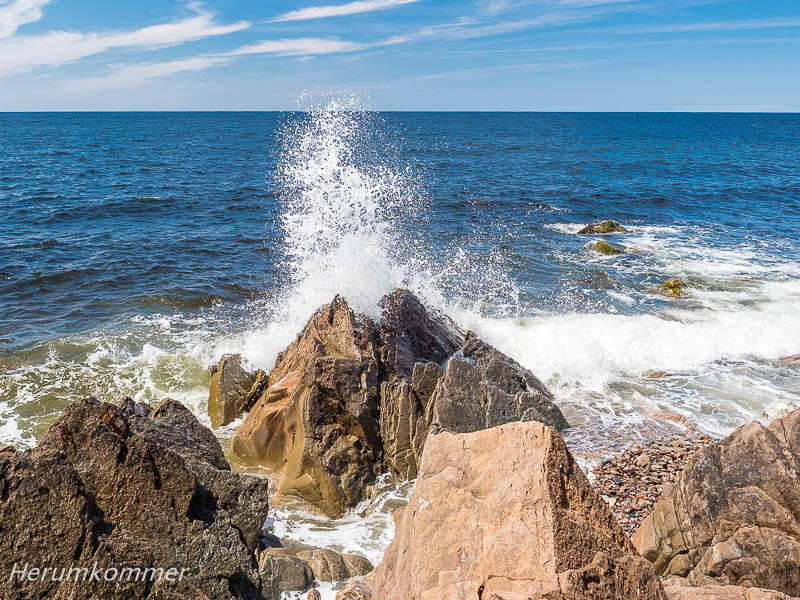
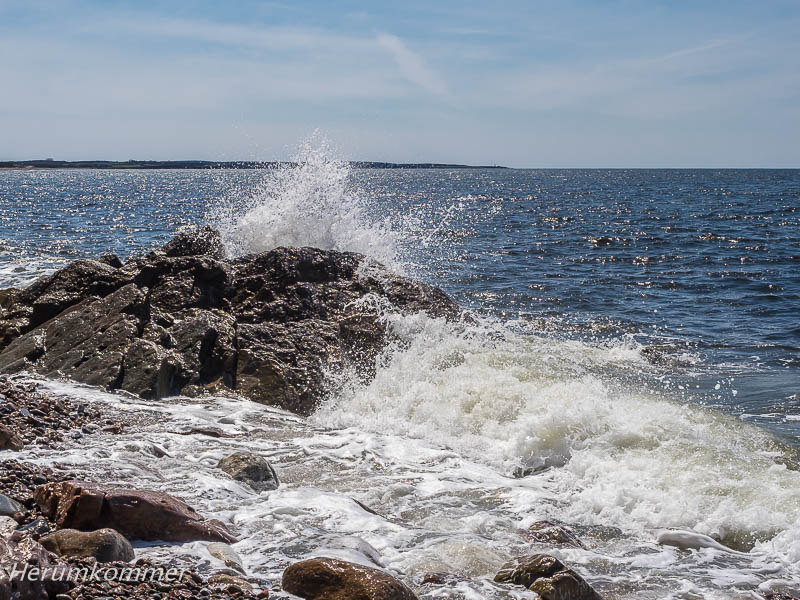
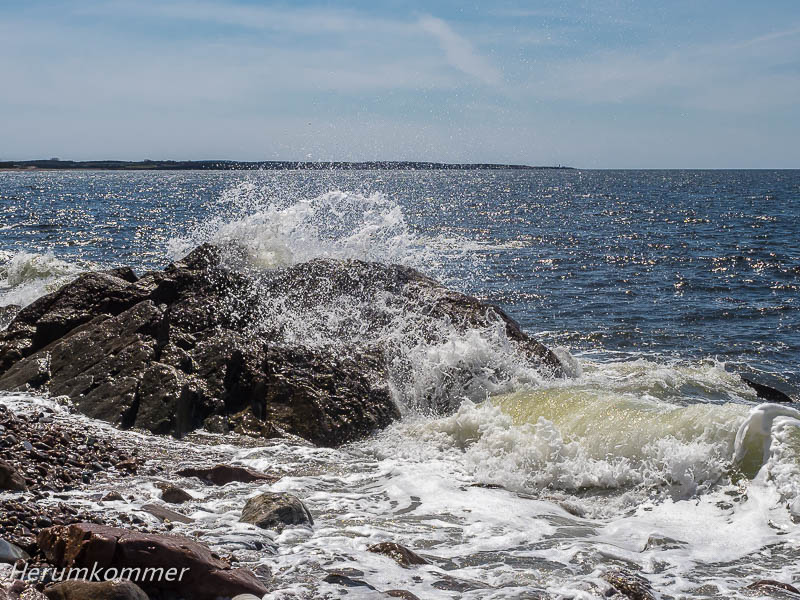
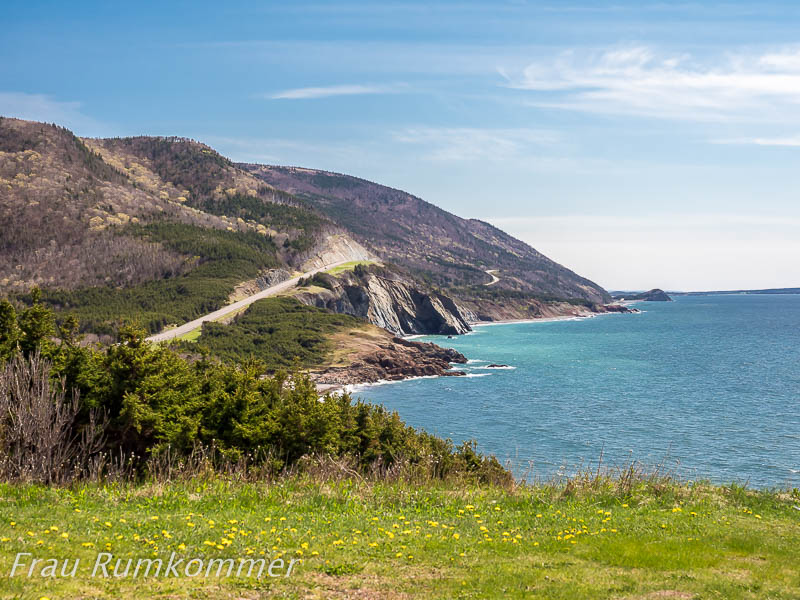
Cape Breton Highlands NP
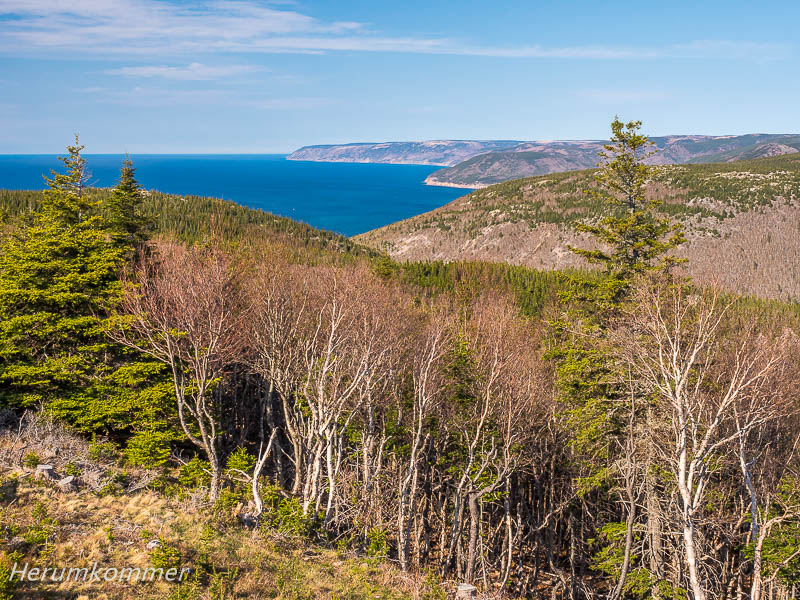

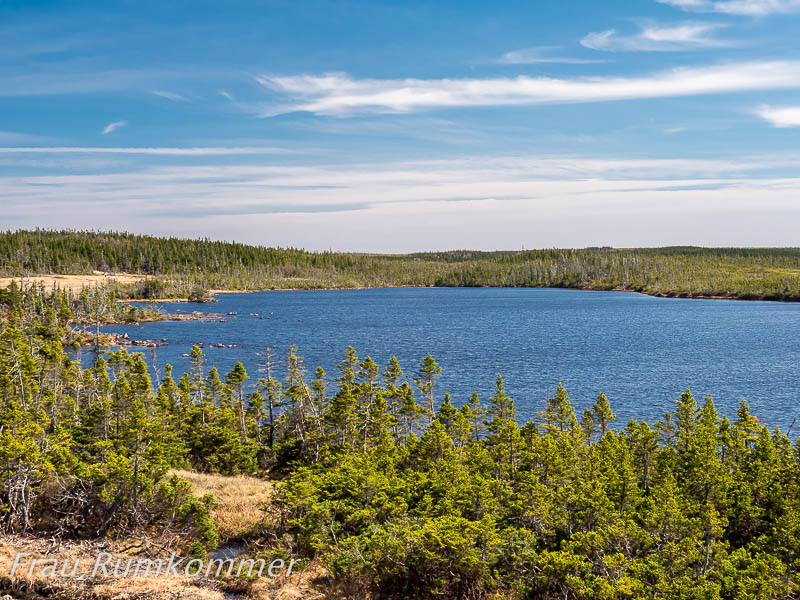
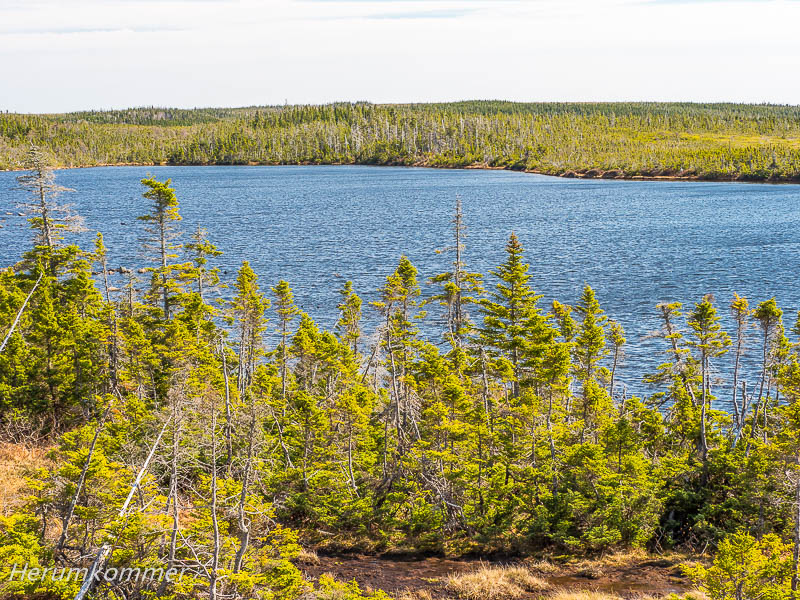
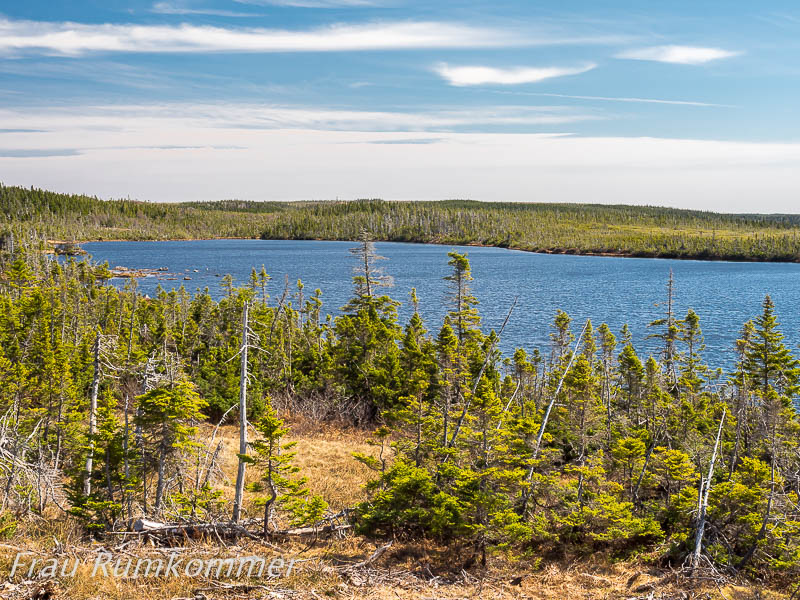
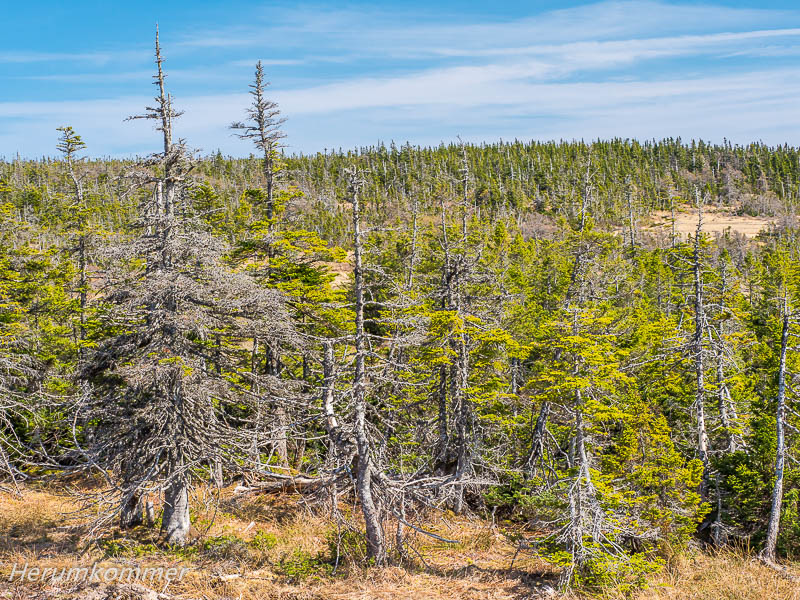
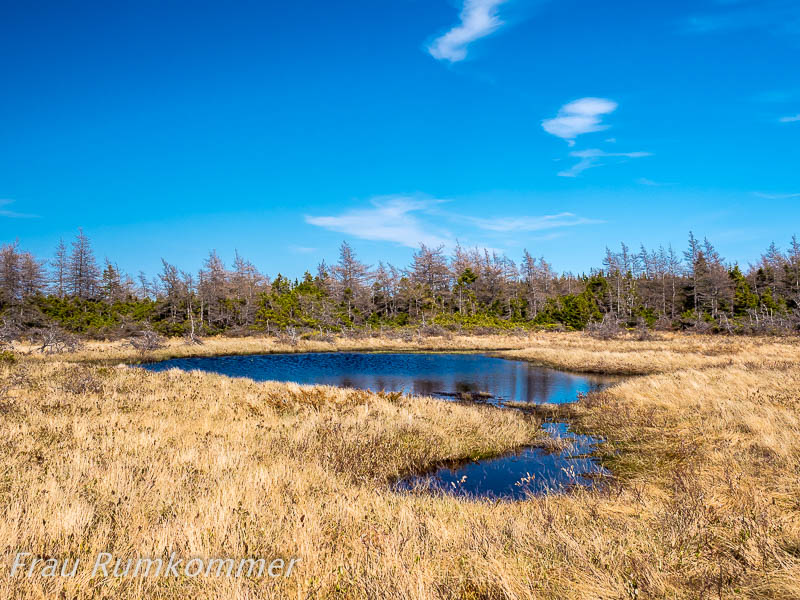

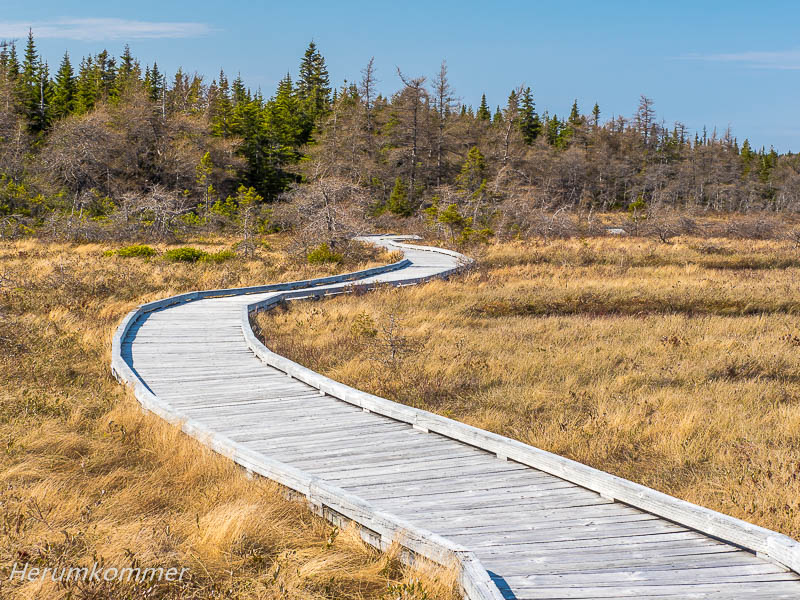
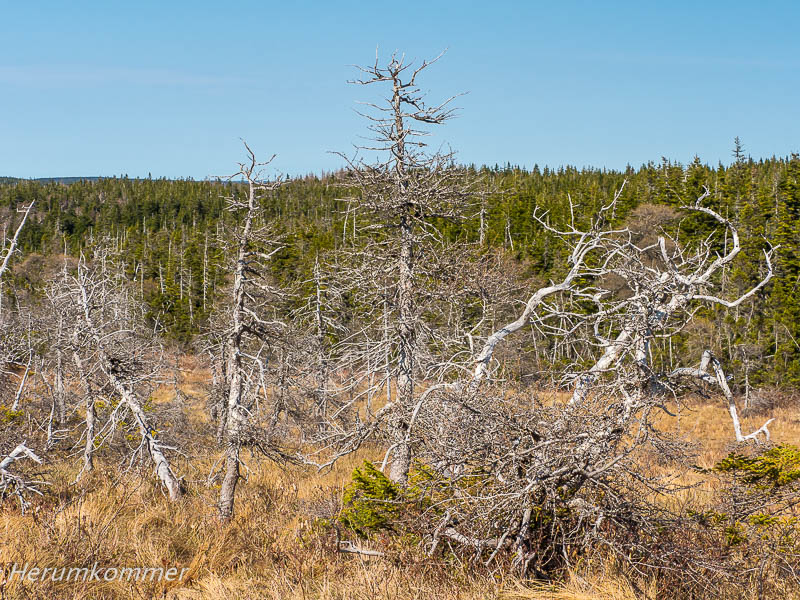
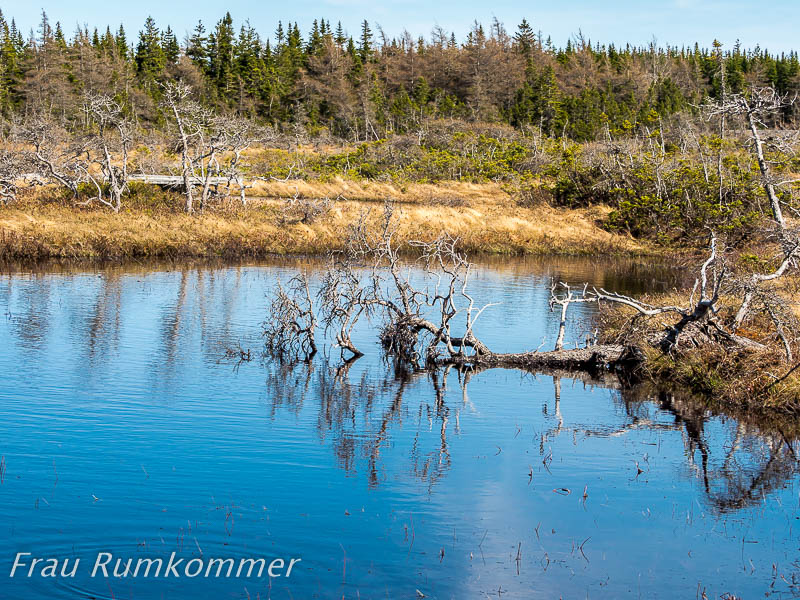
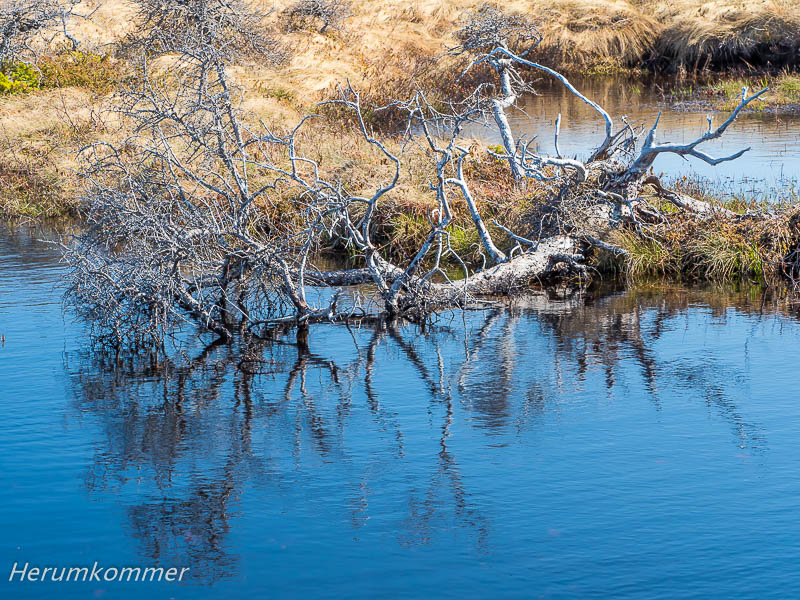
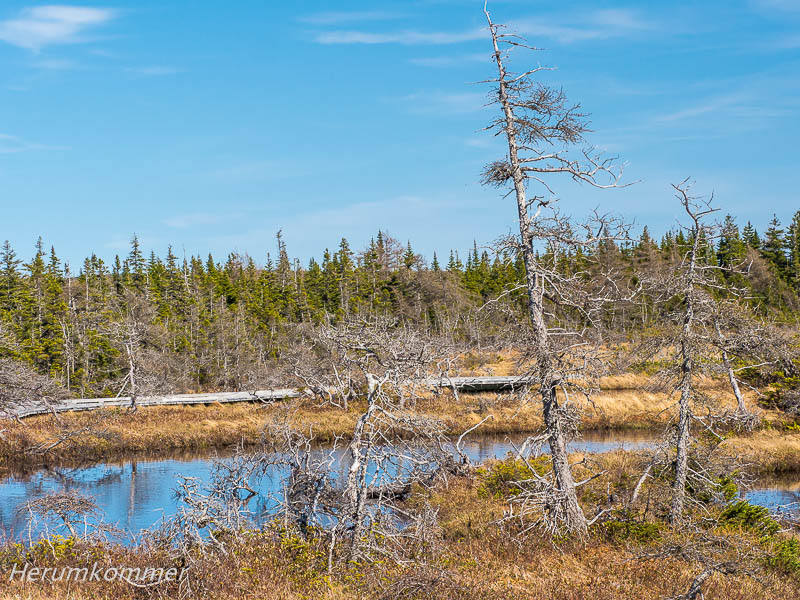
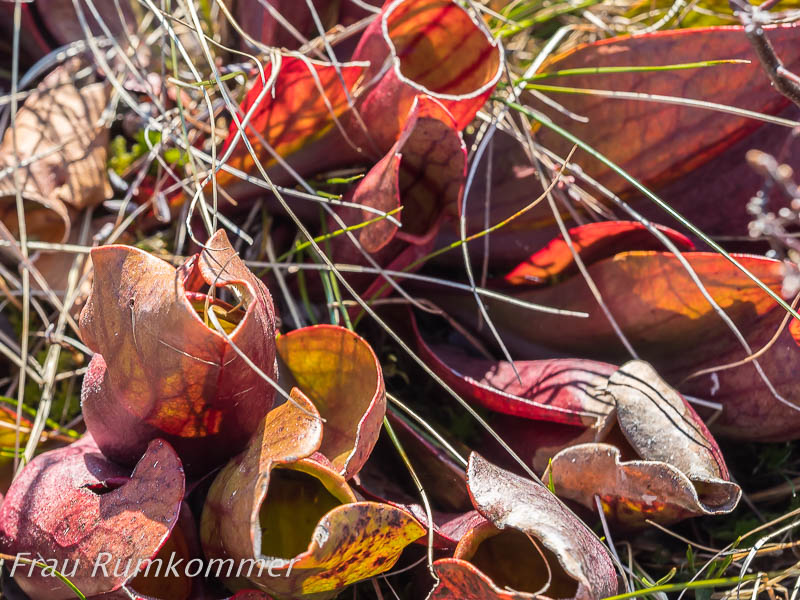
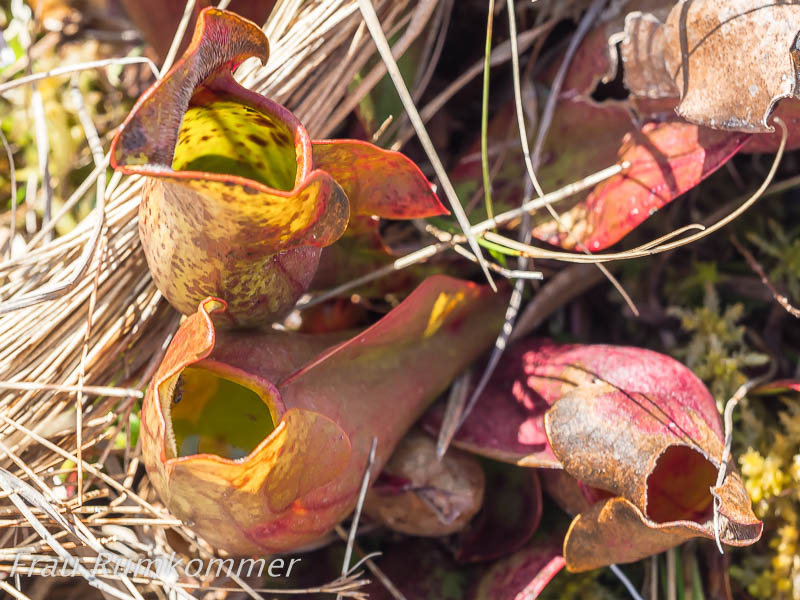
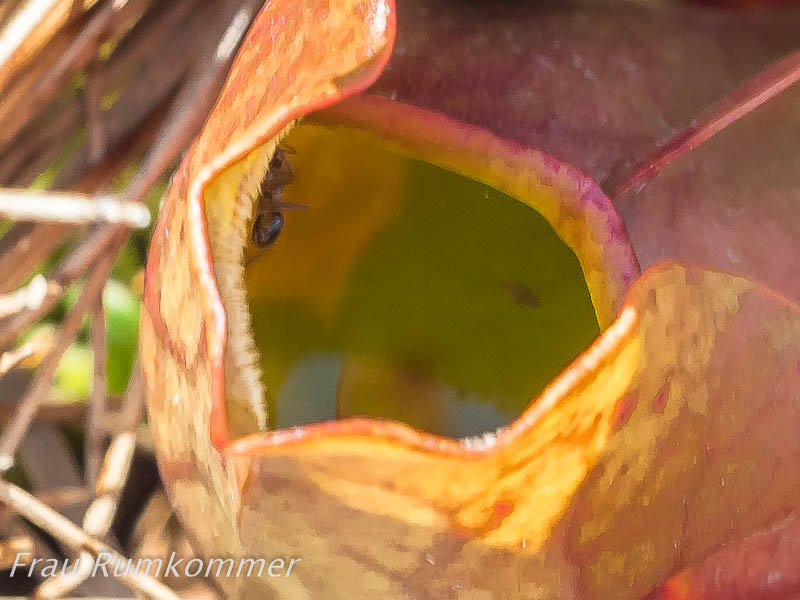
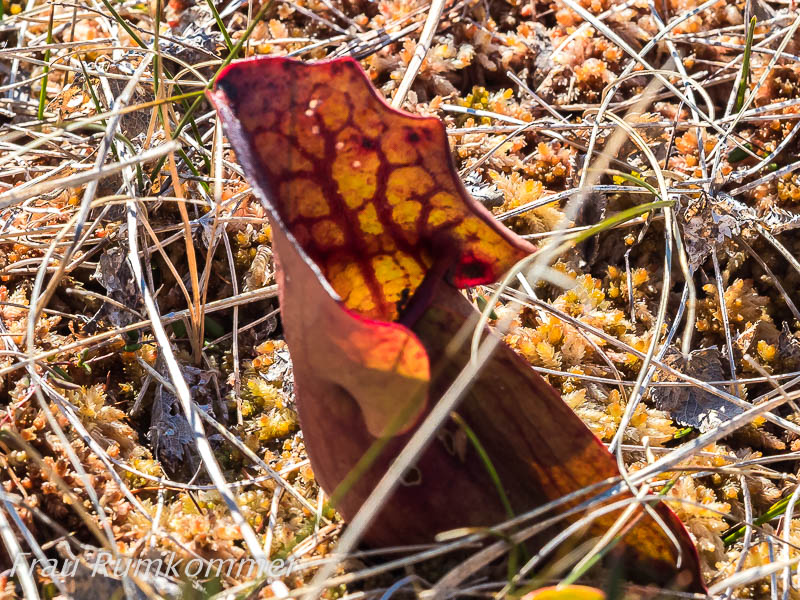
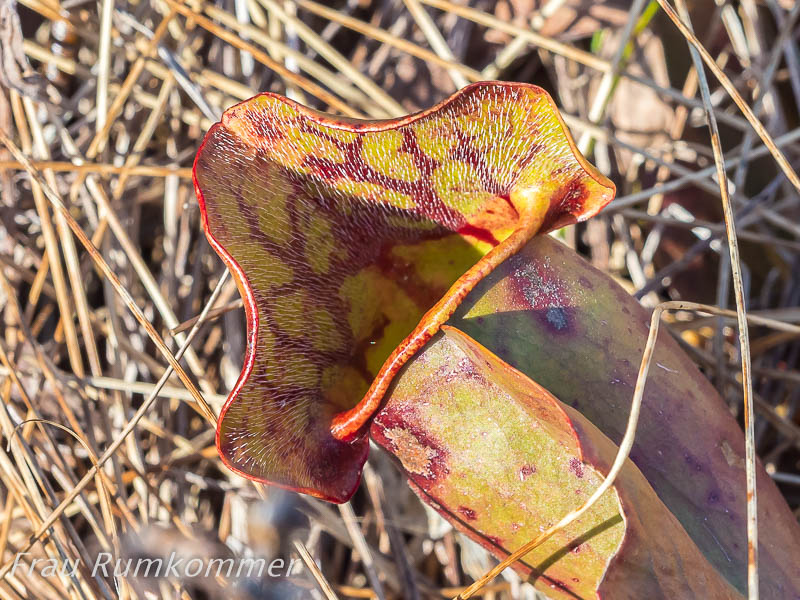
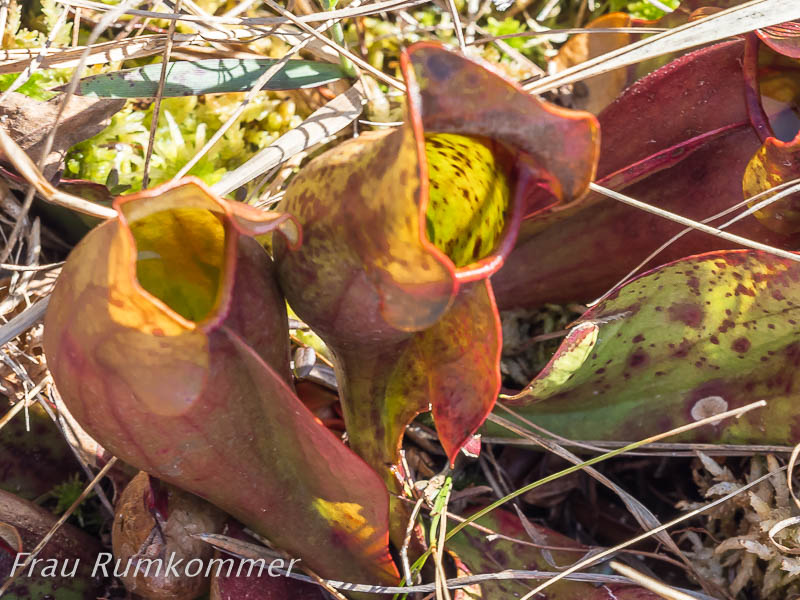
Elch-Alarm
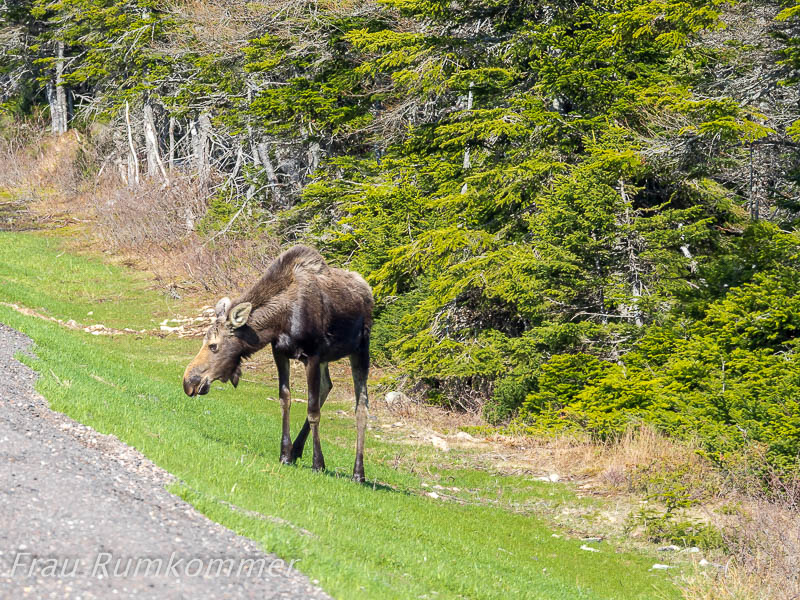
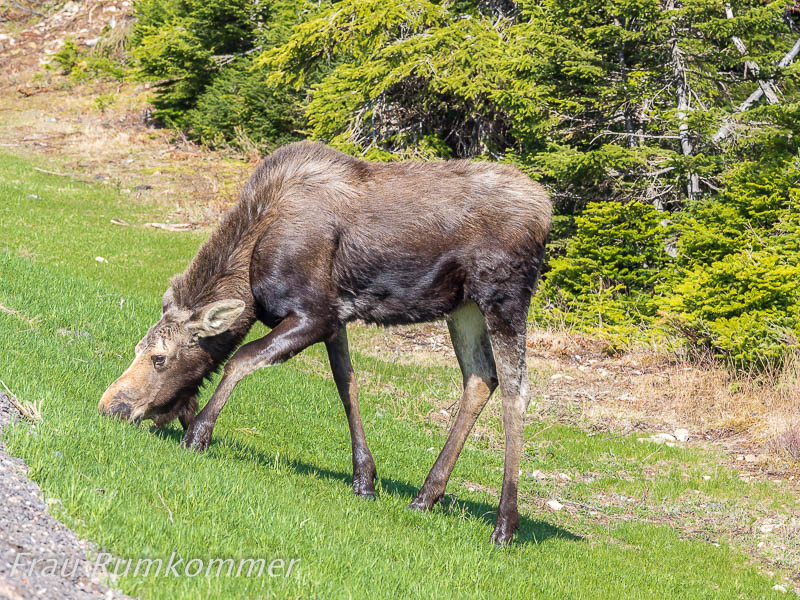
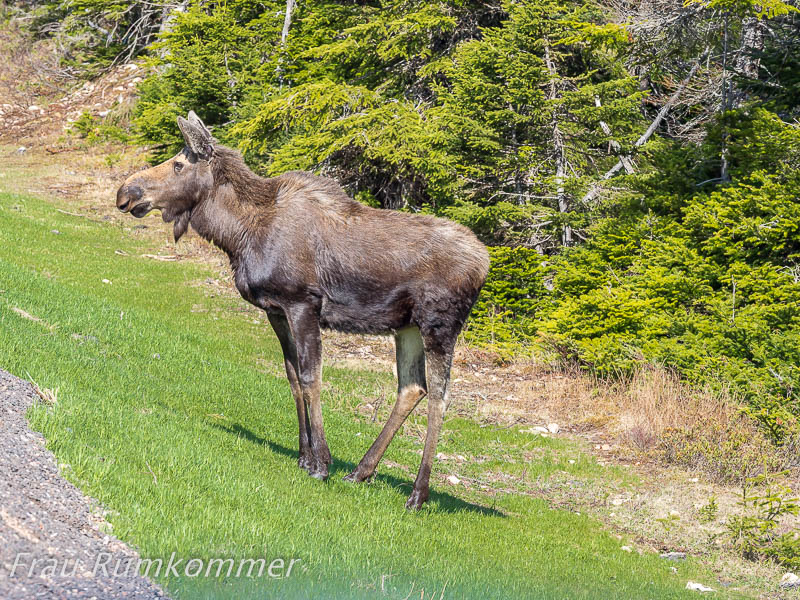

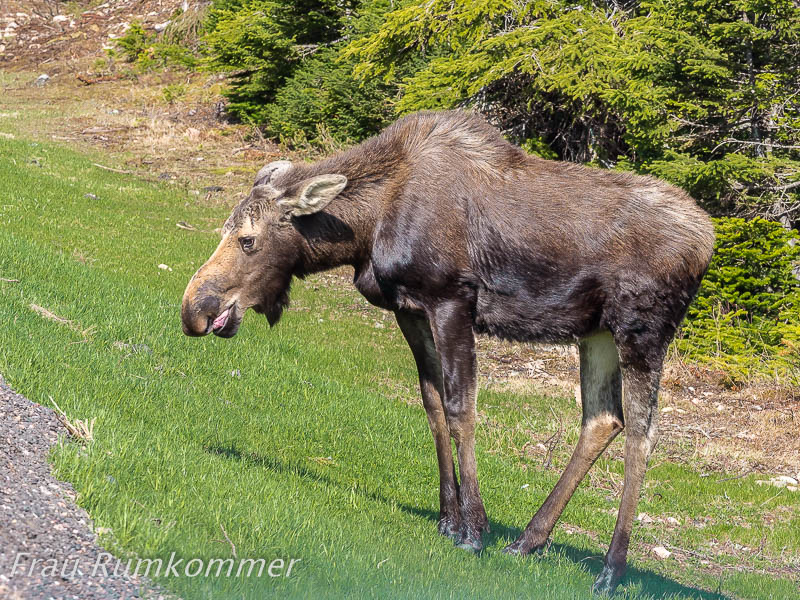
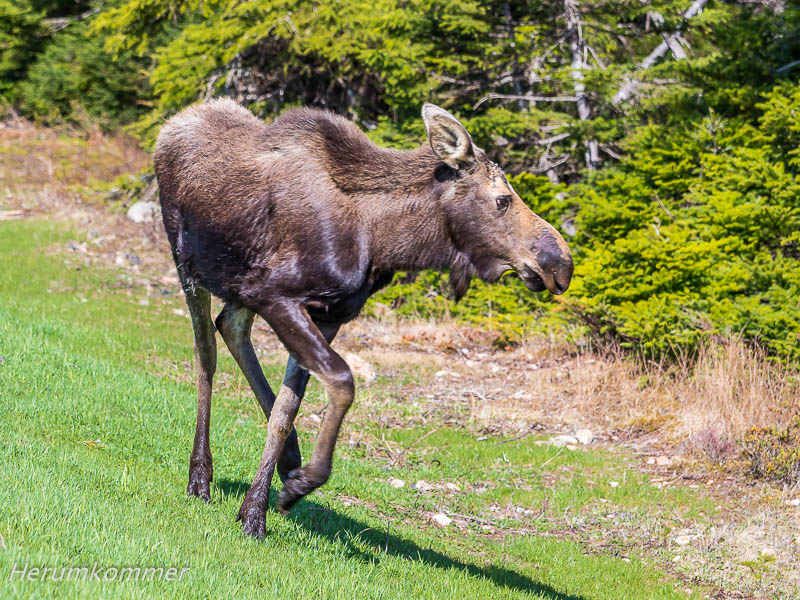
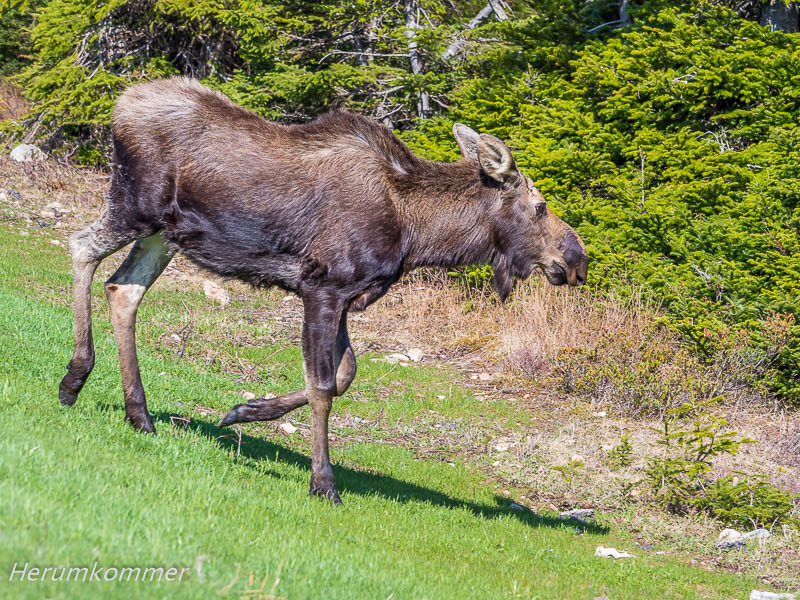
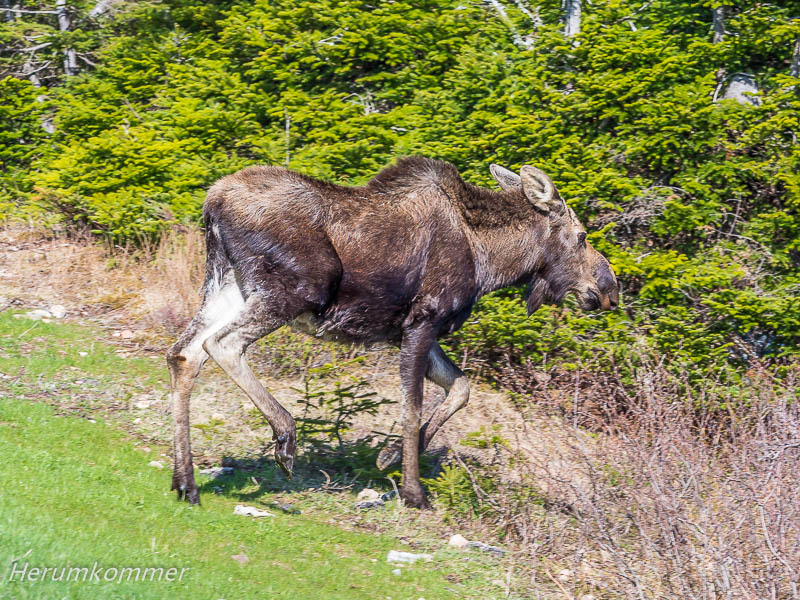
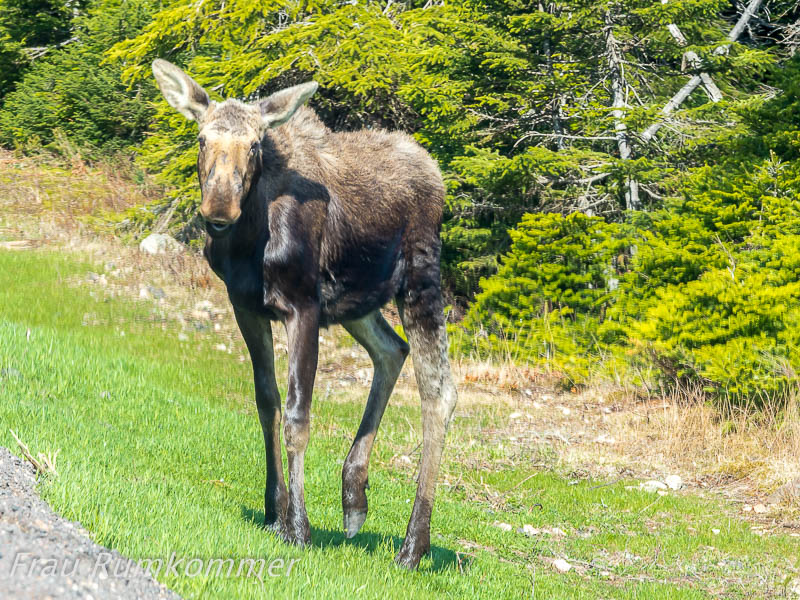
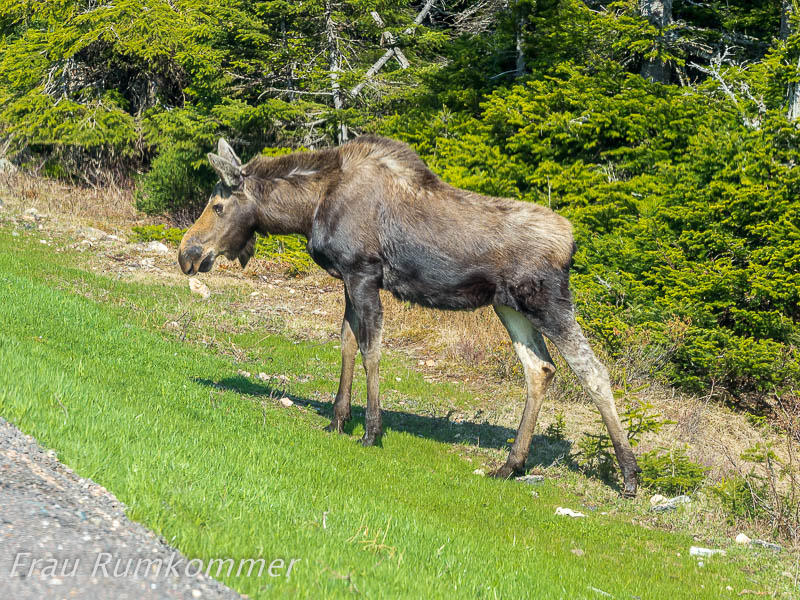
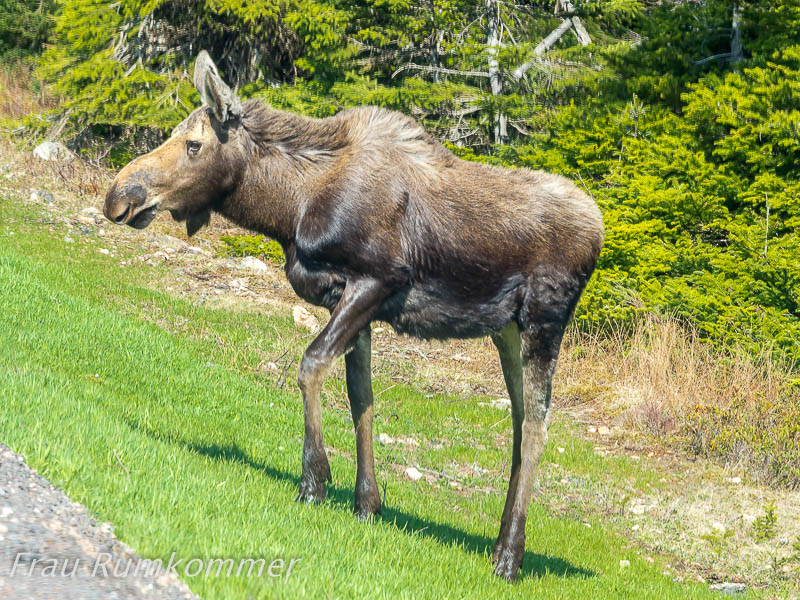
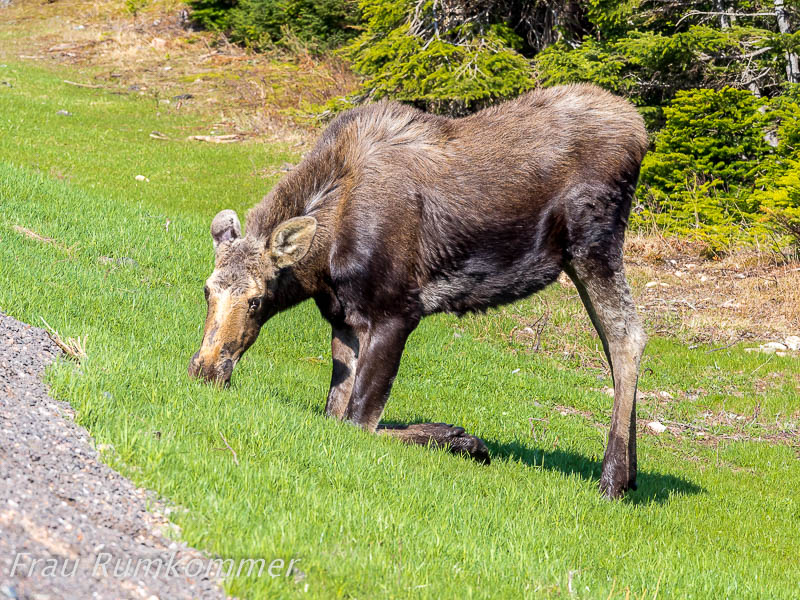
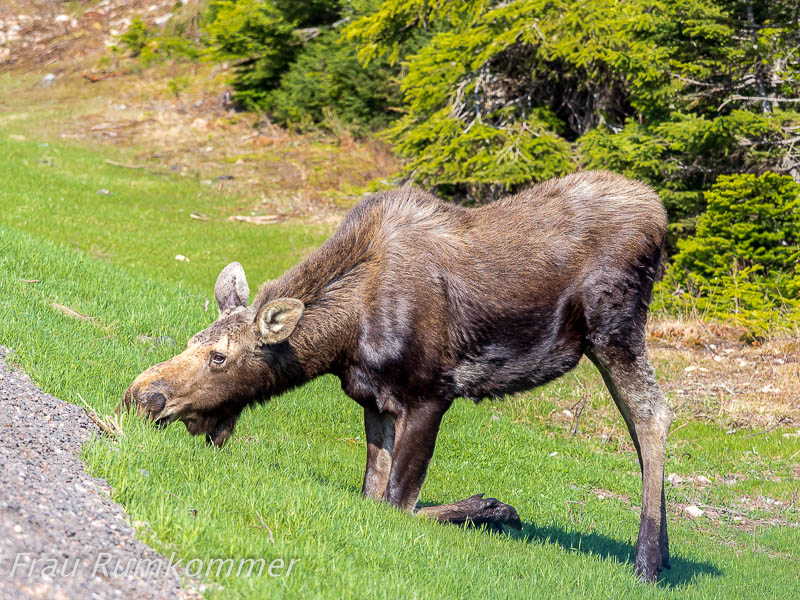
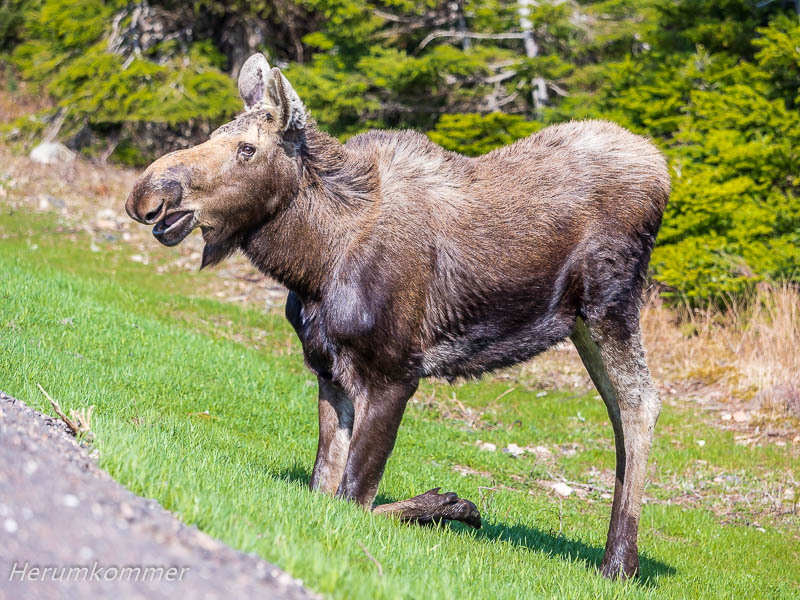
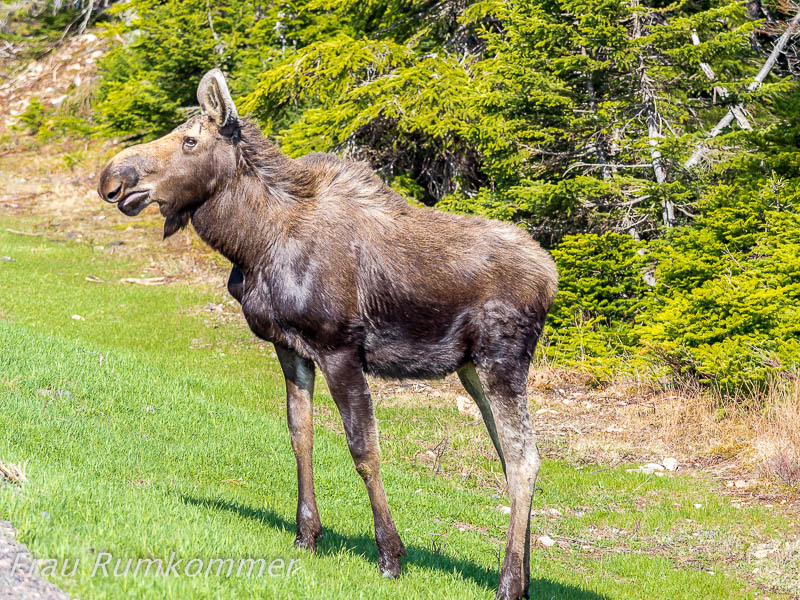
Spätes Frühlingserwachen
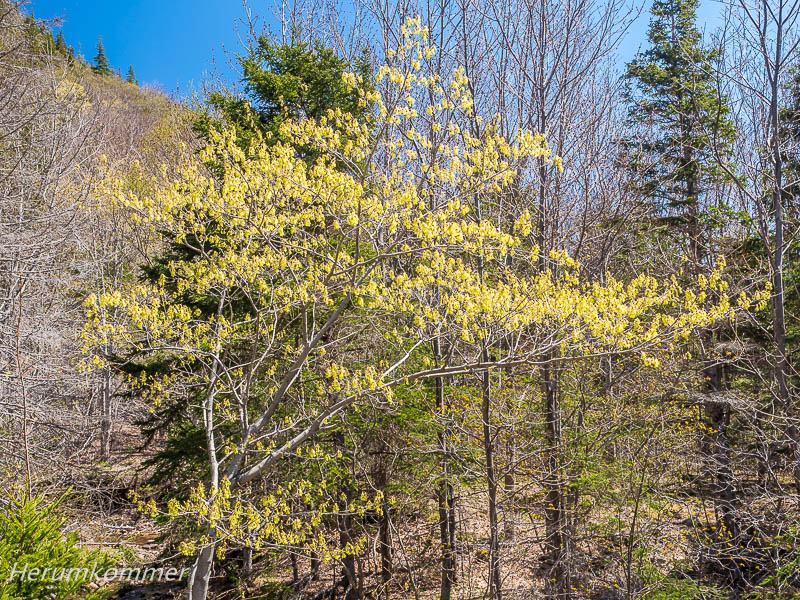
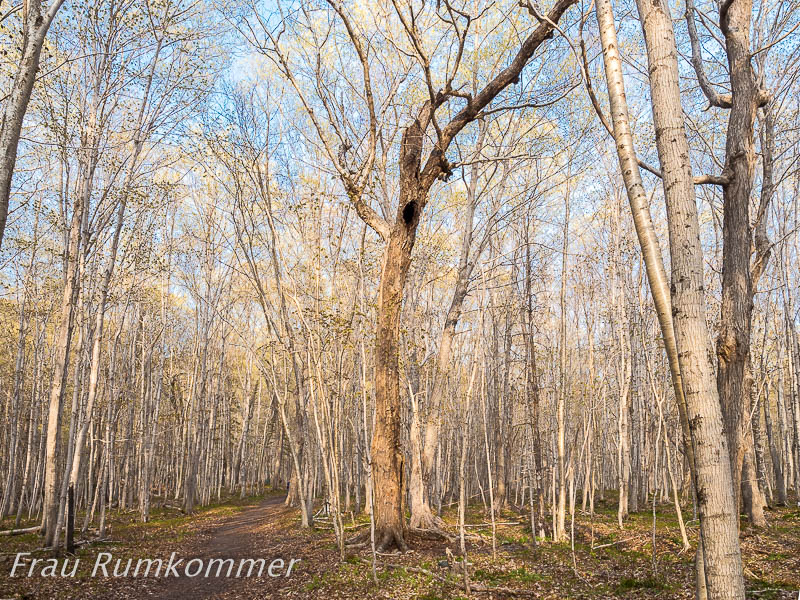

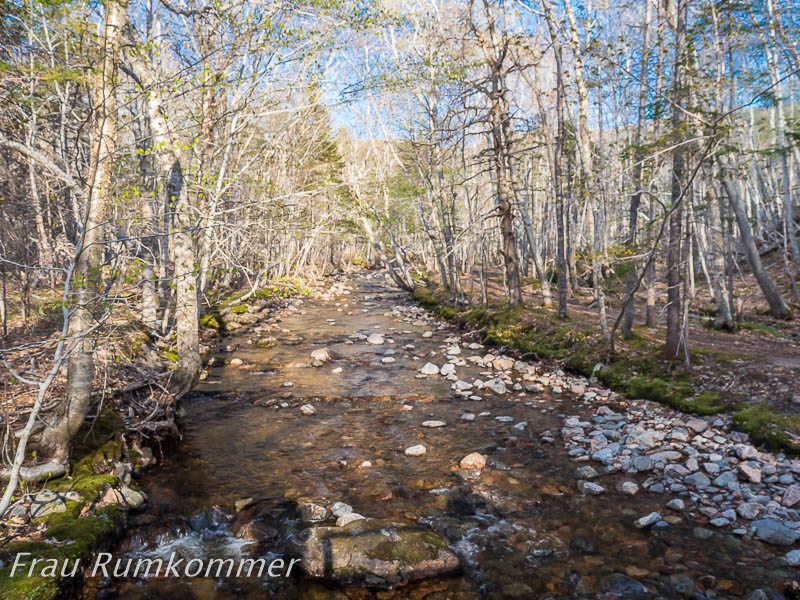
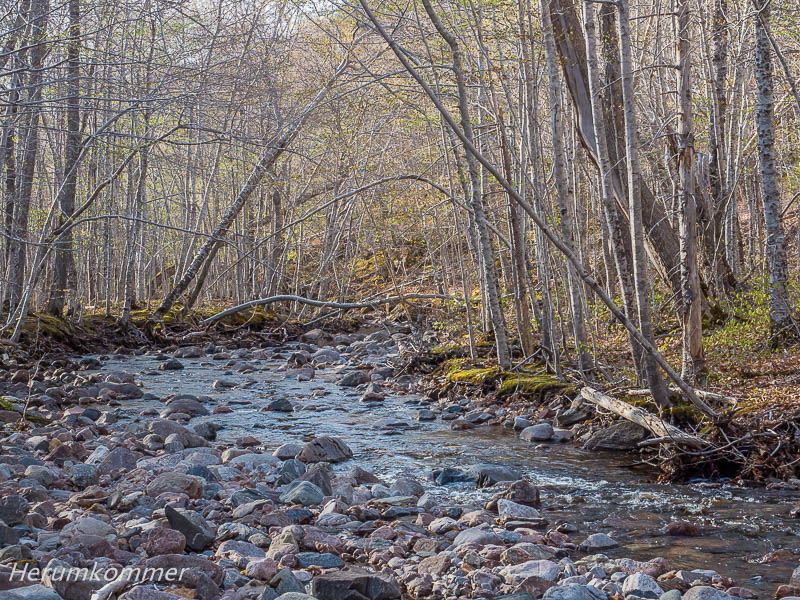
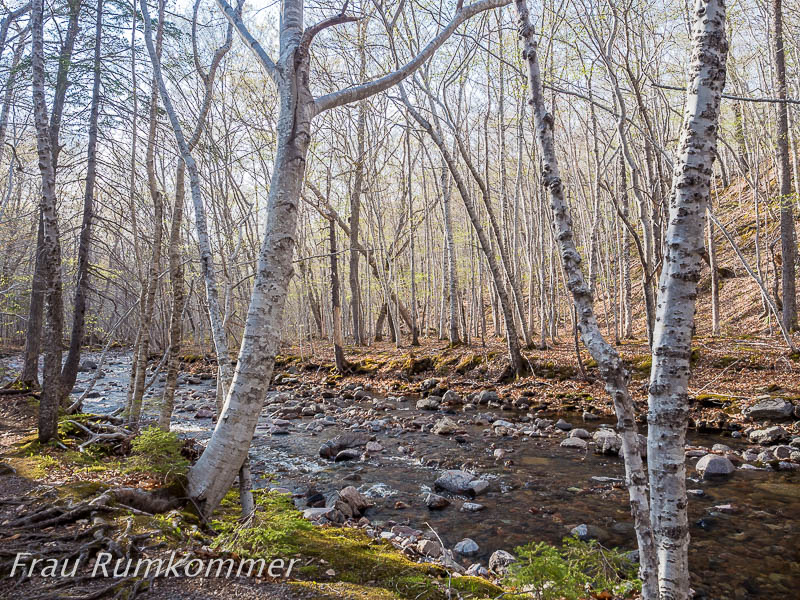
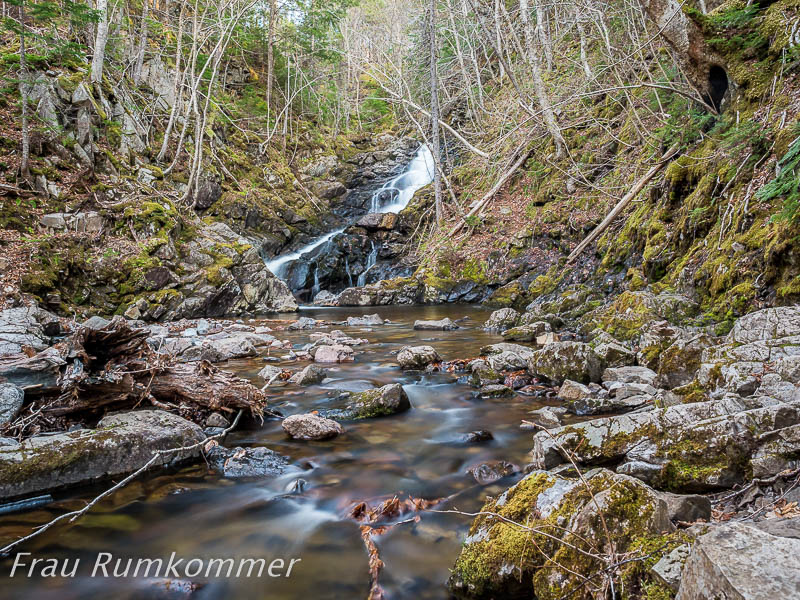
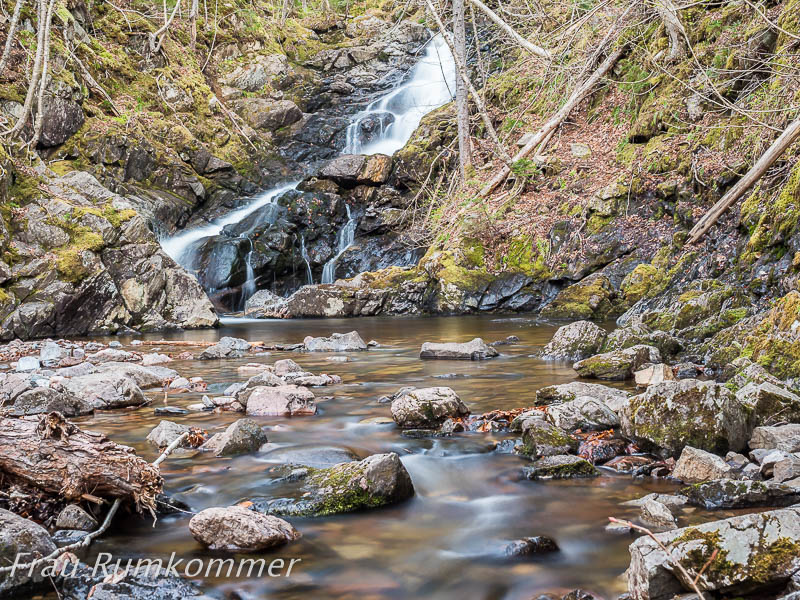
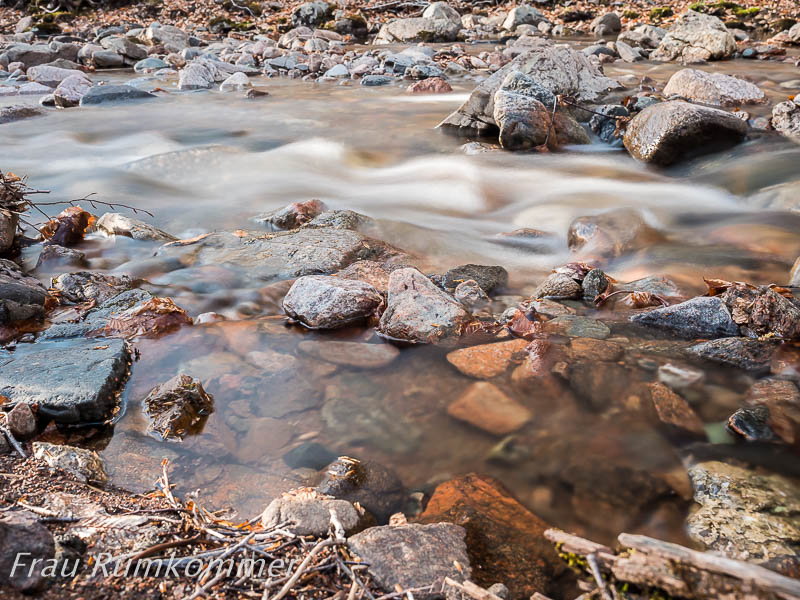
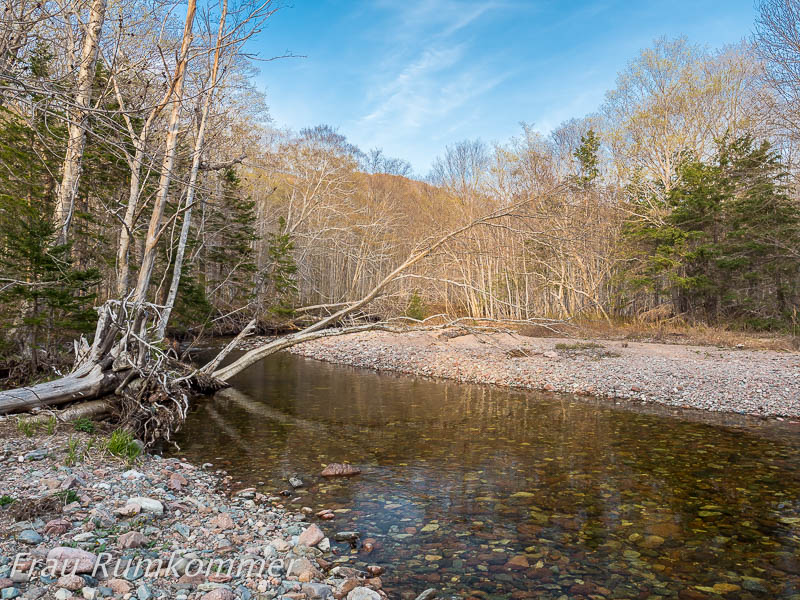
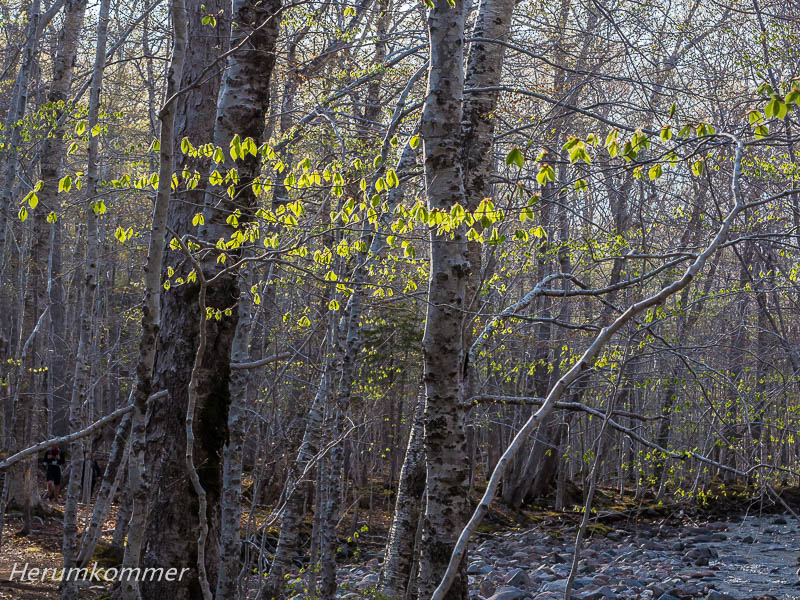
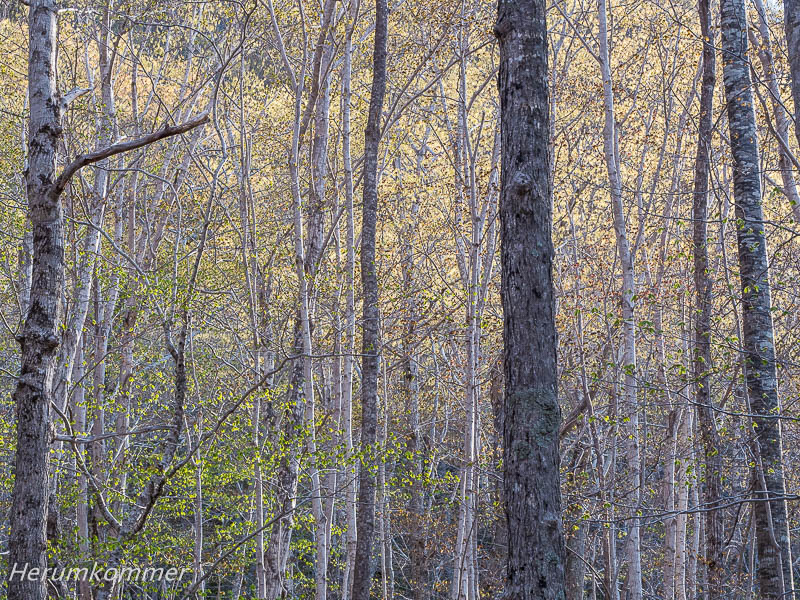
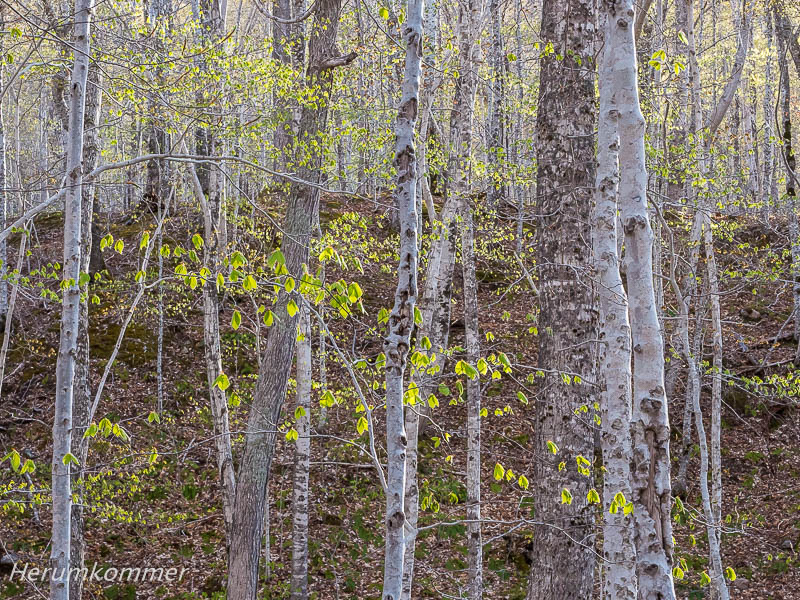

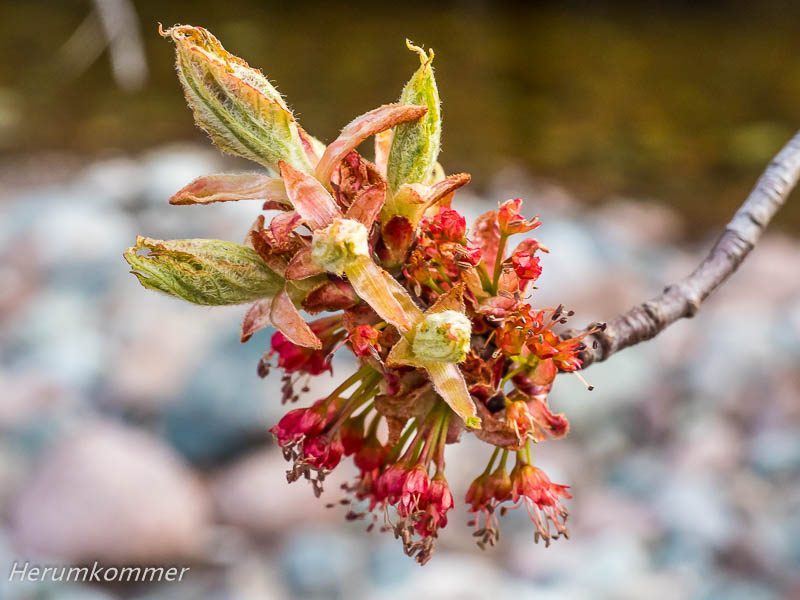
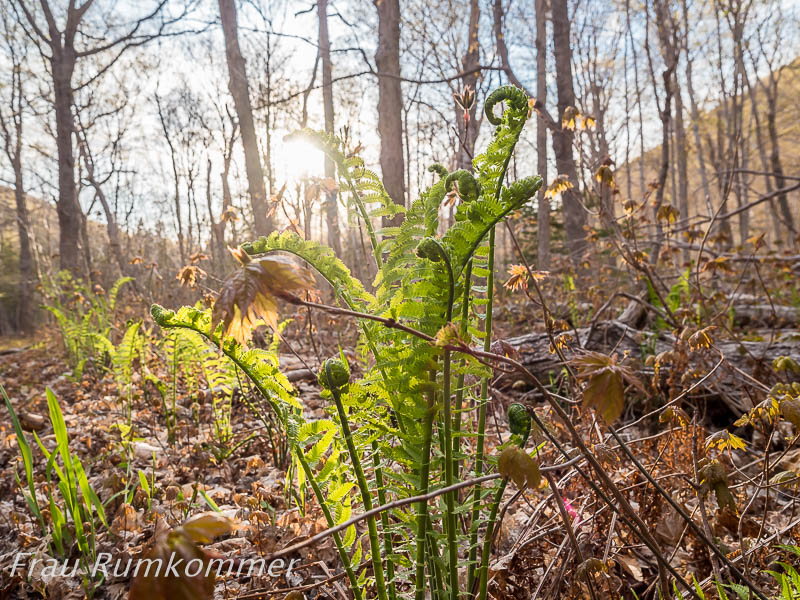
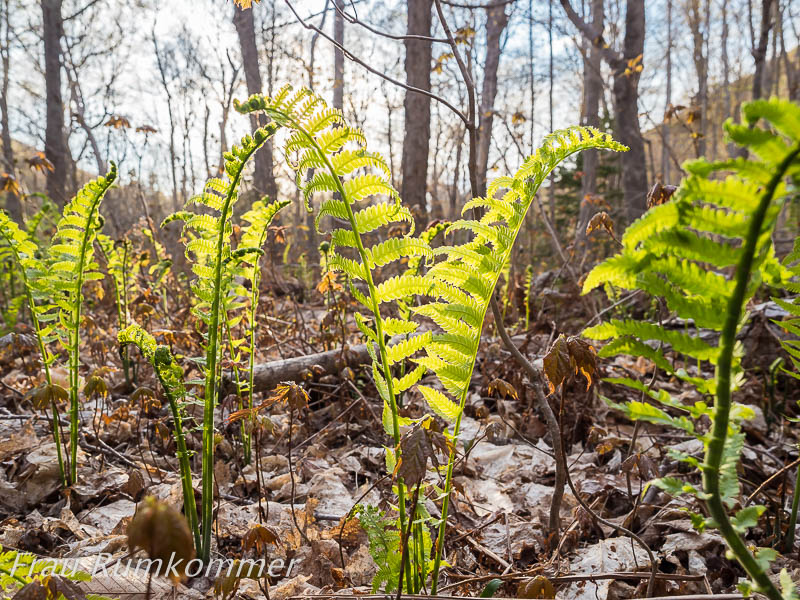
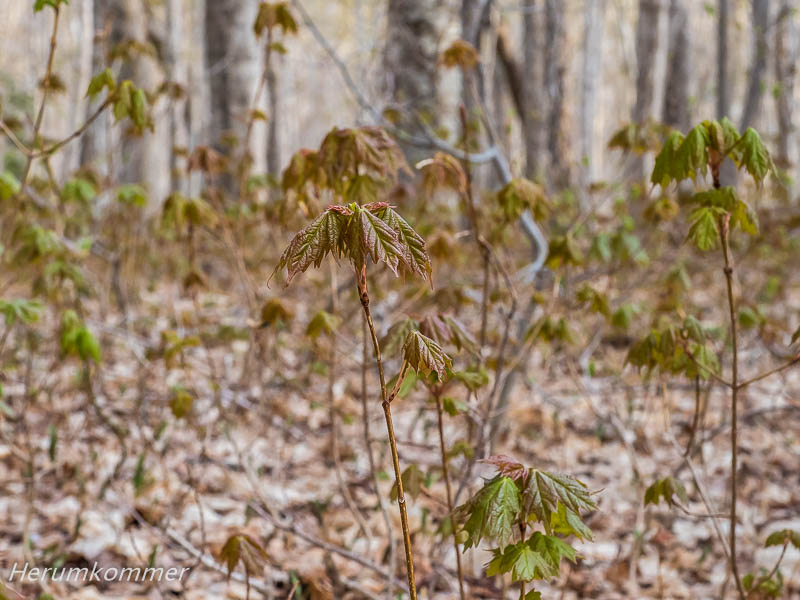
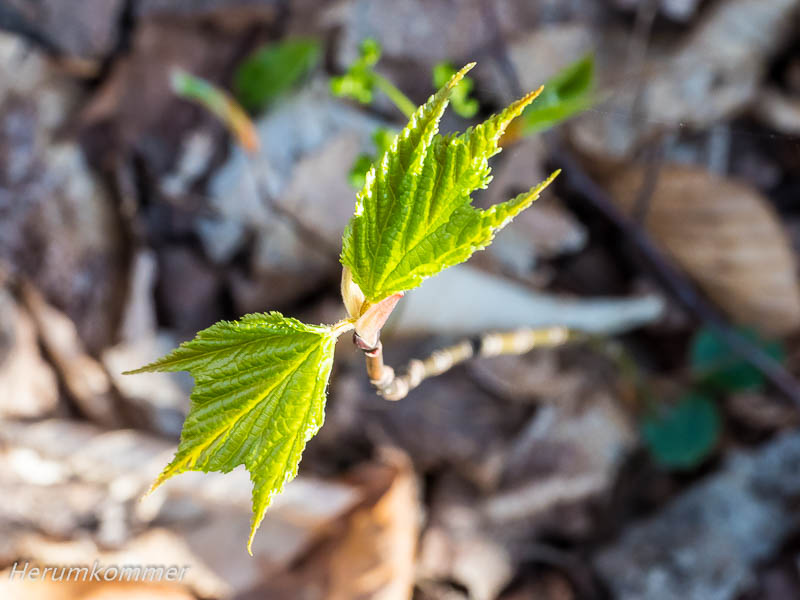
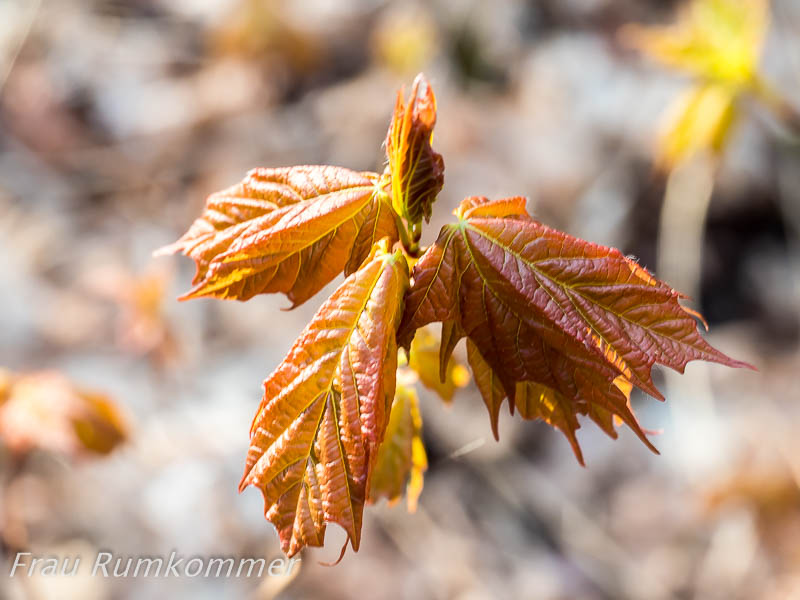
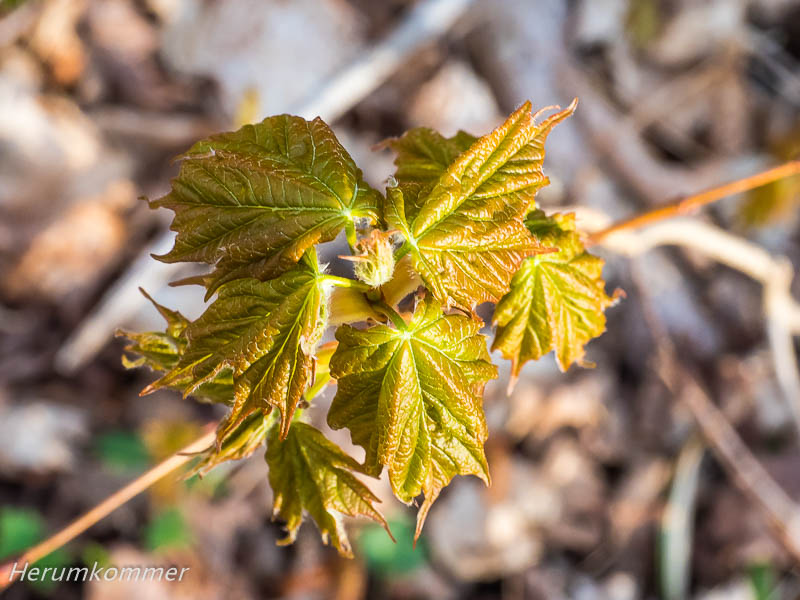
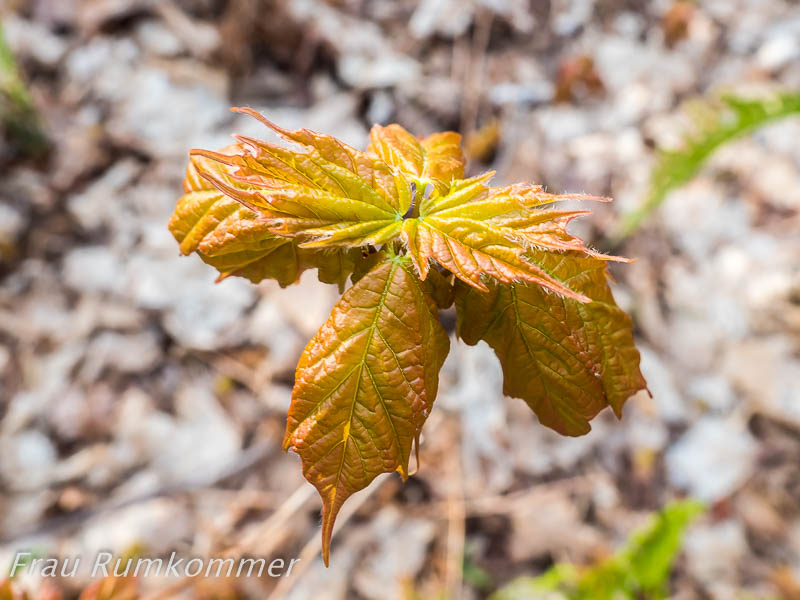
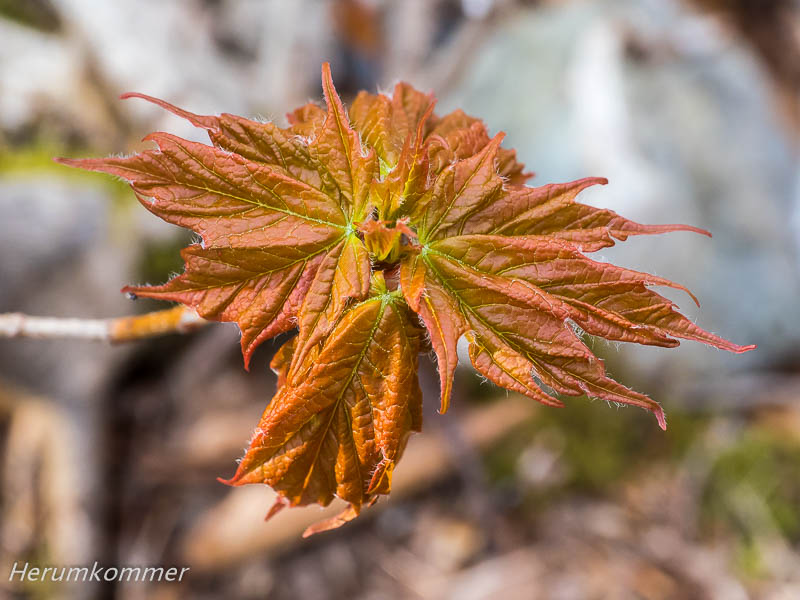
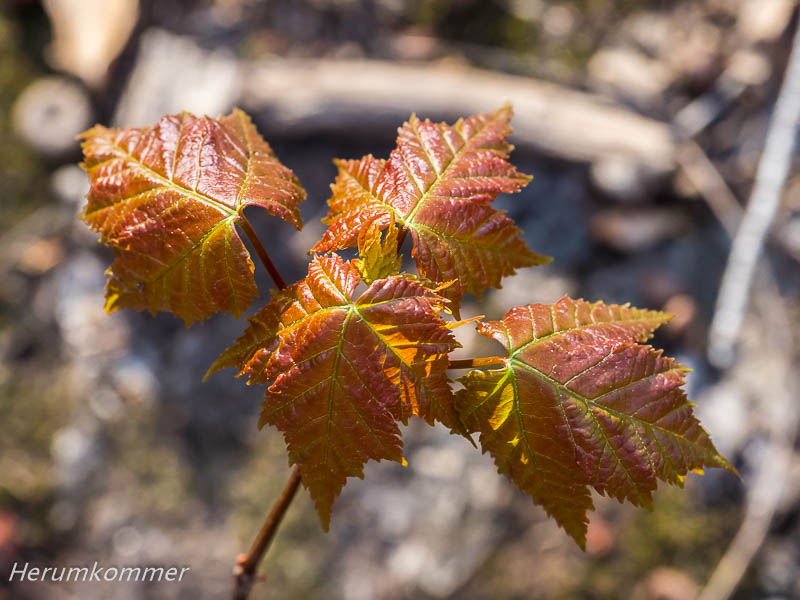
Ostküste von Trail und Nationalpark
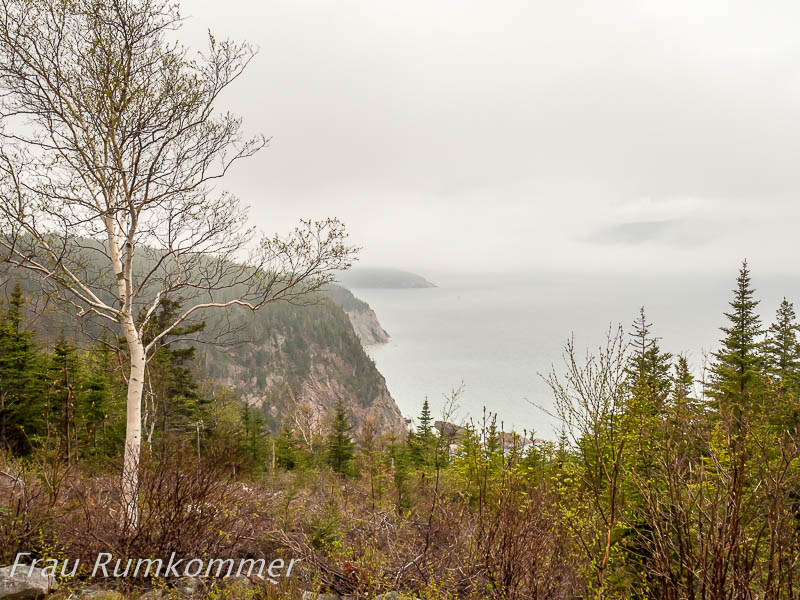
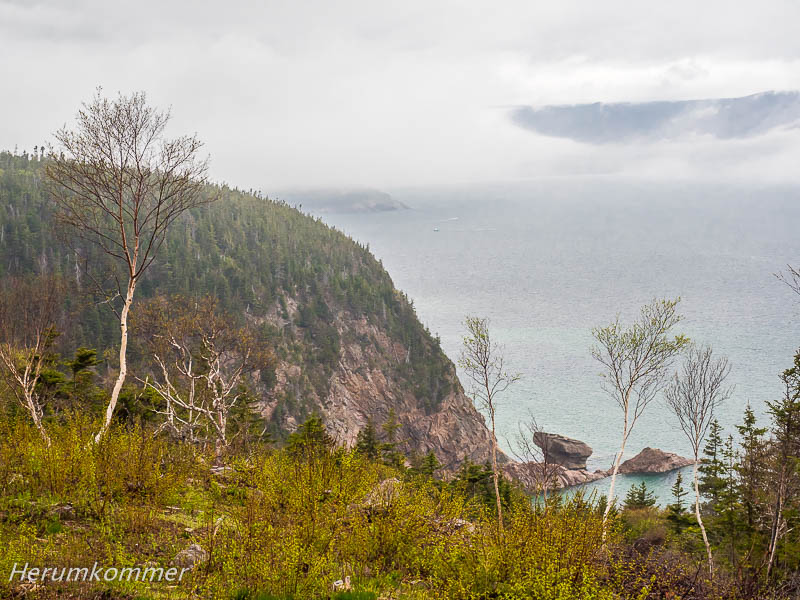
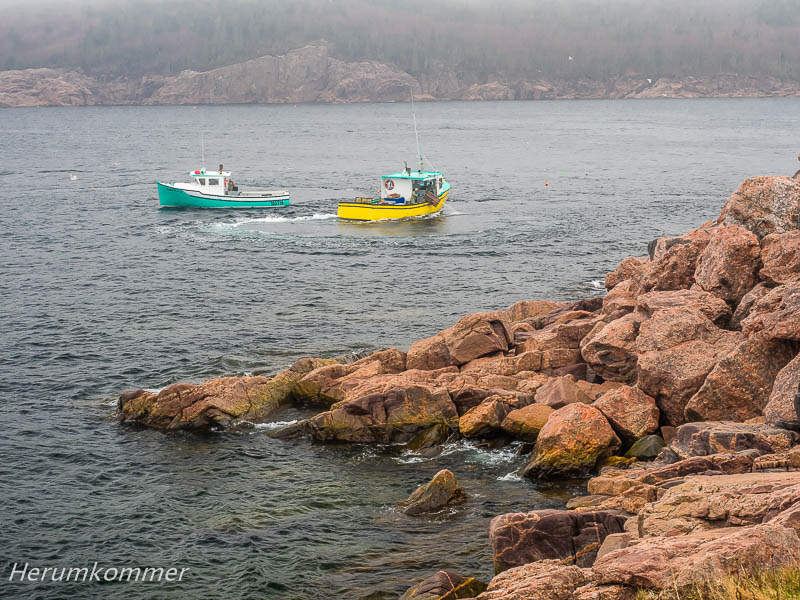
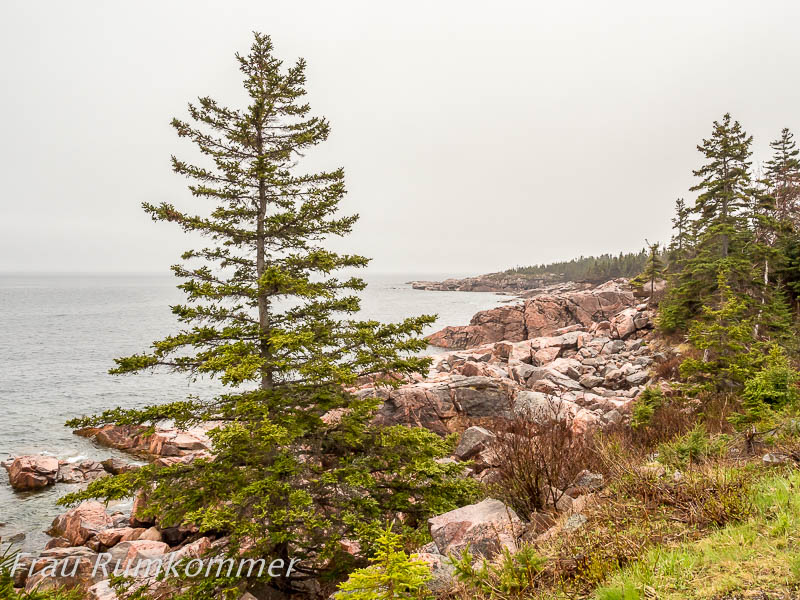
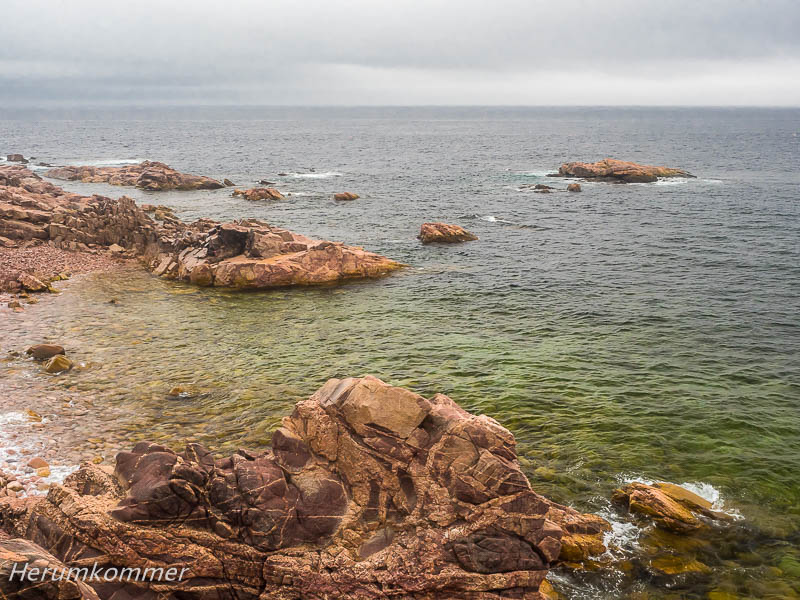
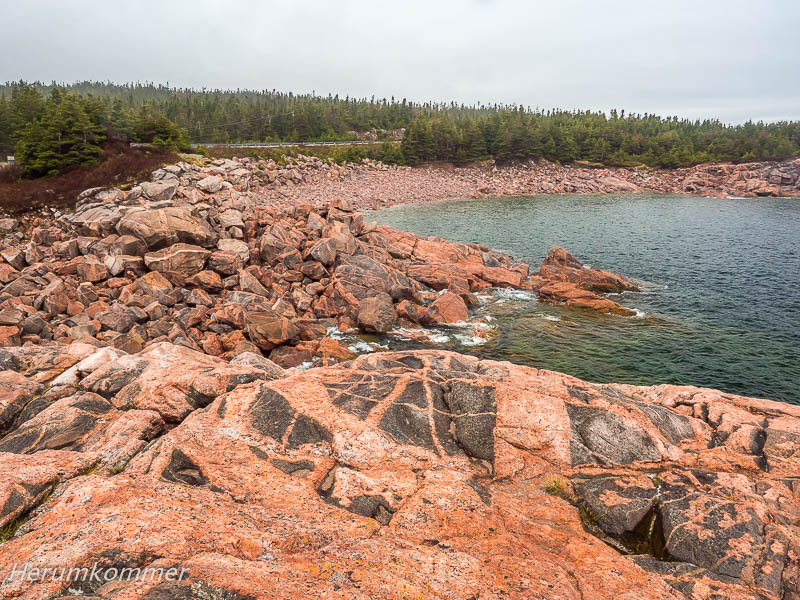
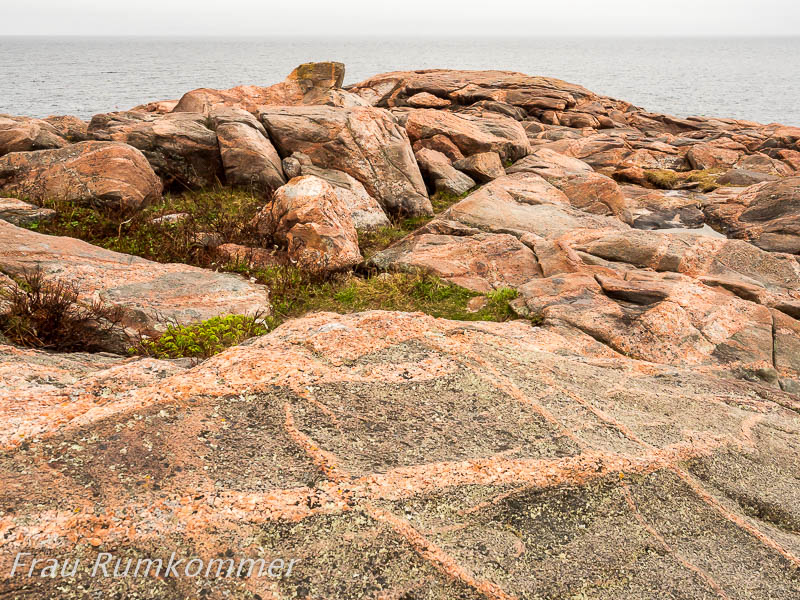
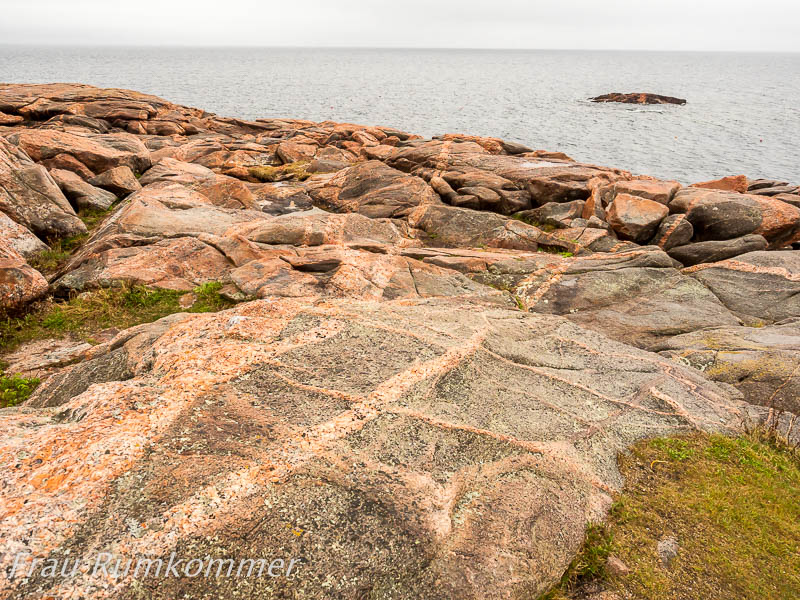
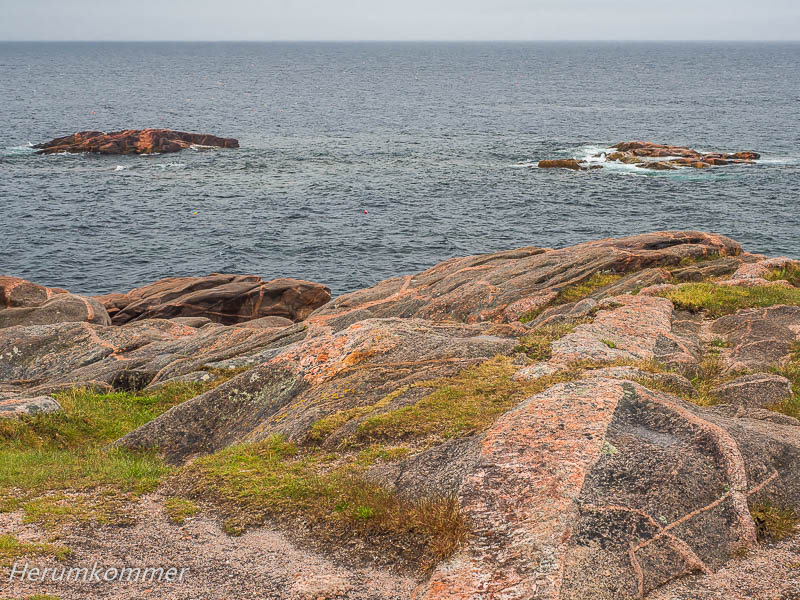
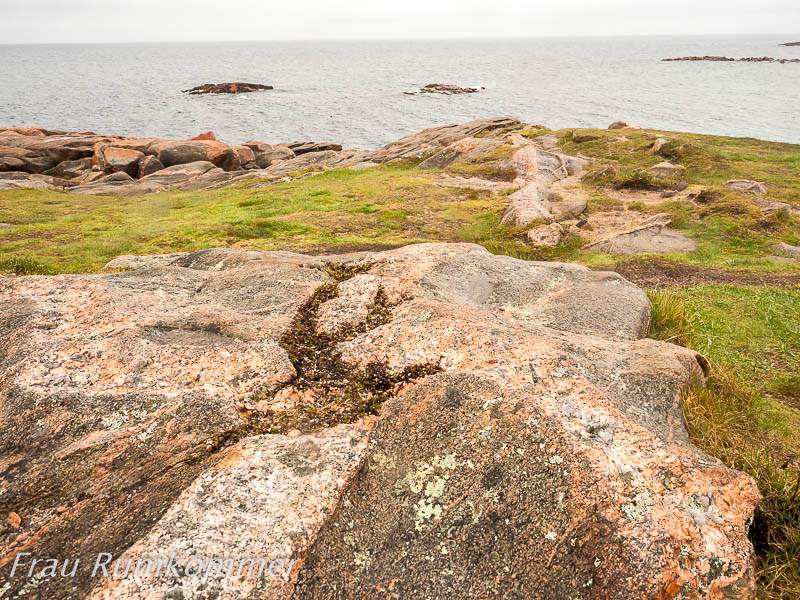
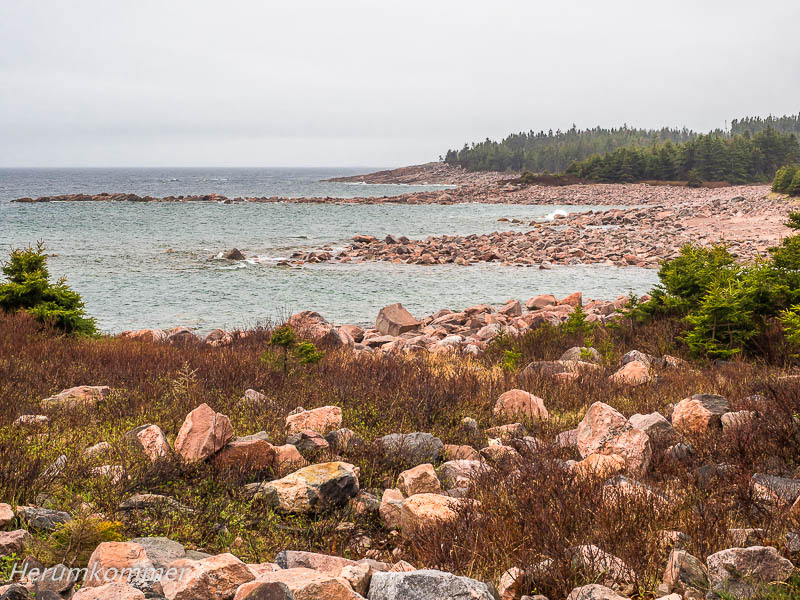
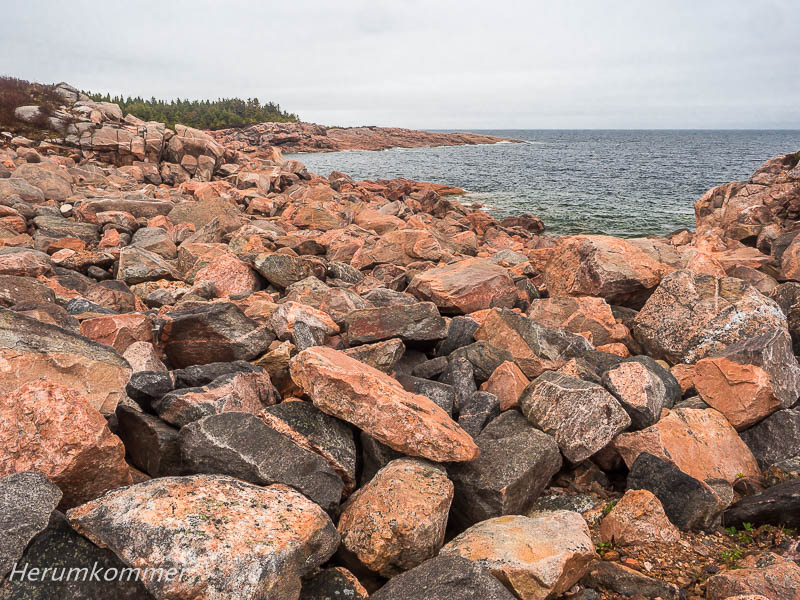
Am Leuchttum Louisbourg
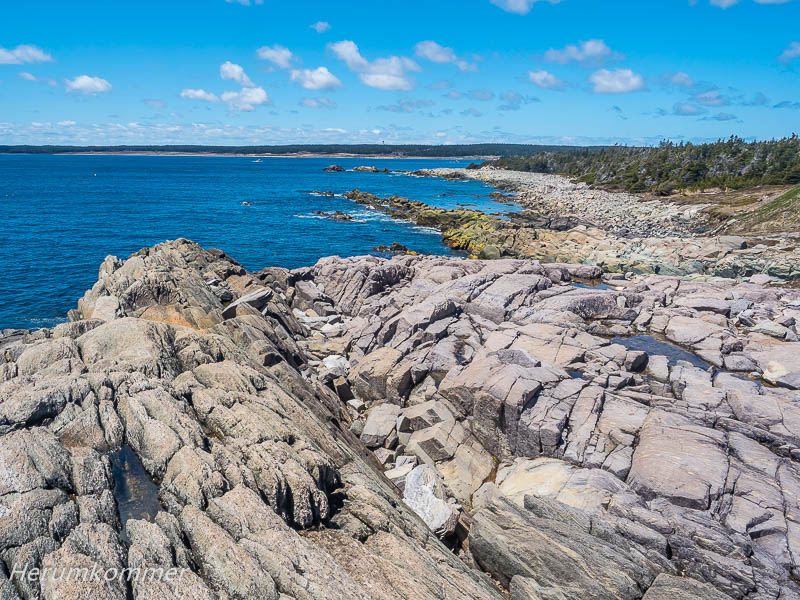
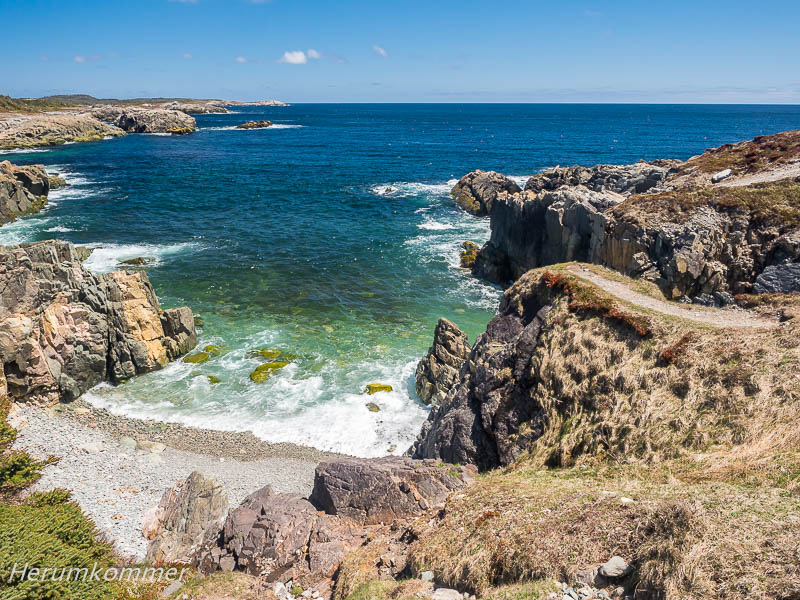
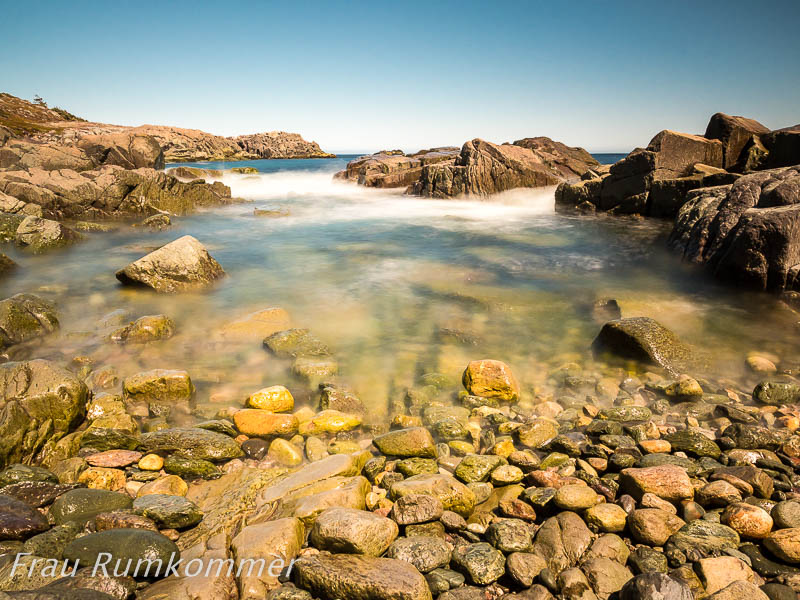
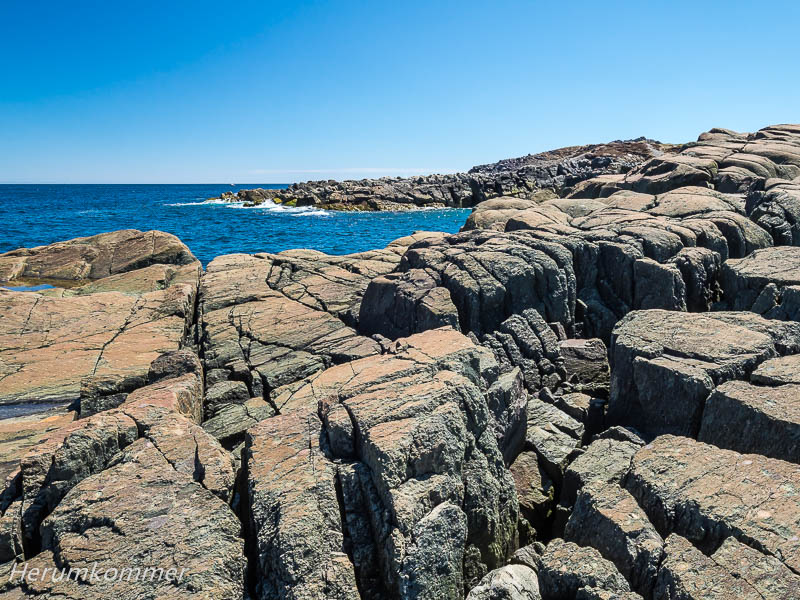
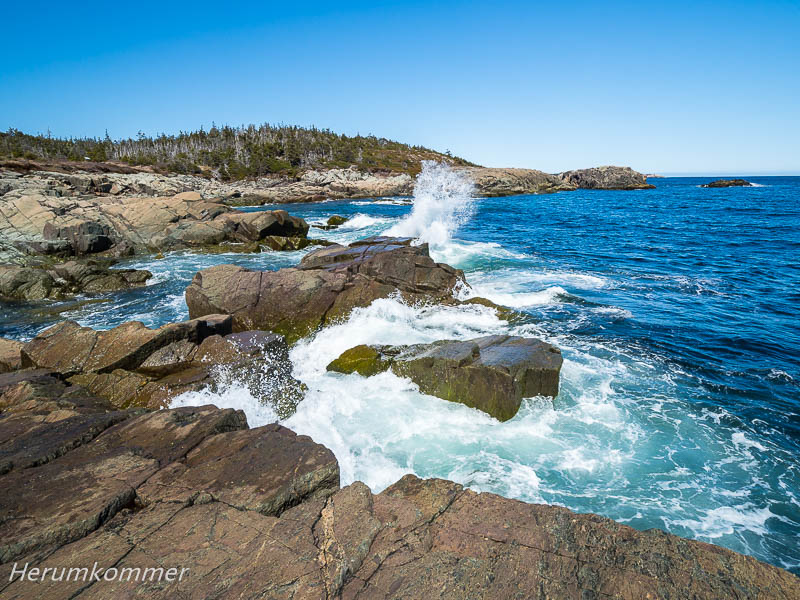
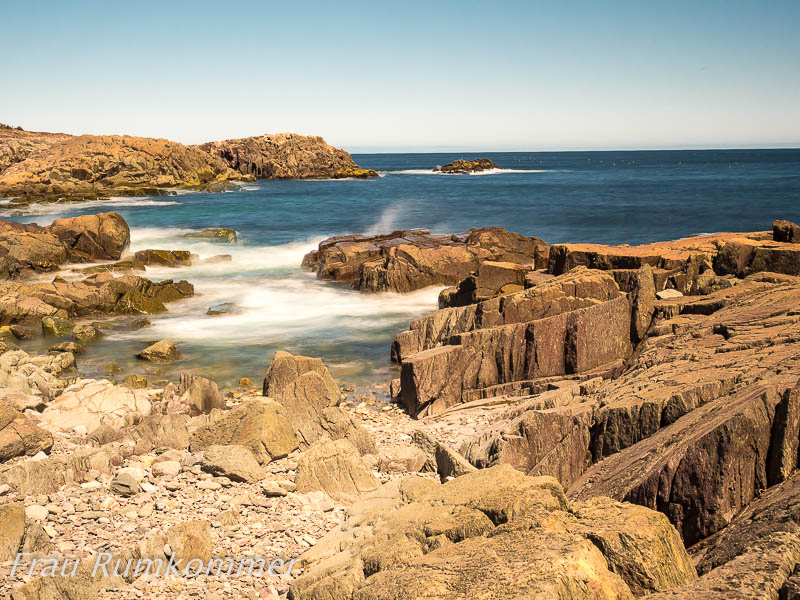
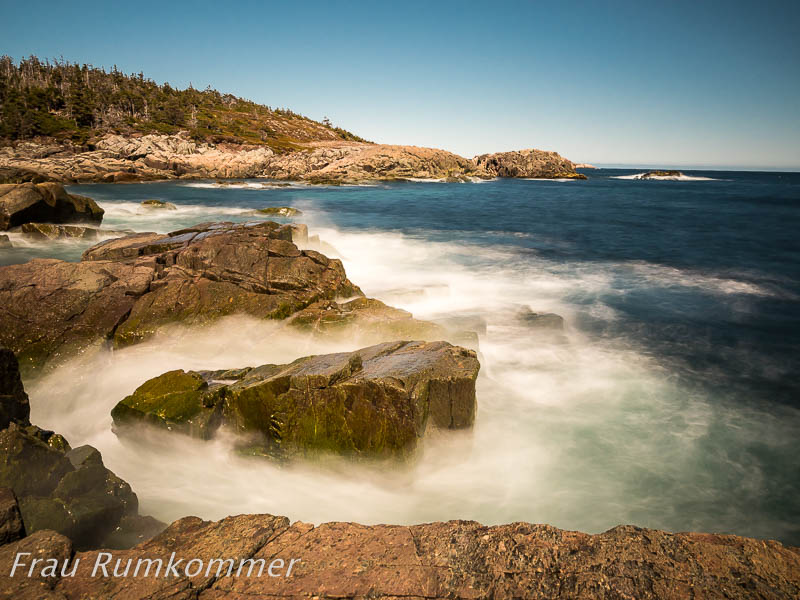
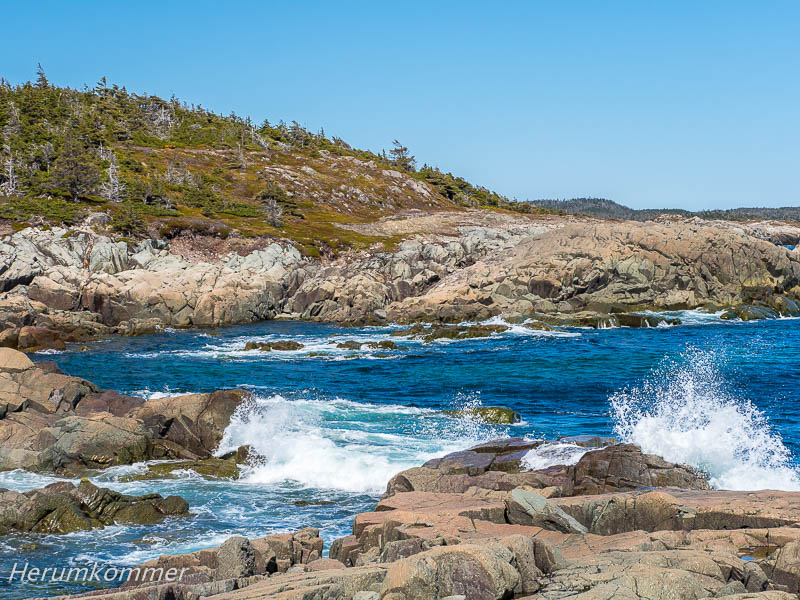
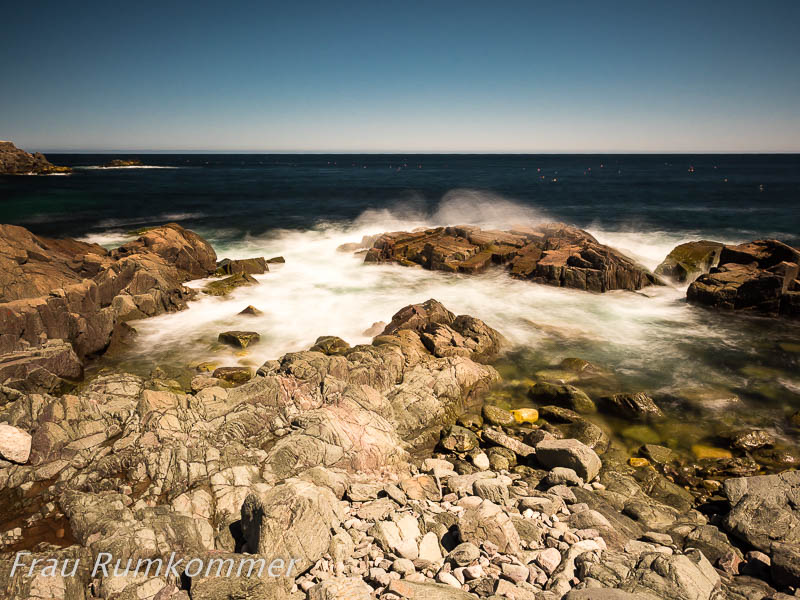
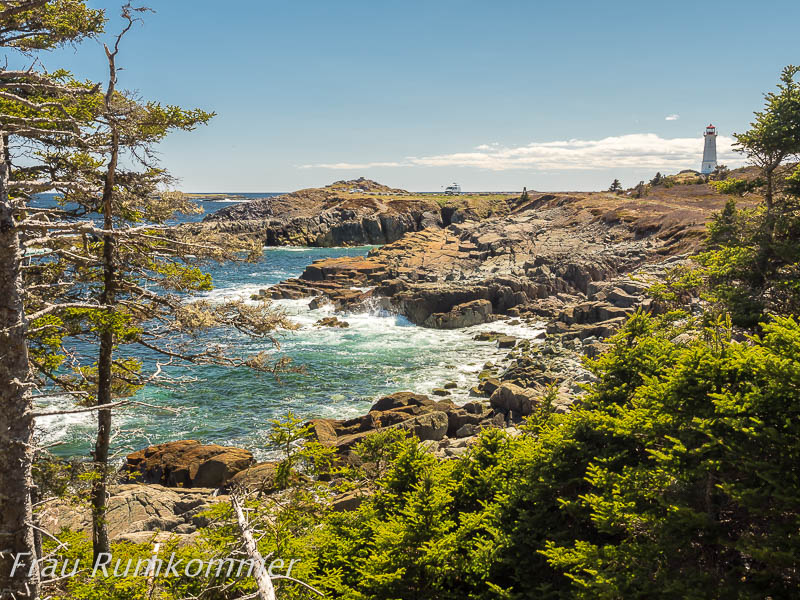
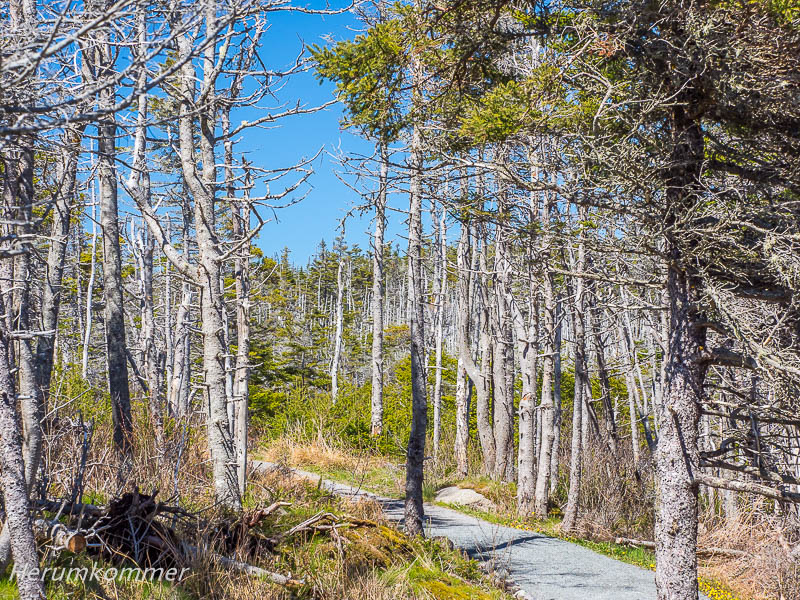
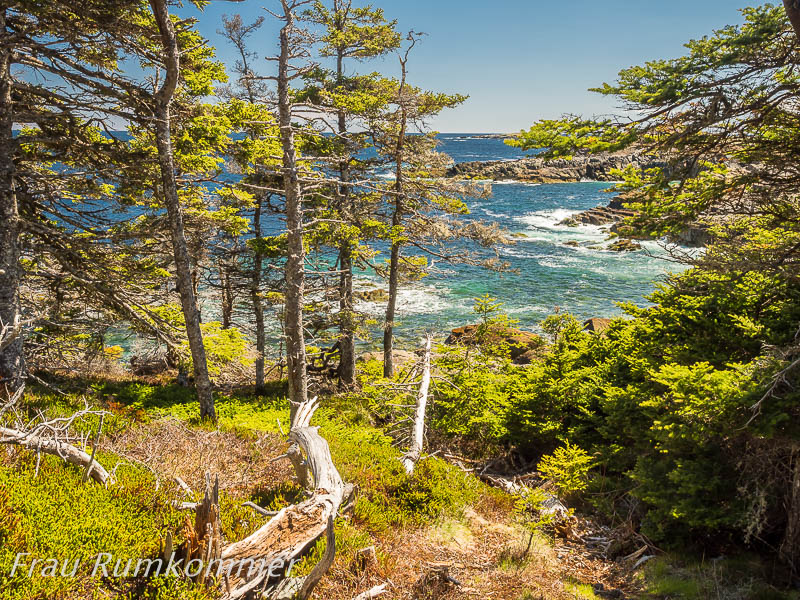
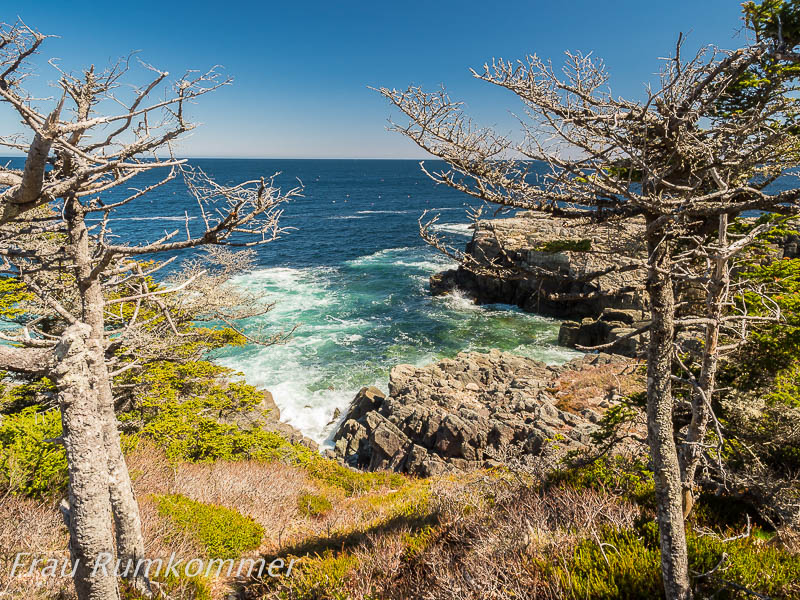
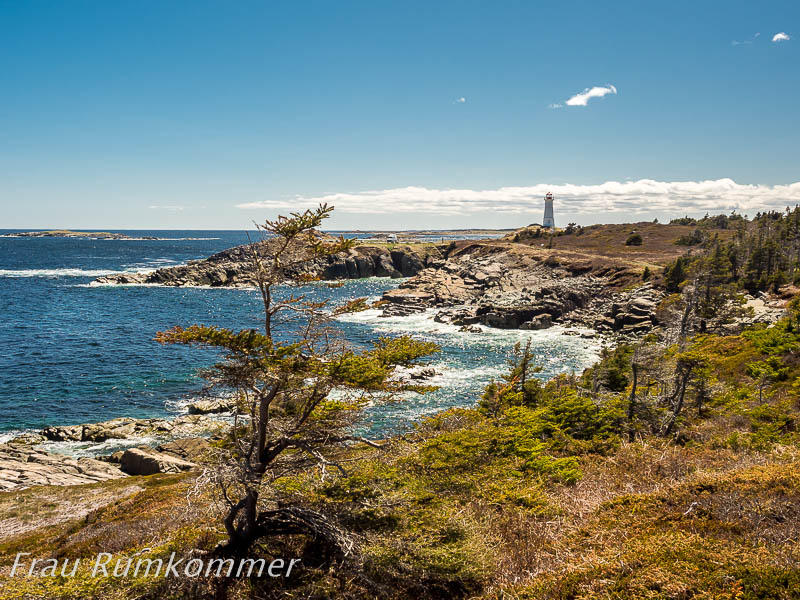
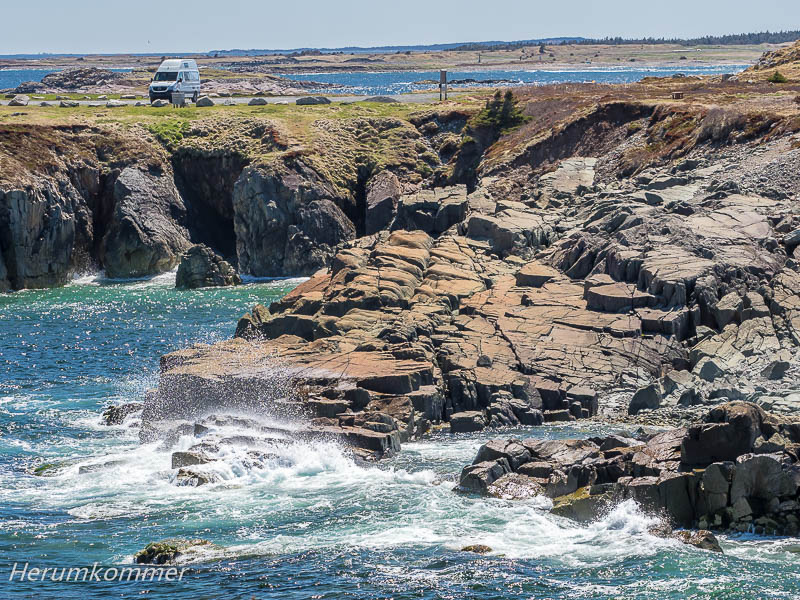
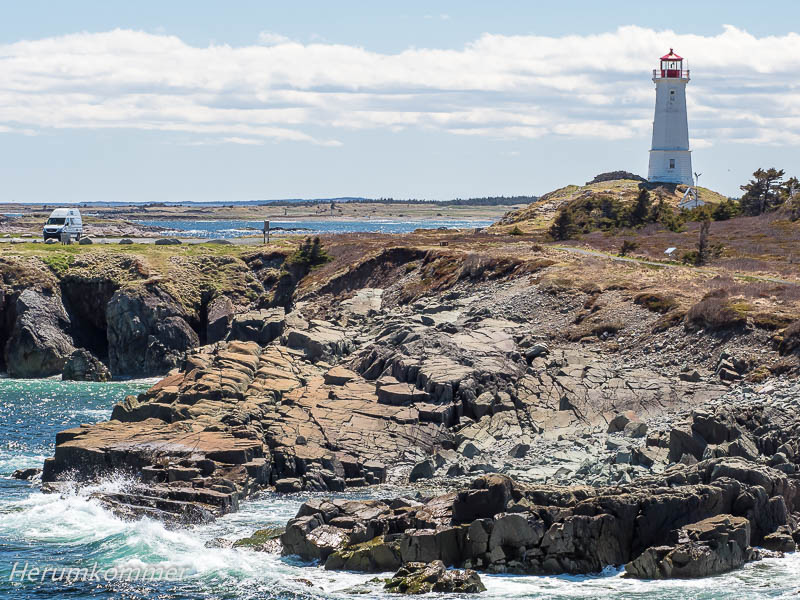
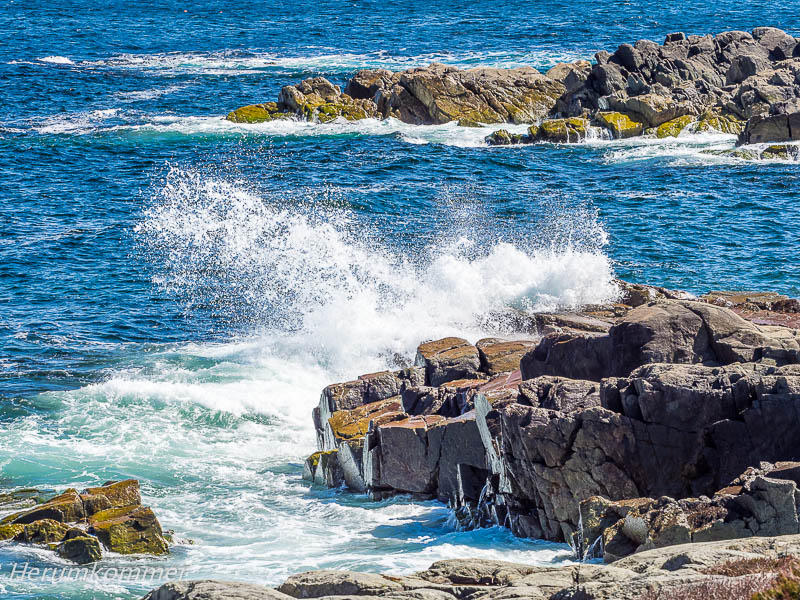
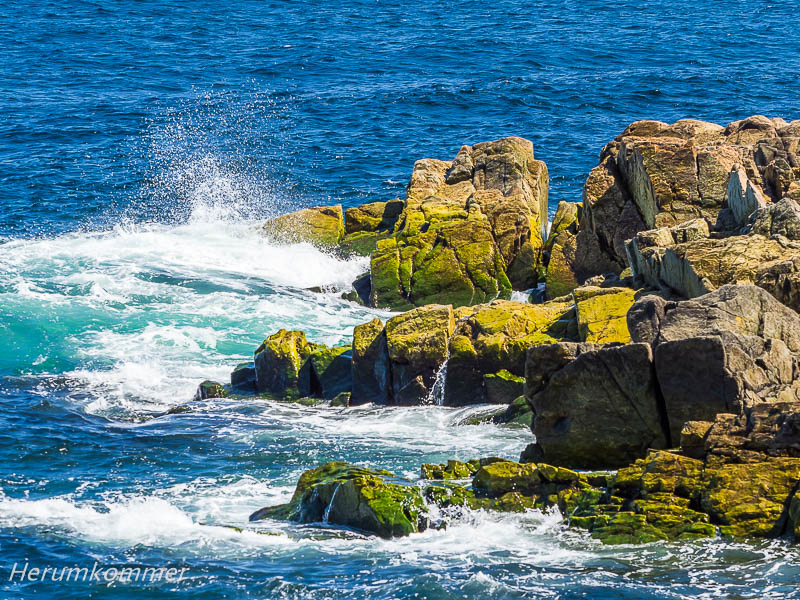
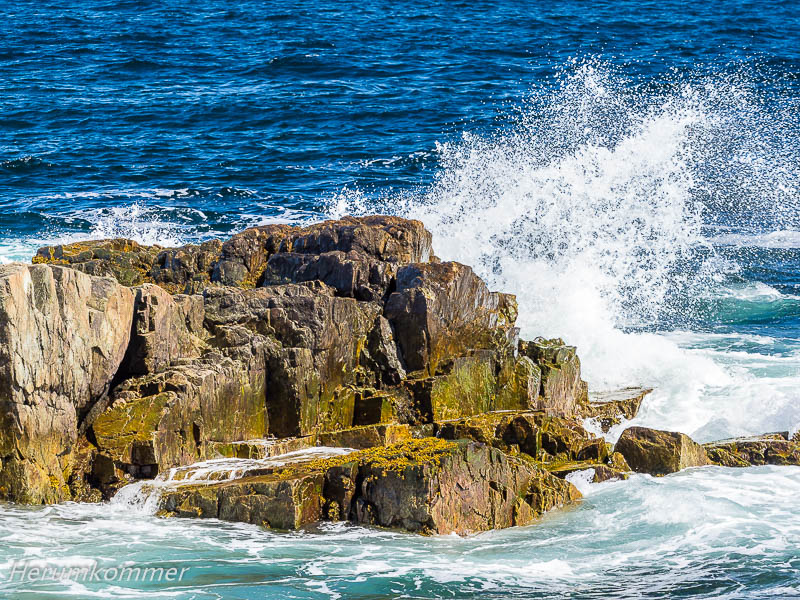
Wildwechsel
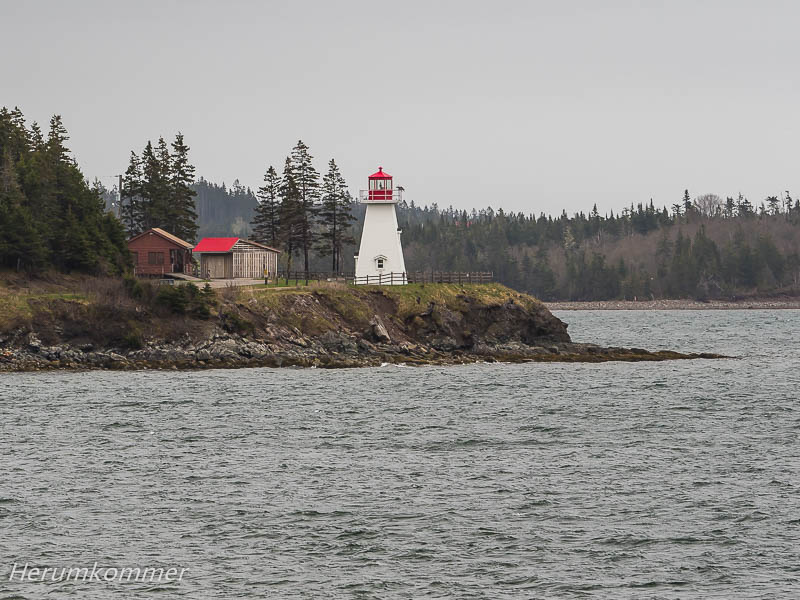
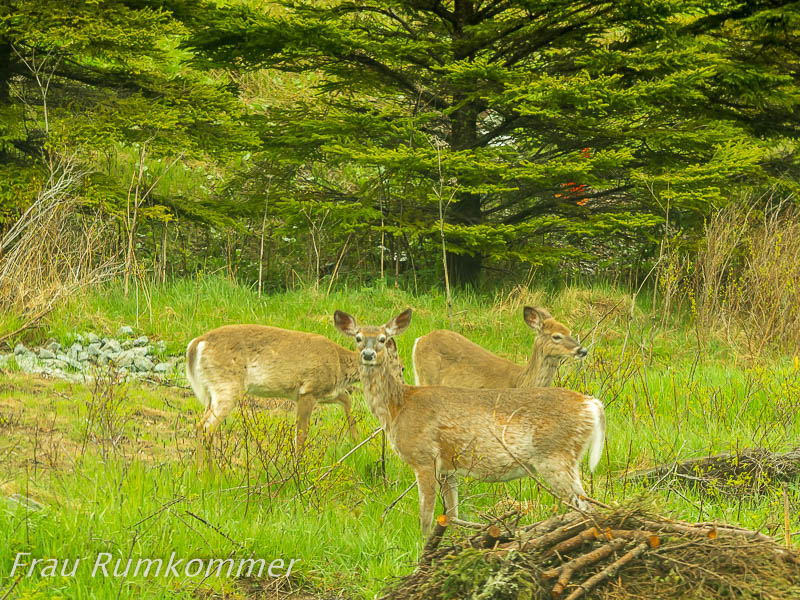
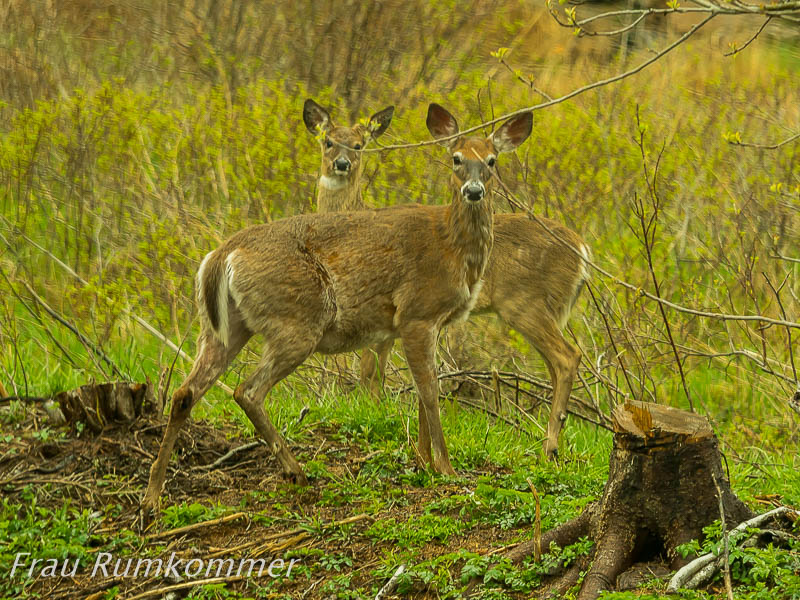
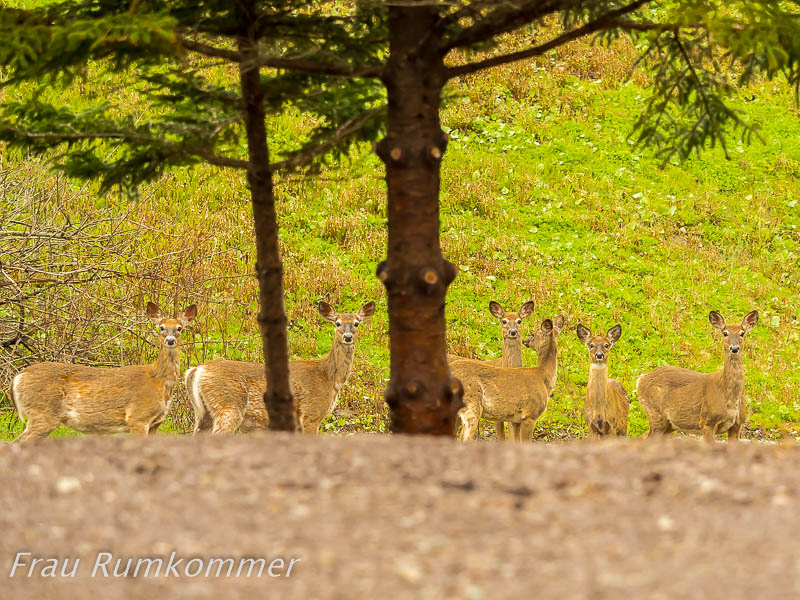
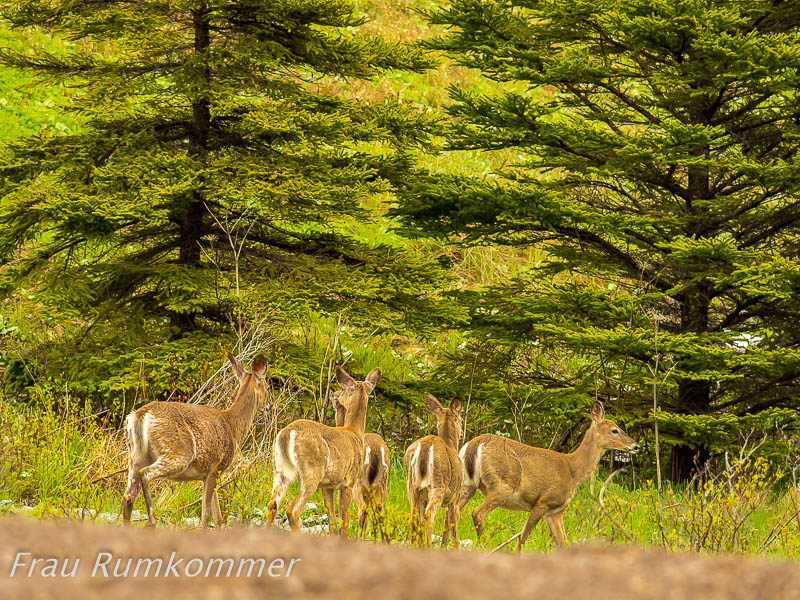
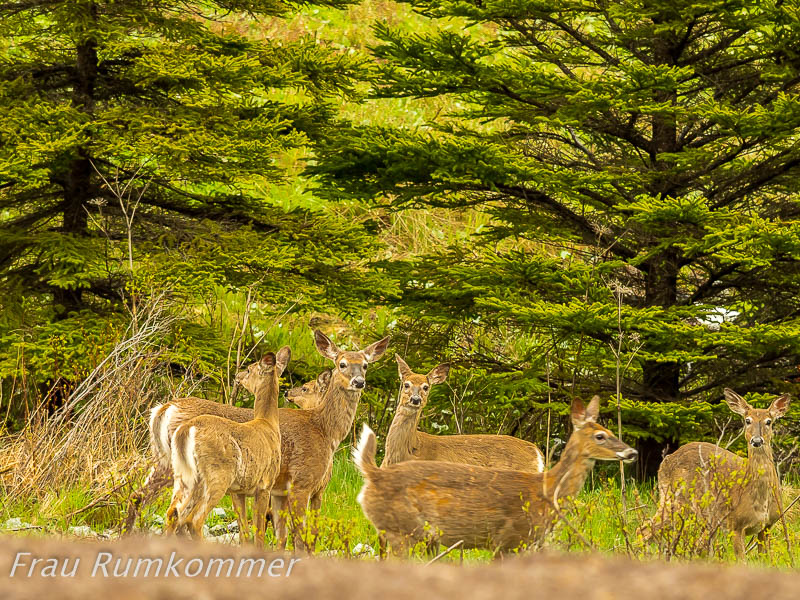
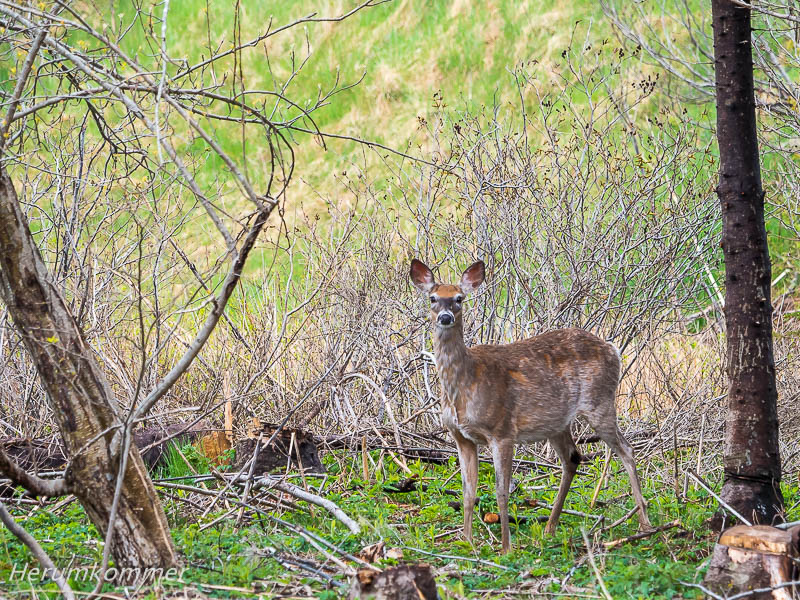
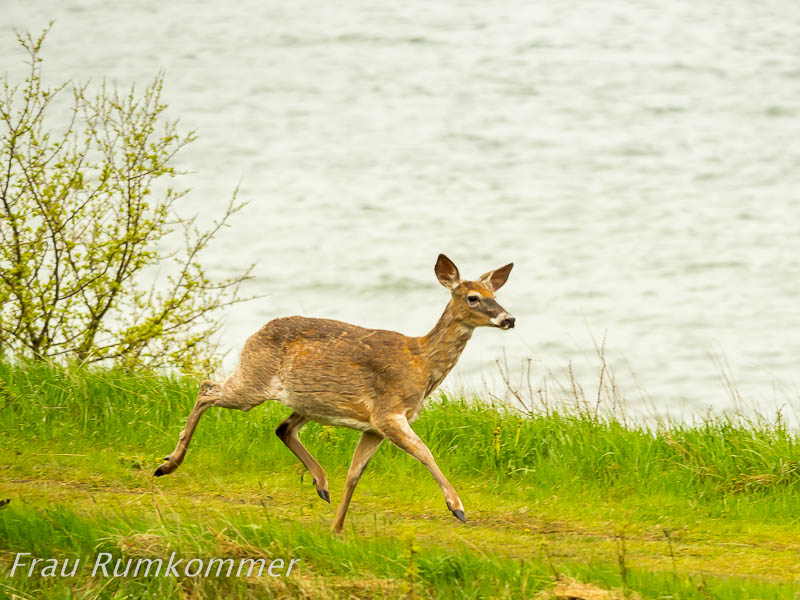
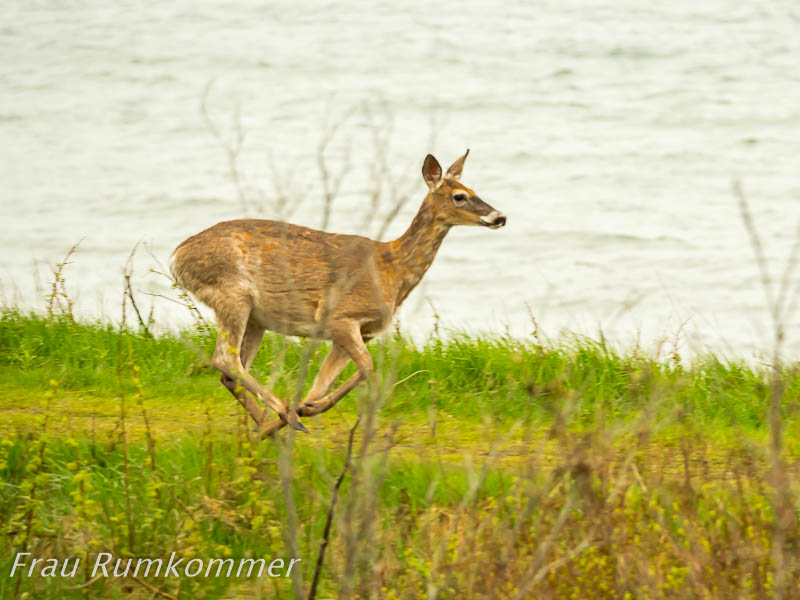
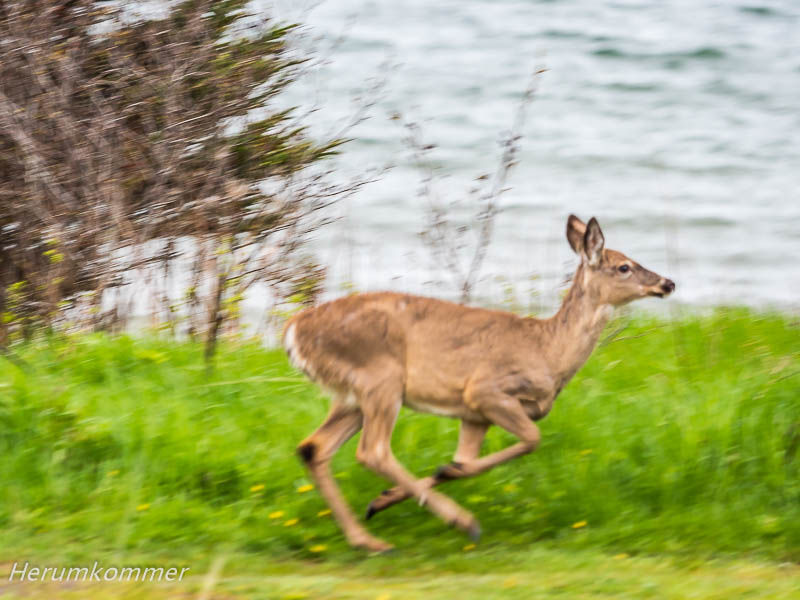
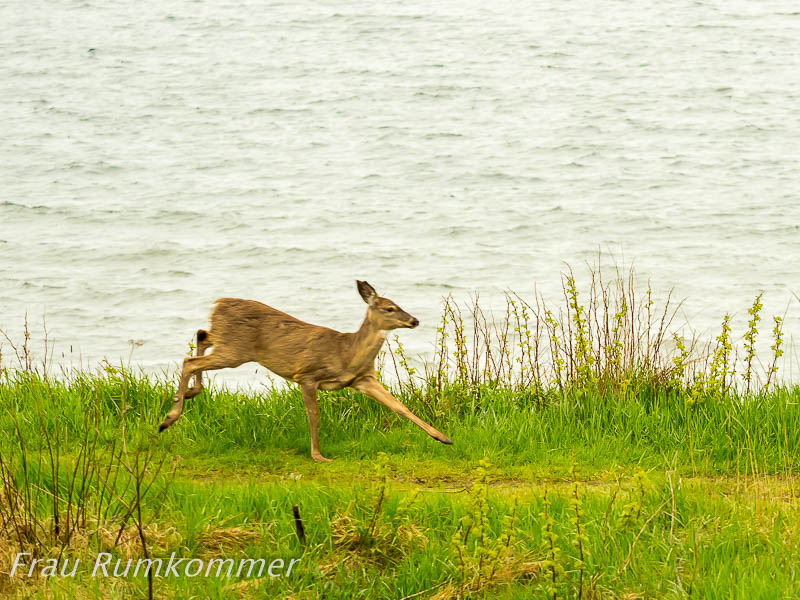
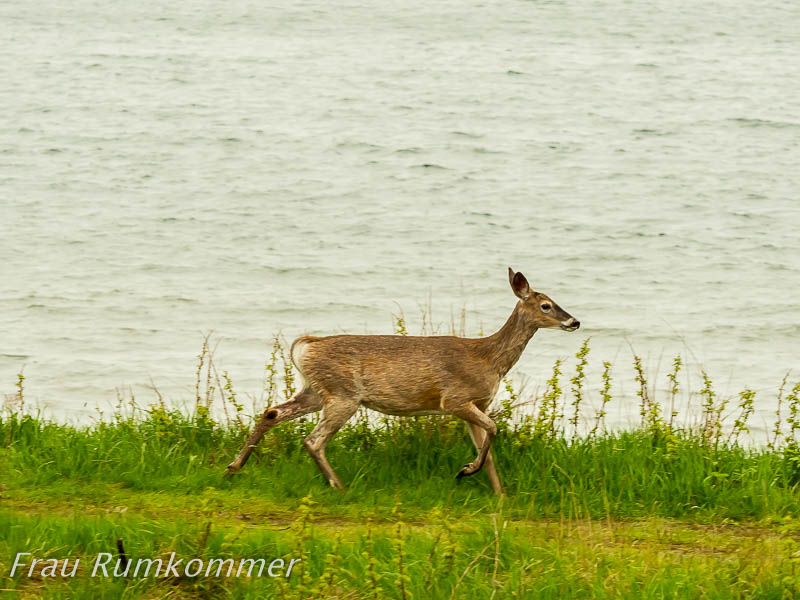
Rose Blanche Lighthouse
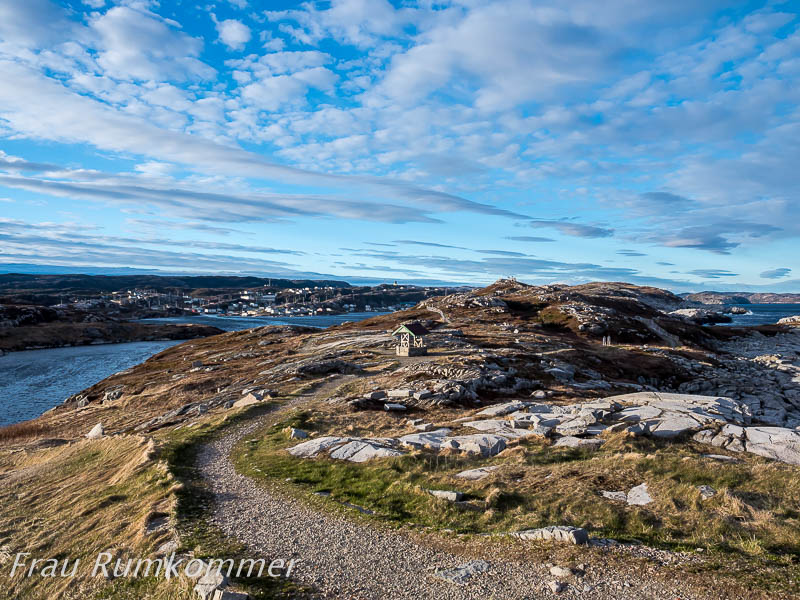
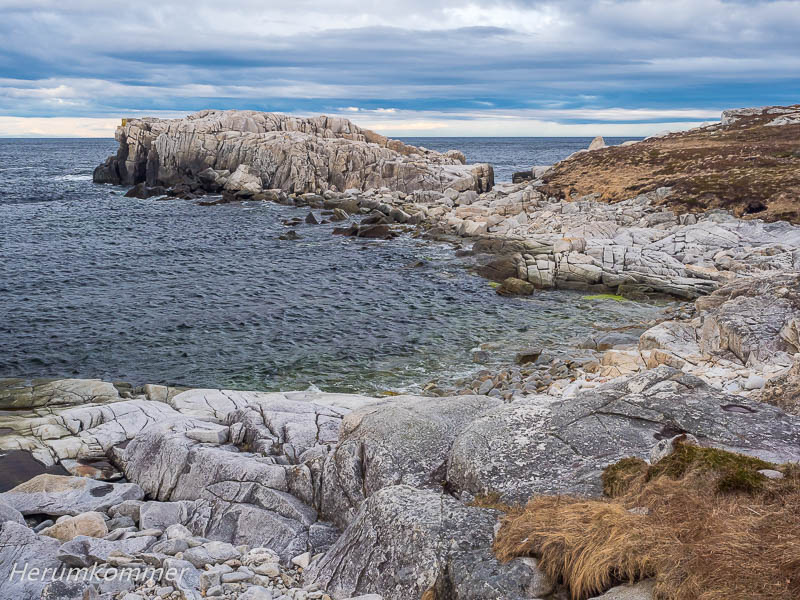
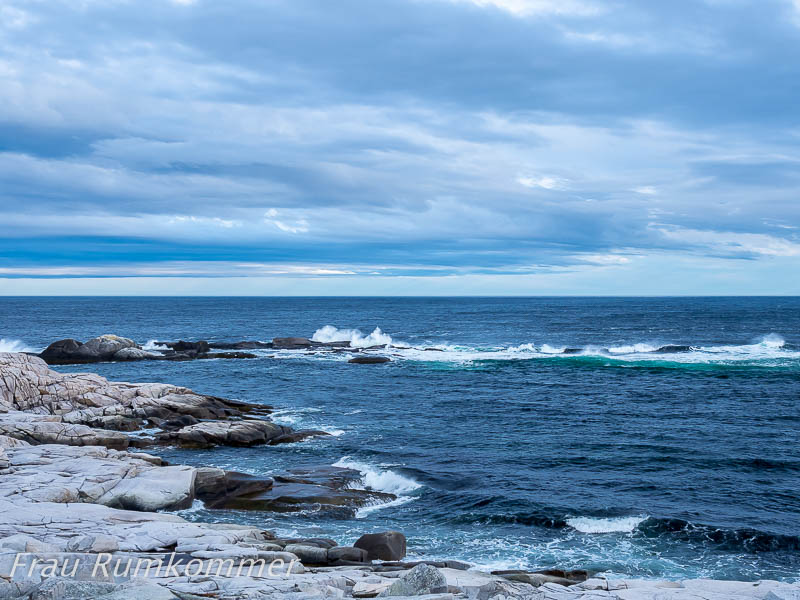
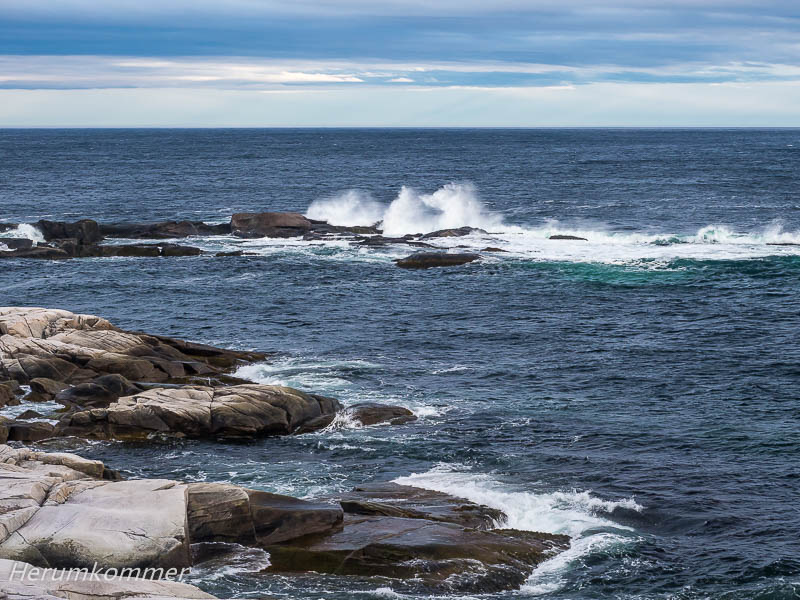
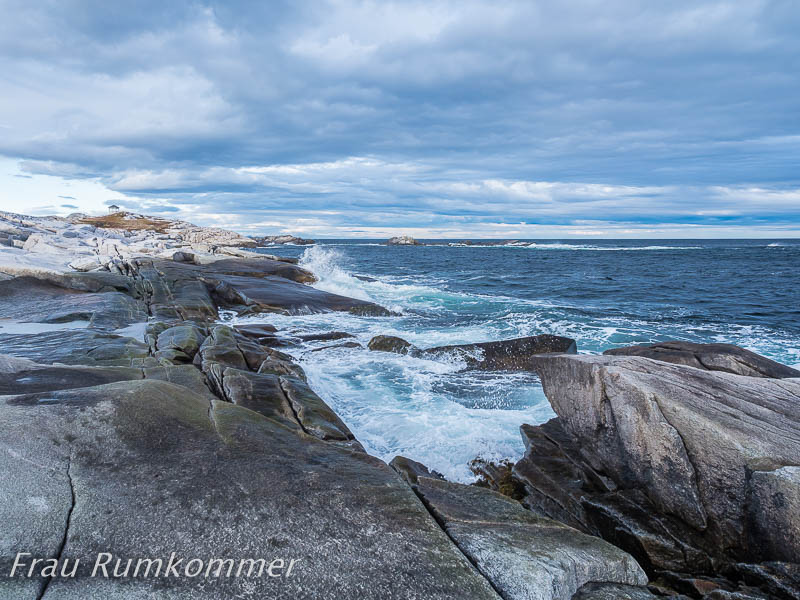
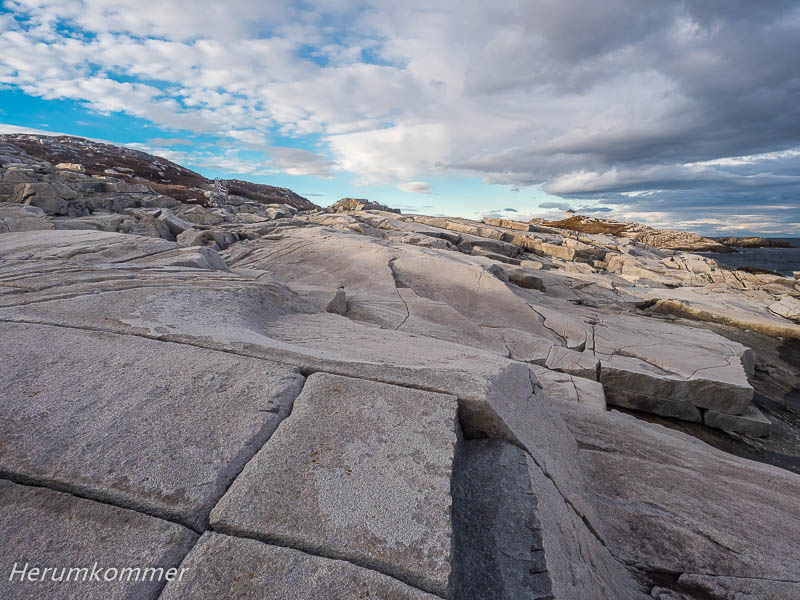
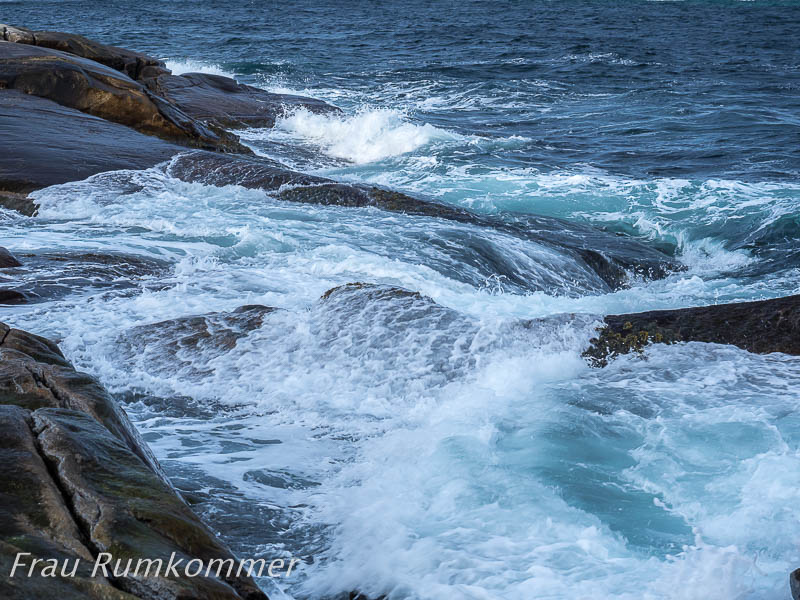
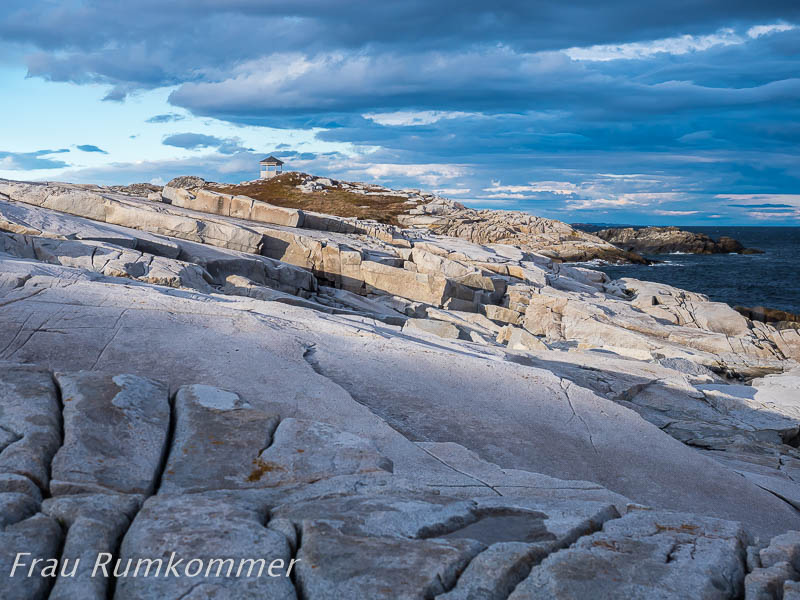
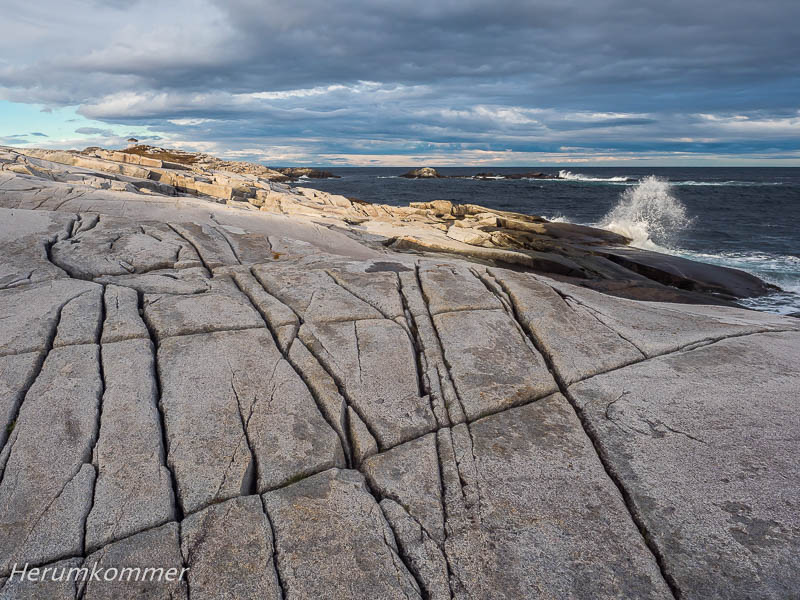
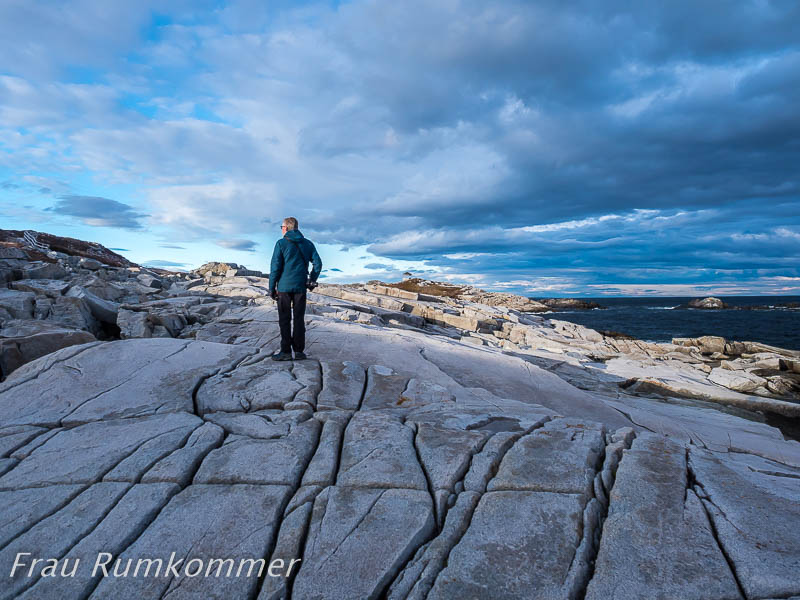
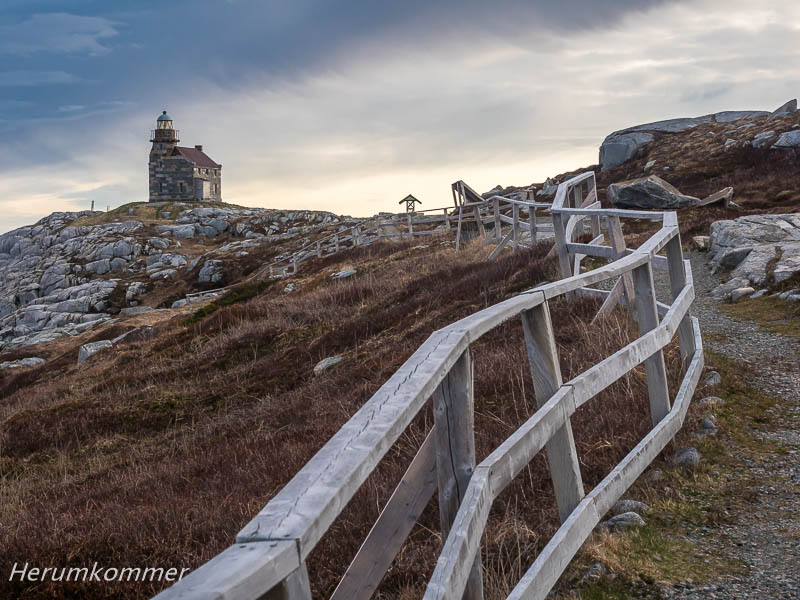
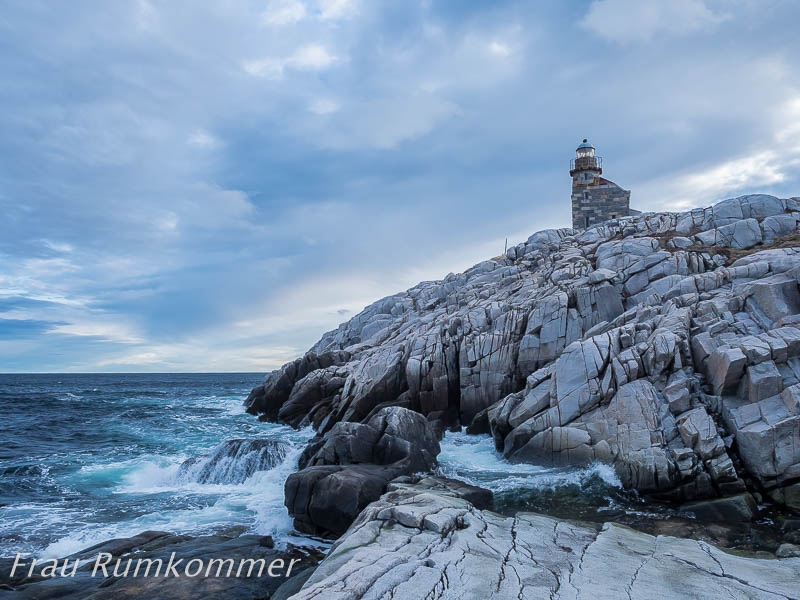
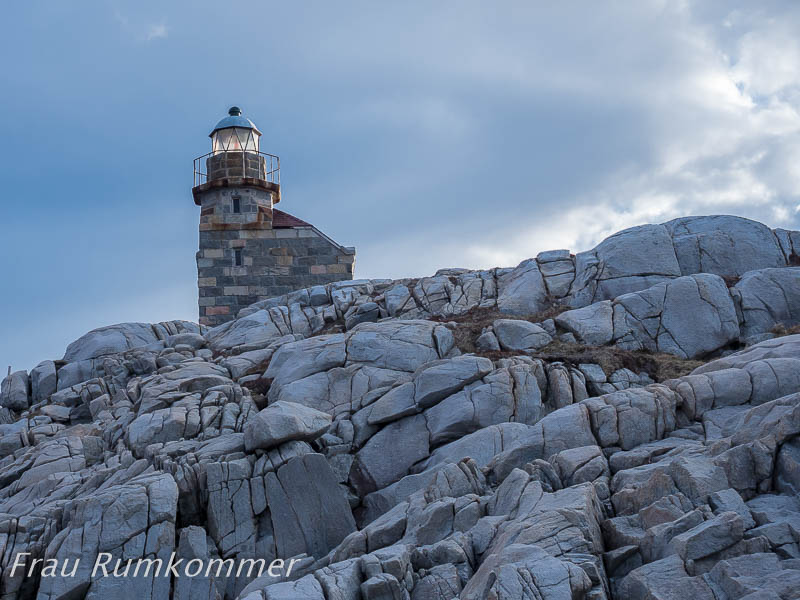
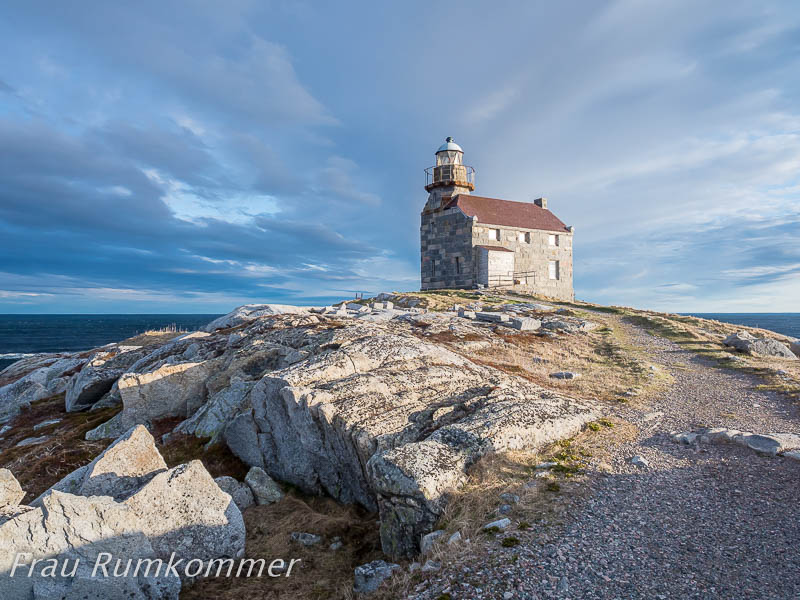
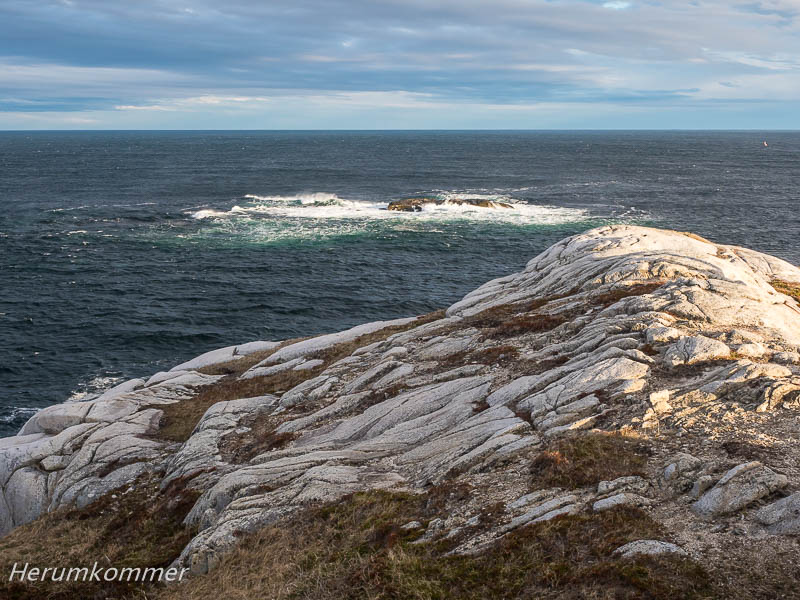
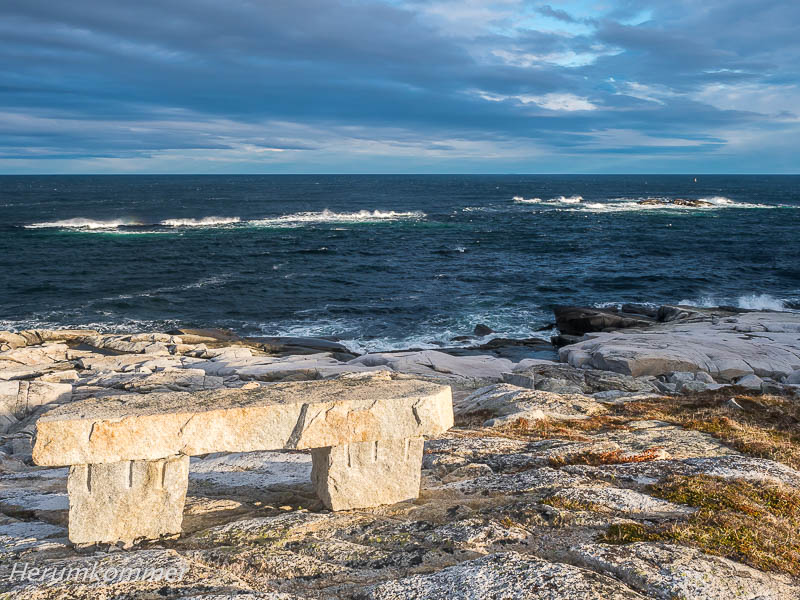
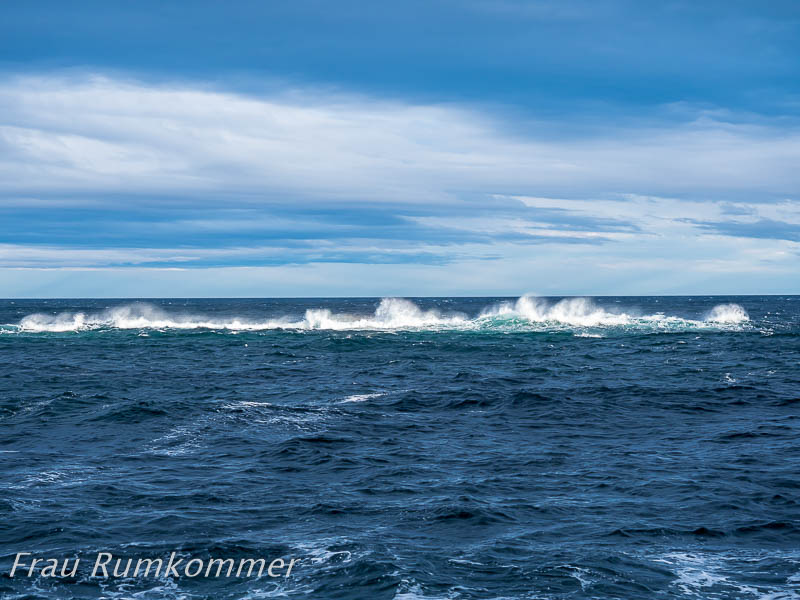
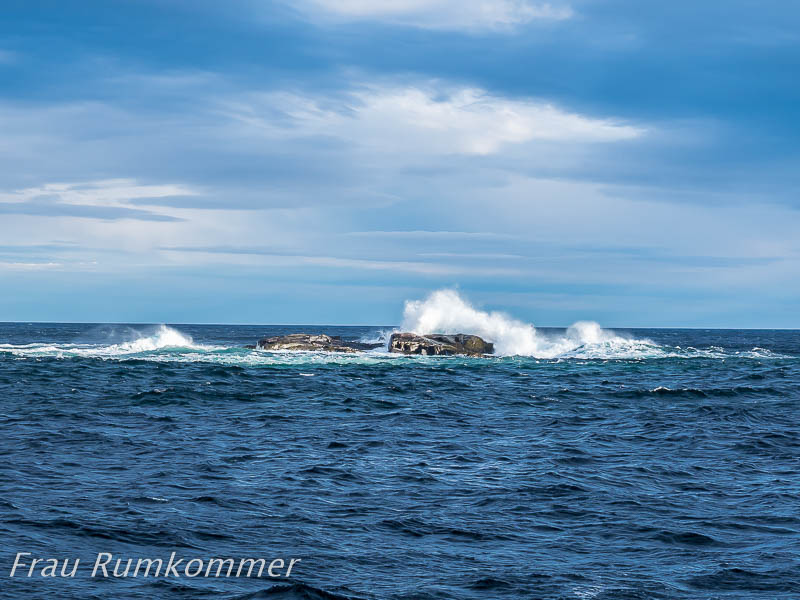
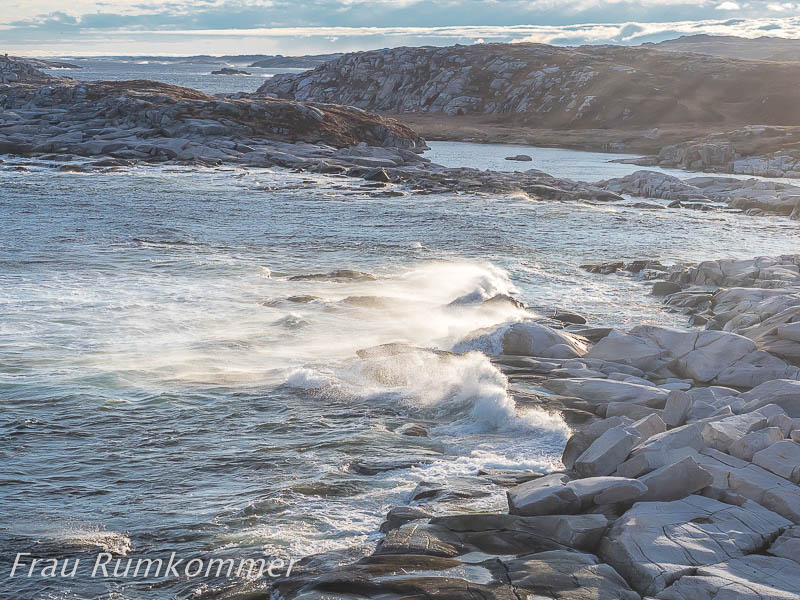
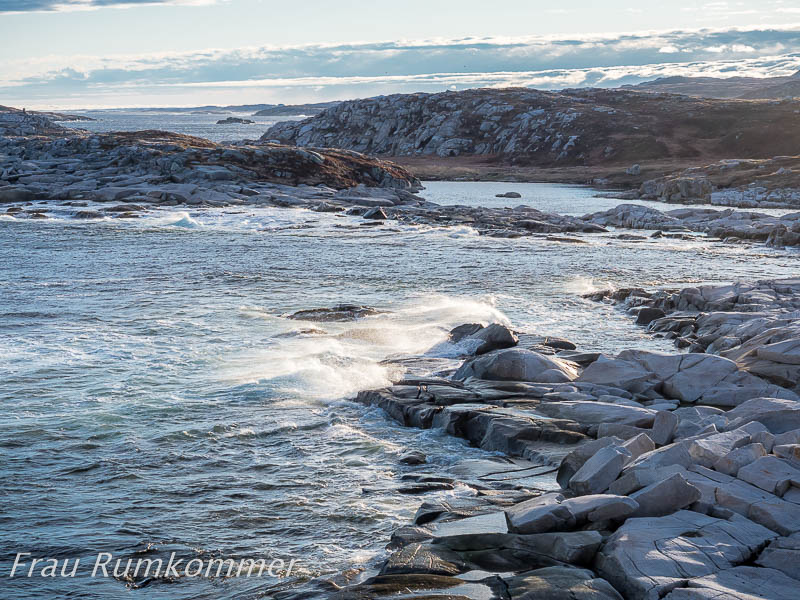
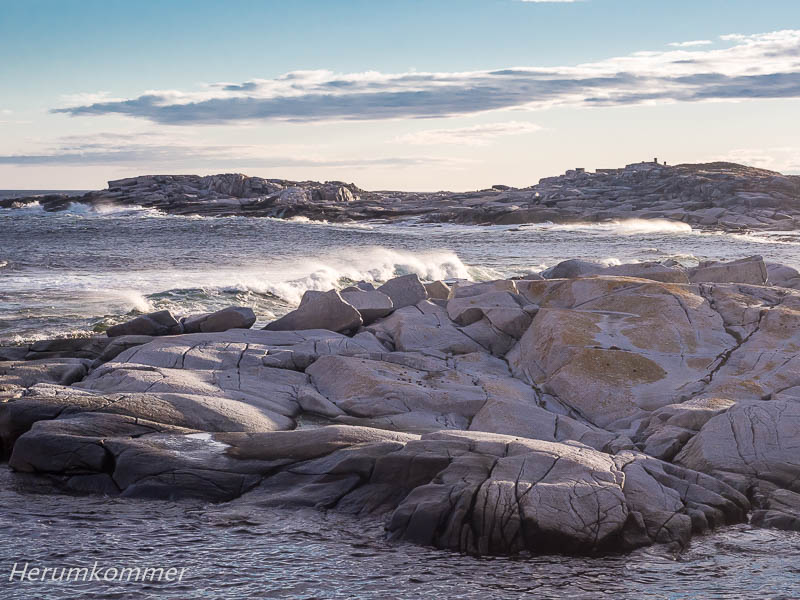
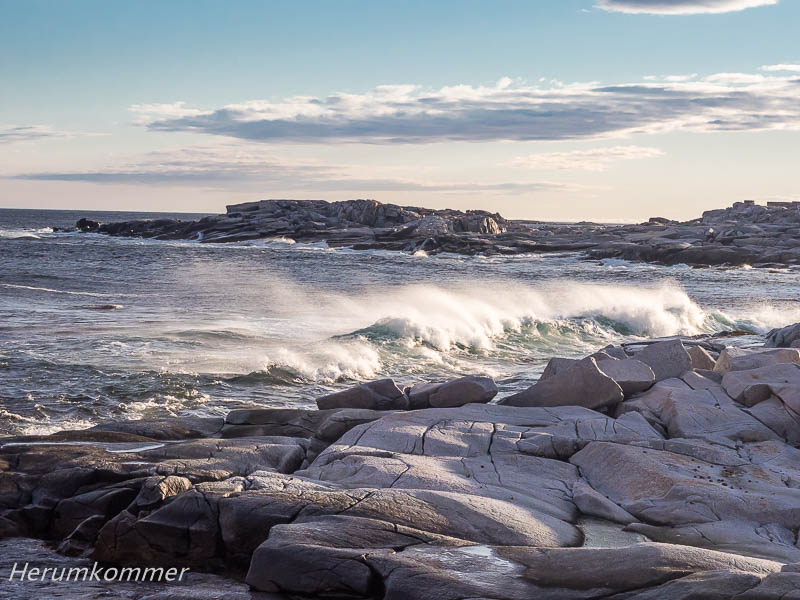
Weiße Rose
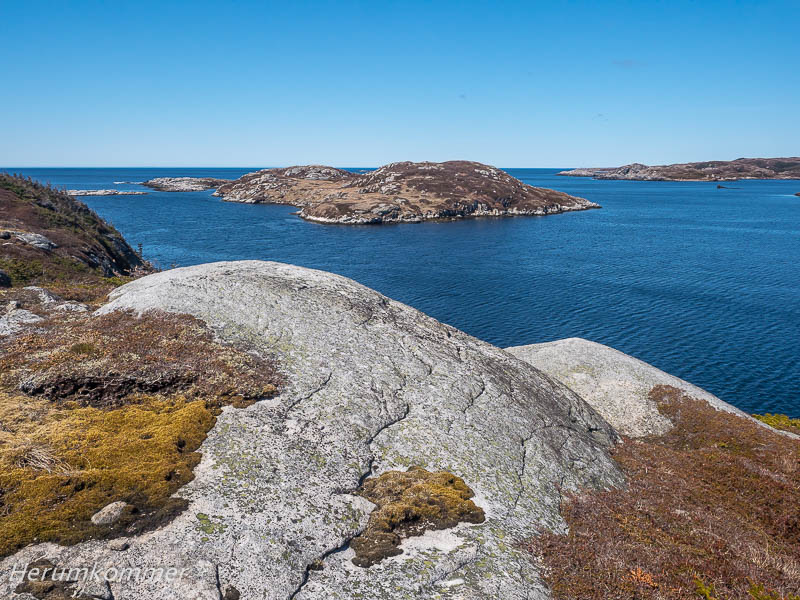
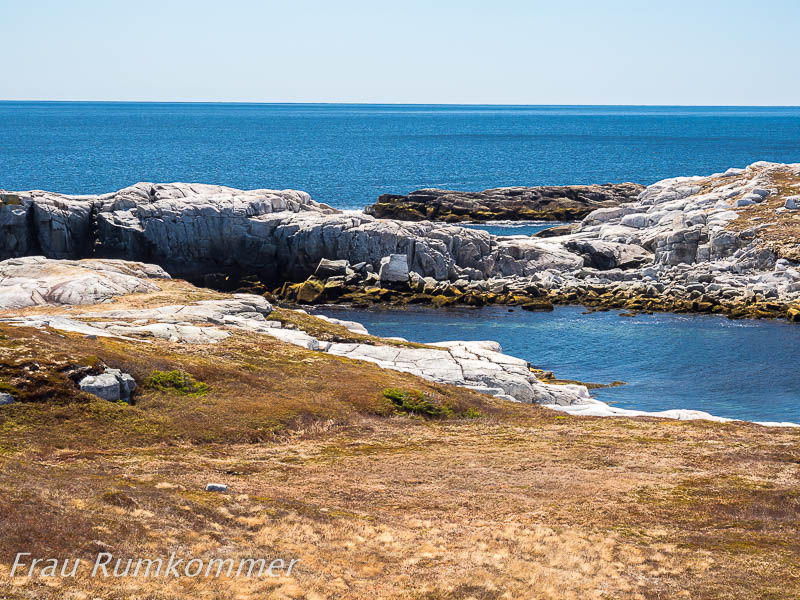
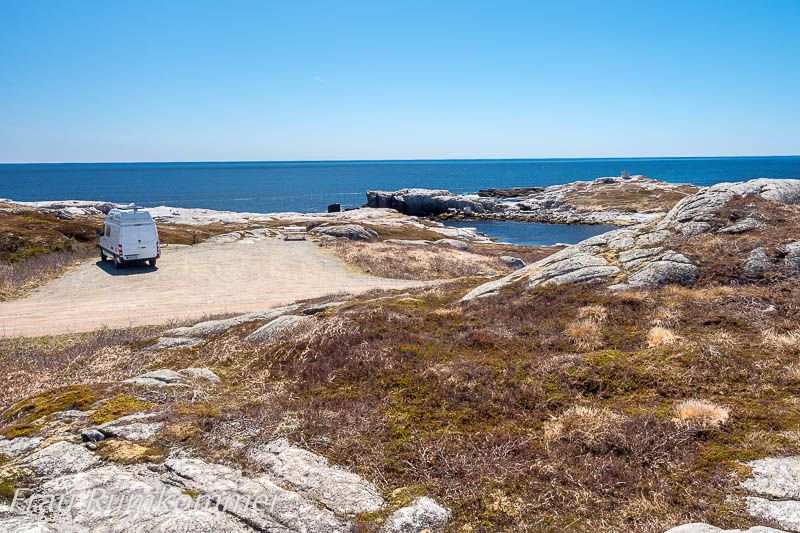
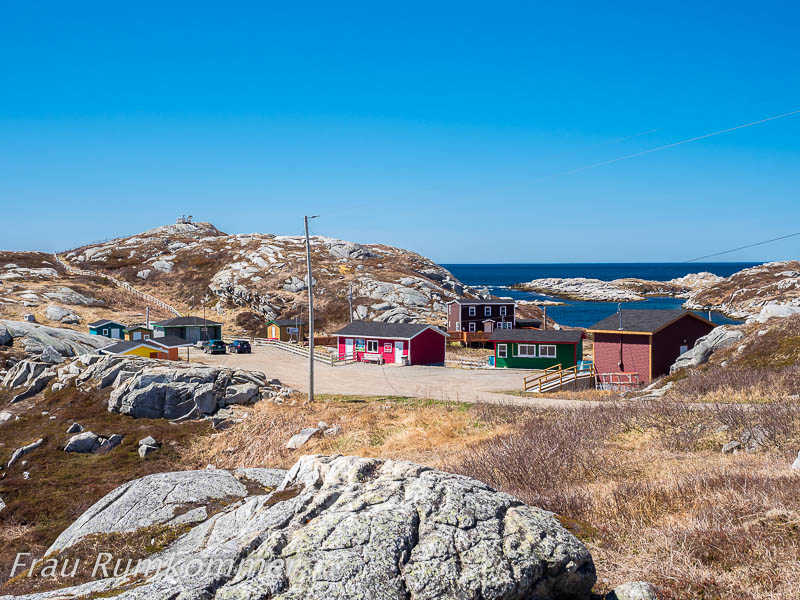
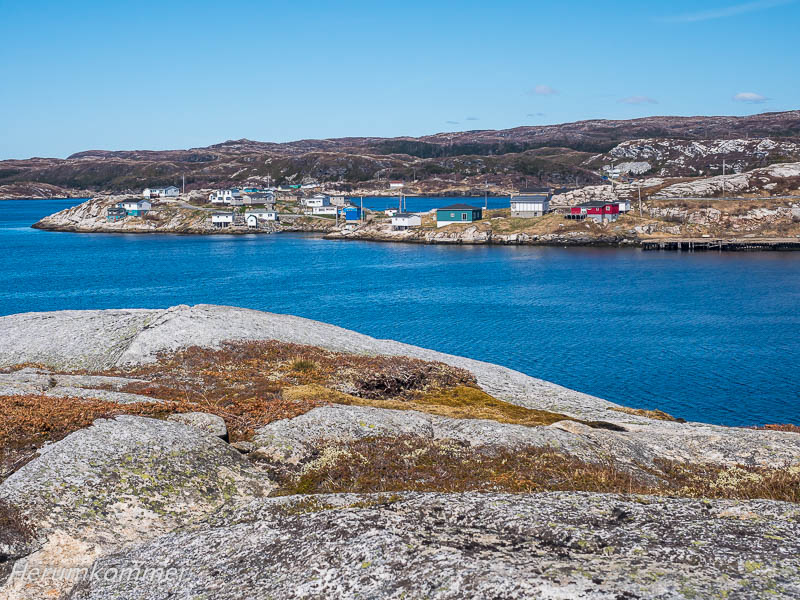
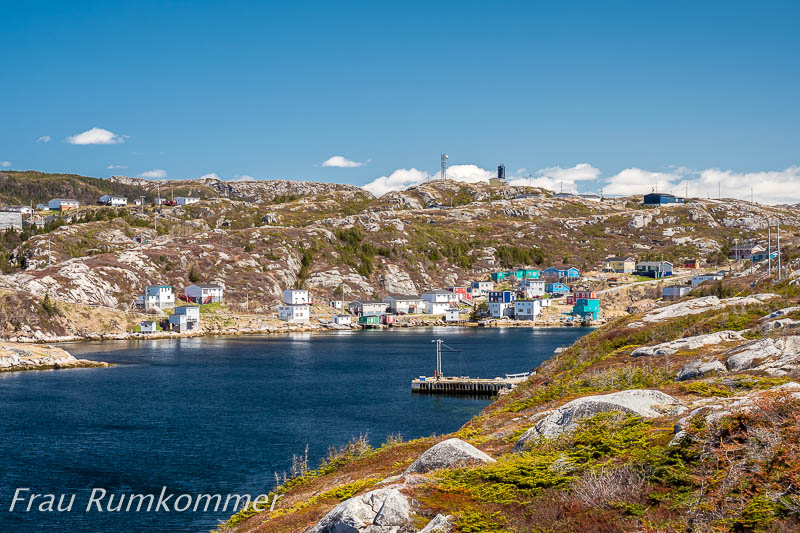
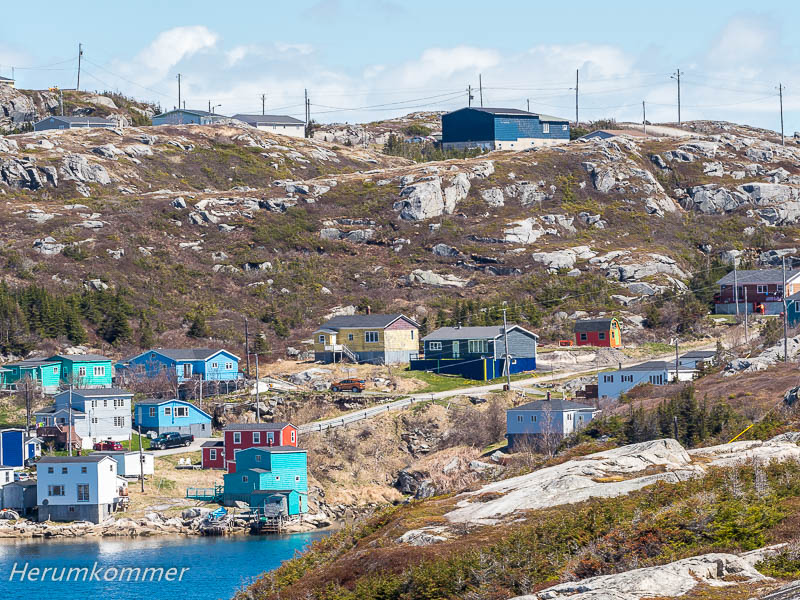
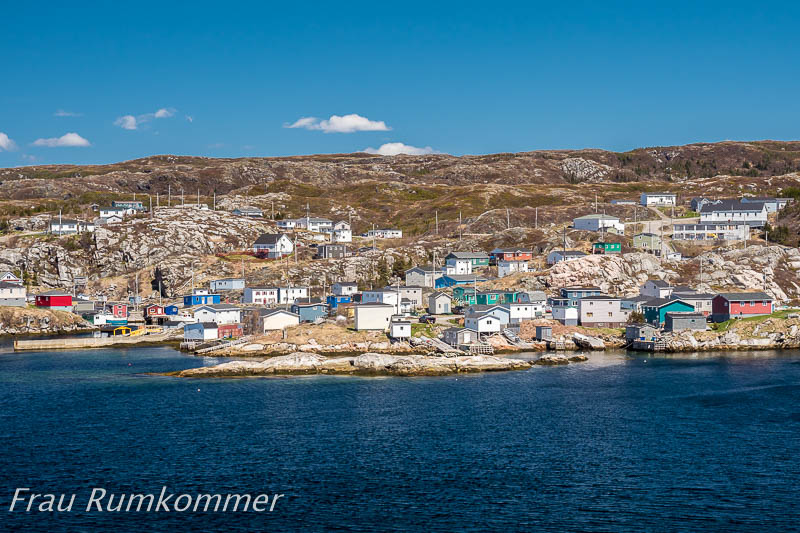
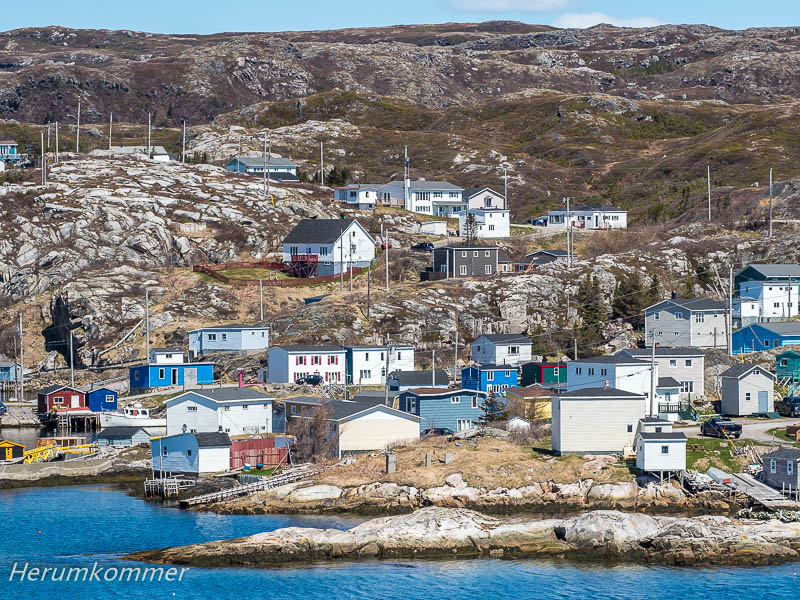
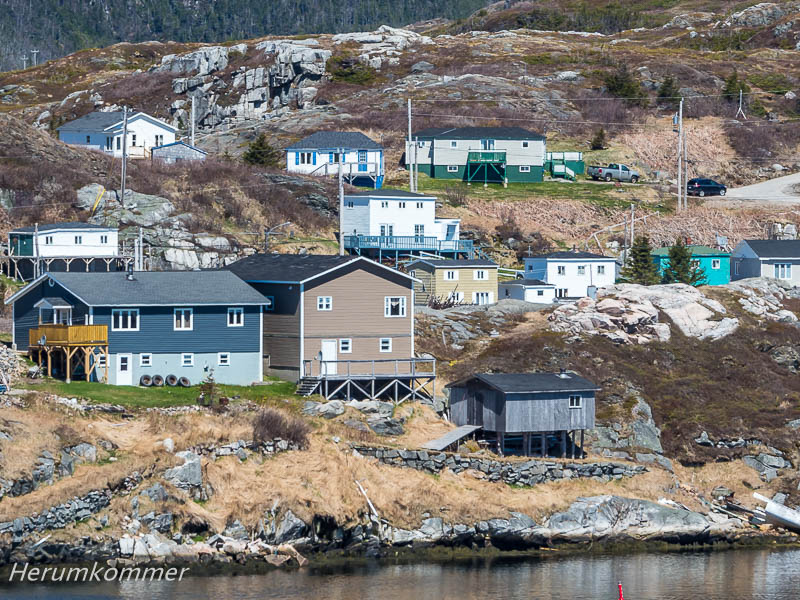
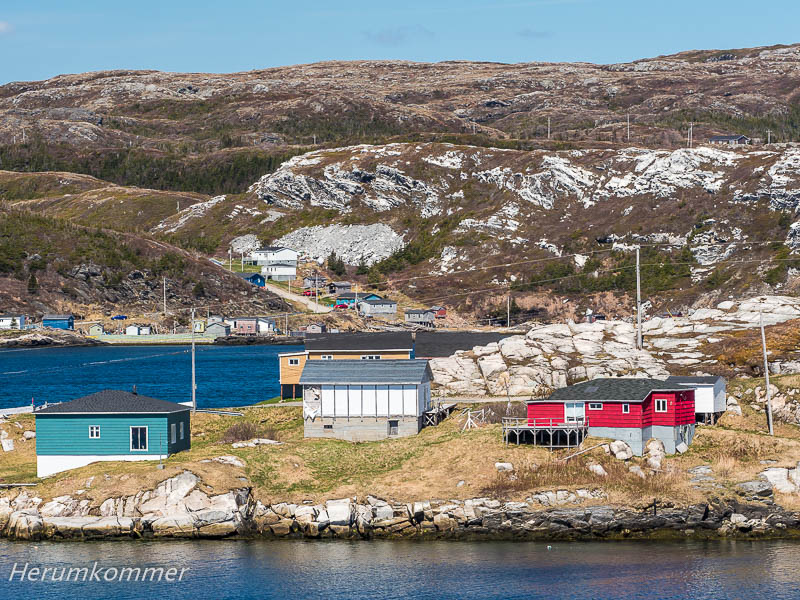
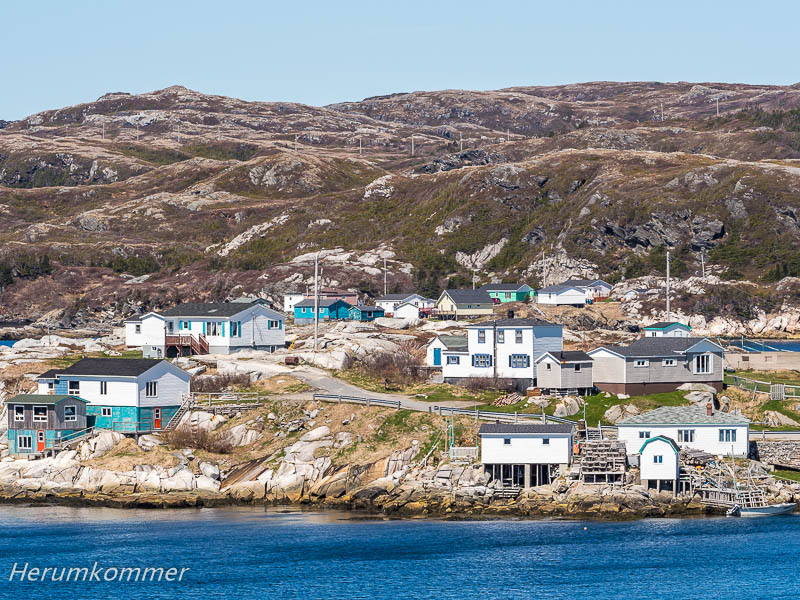
Barachois Falls
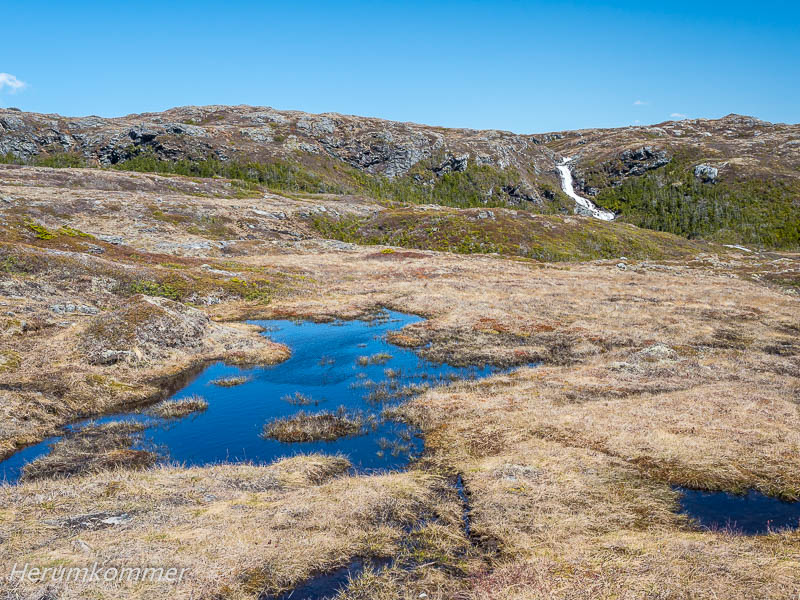
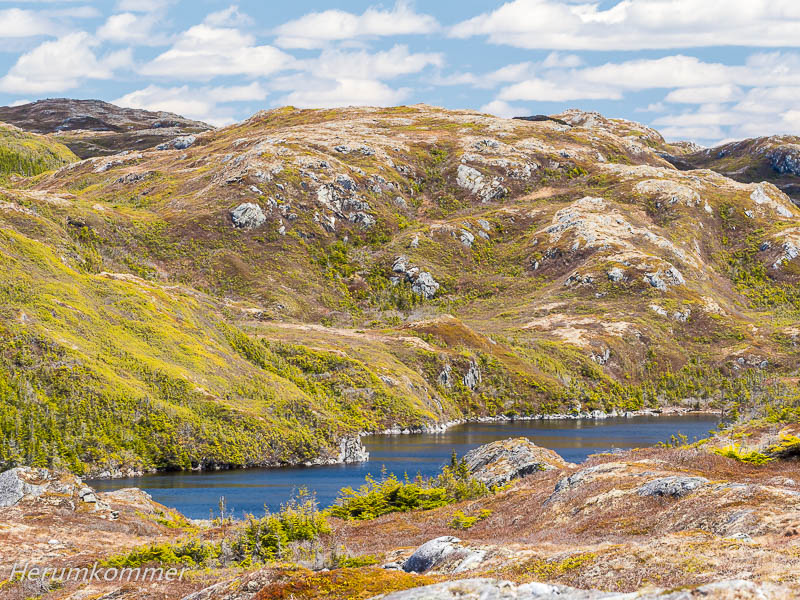
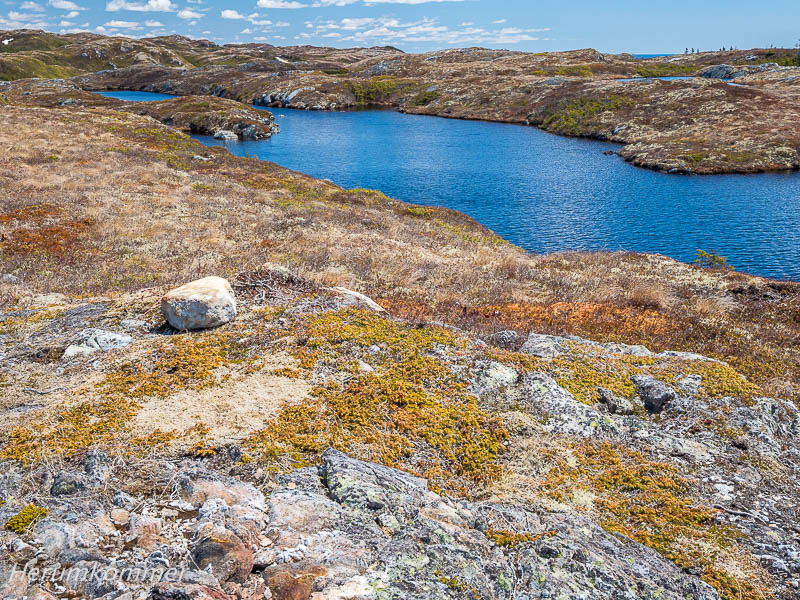
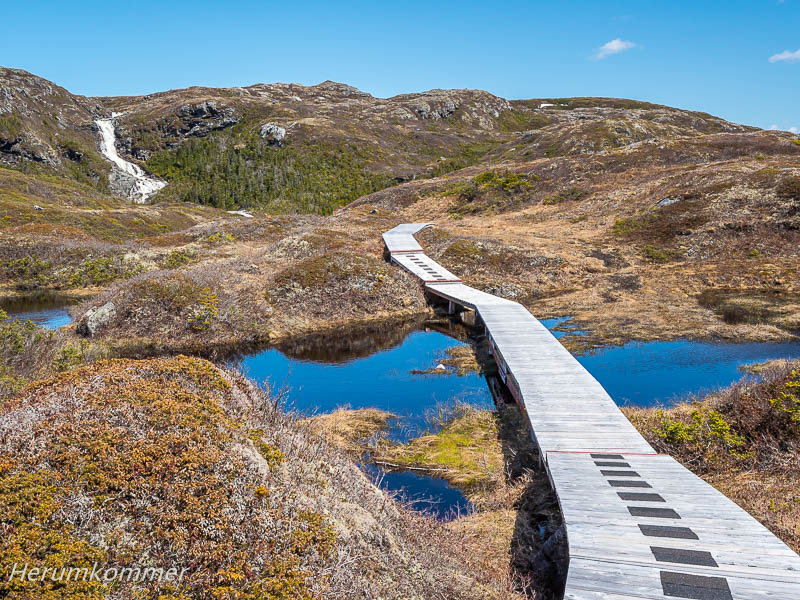
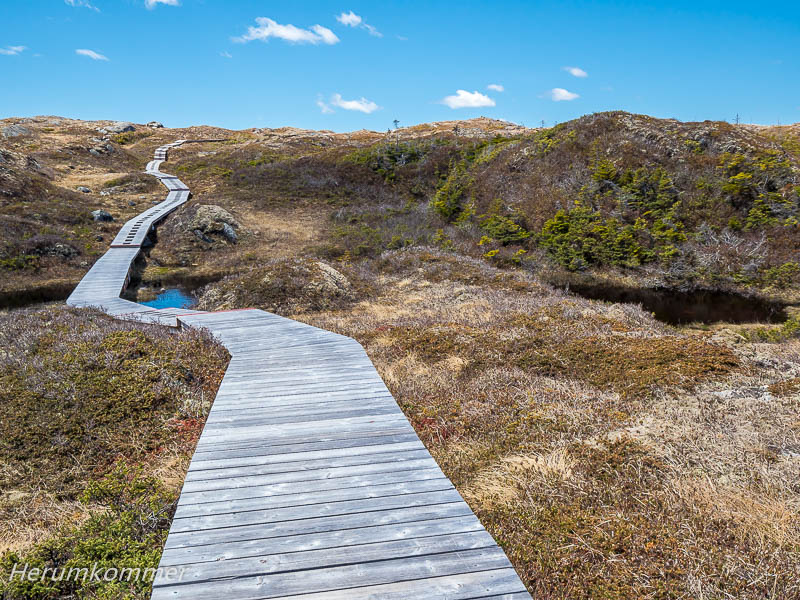
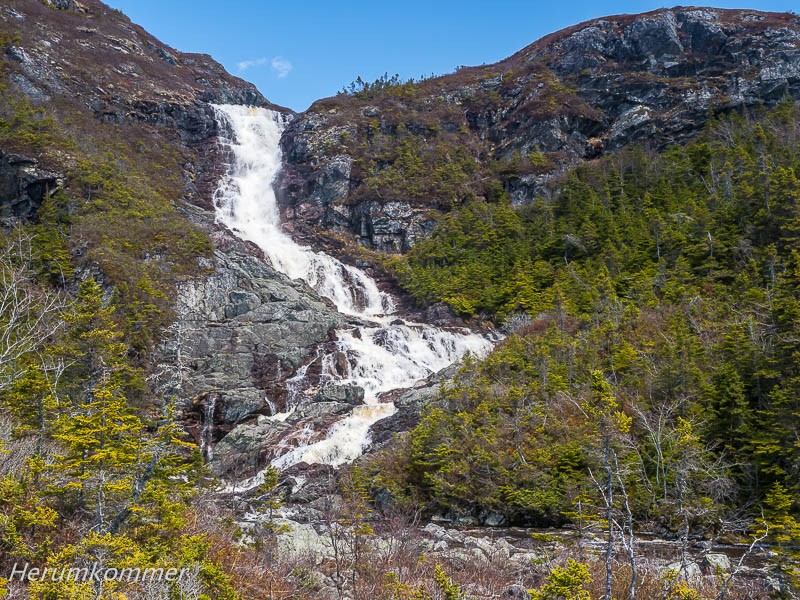
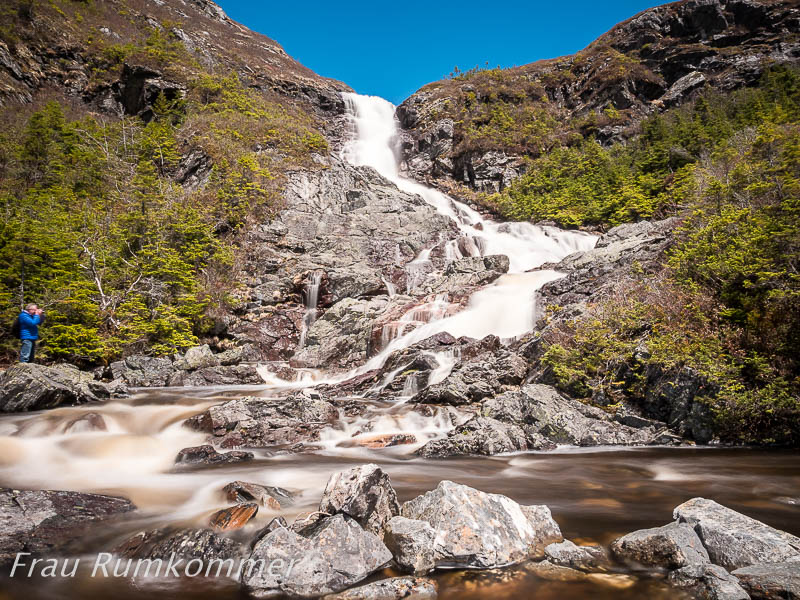
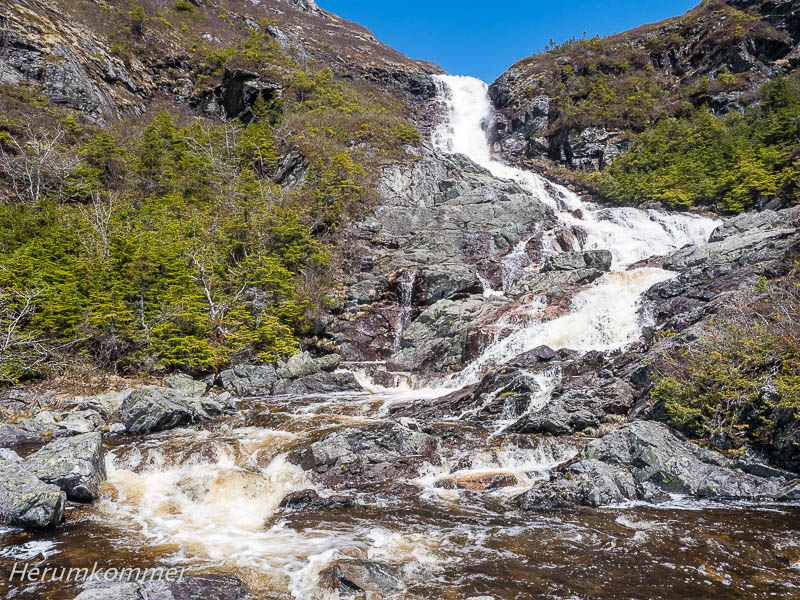
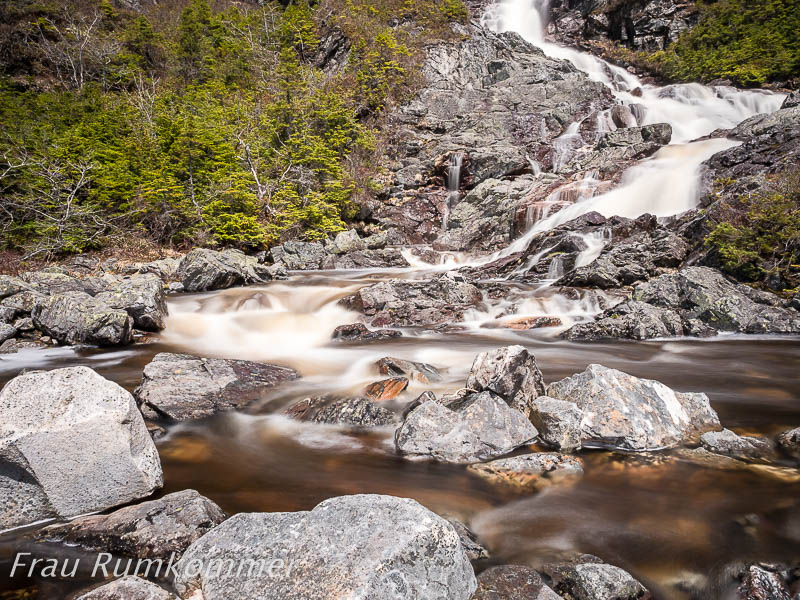
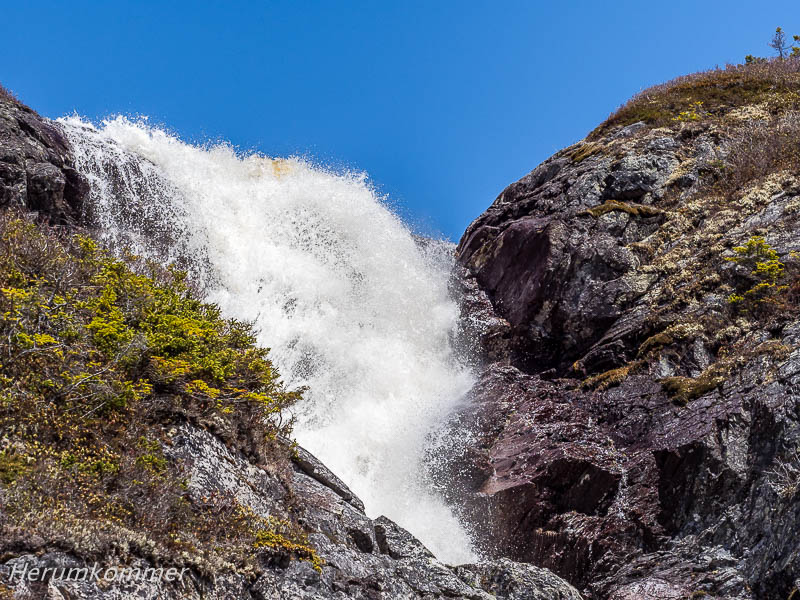
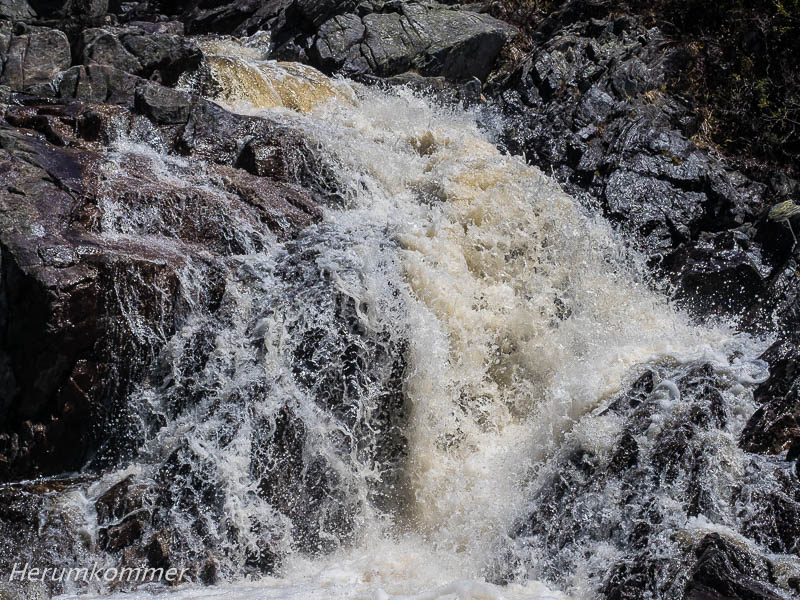
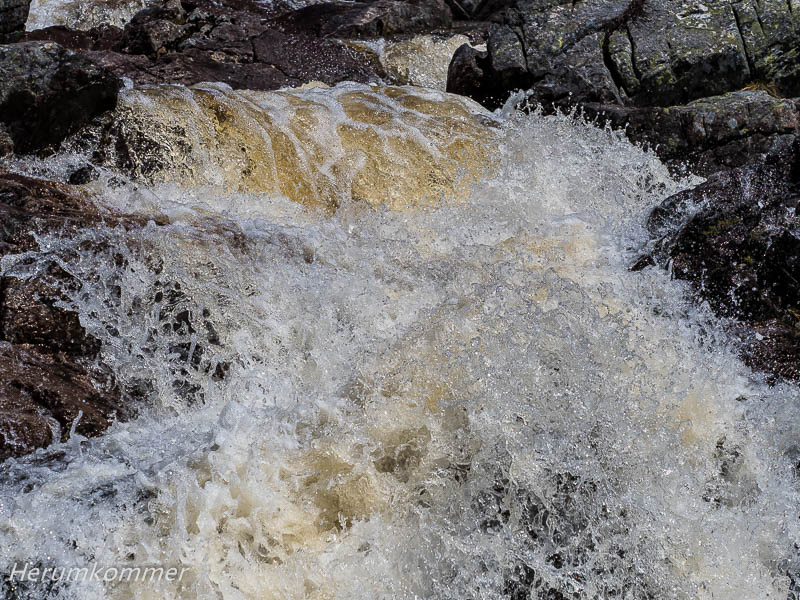
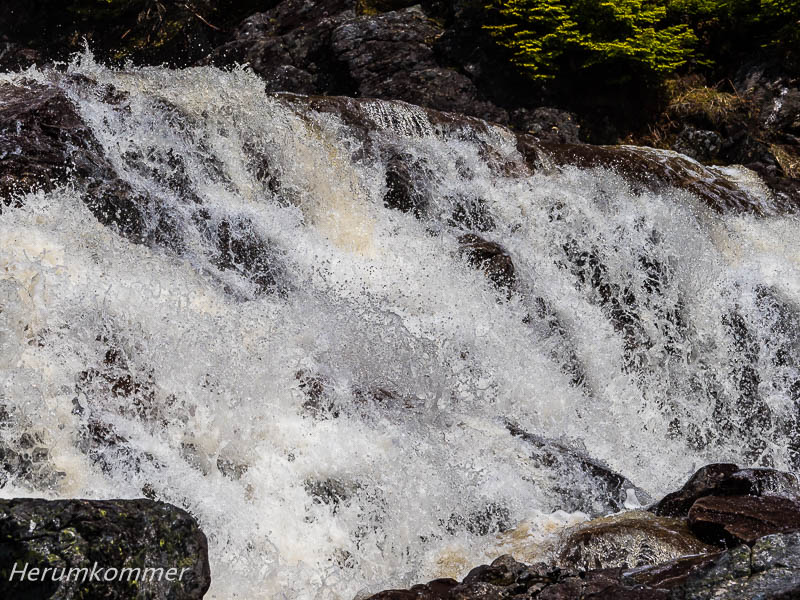
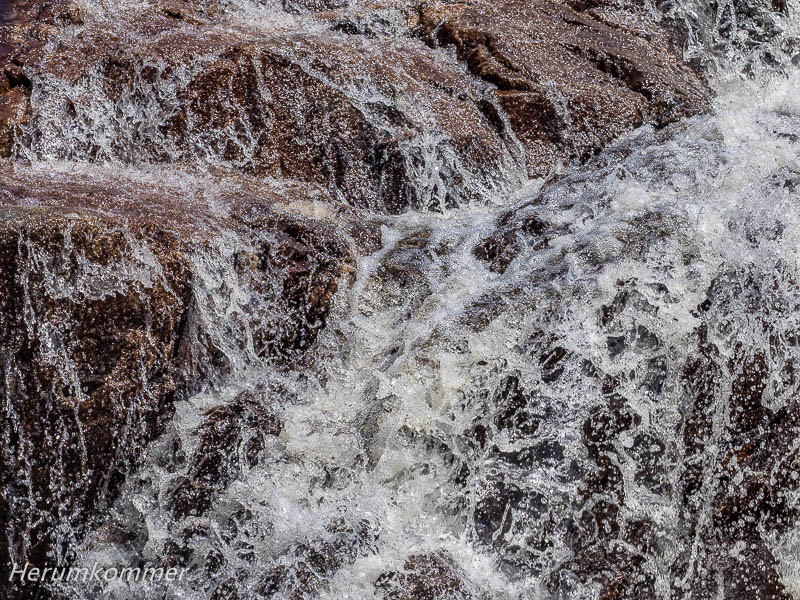
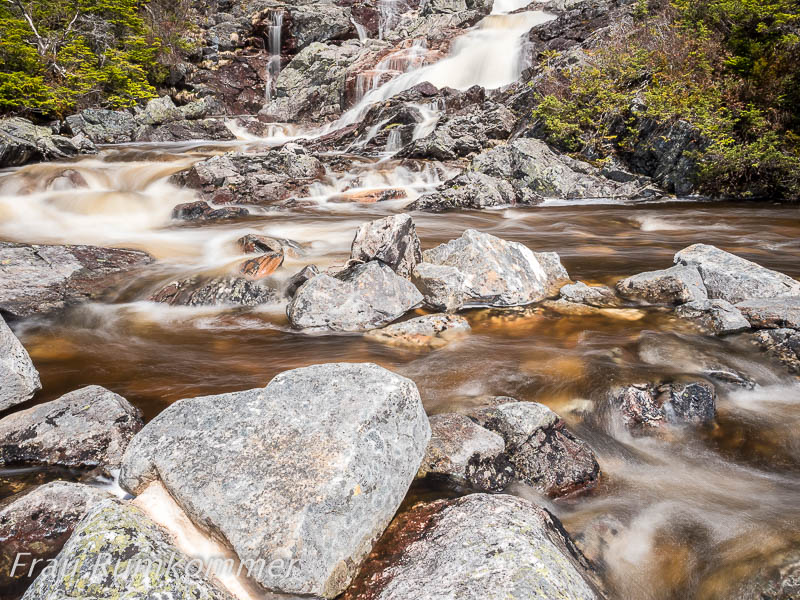
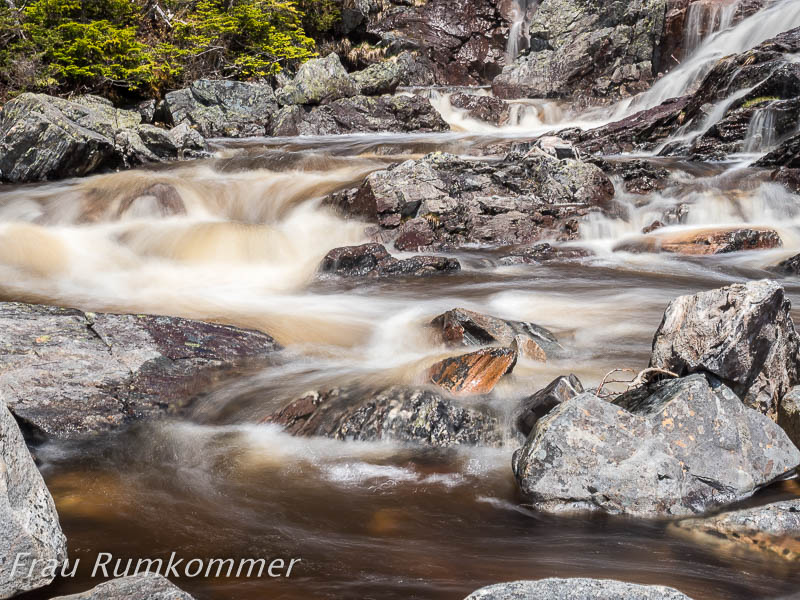
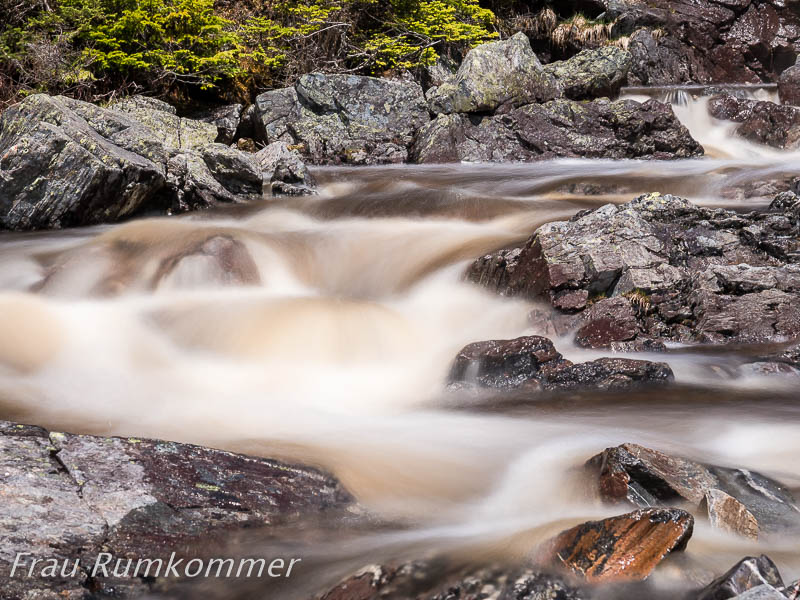
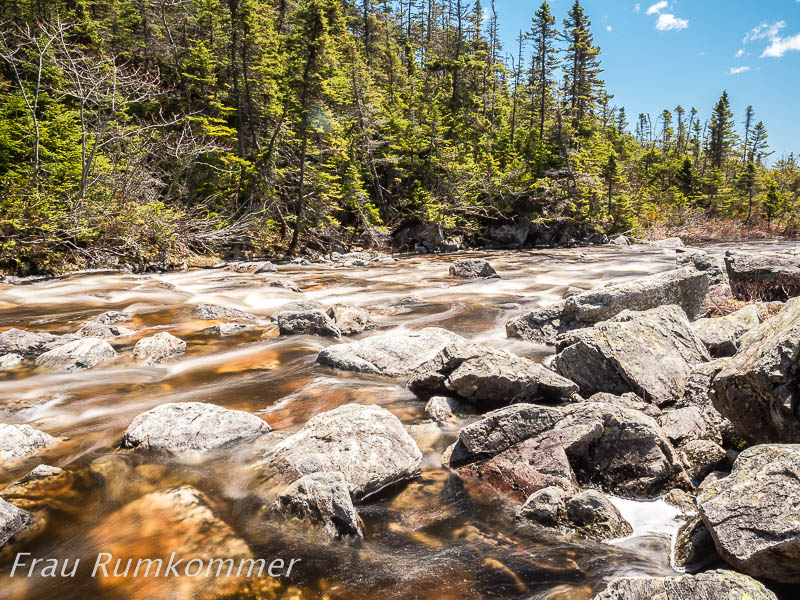
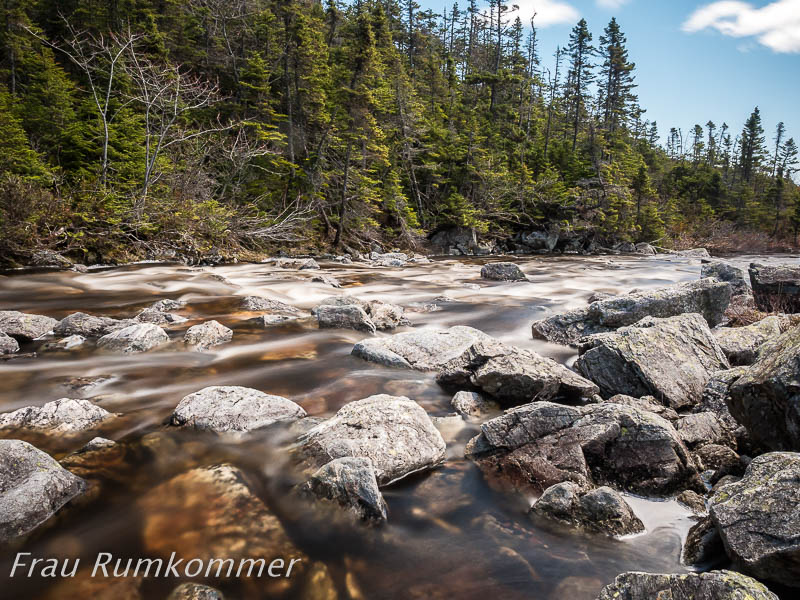
Leuchttürme am Meer
Channel-Port aux Basques
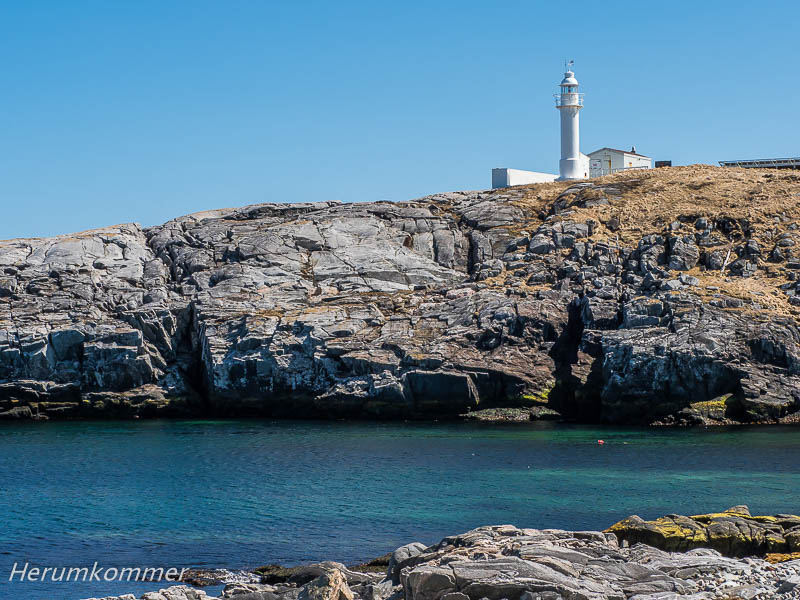
Cape Ray
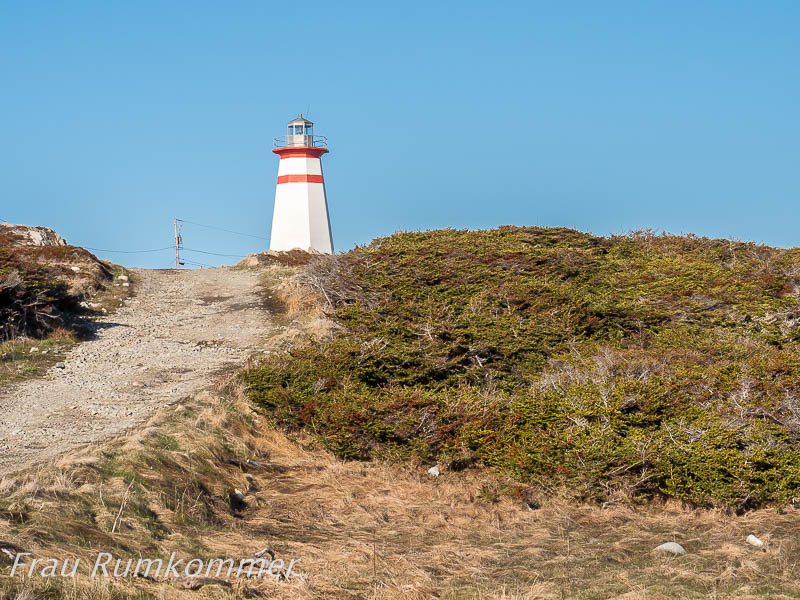
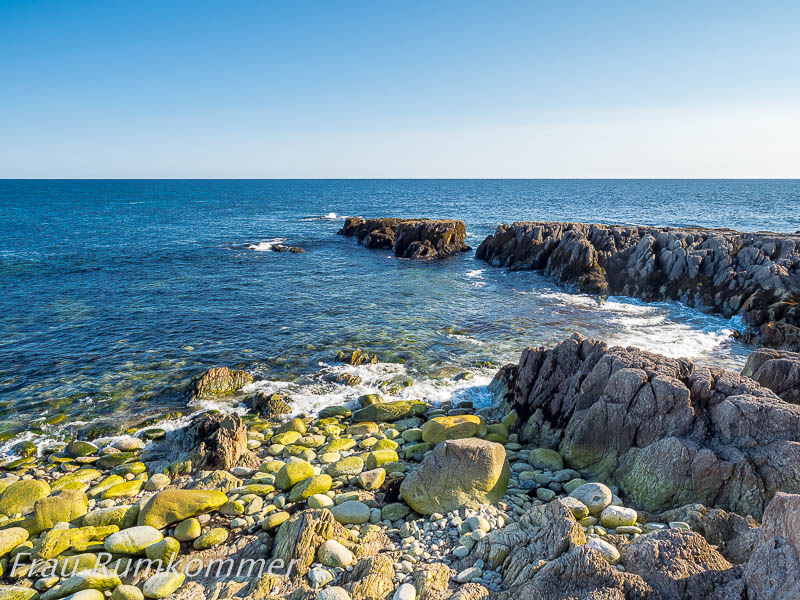
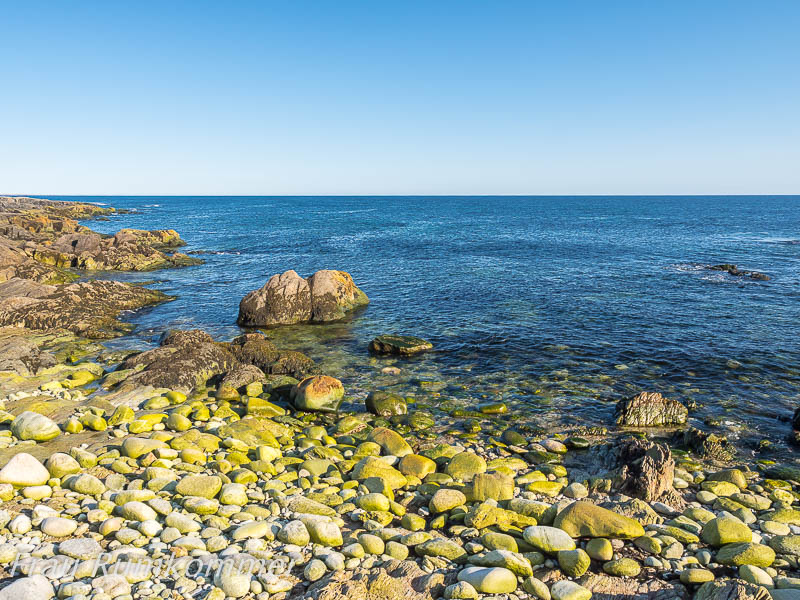
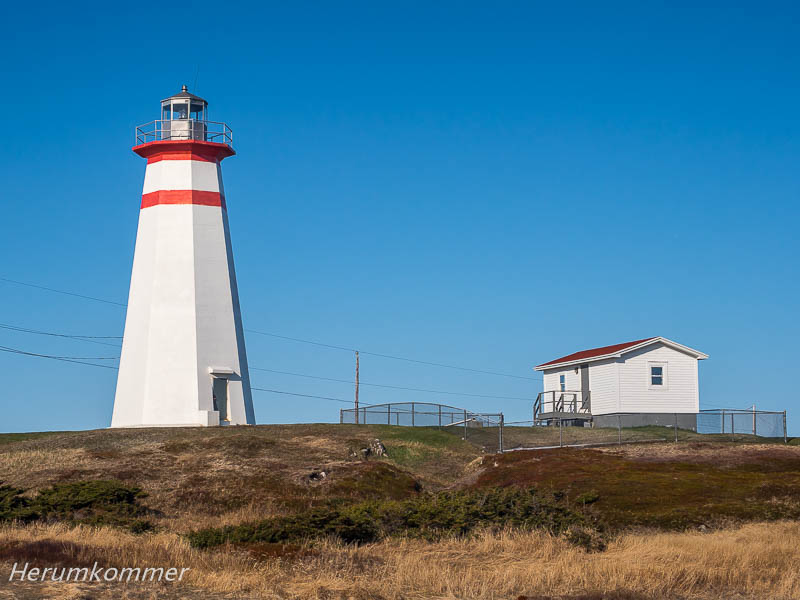
Cape Anguille
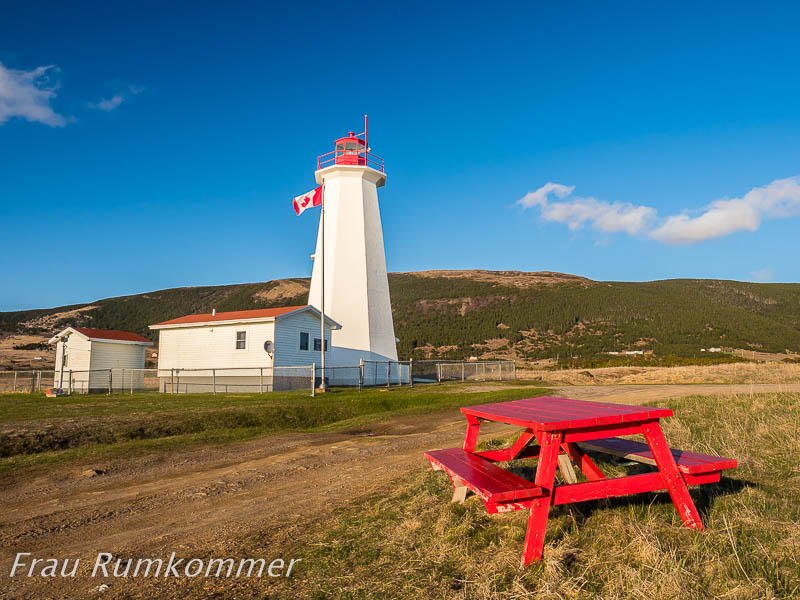
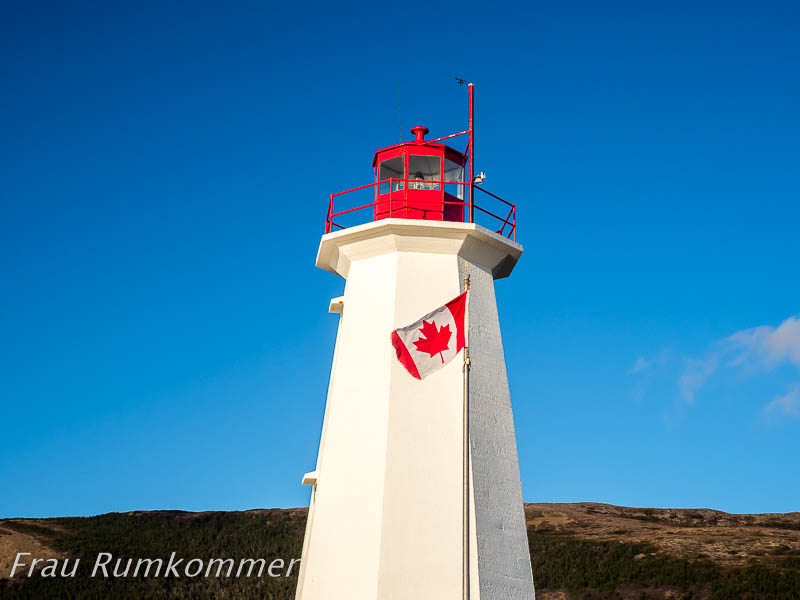
Cape St. George
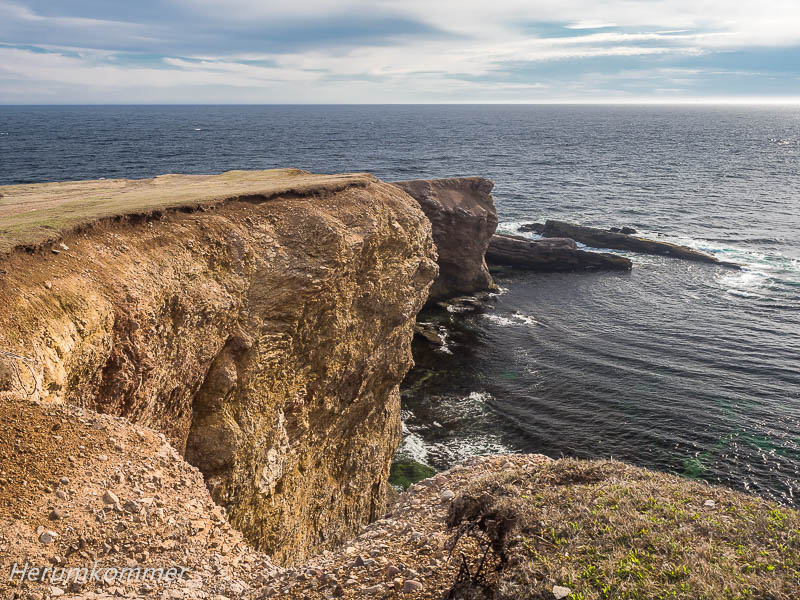
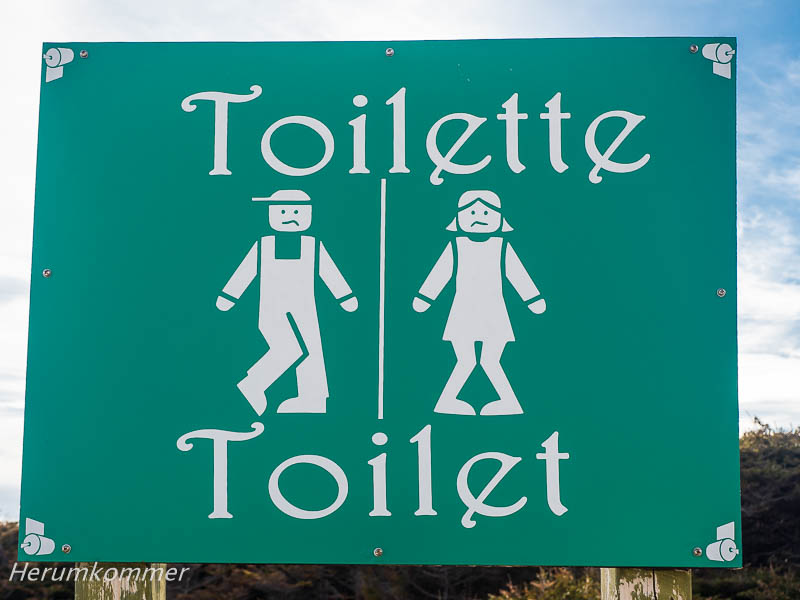
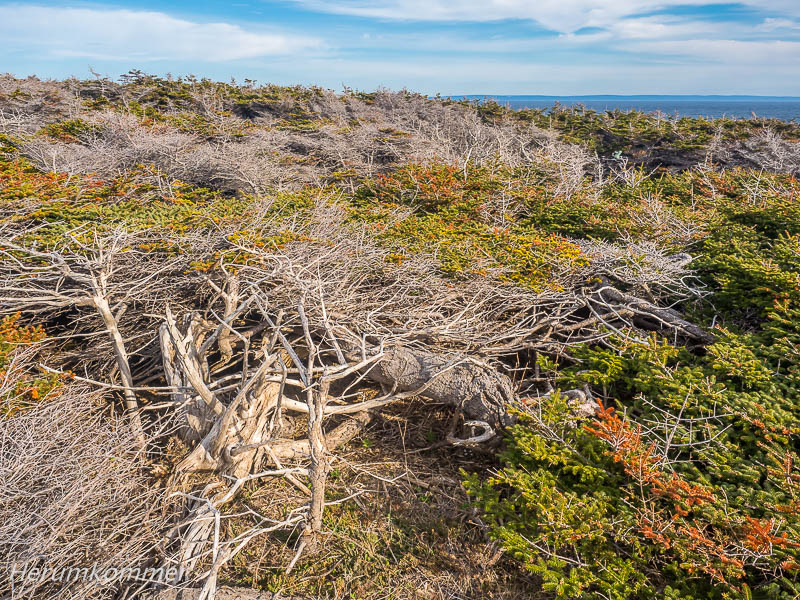
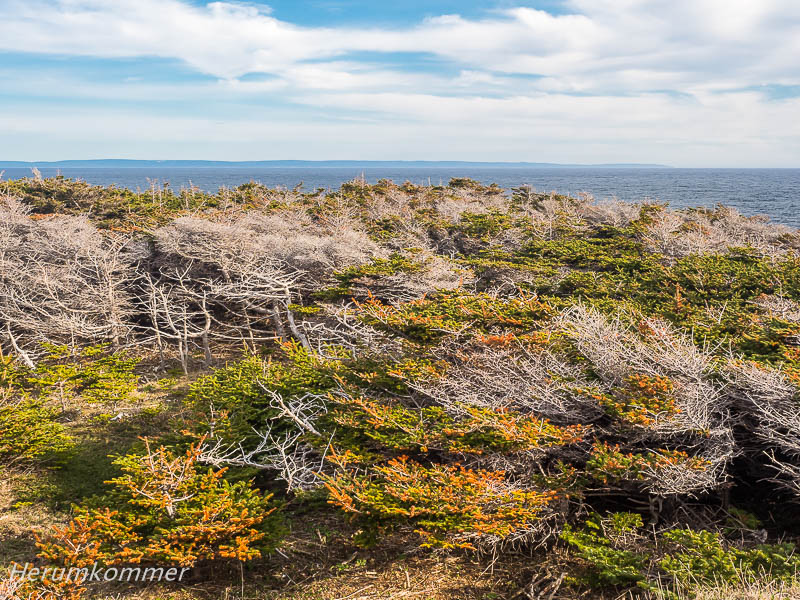
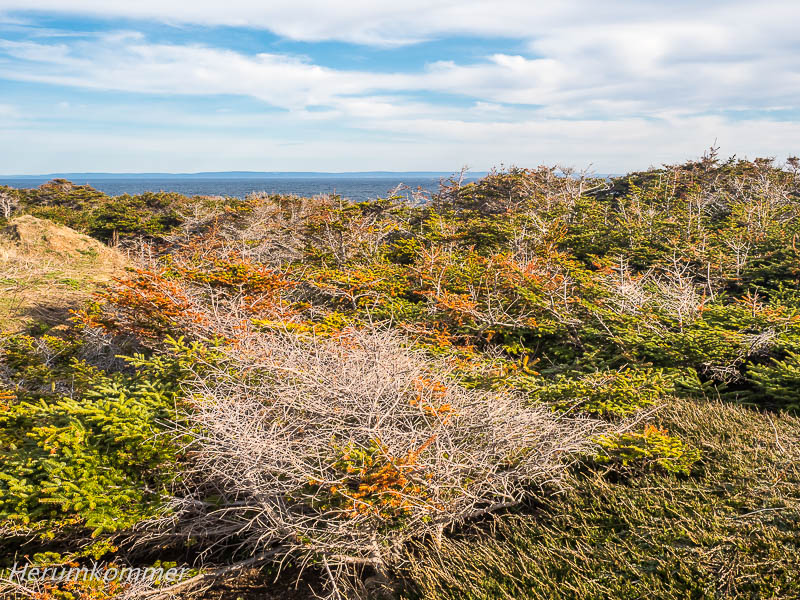
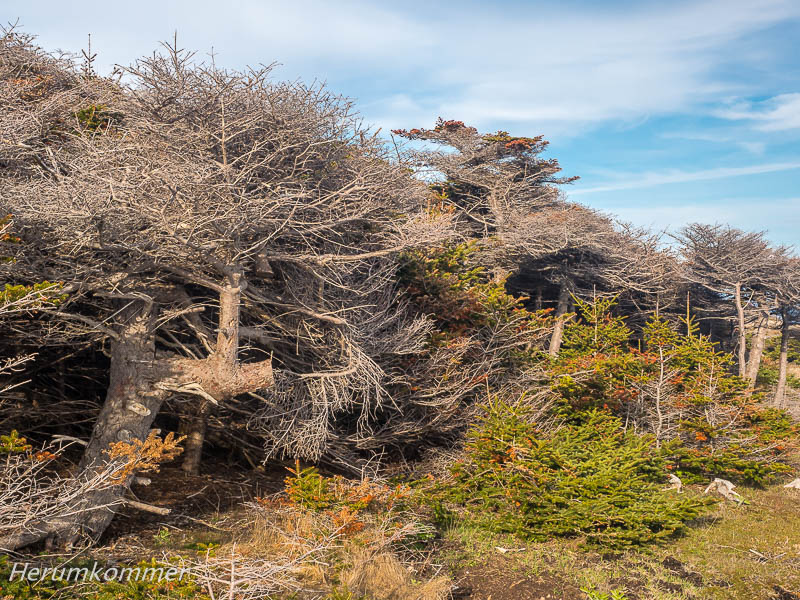
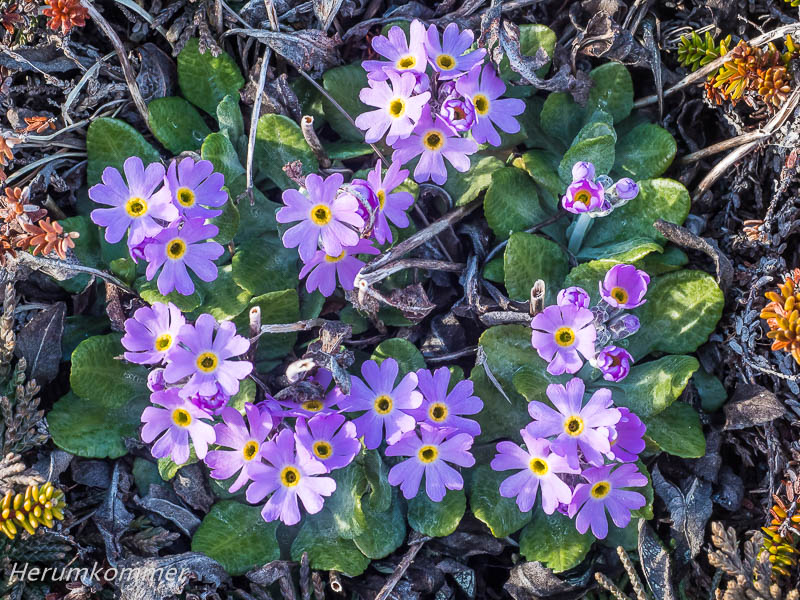
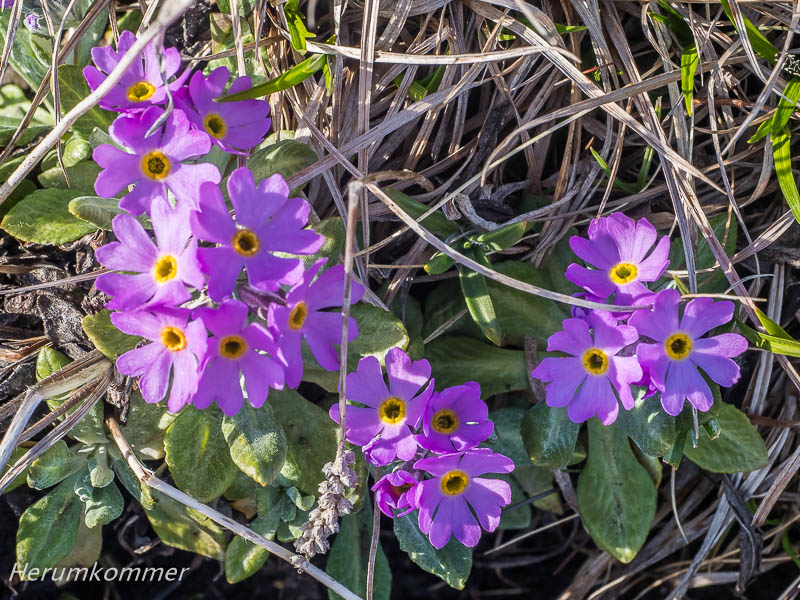
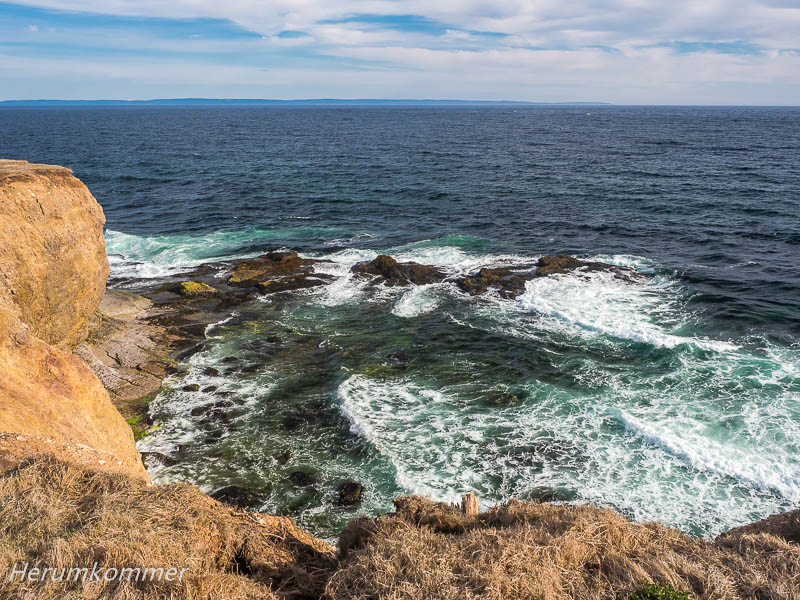
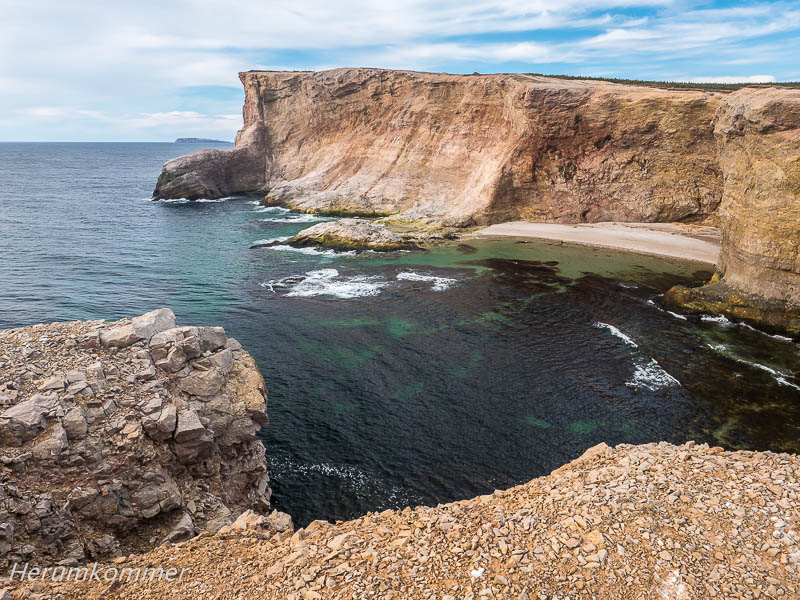
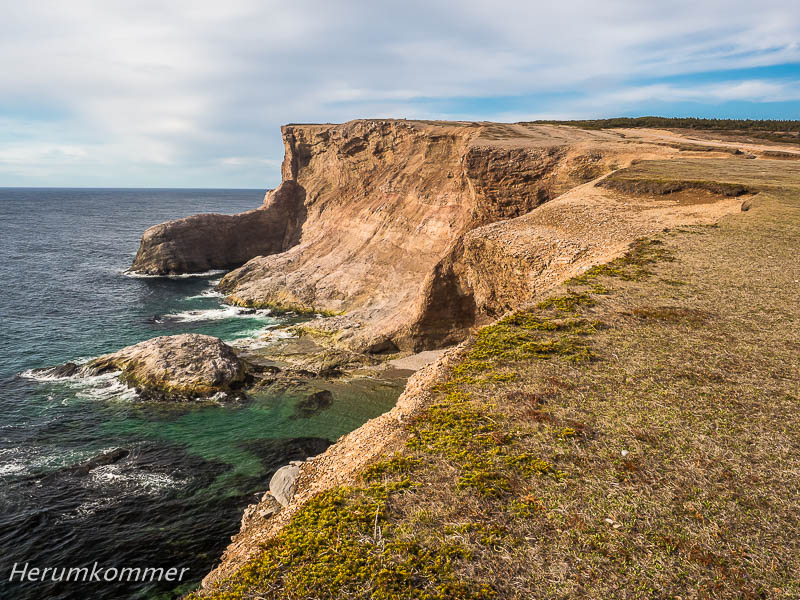
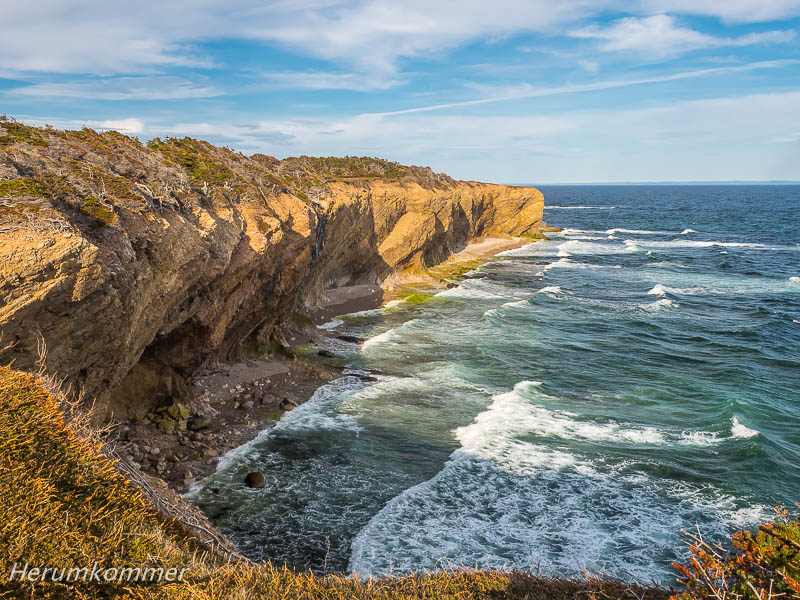
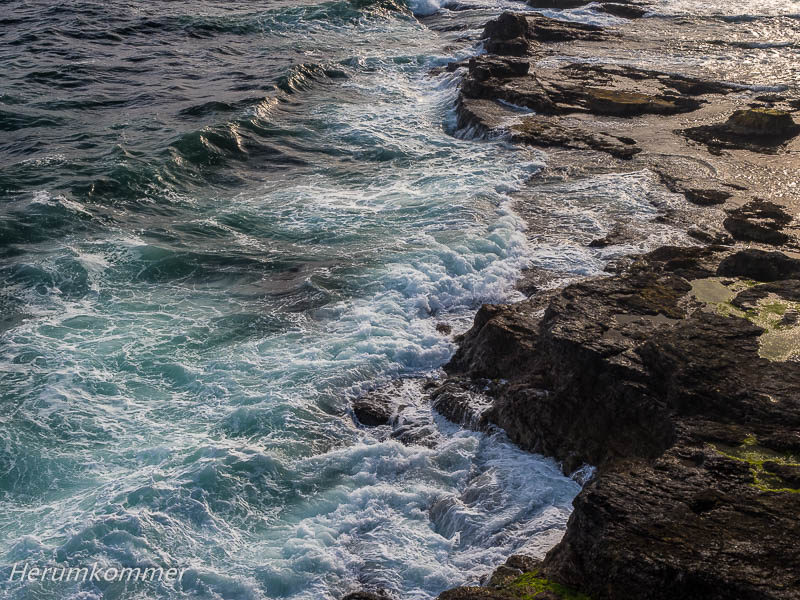
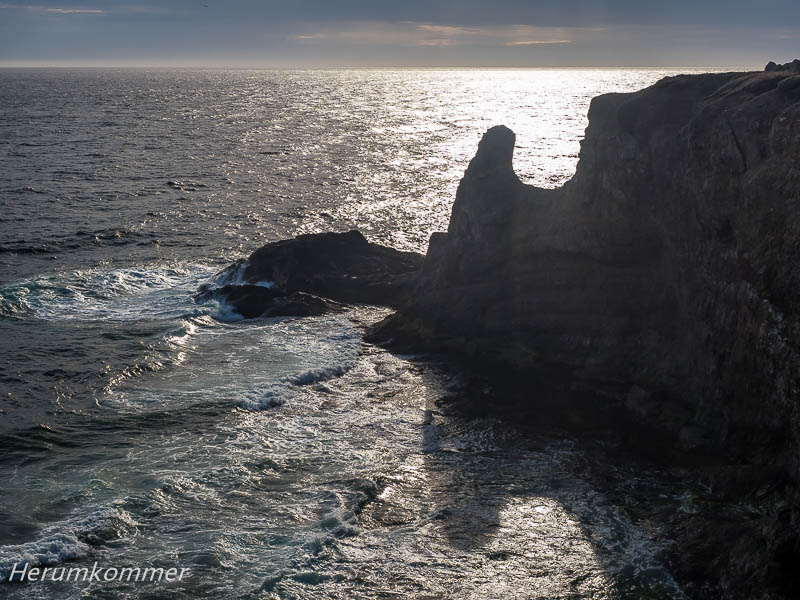
„Regenwald“
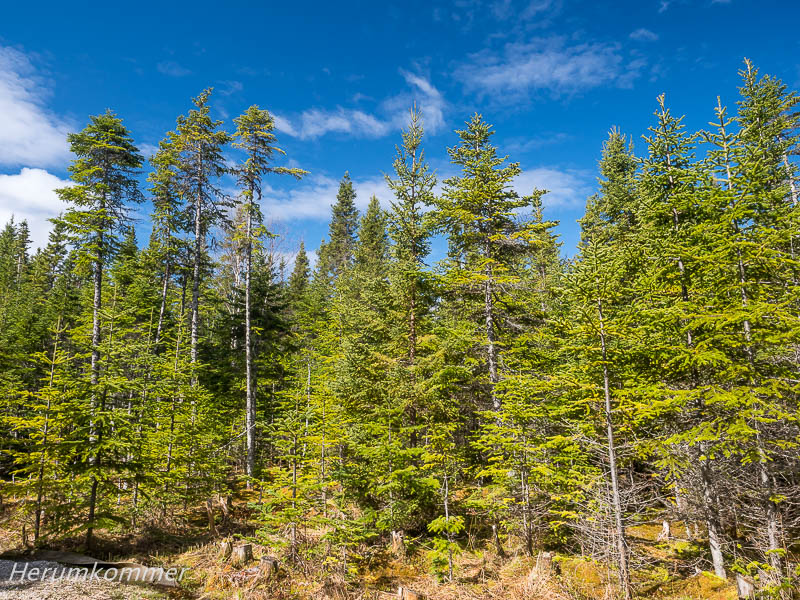
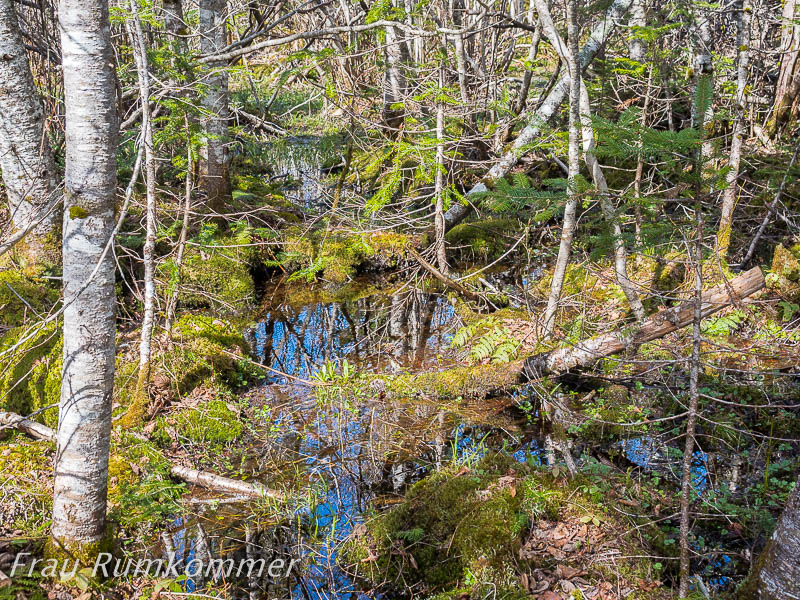
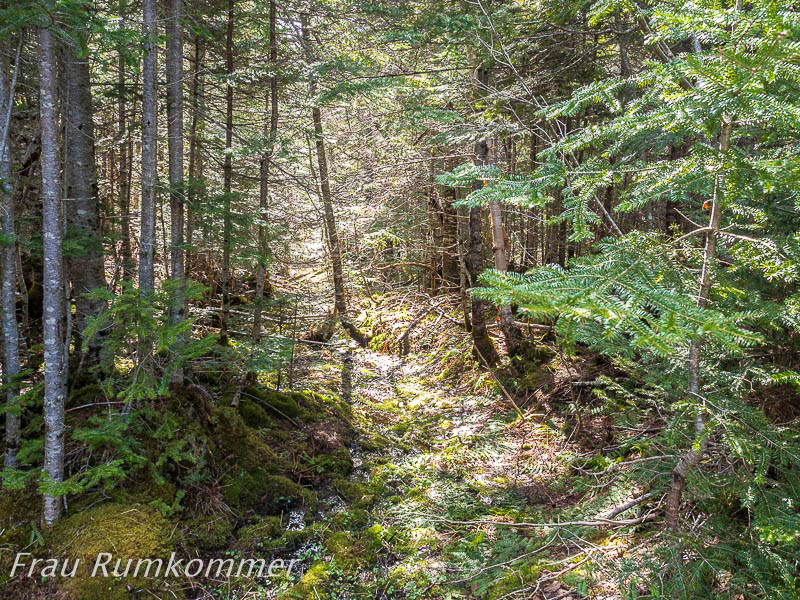
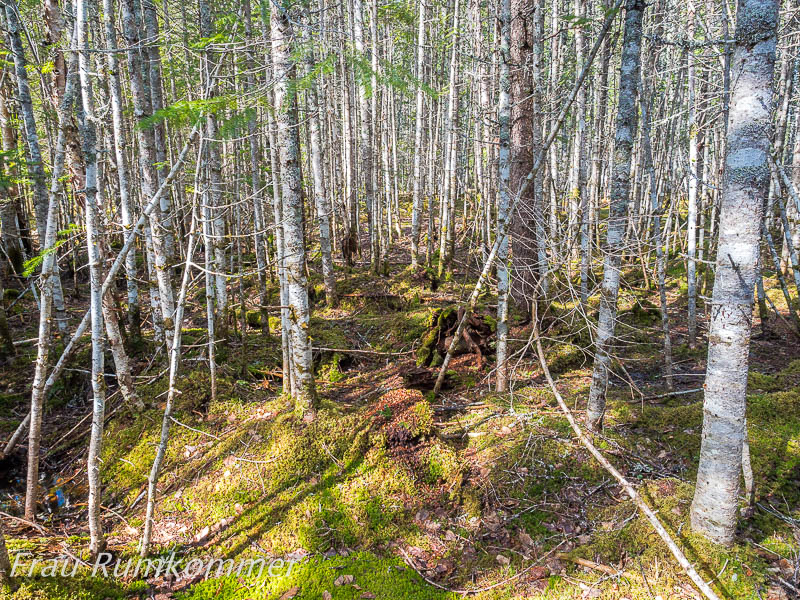
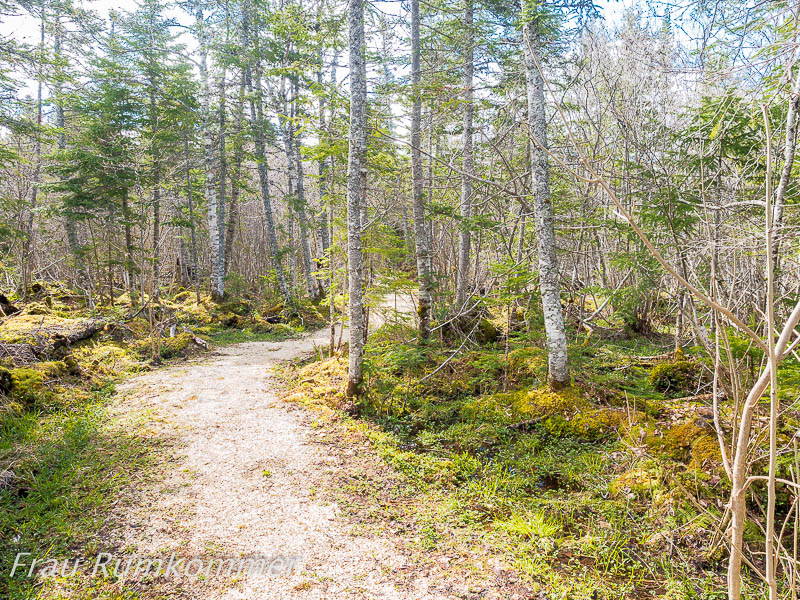
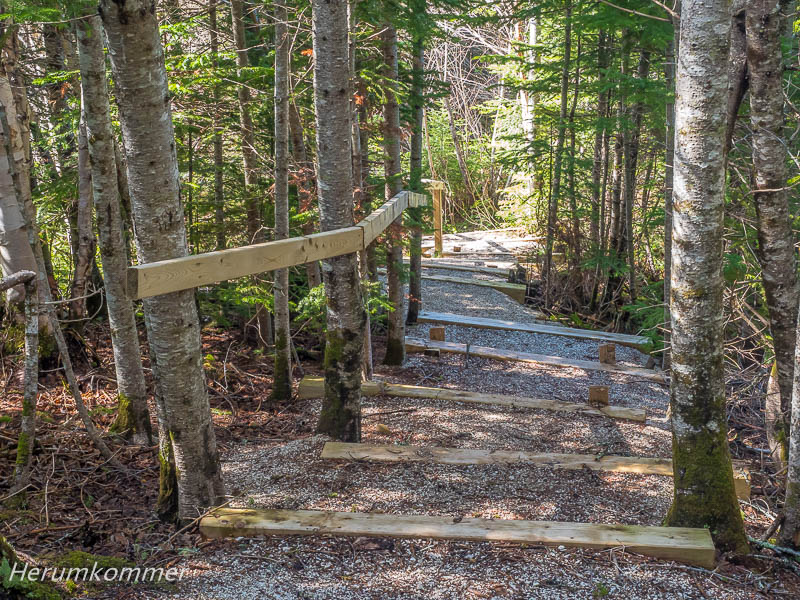
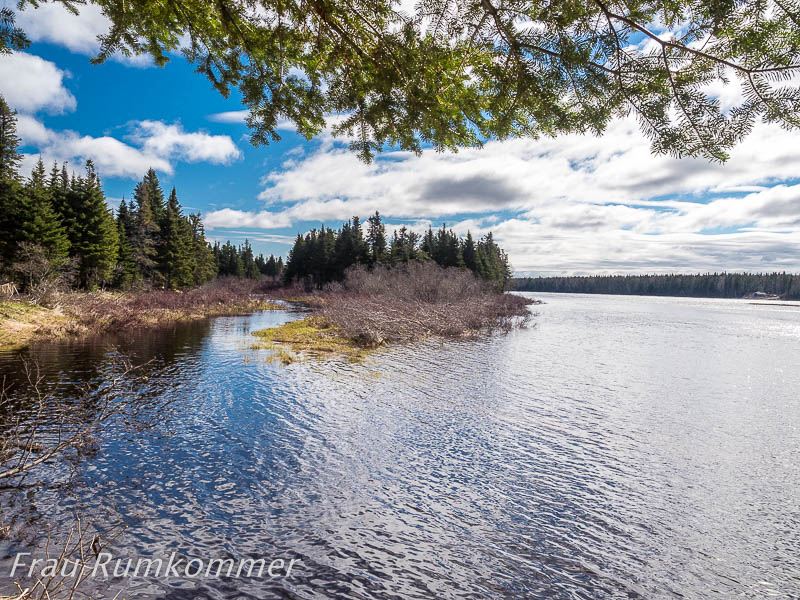
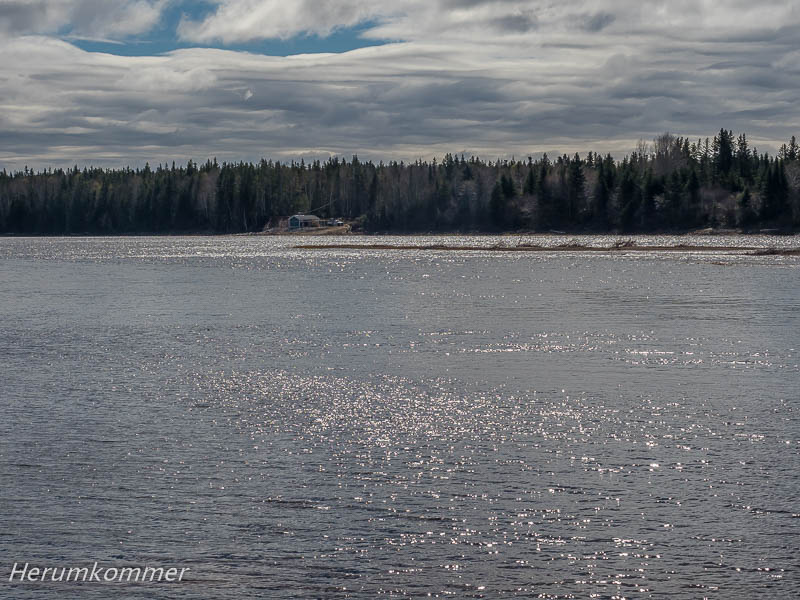
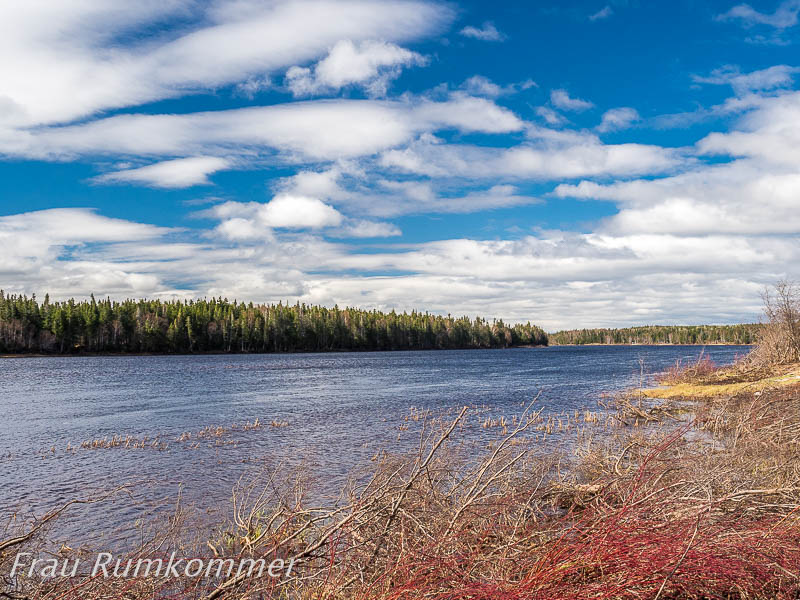
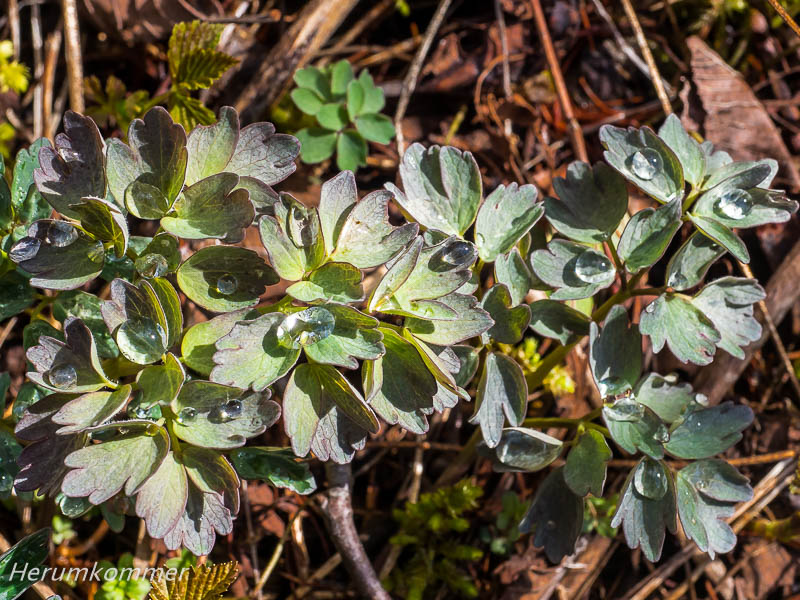
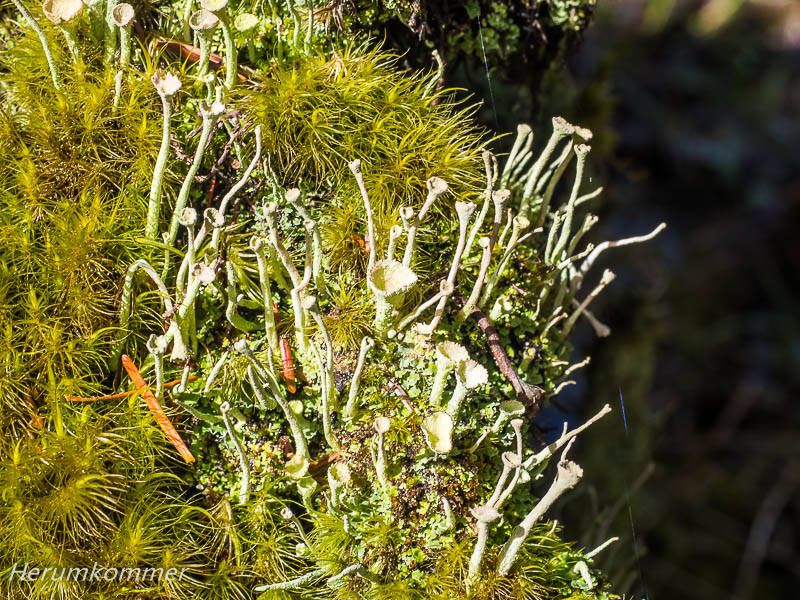
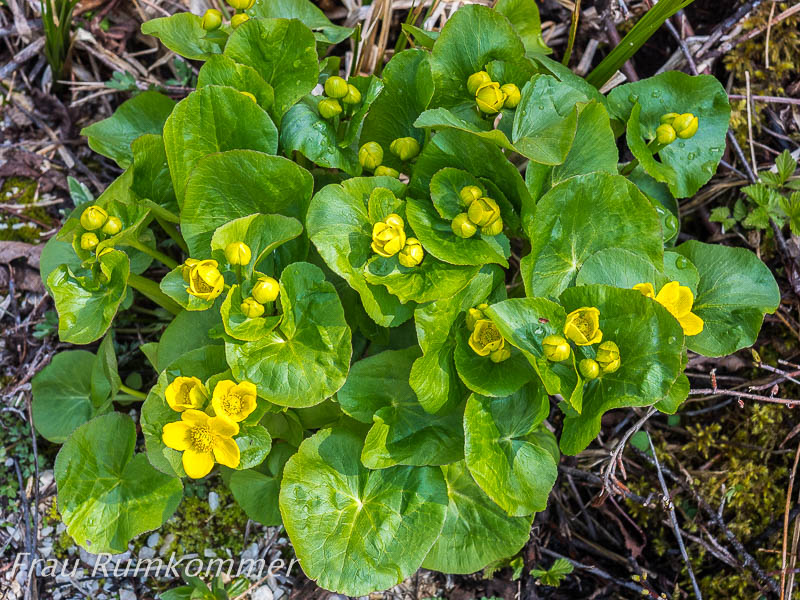
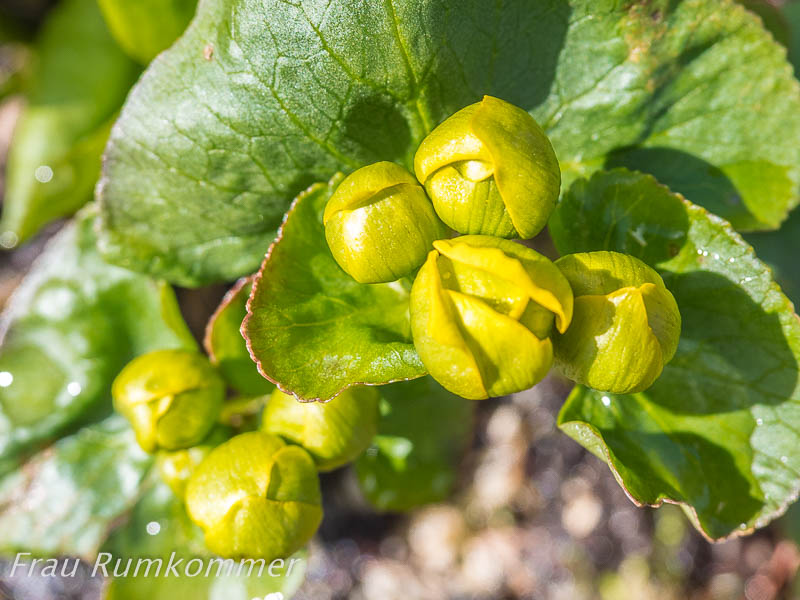
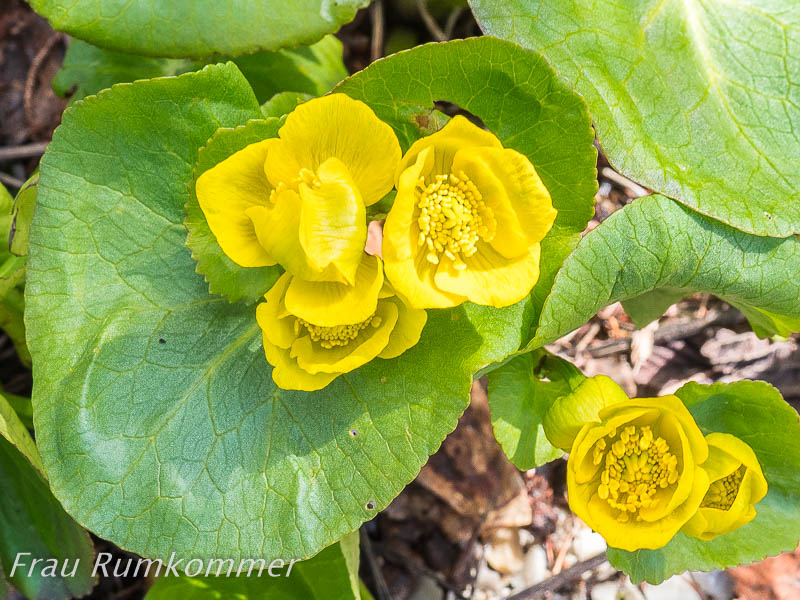
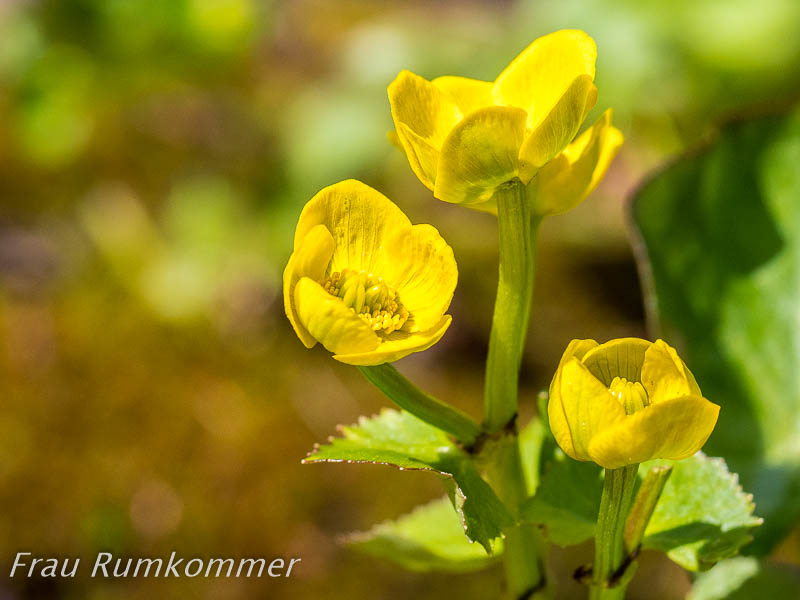

Boyd‘s Cove
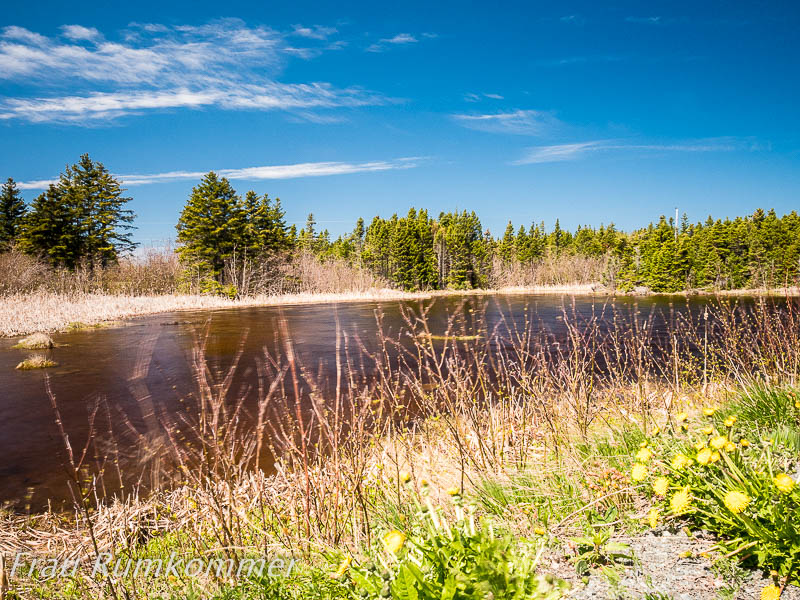
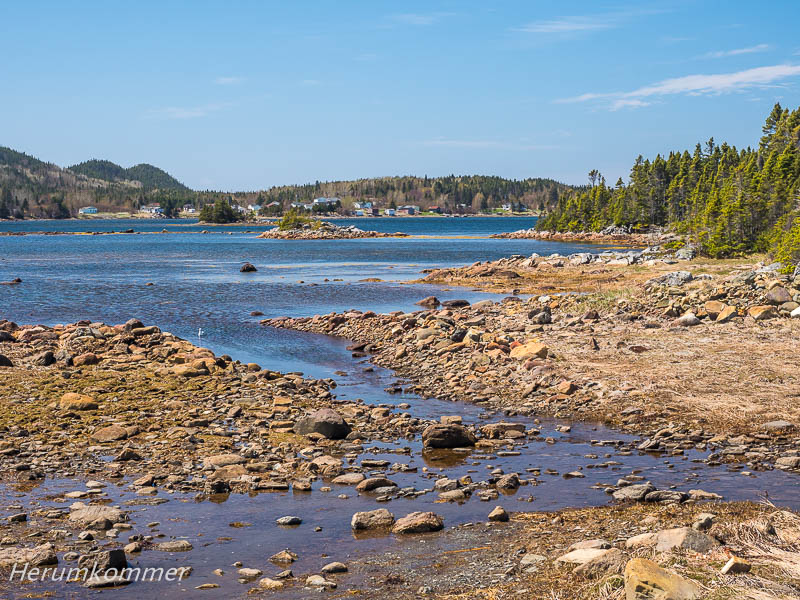
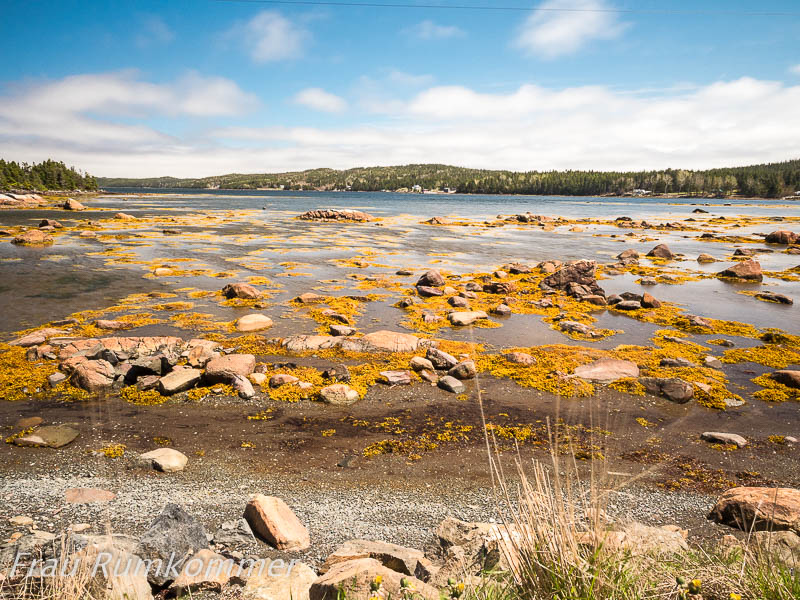
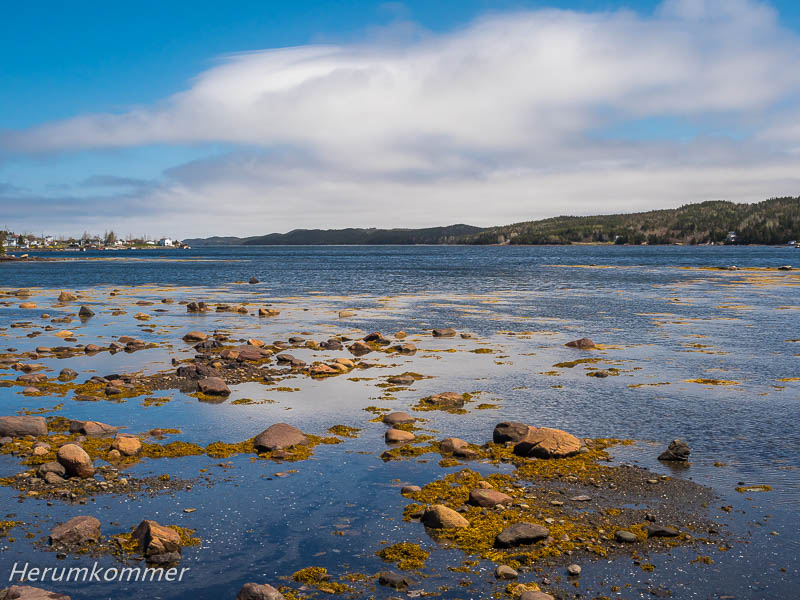
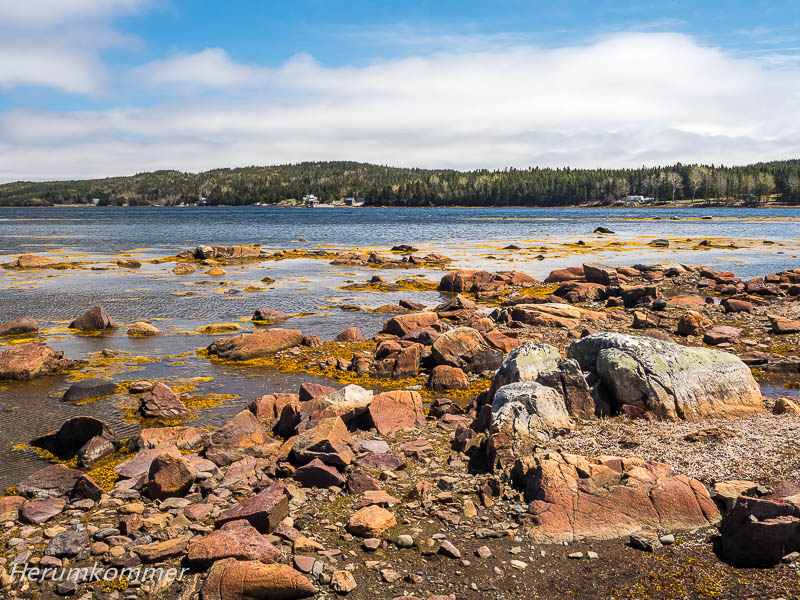
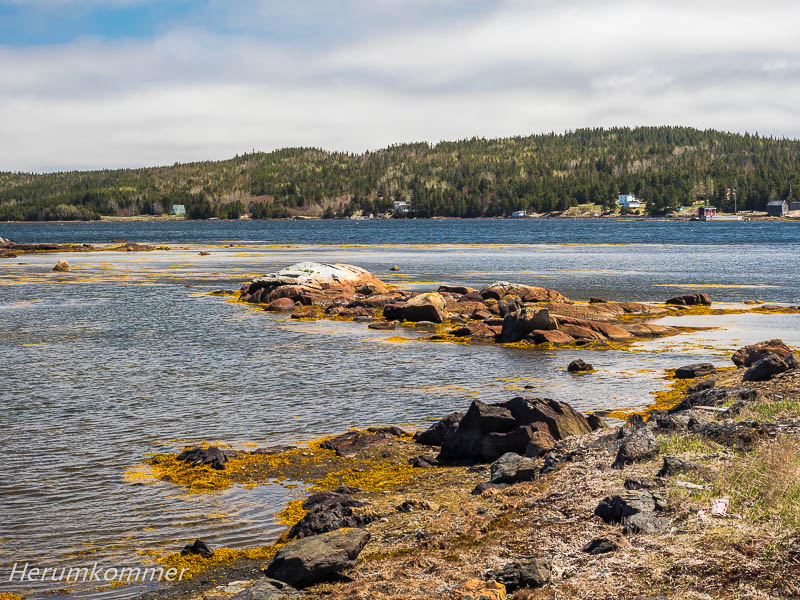
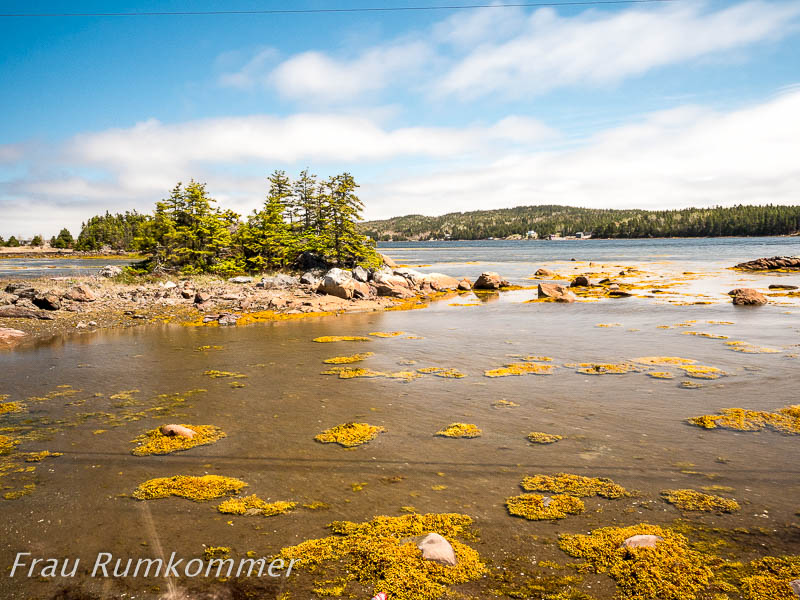
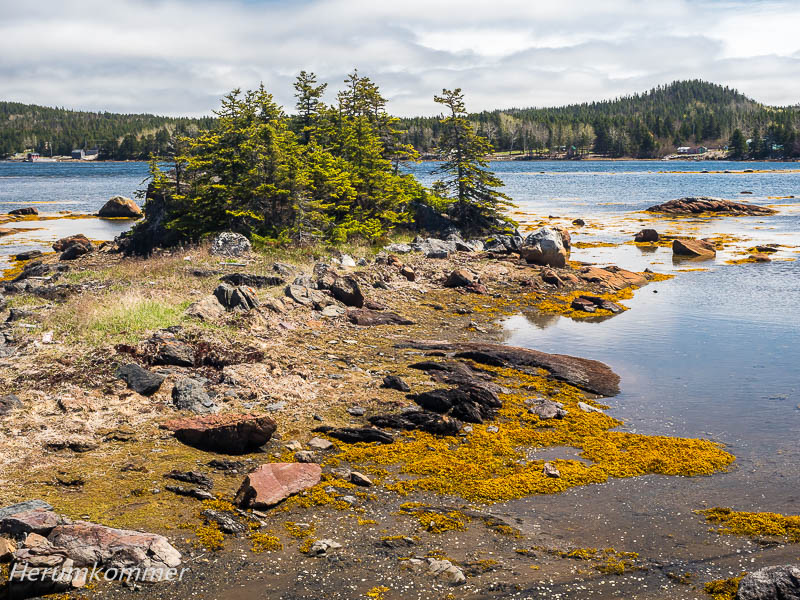
Twillingate
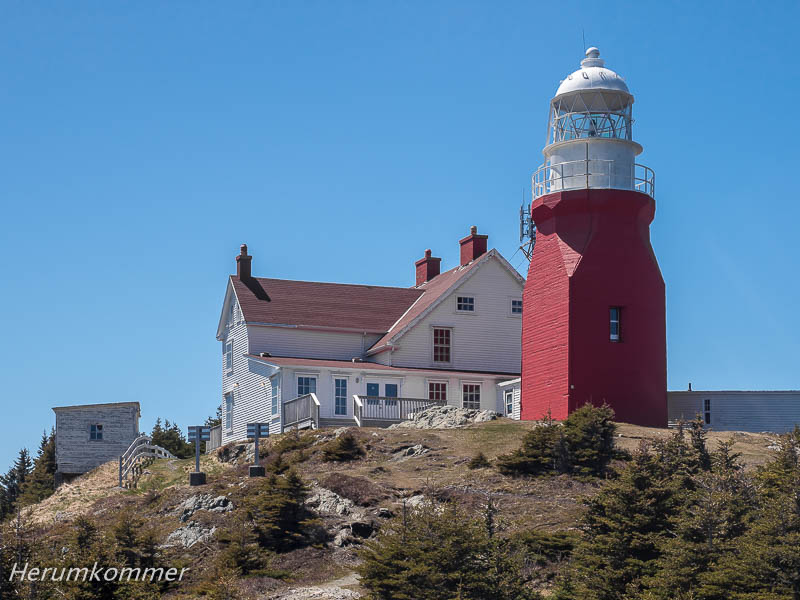
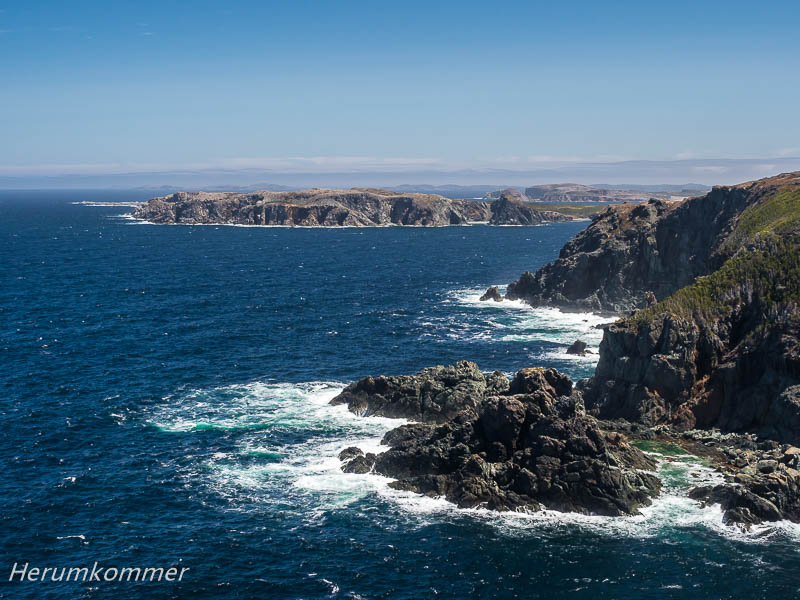
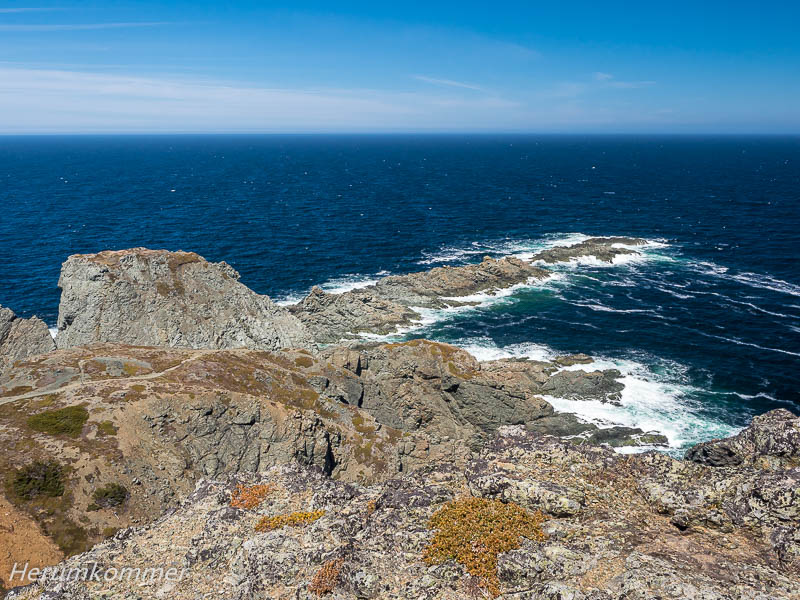
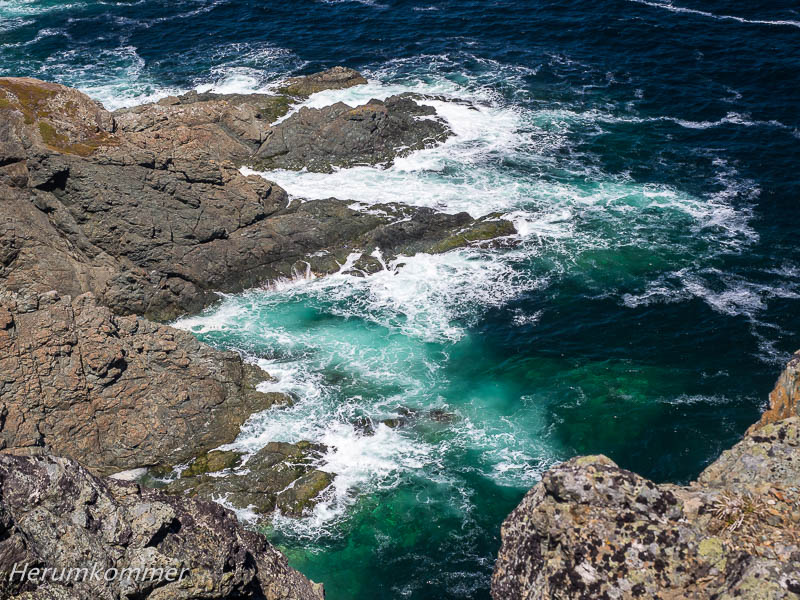
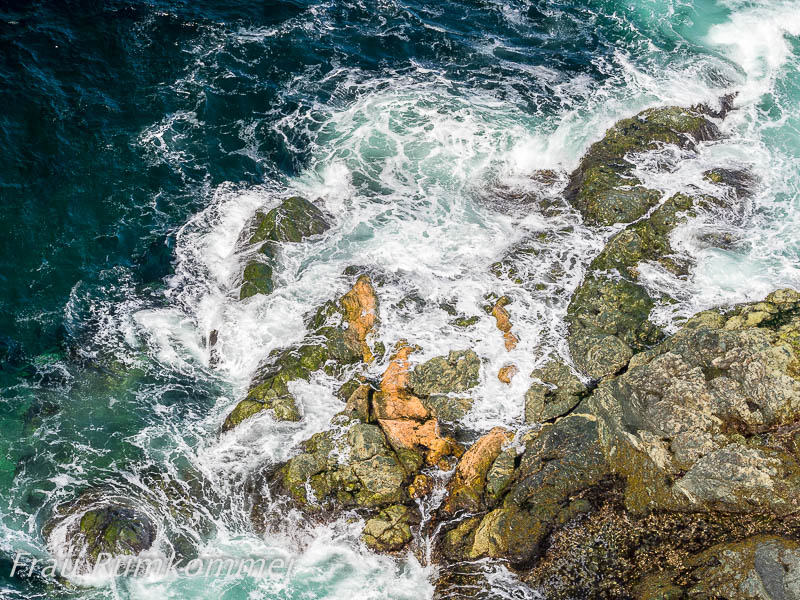
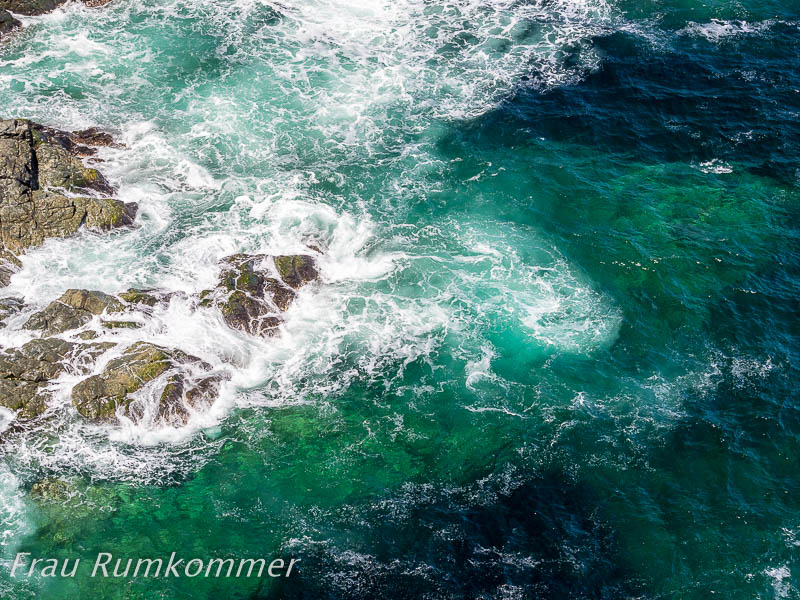
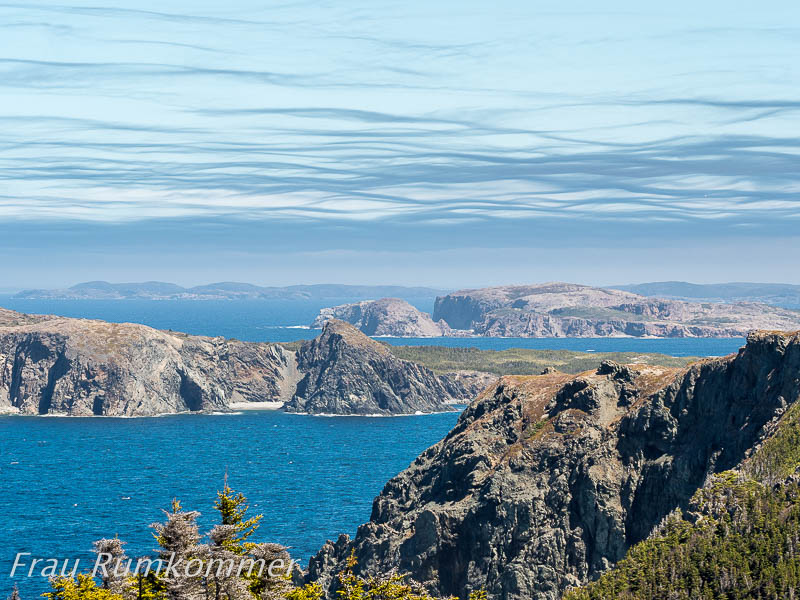

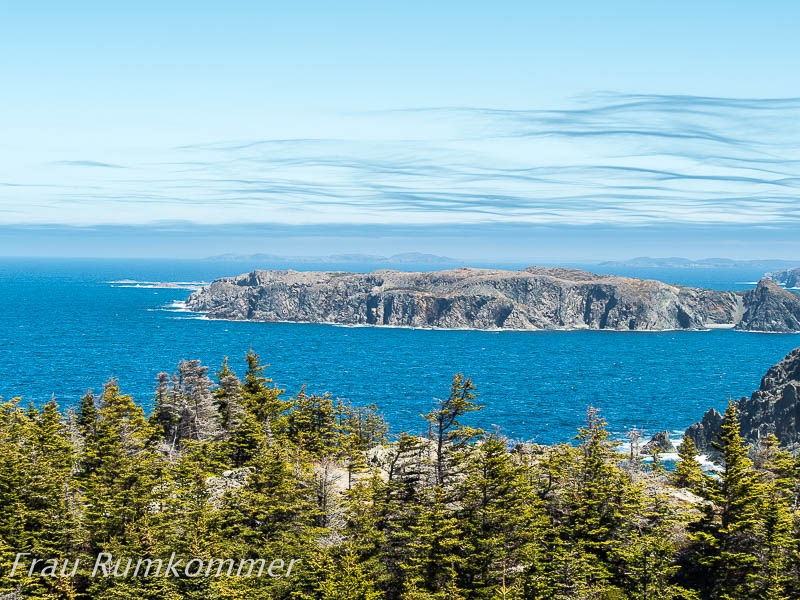
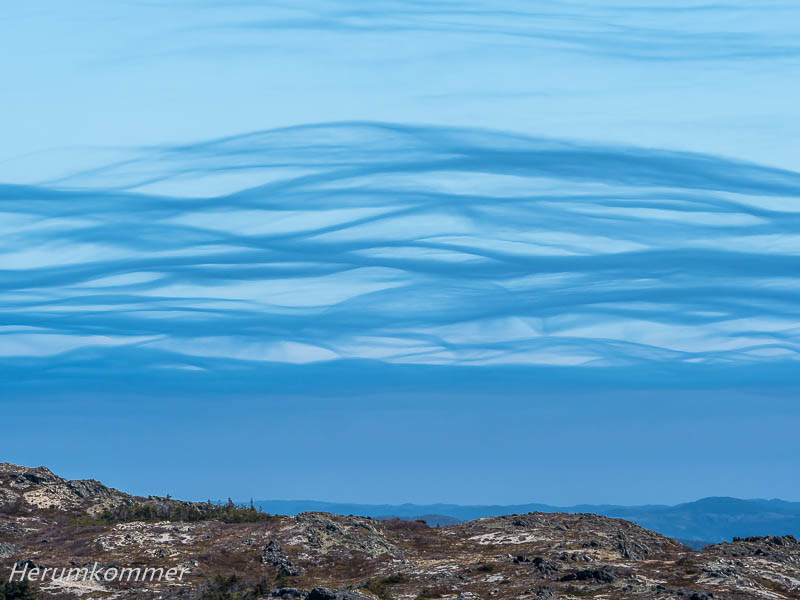
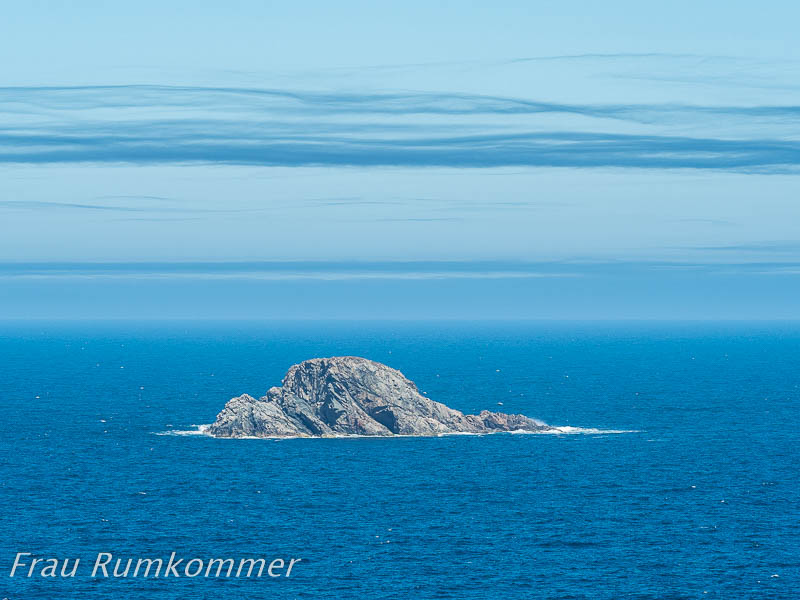
An der Kittiwake-Küste
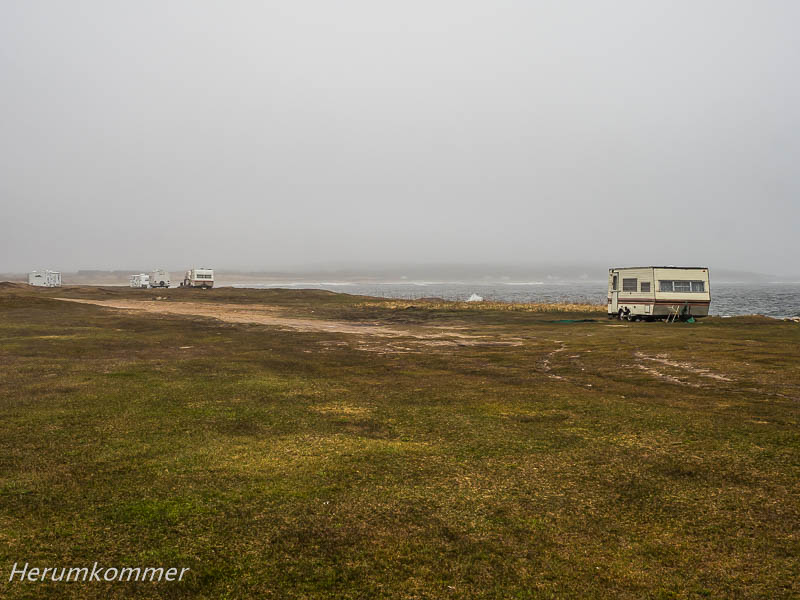
Quite suddenly, fog has moved across the coastal village. We start looking for a place to stay and drive southeast along the so-called „Kittiwake Coast“. First, the coast is not visible from the road. But suddenly open terrain opens up, about 50 meters to the sea. Here are some locked, abandoned caravans at a distance. The right place for us.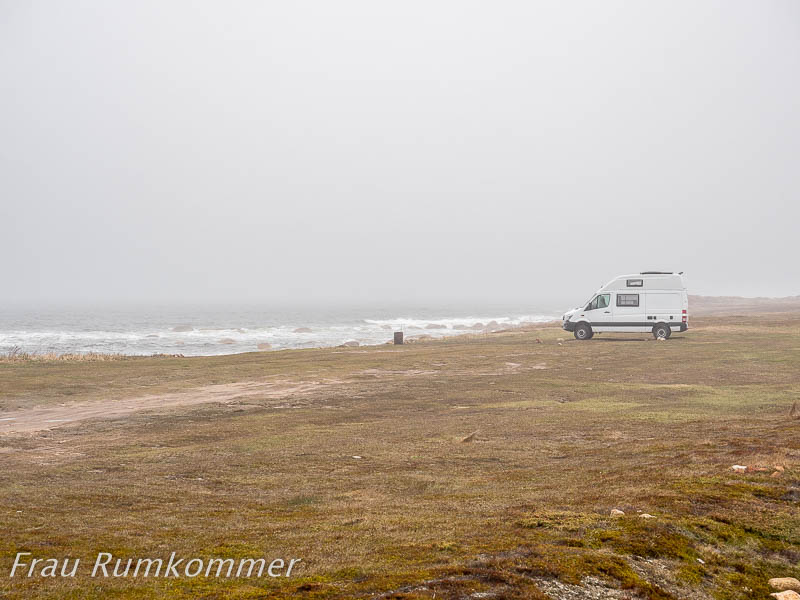
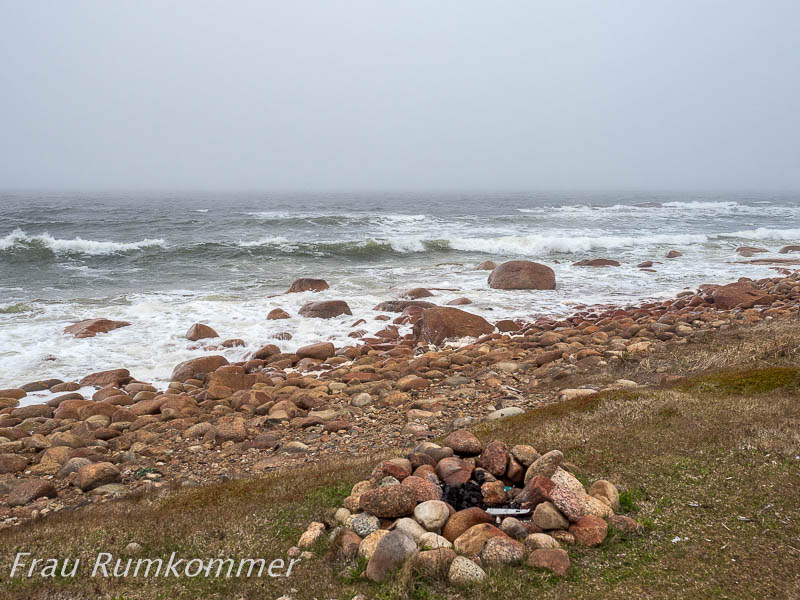
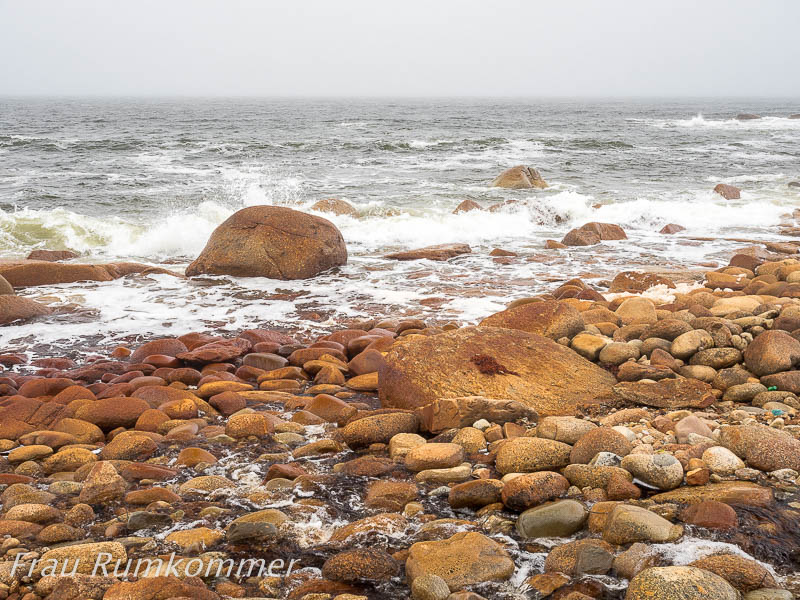
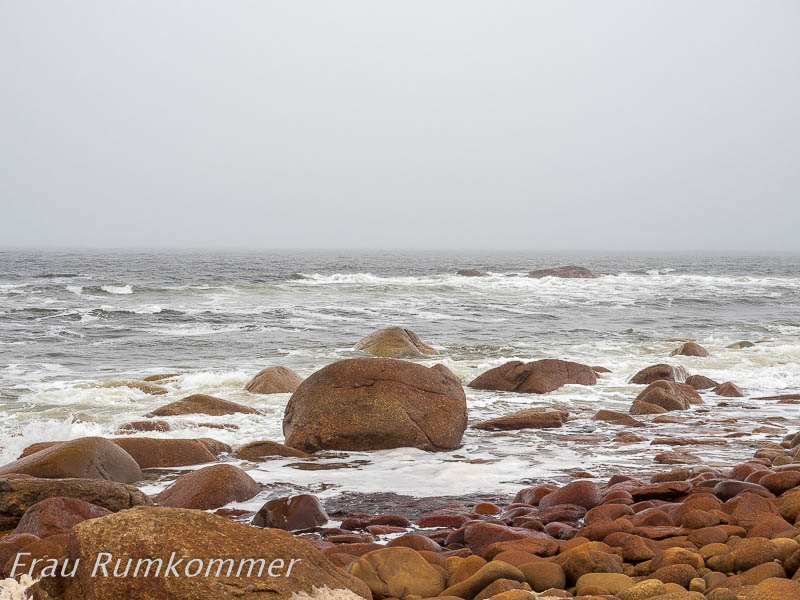
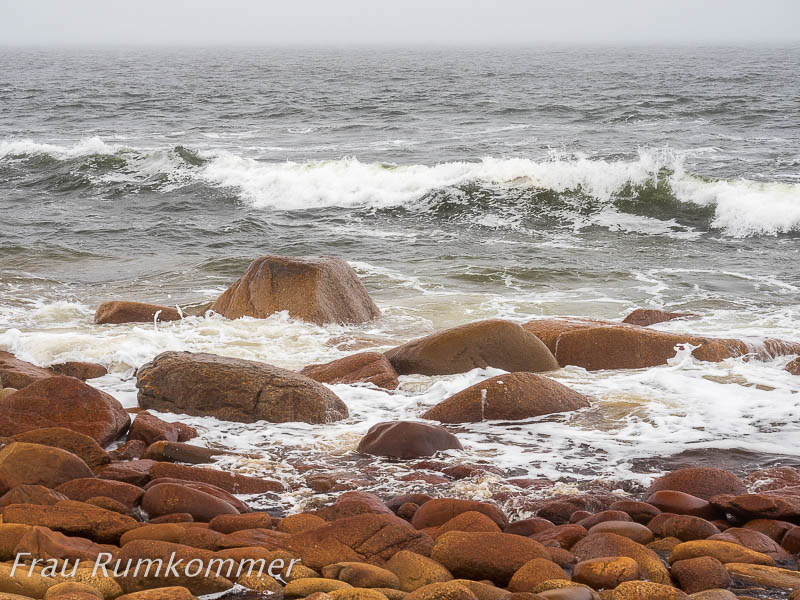
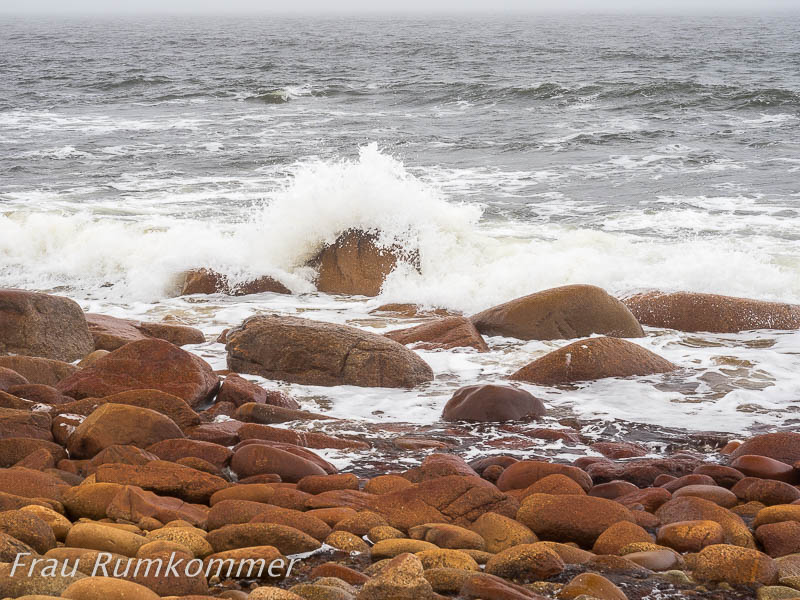
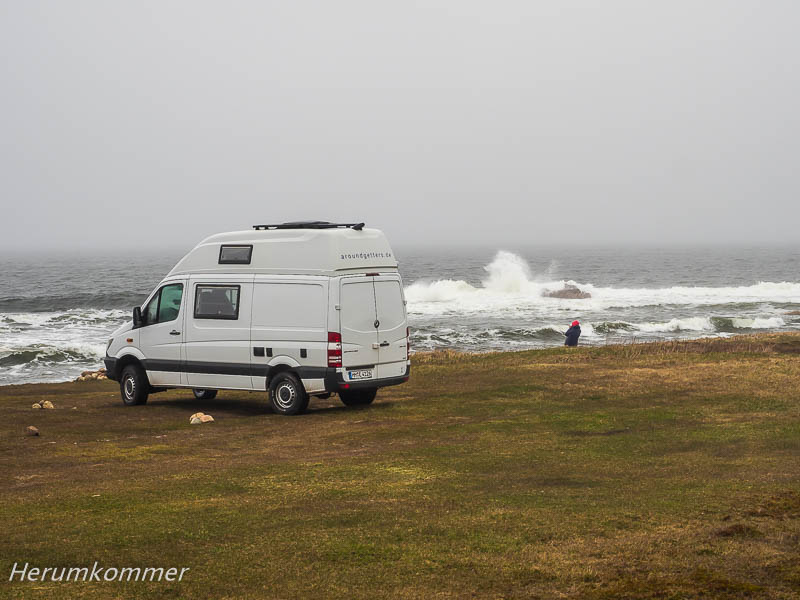
Neufundlands Venedig
